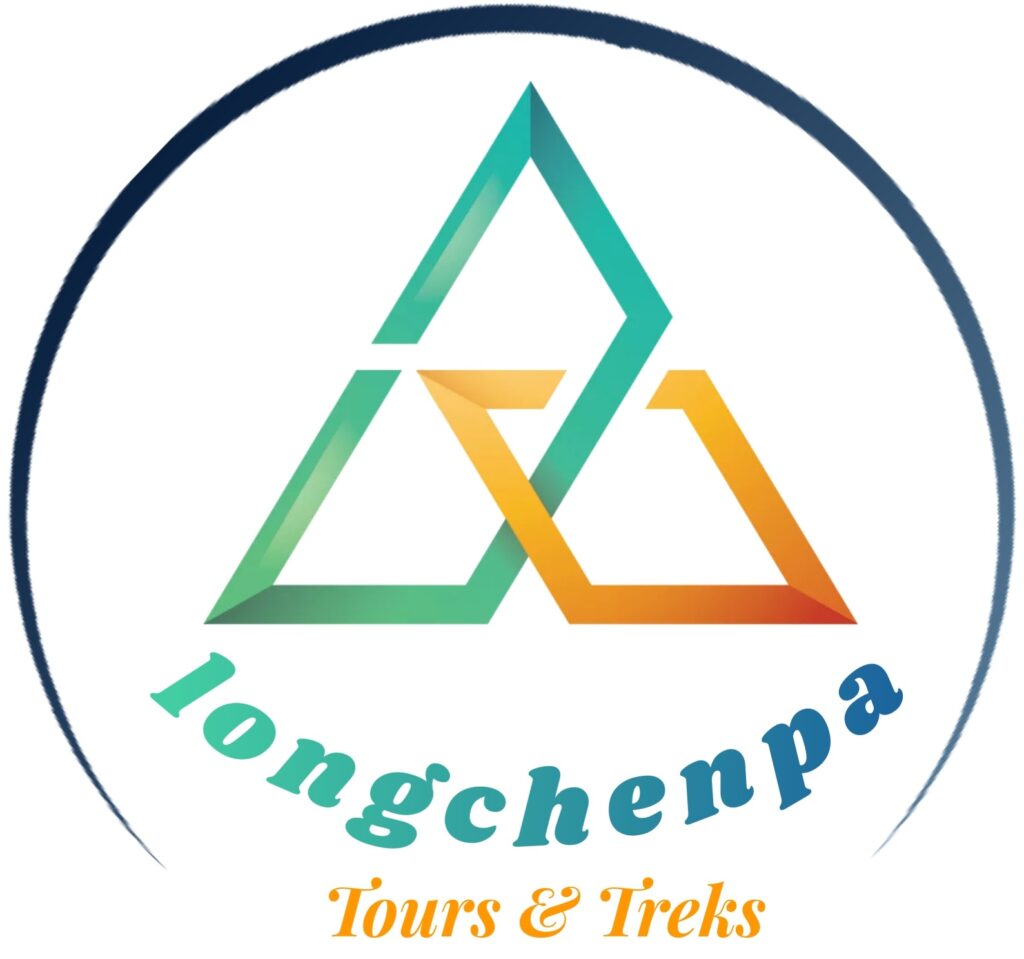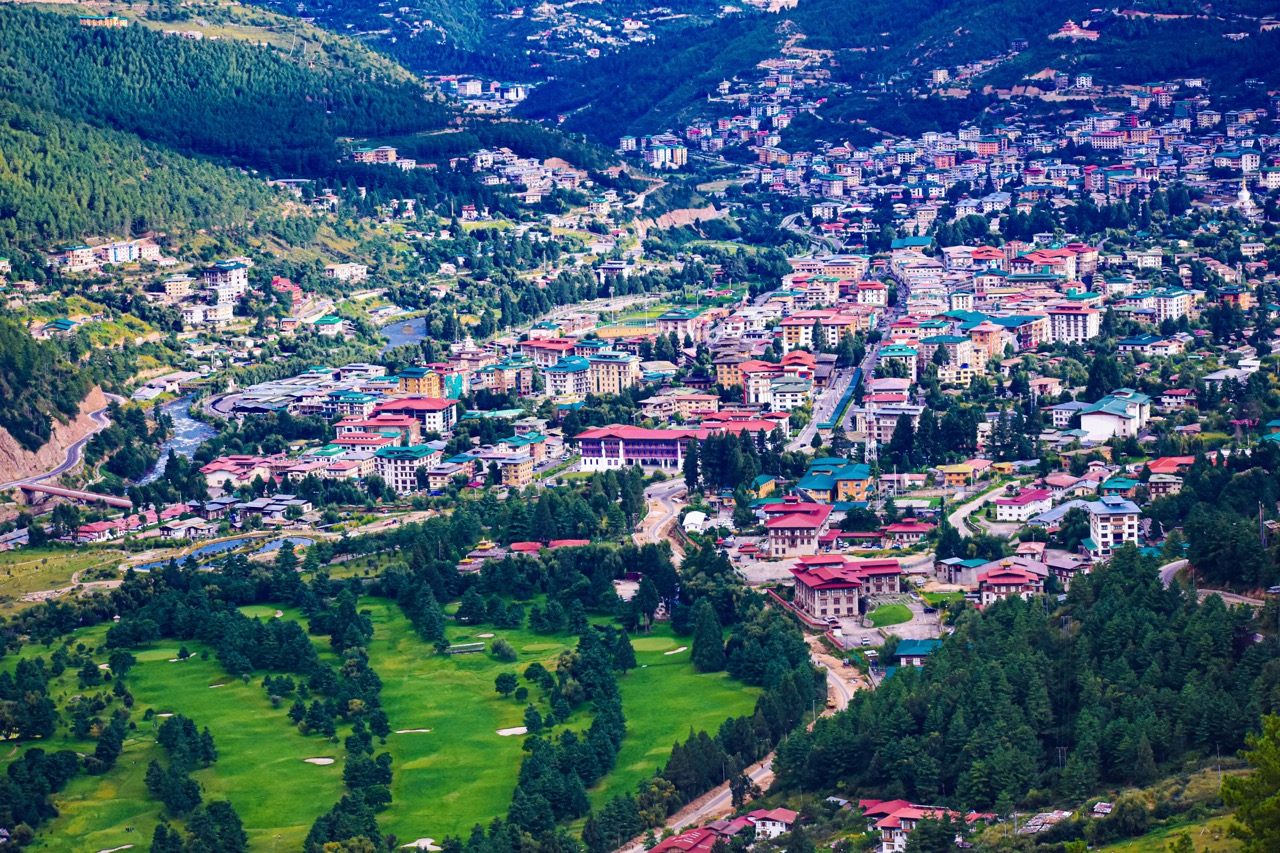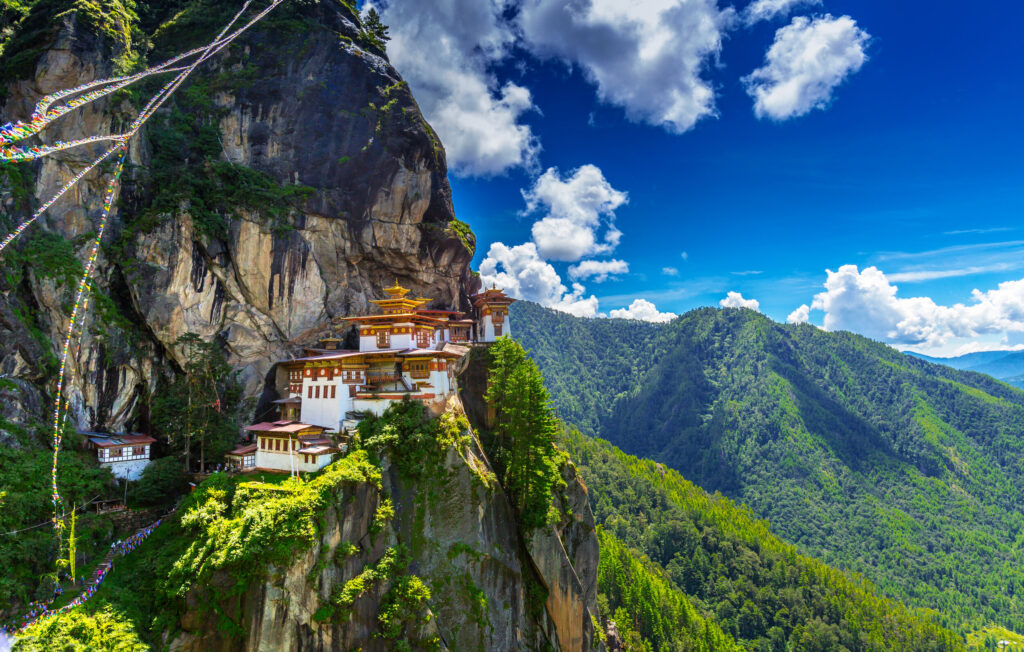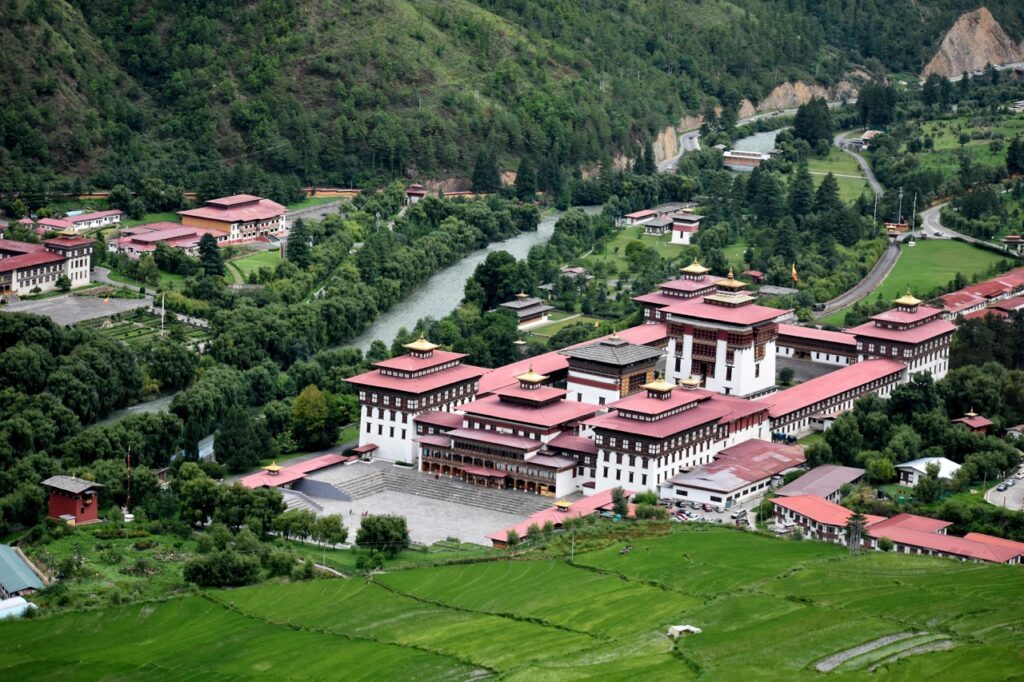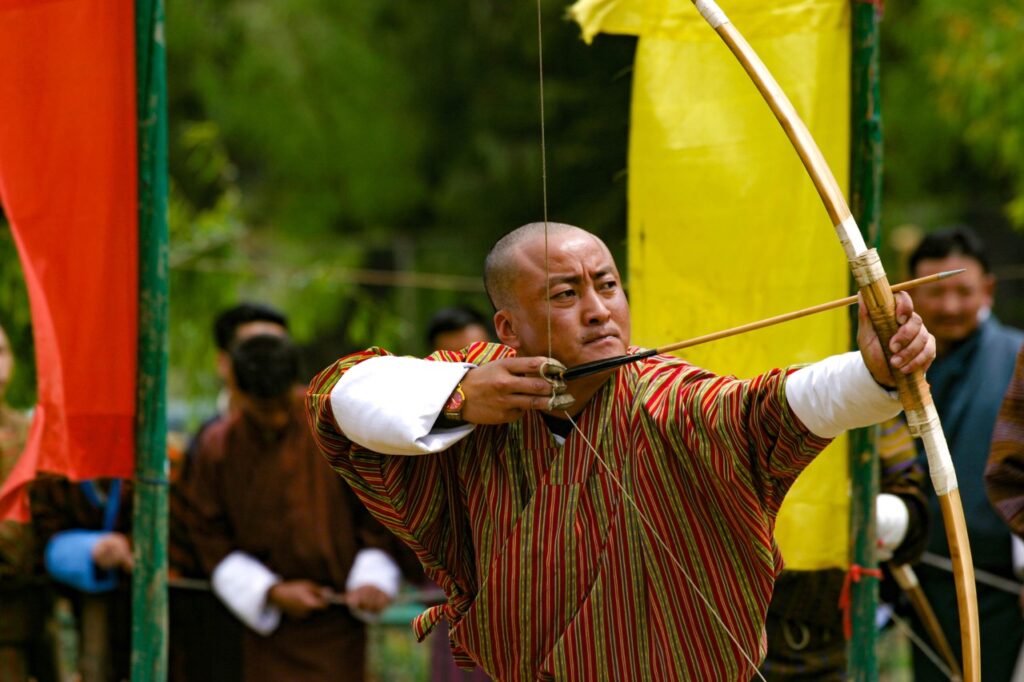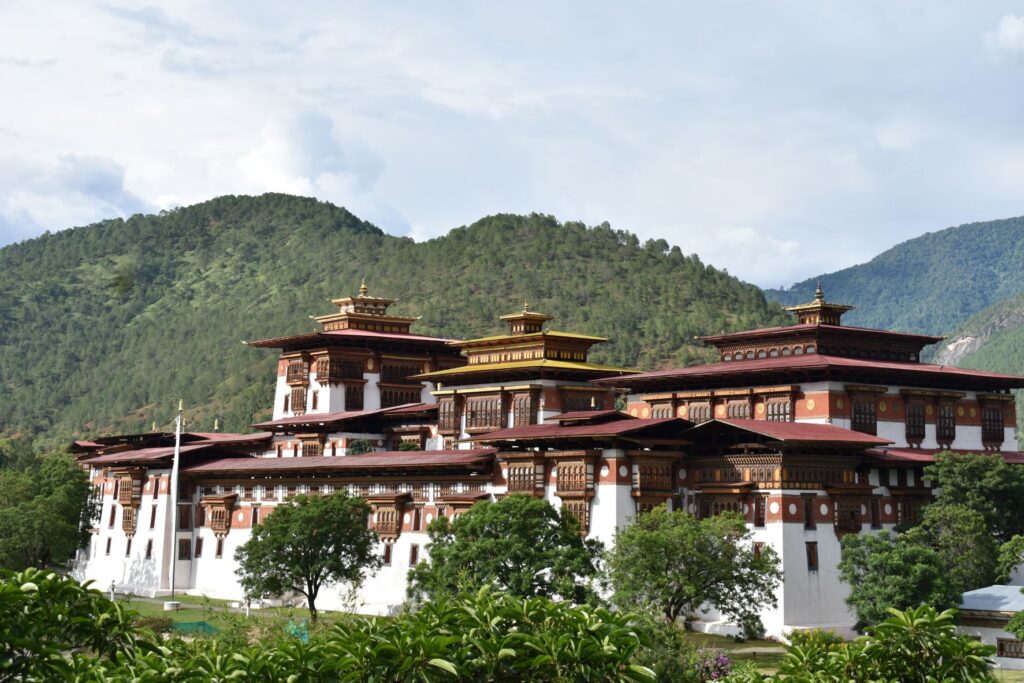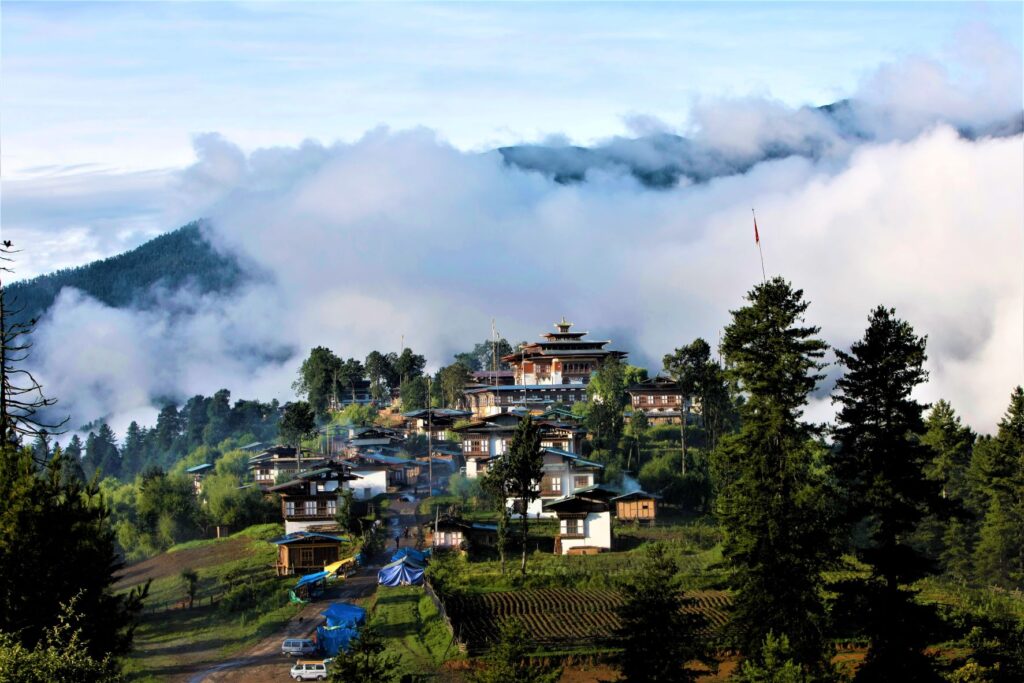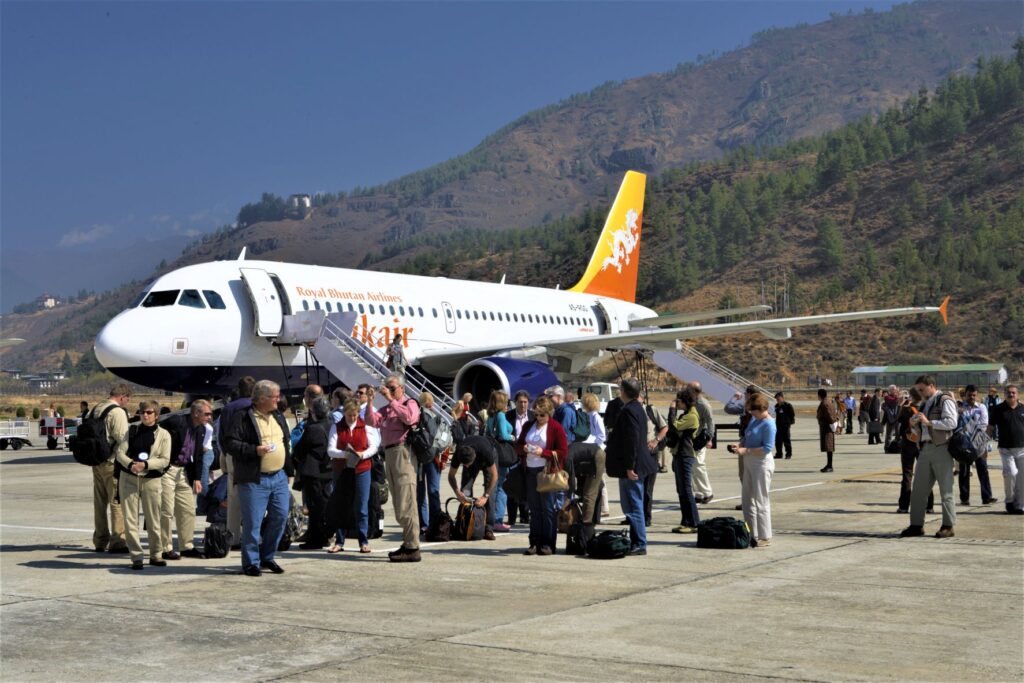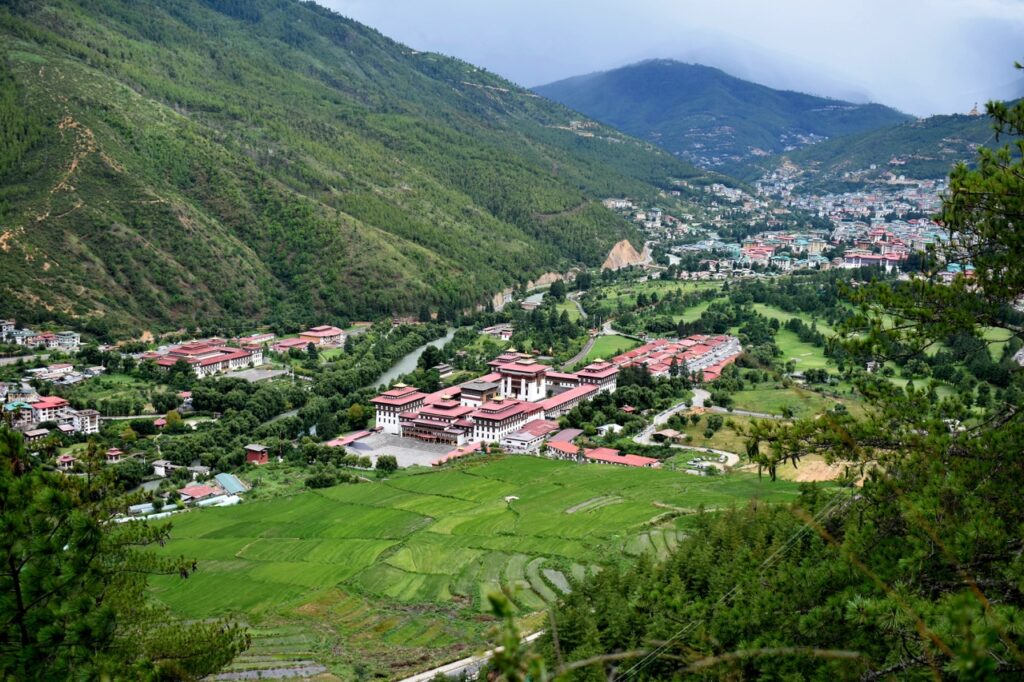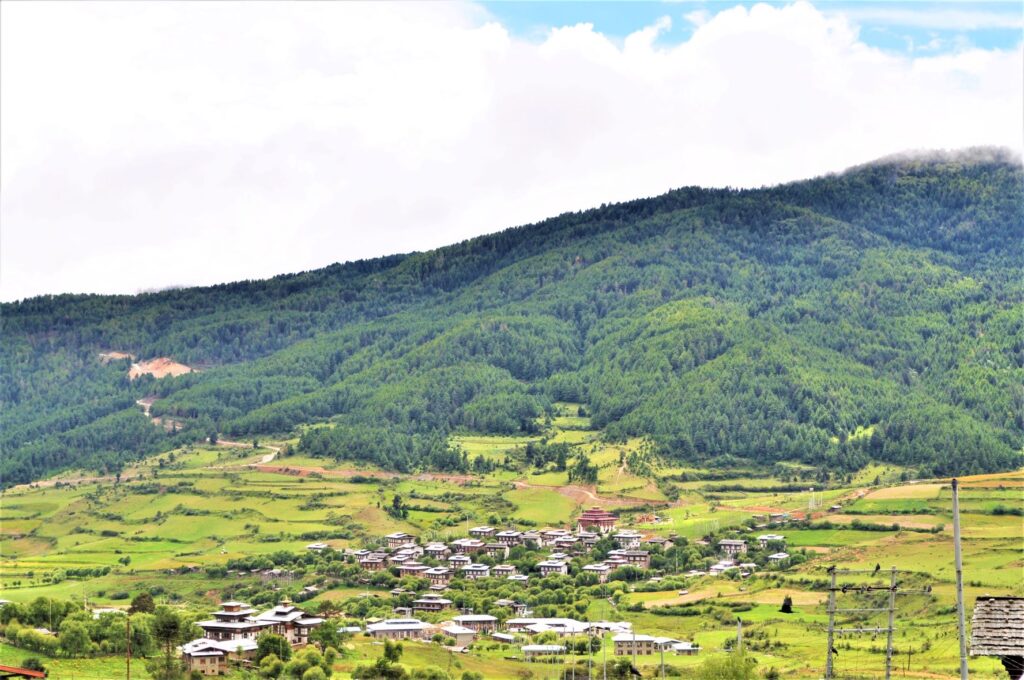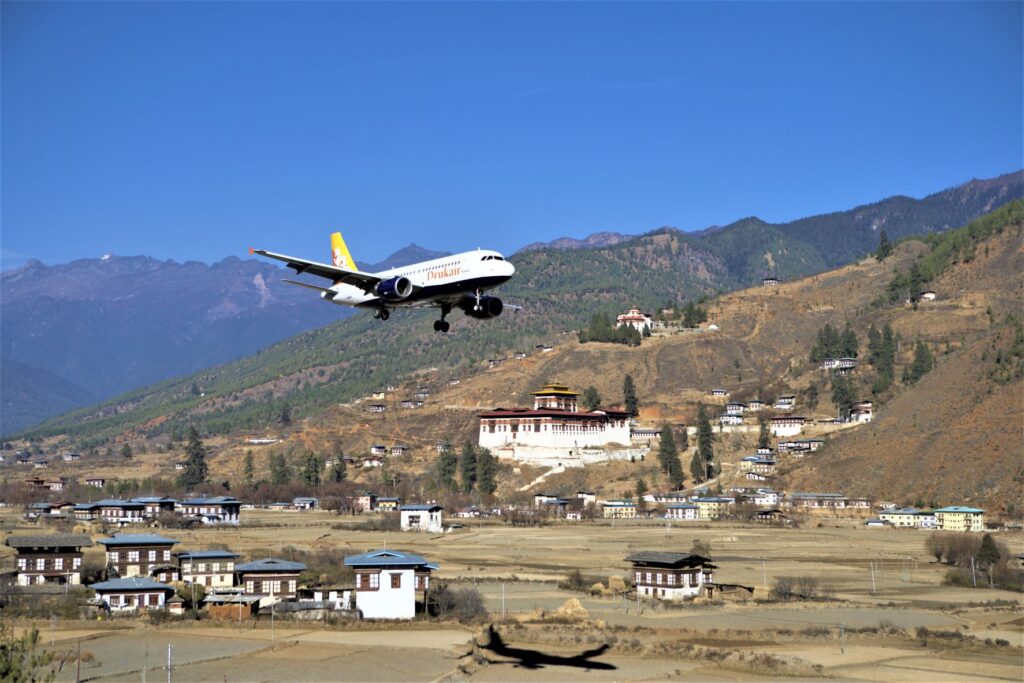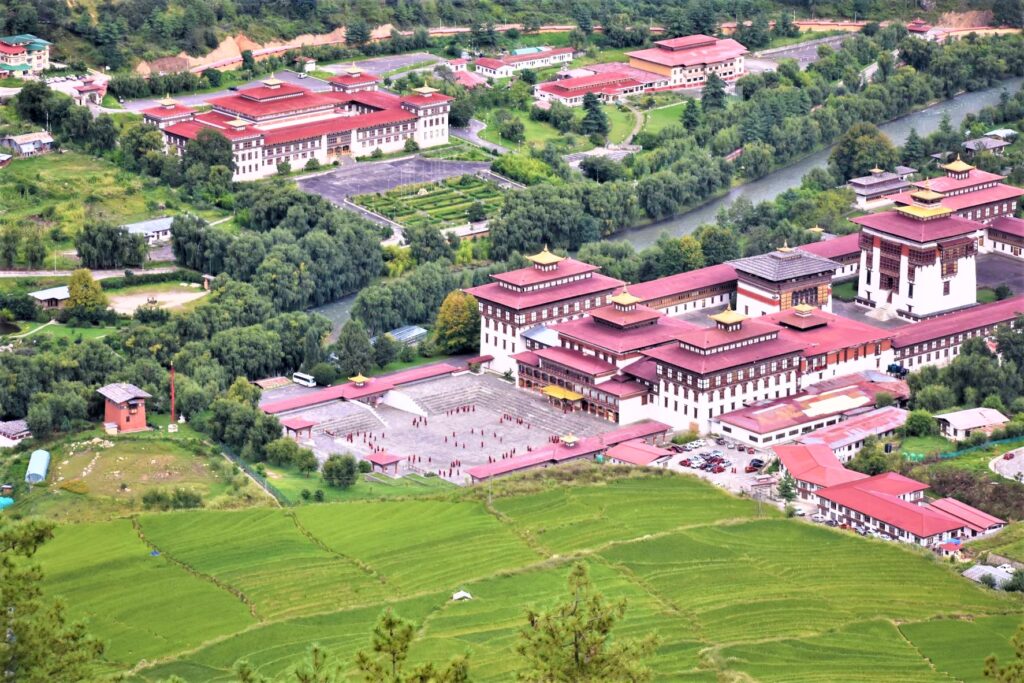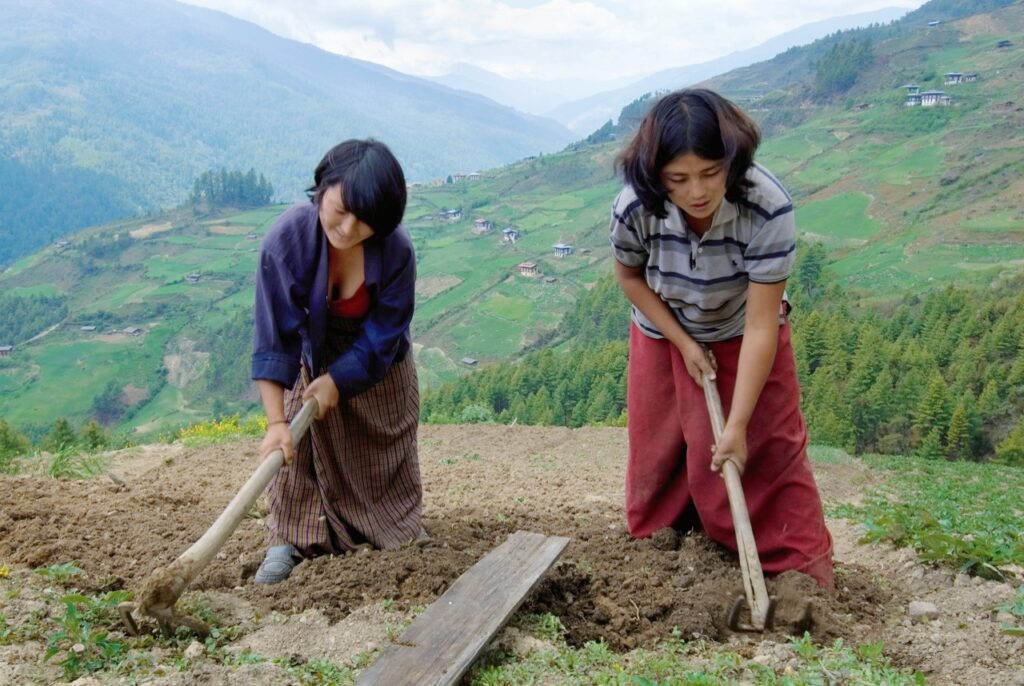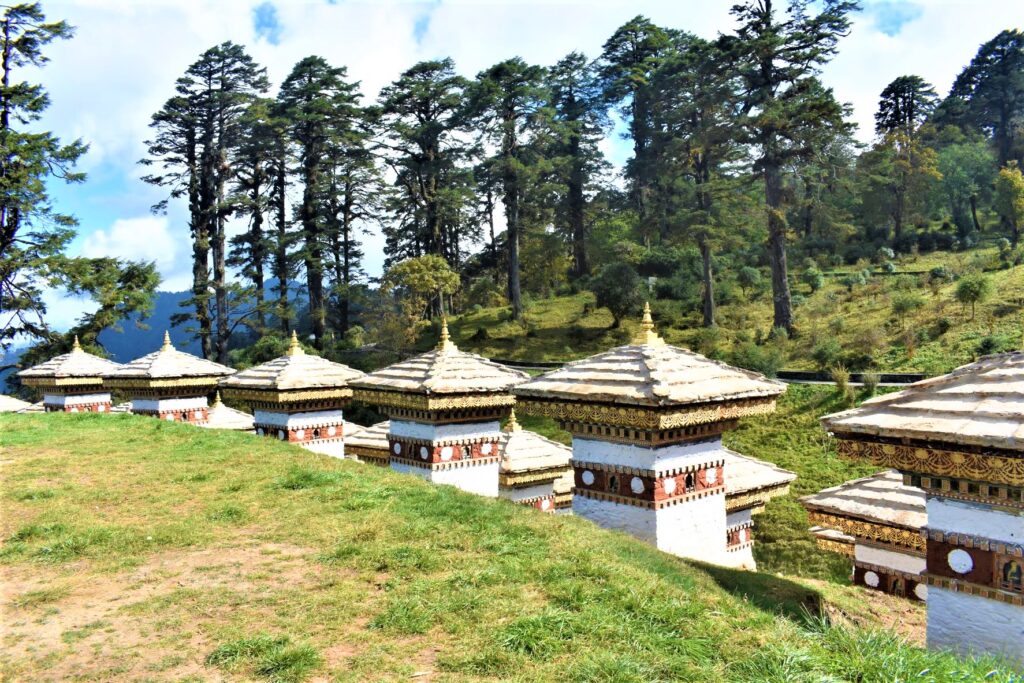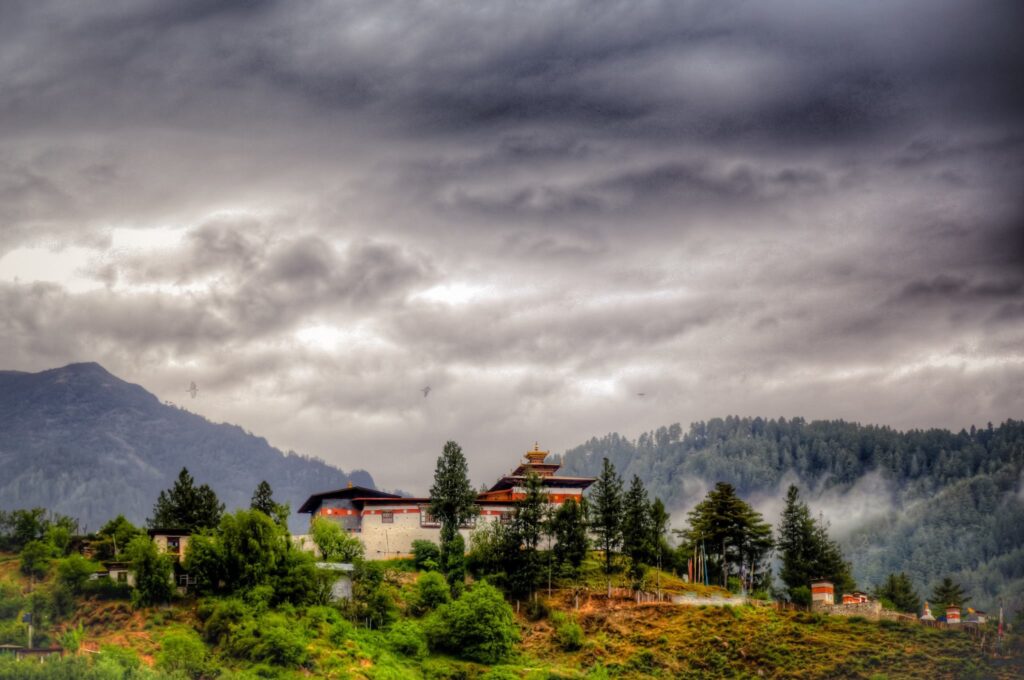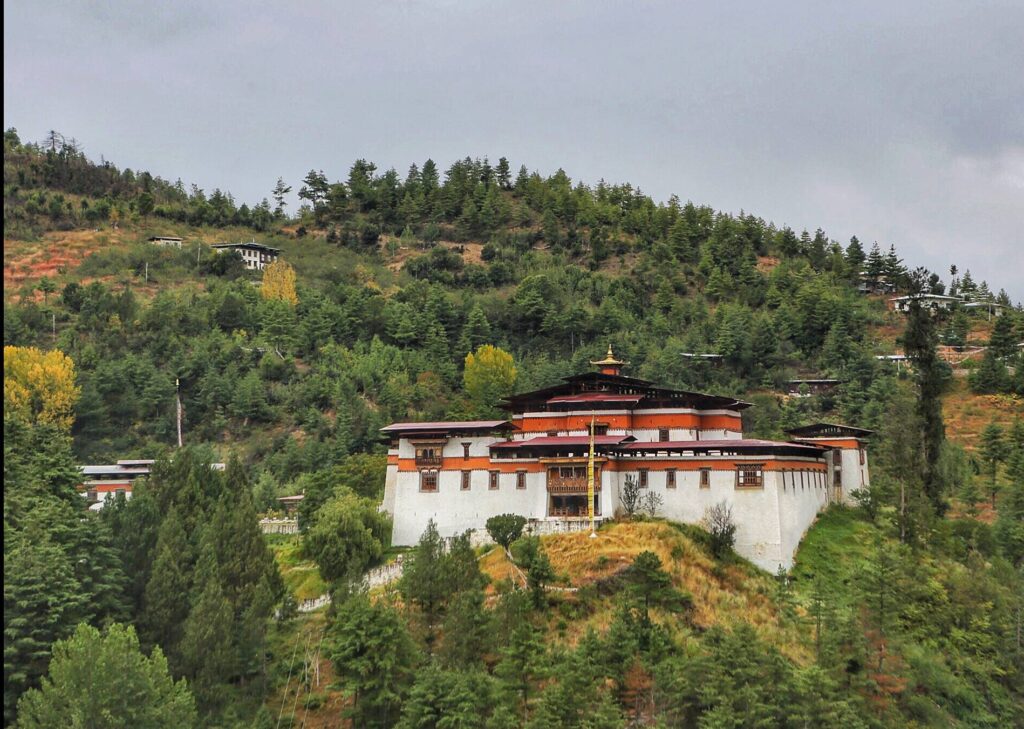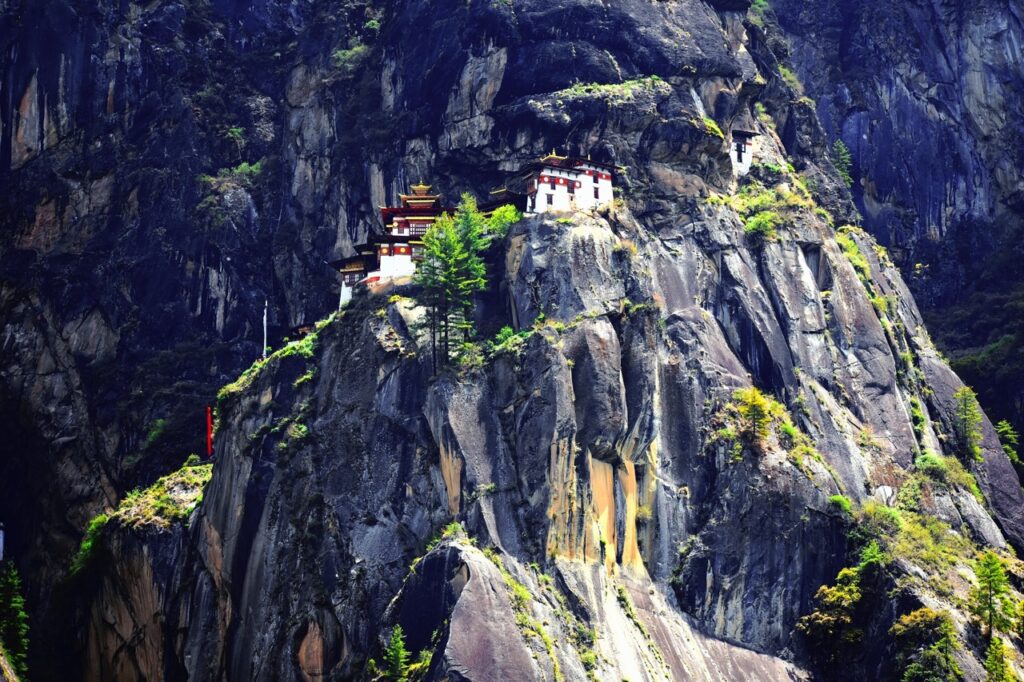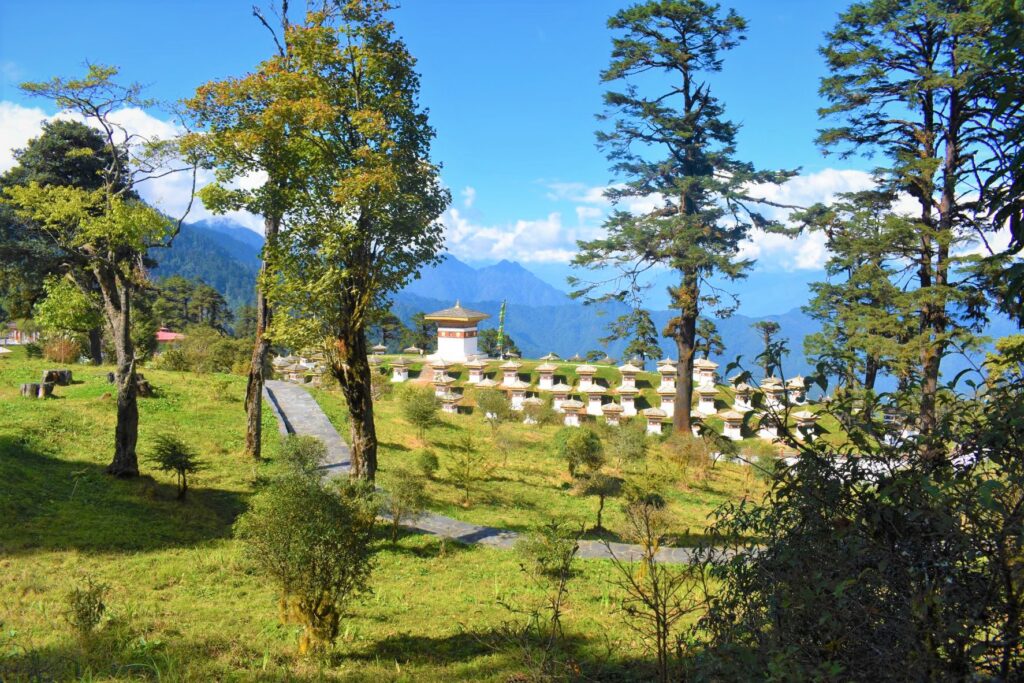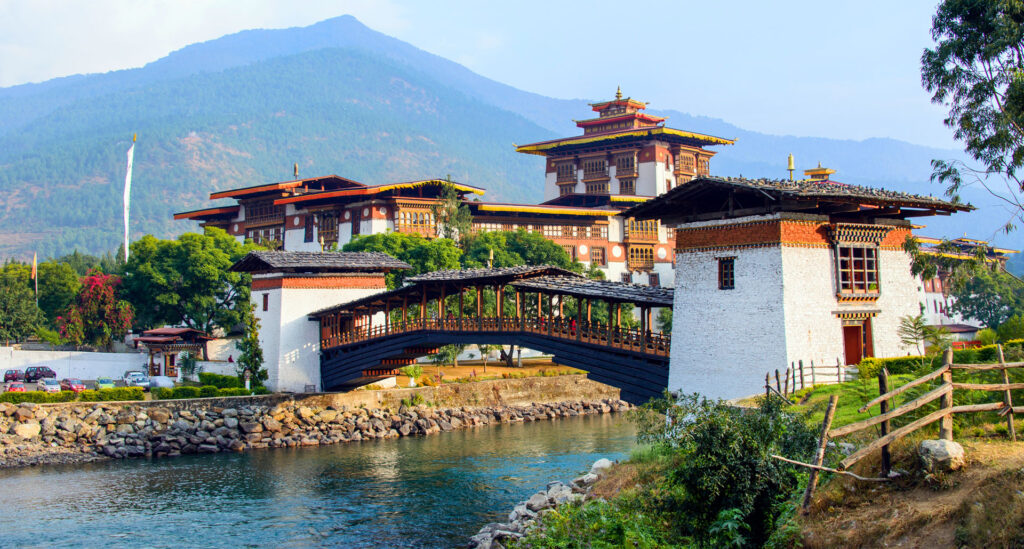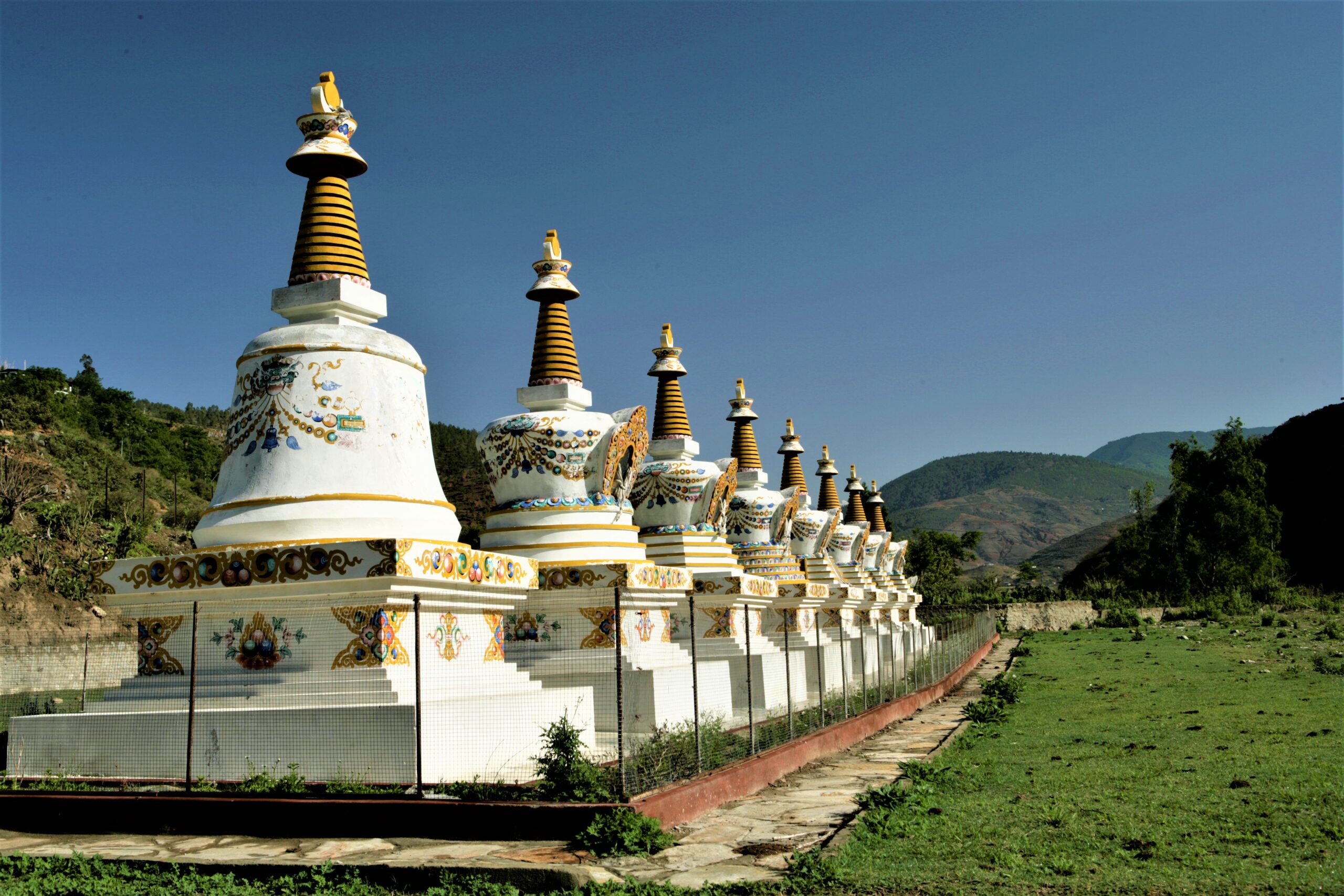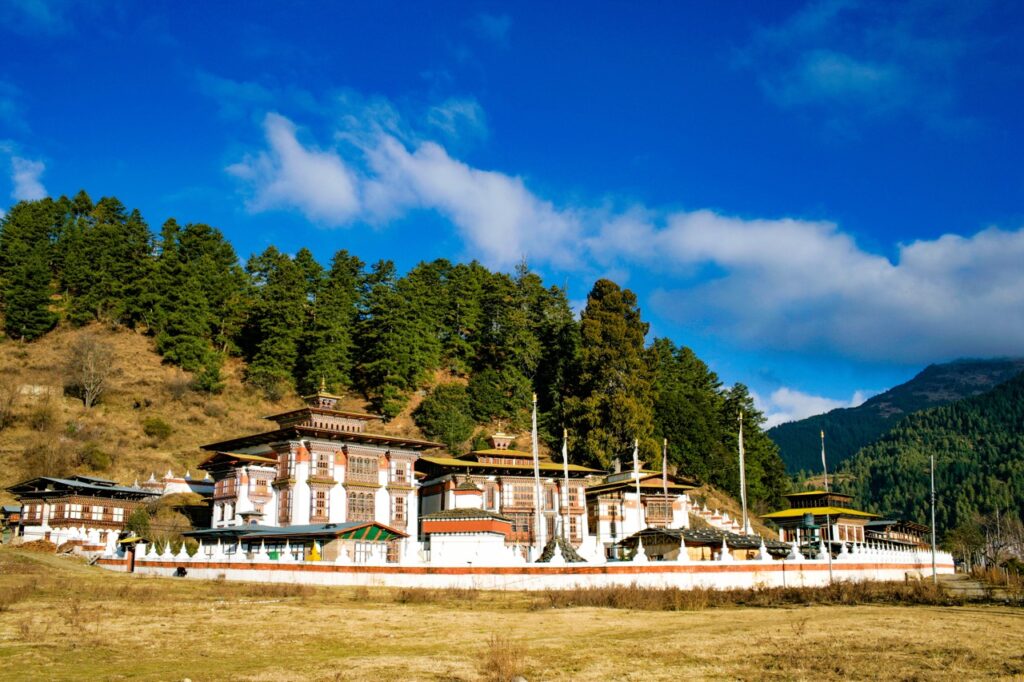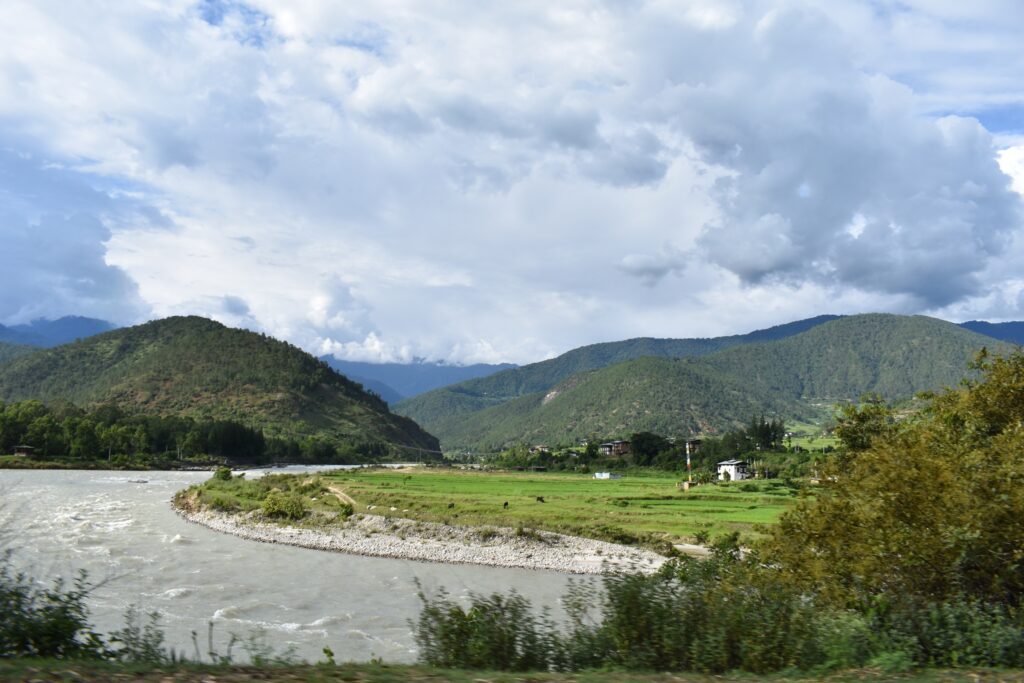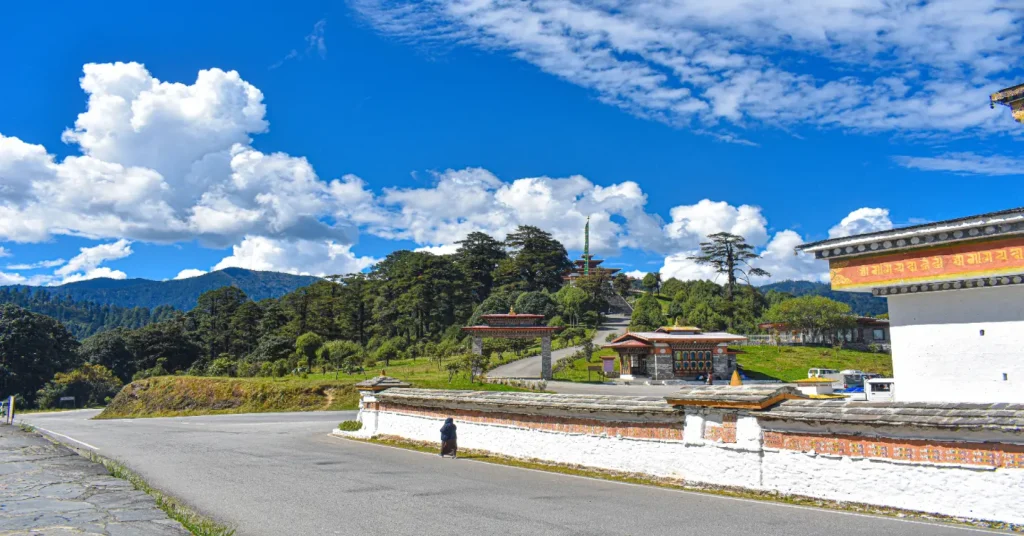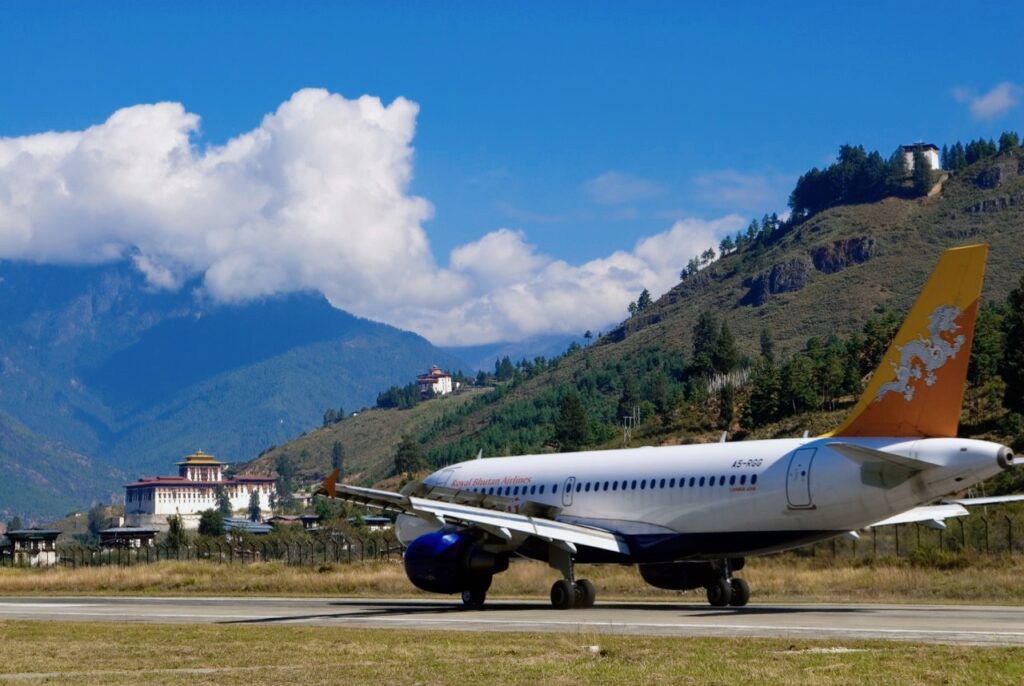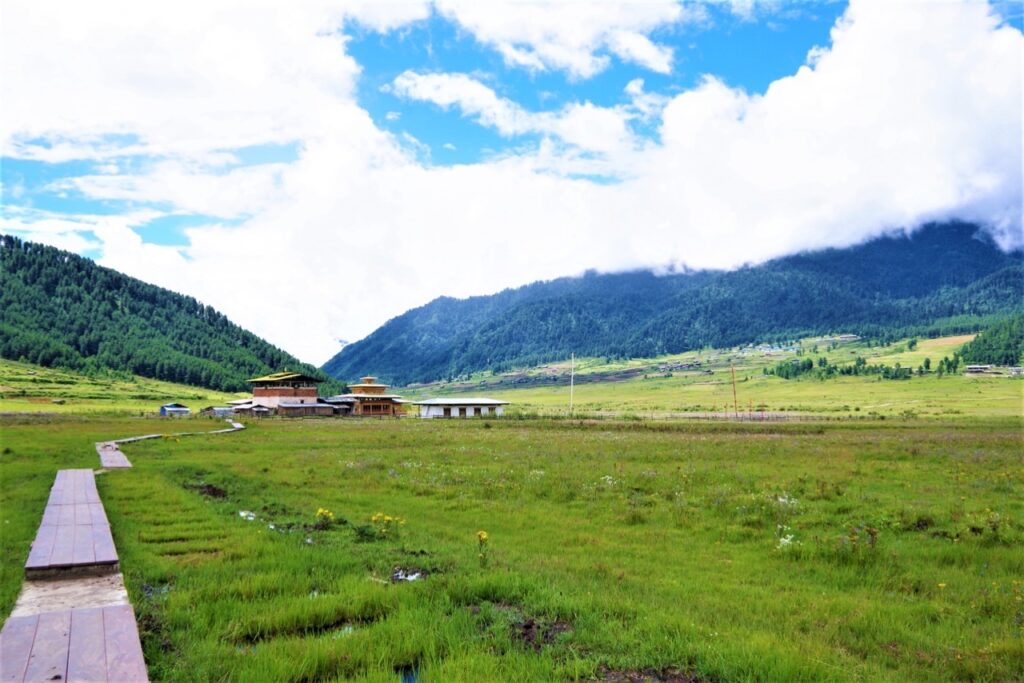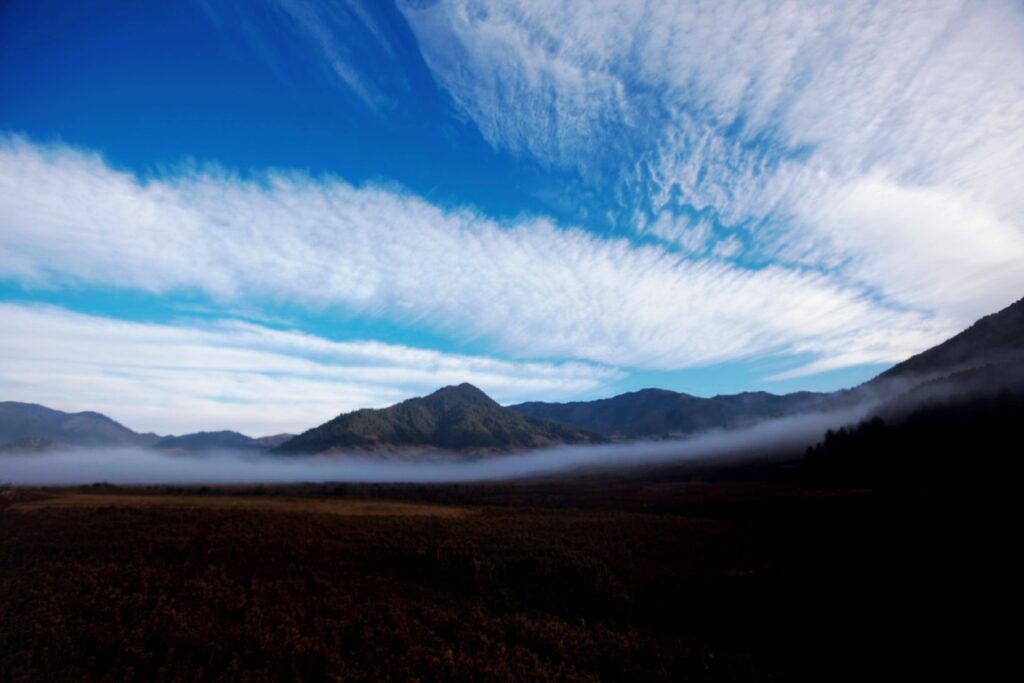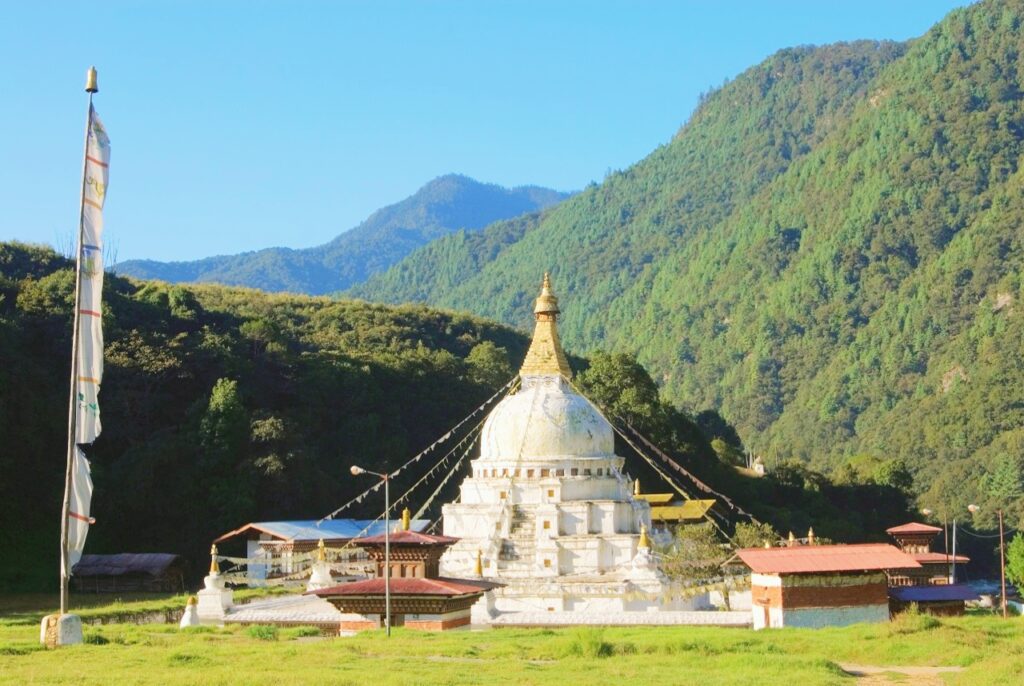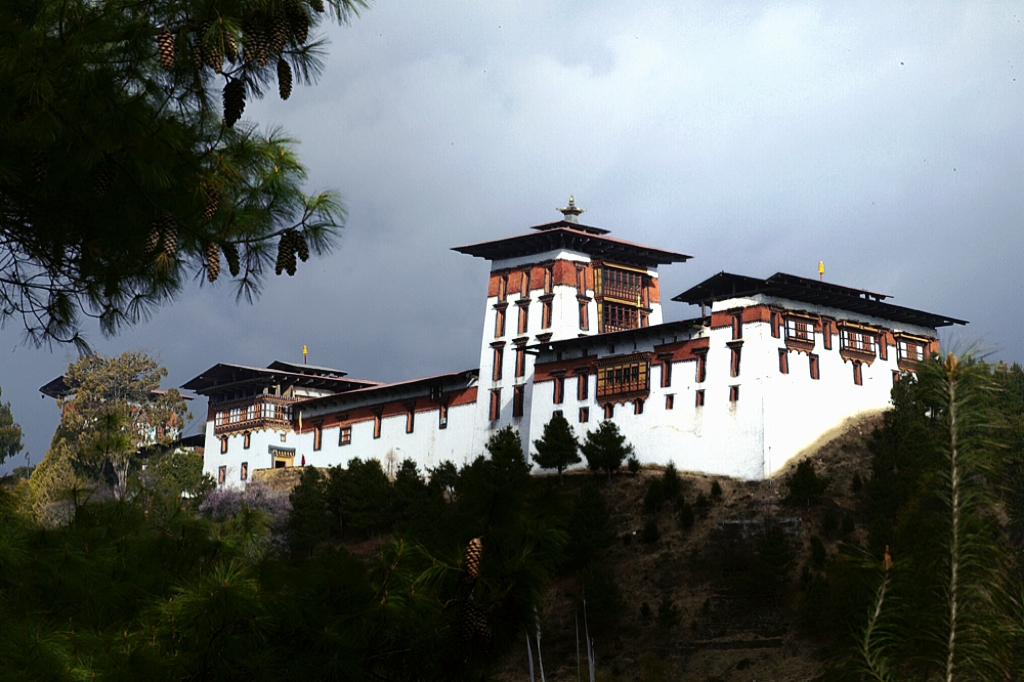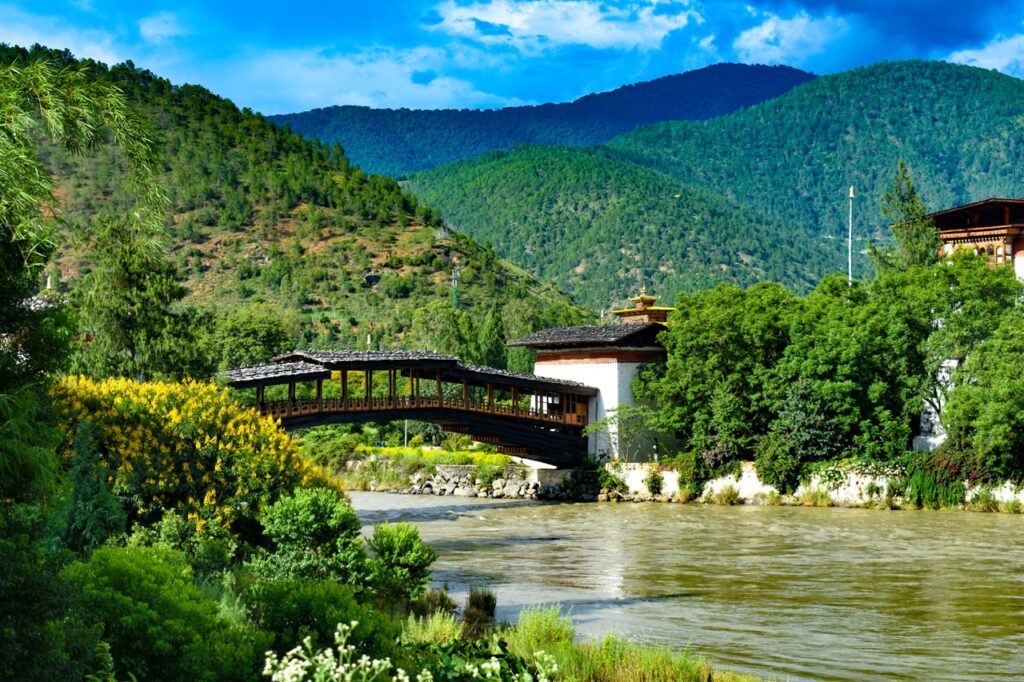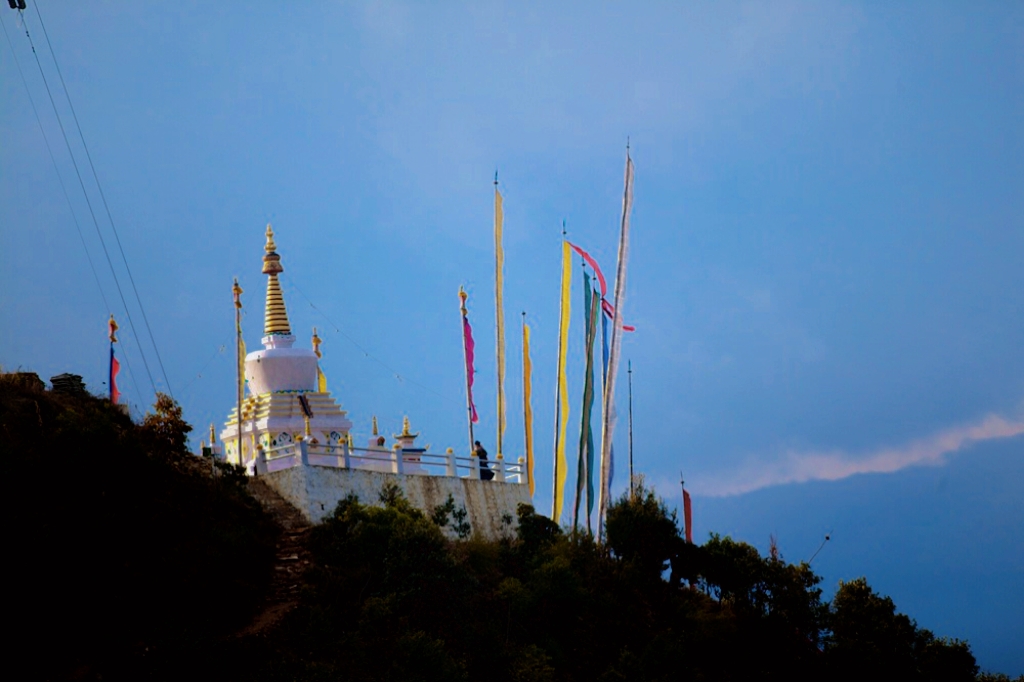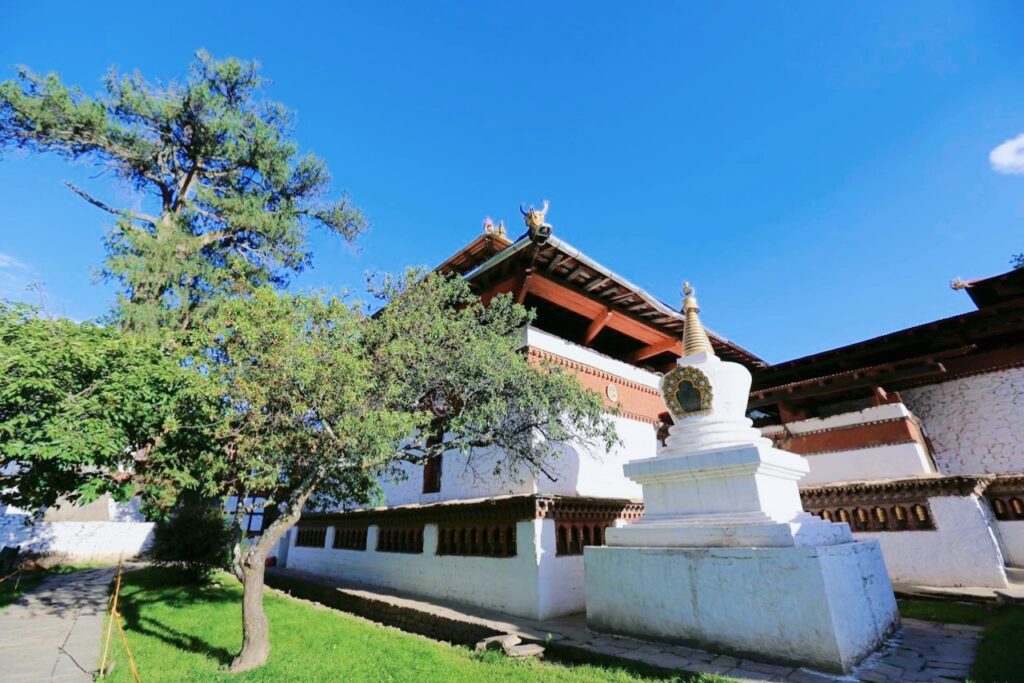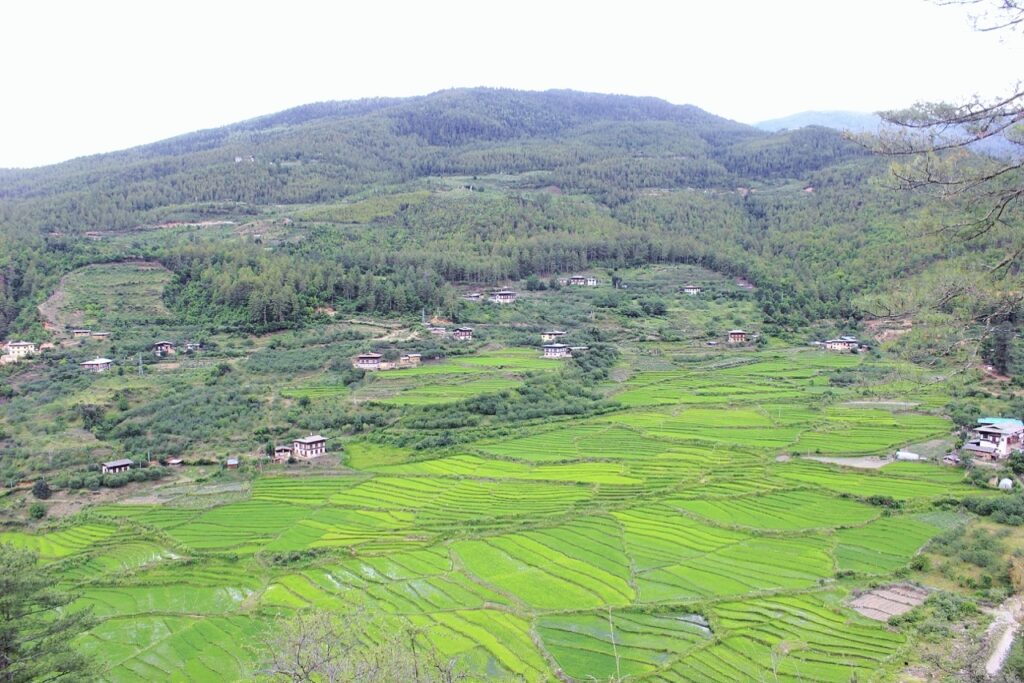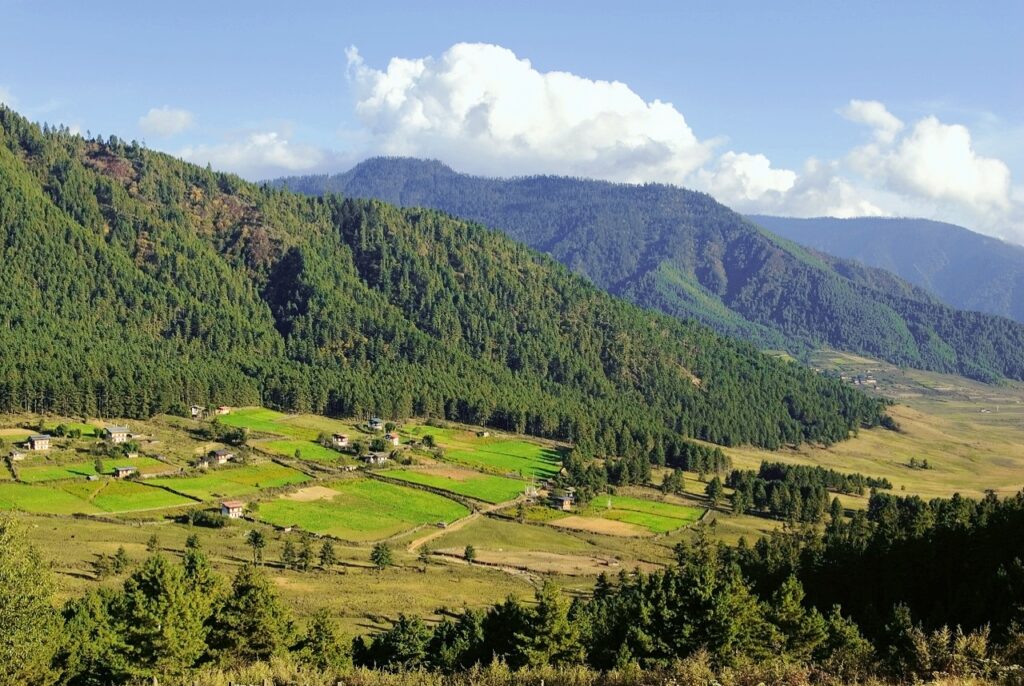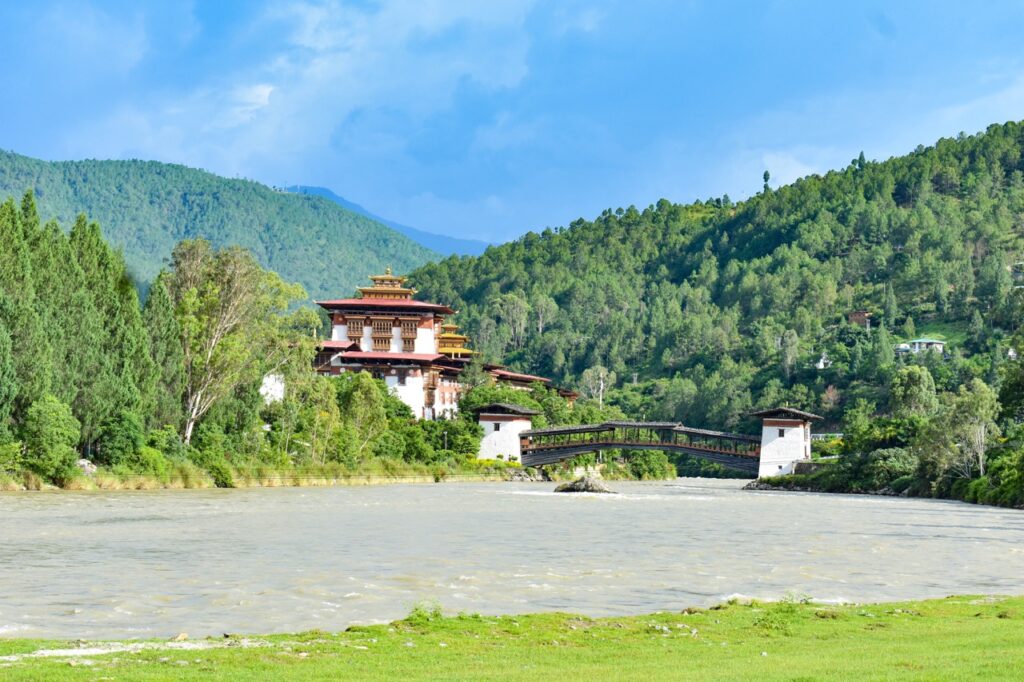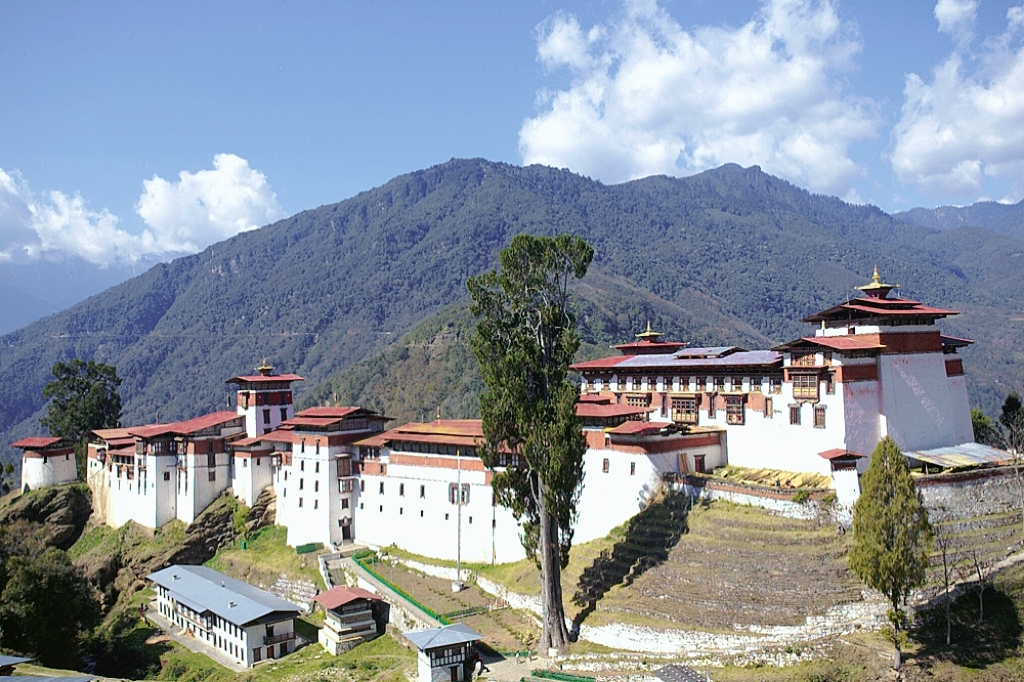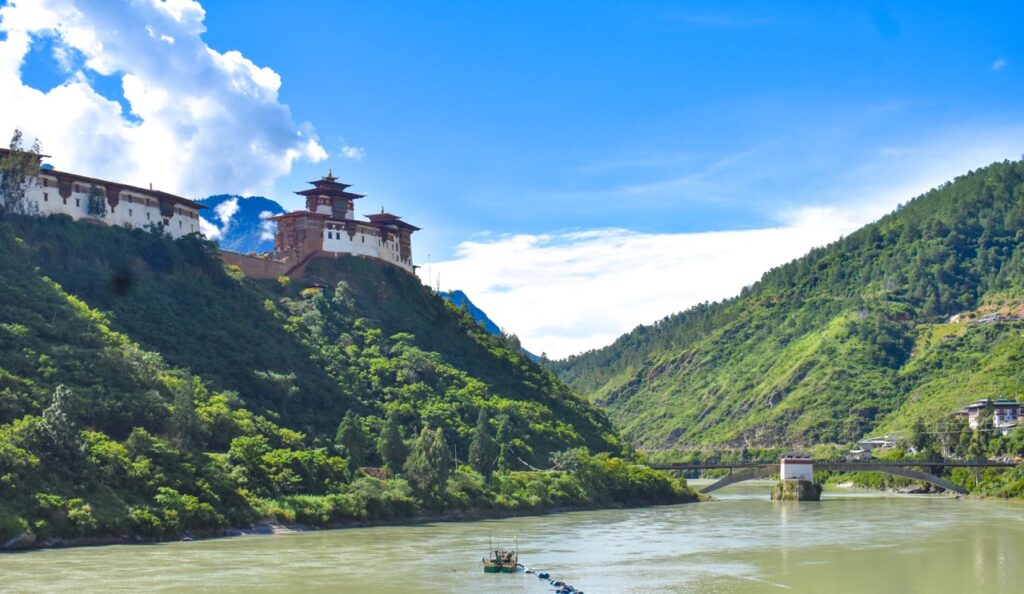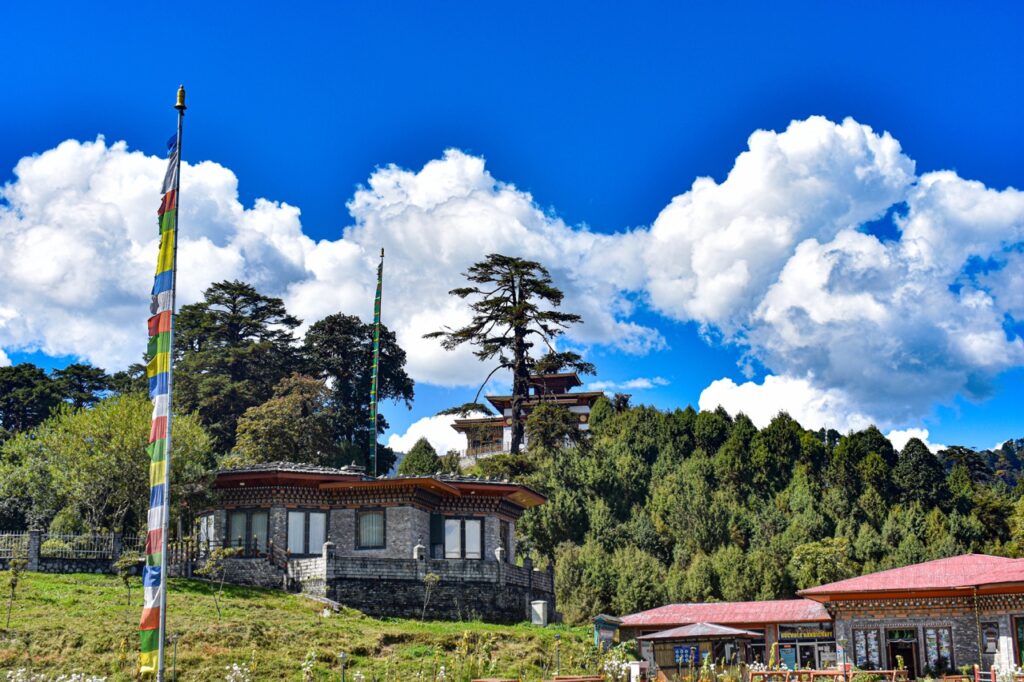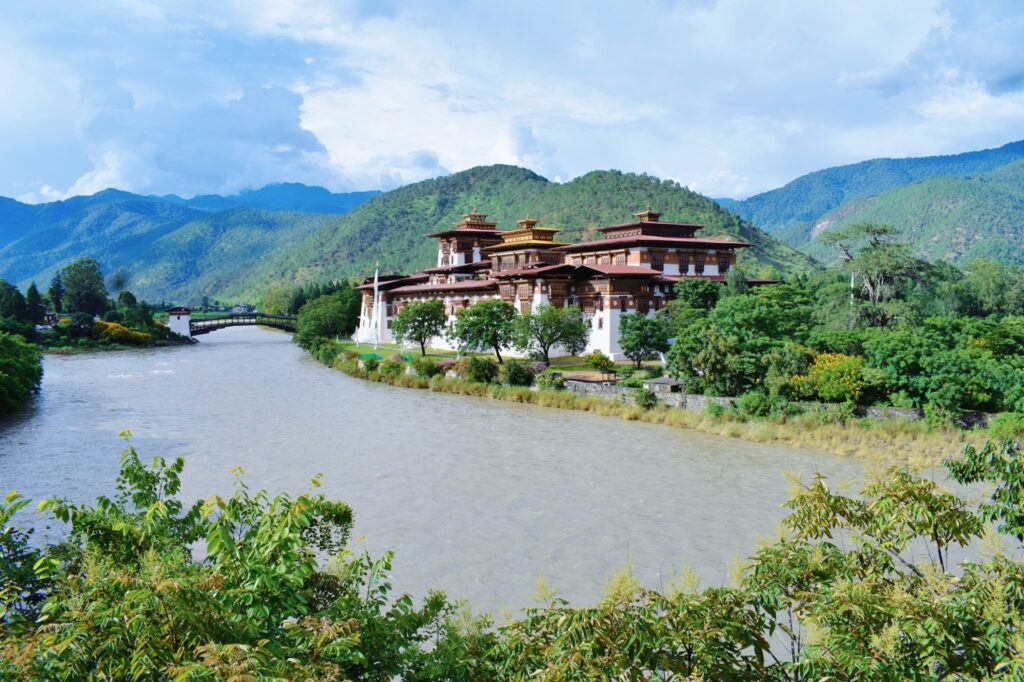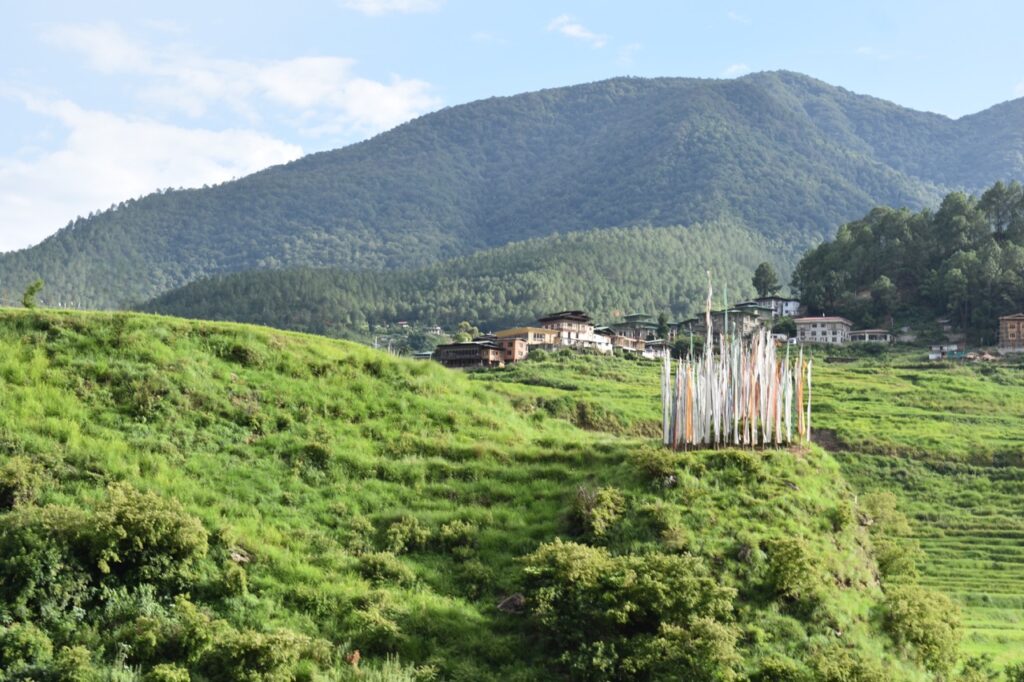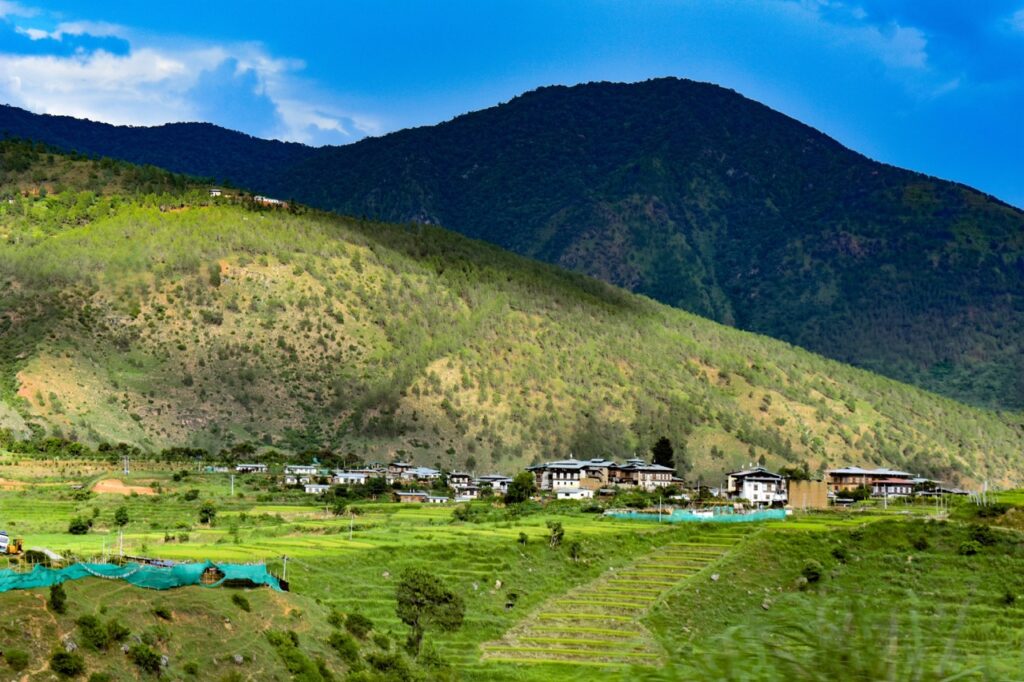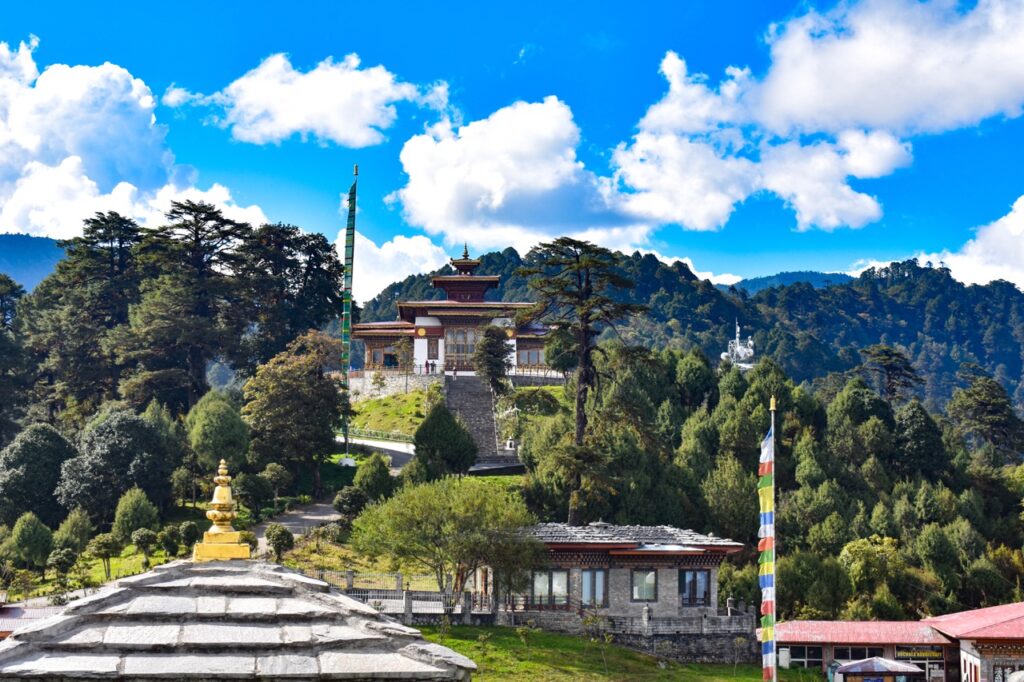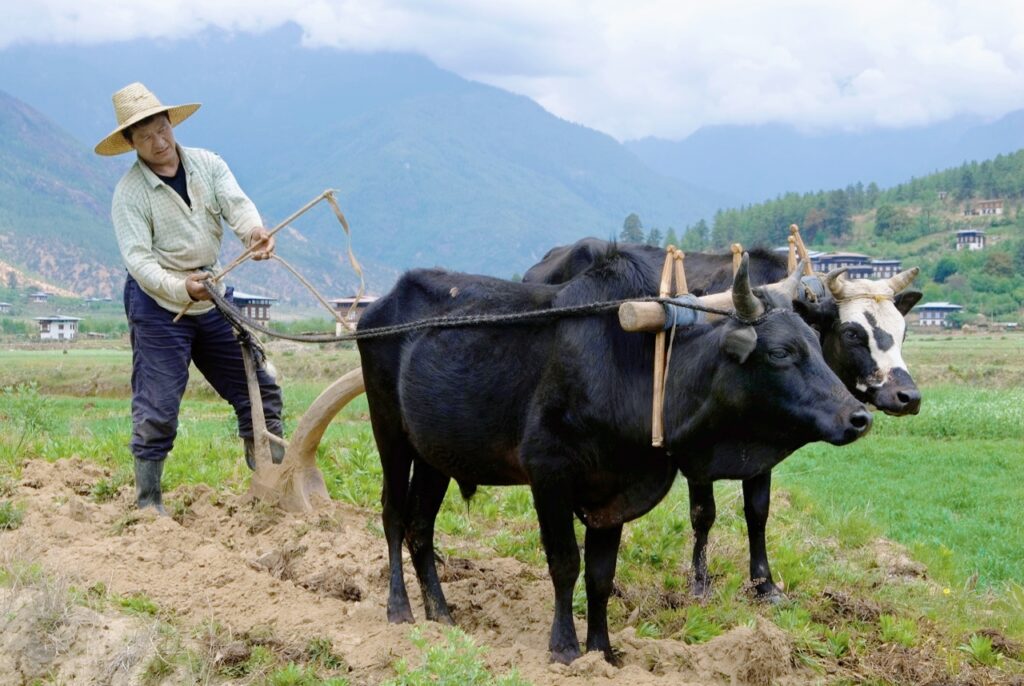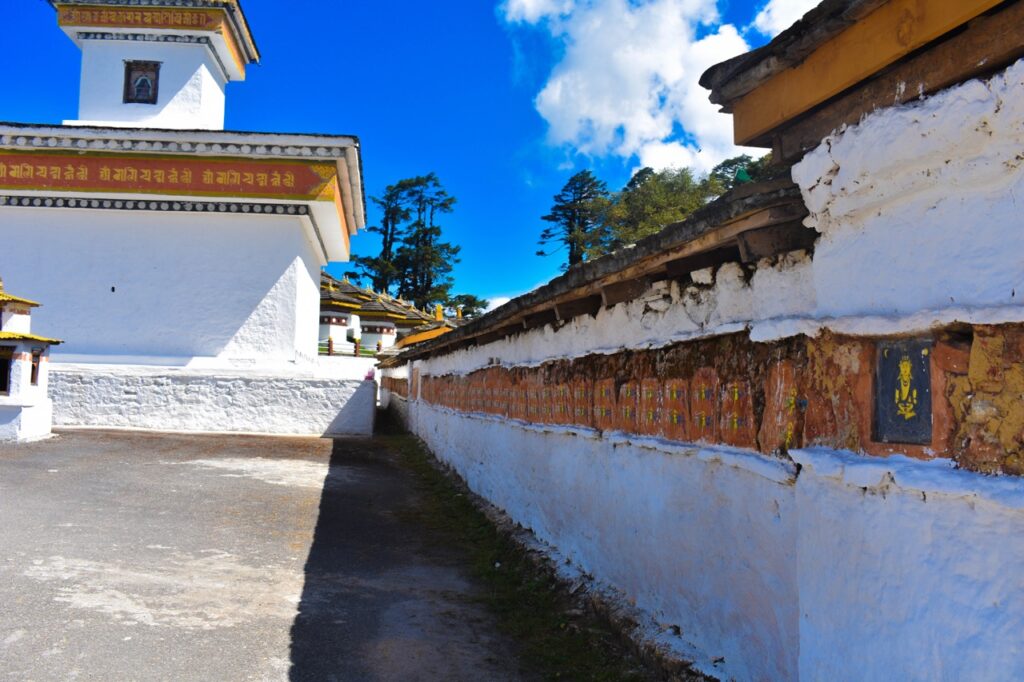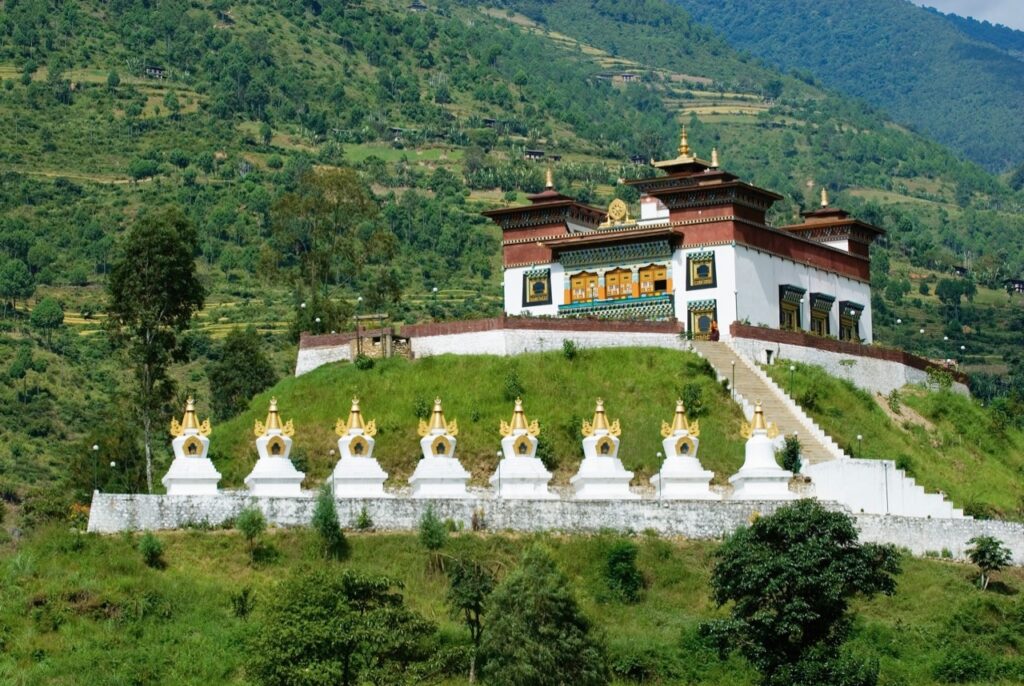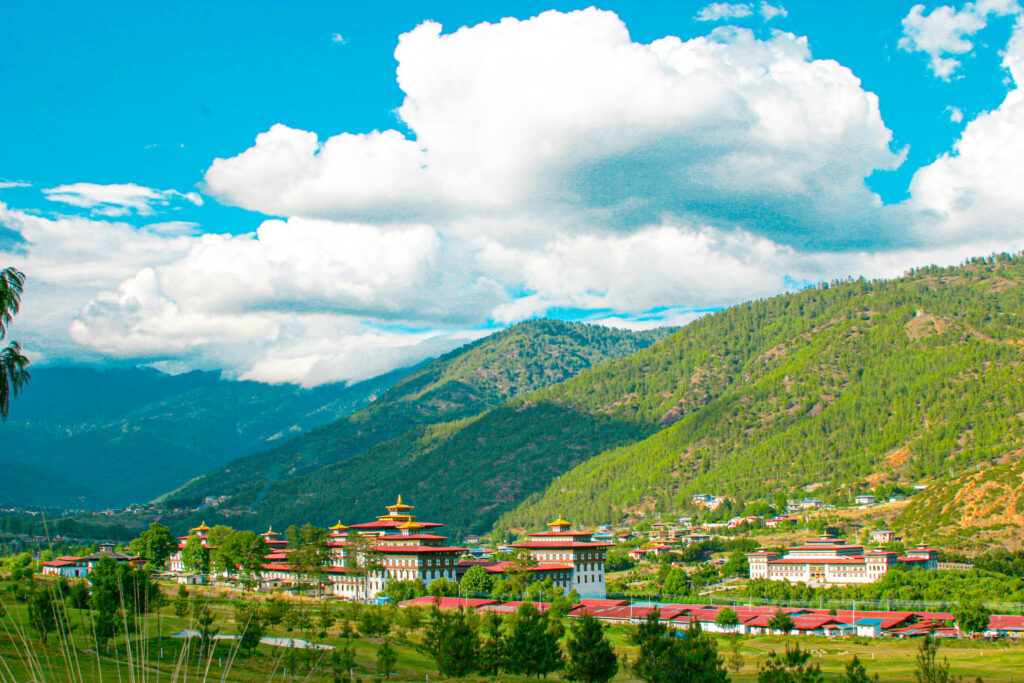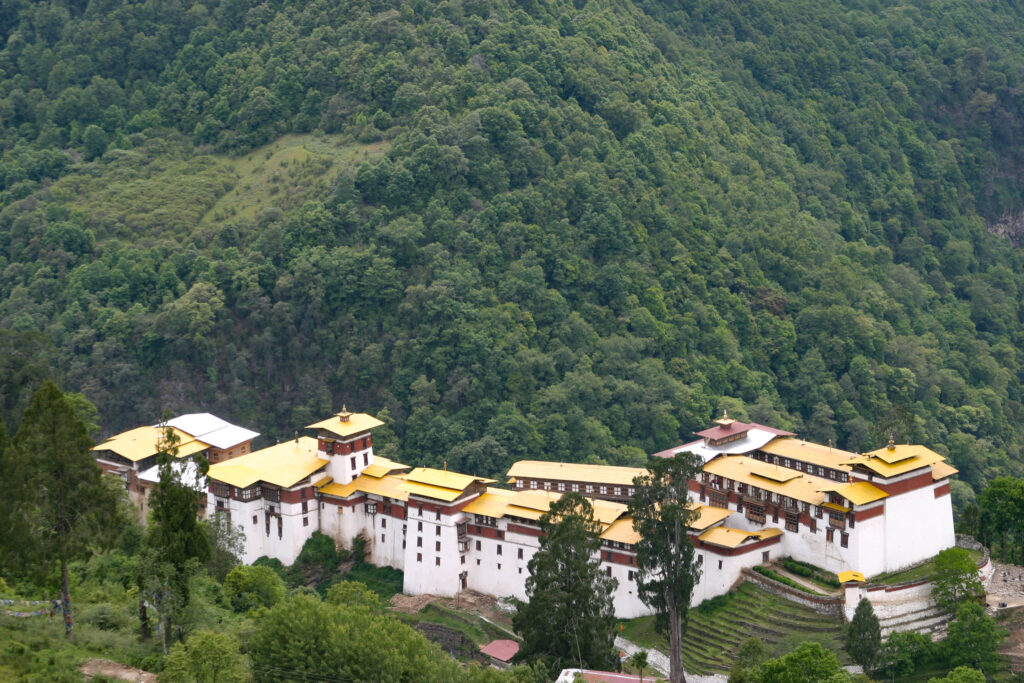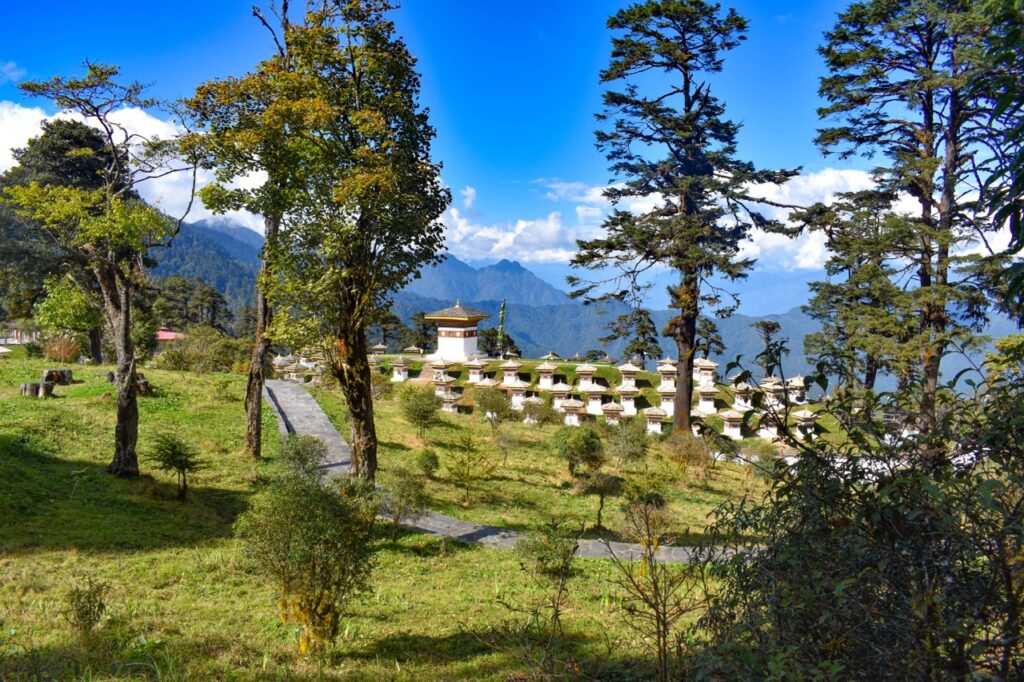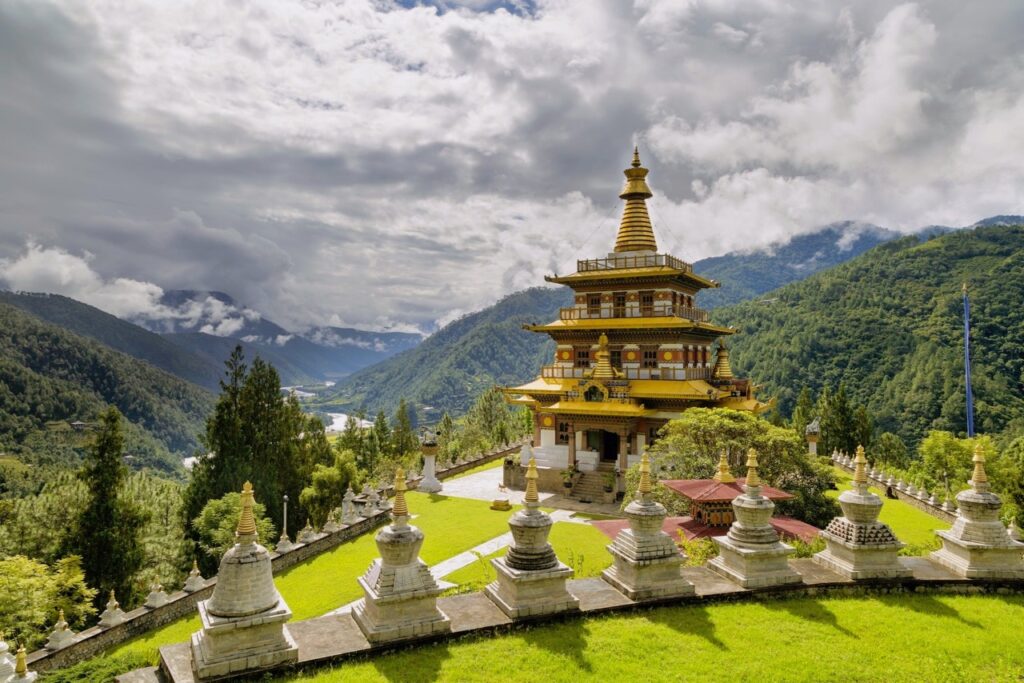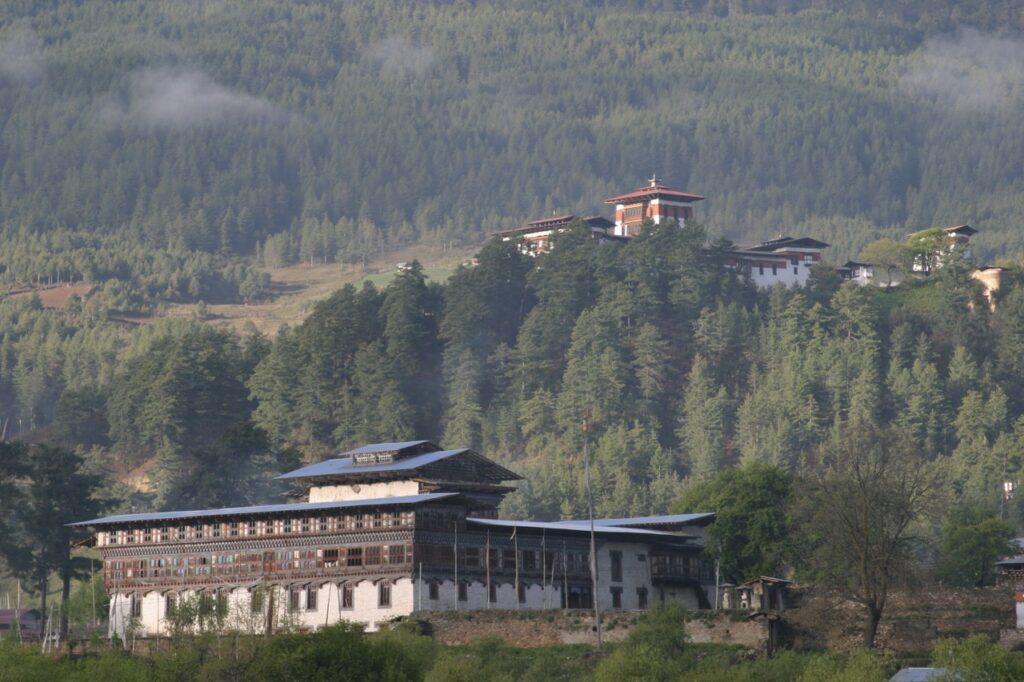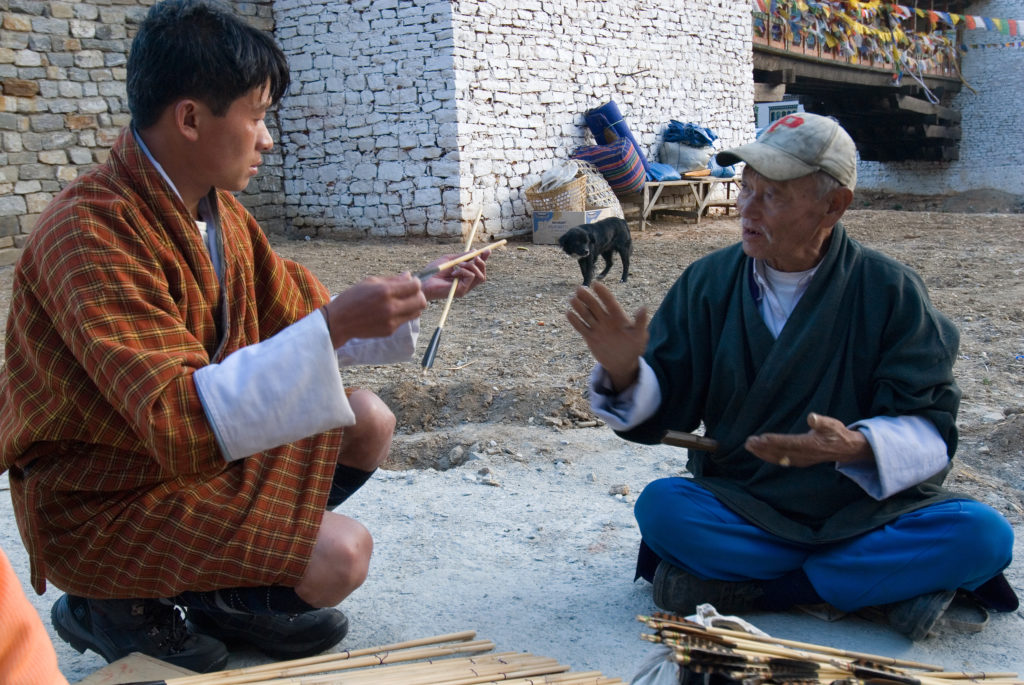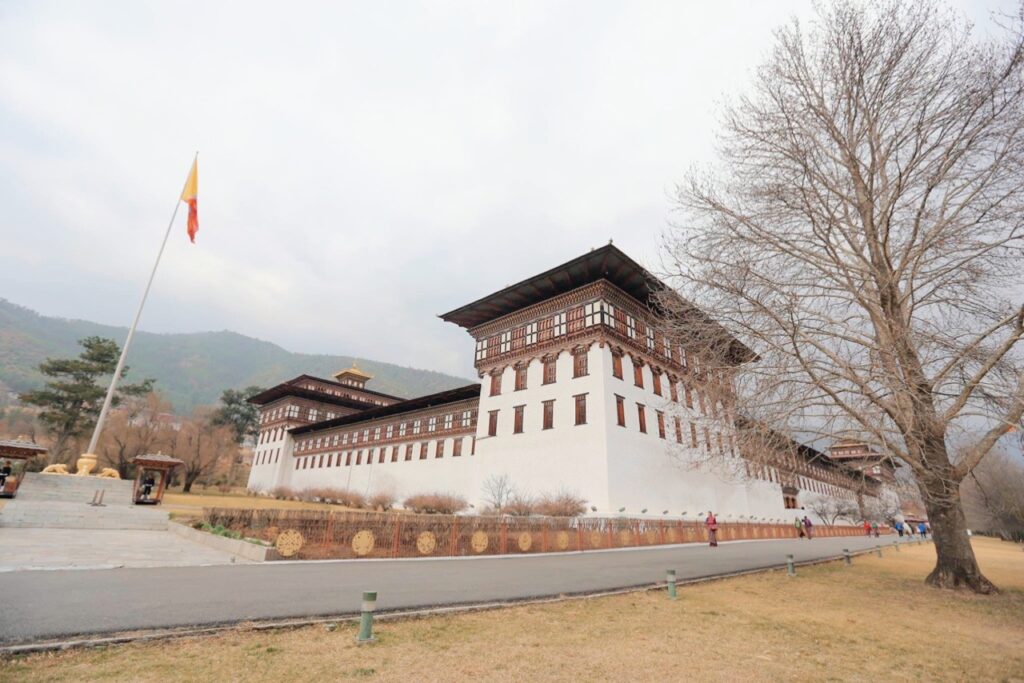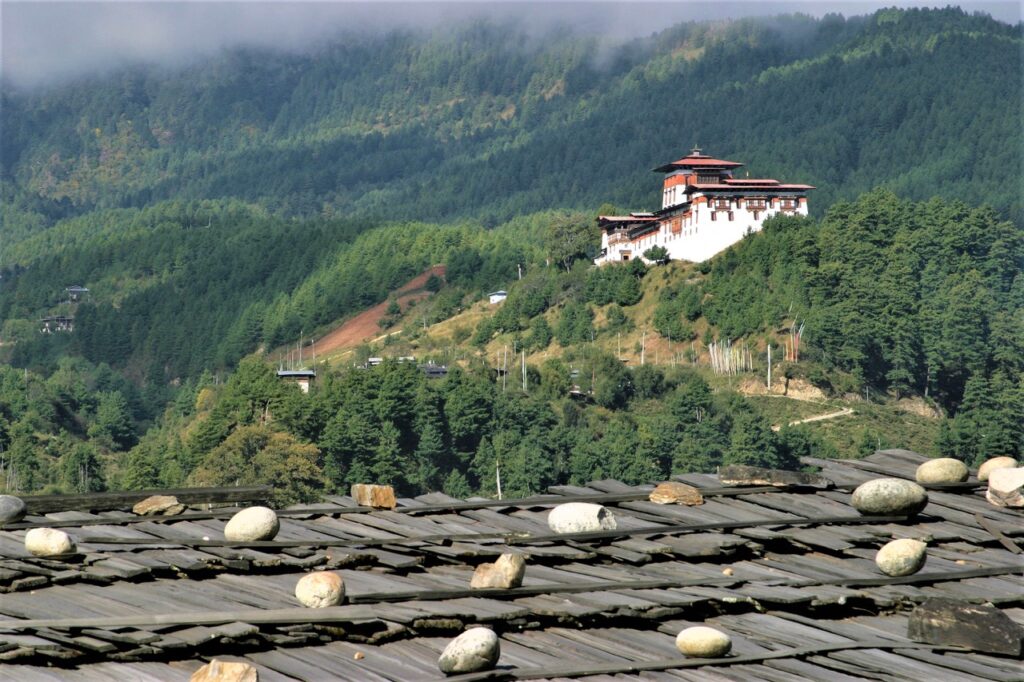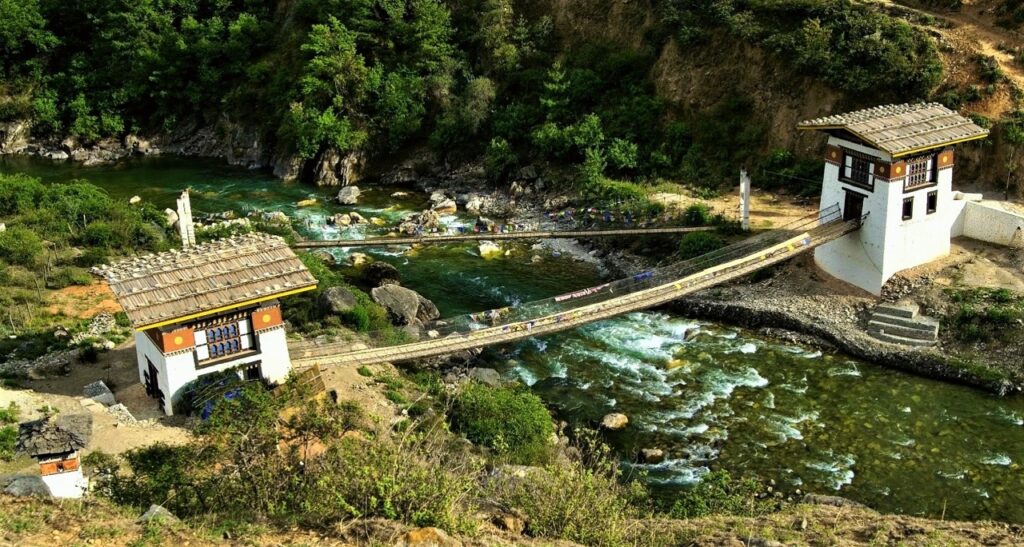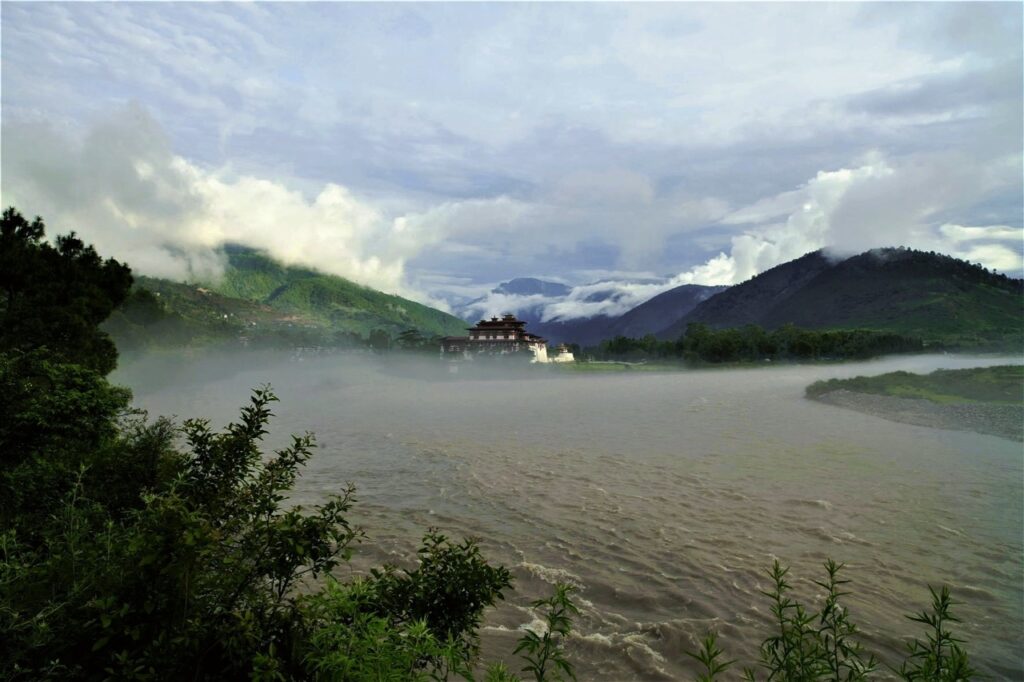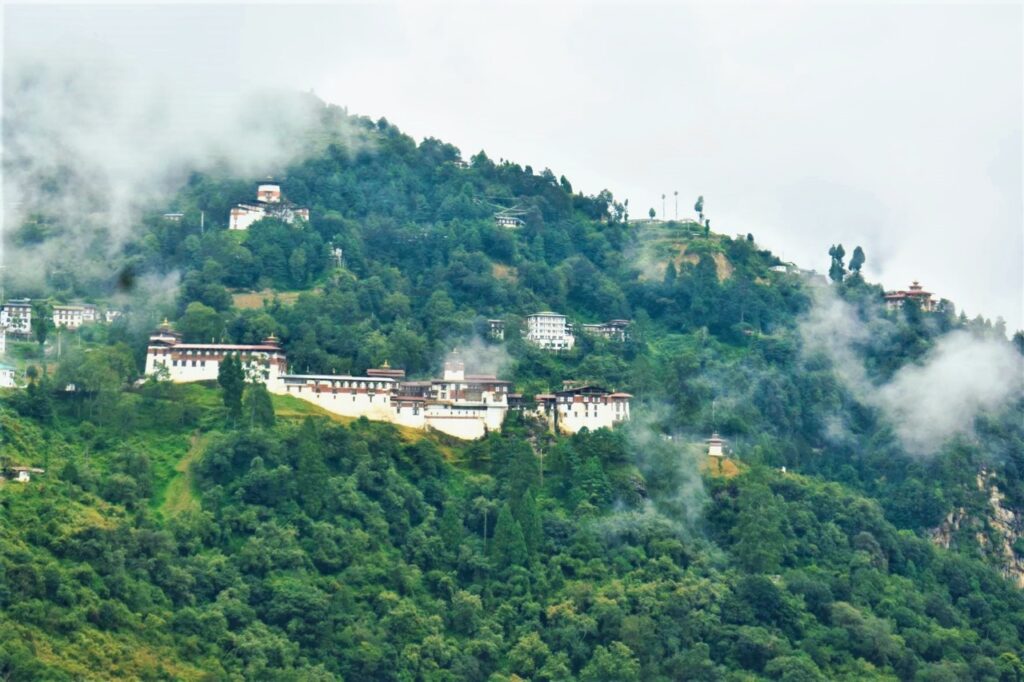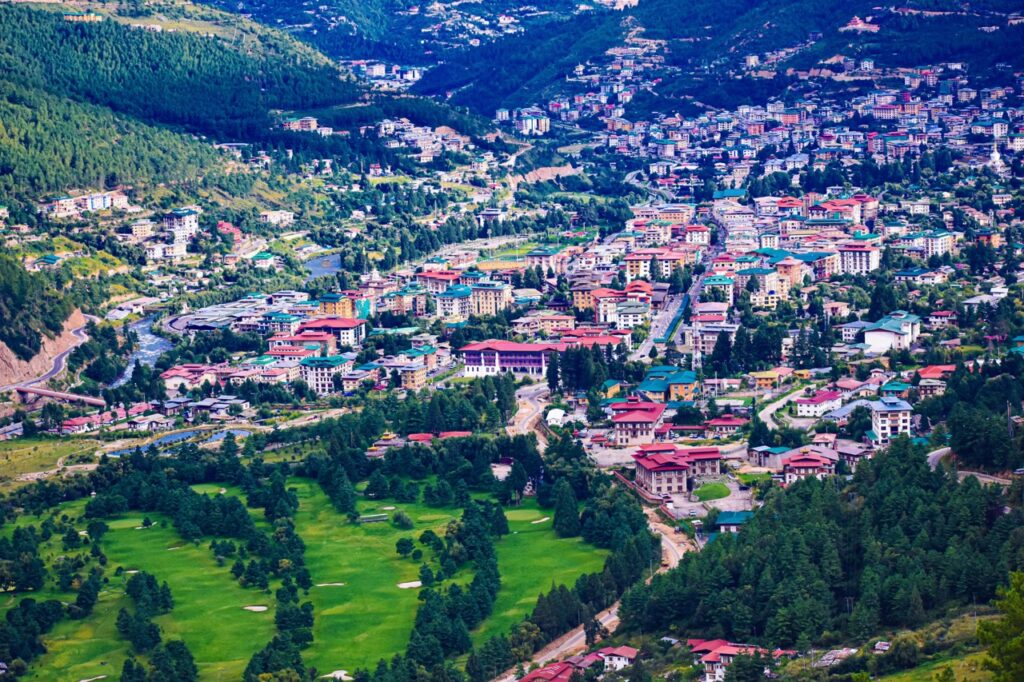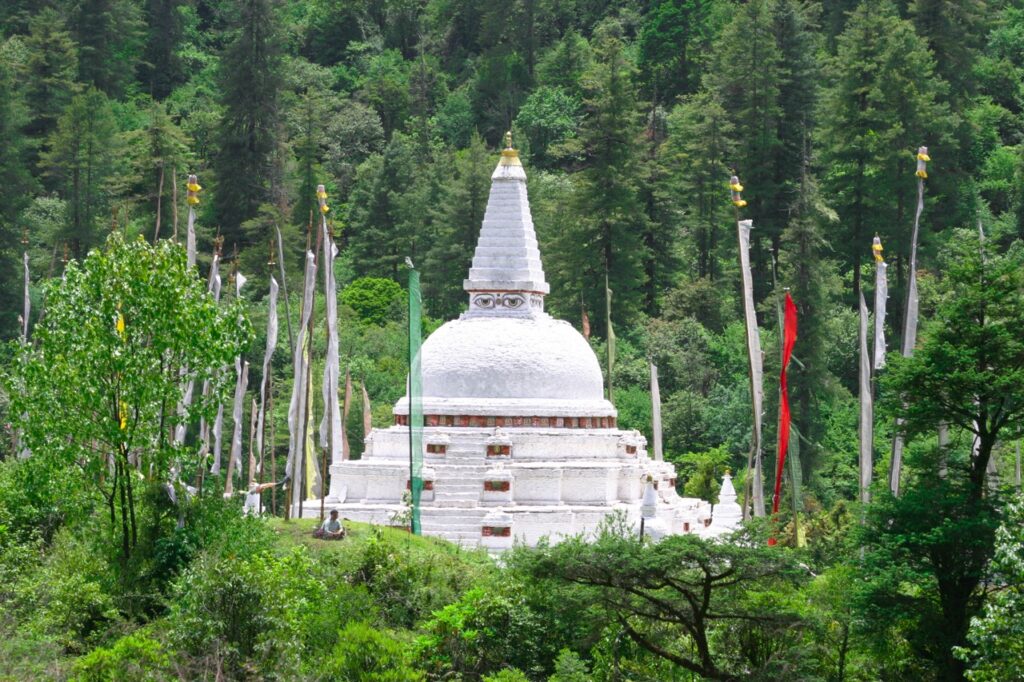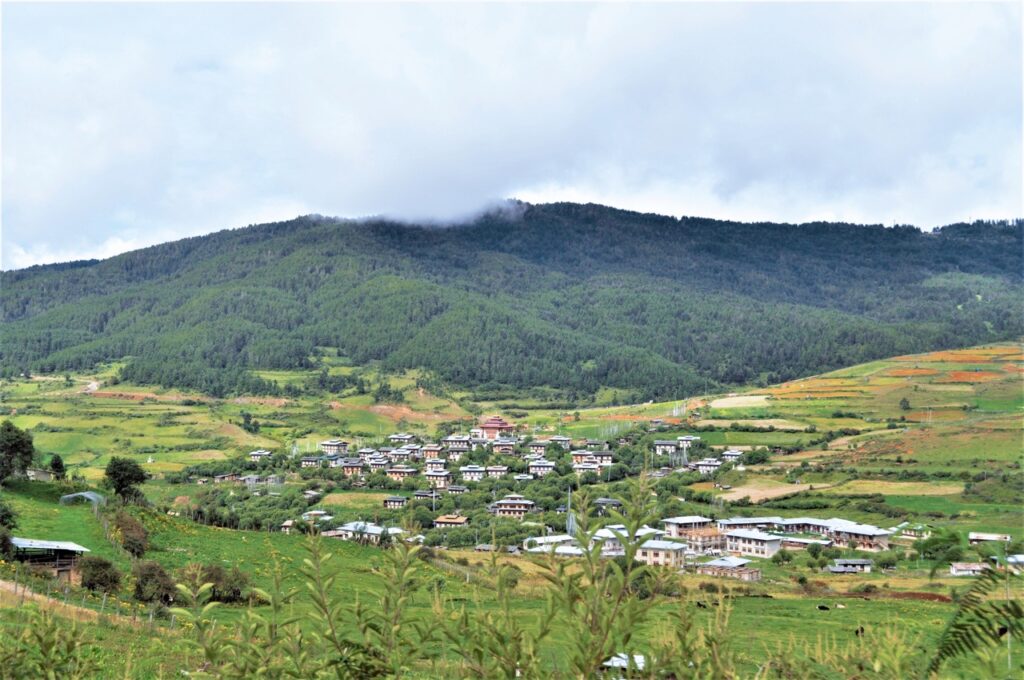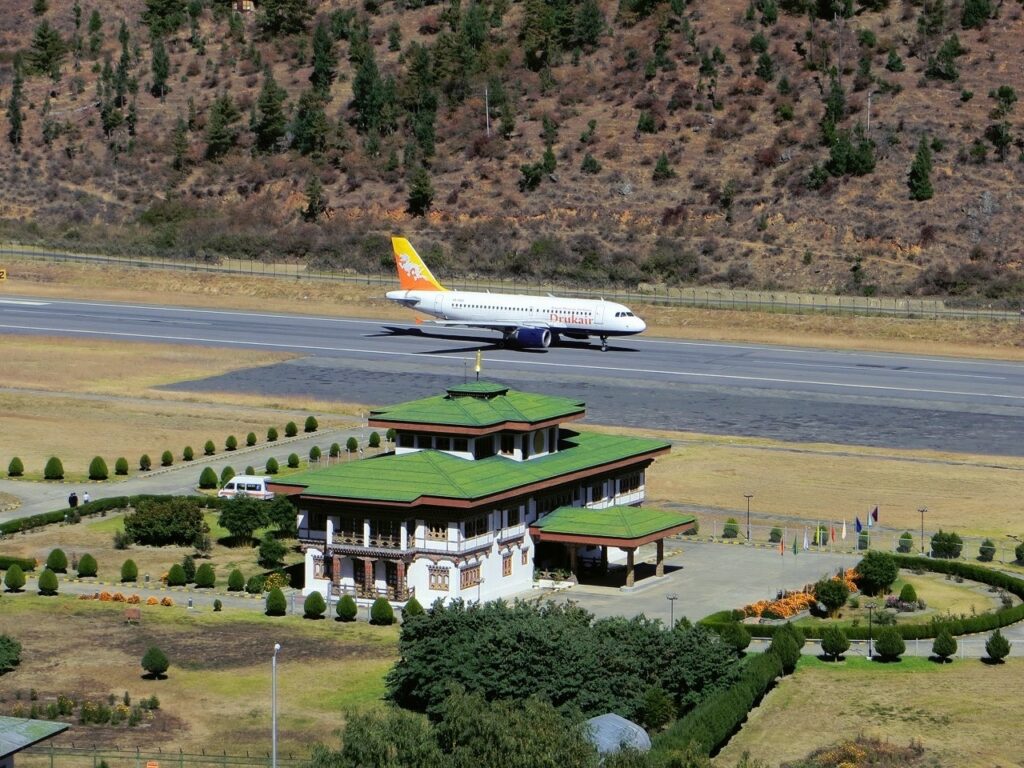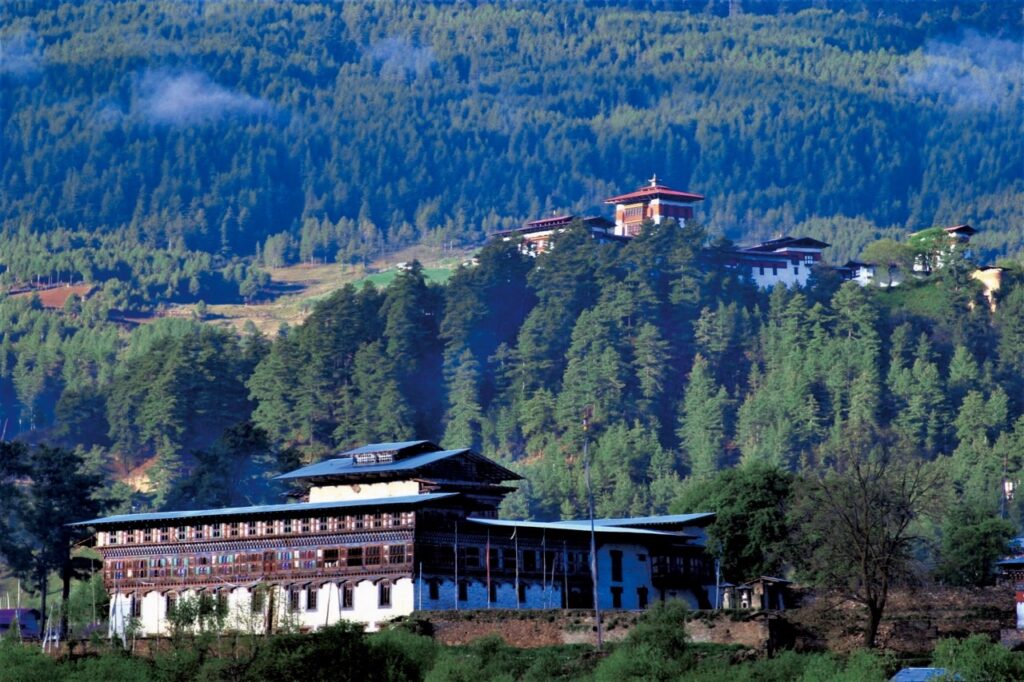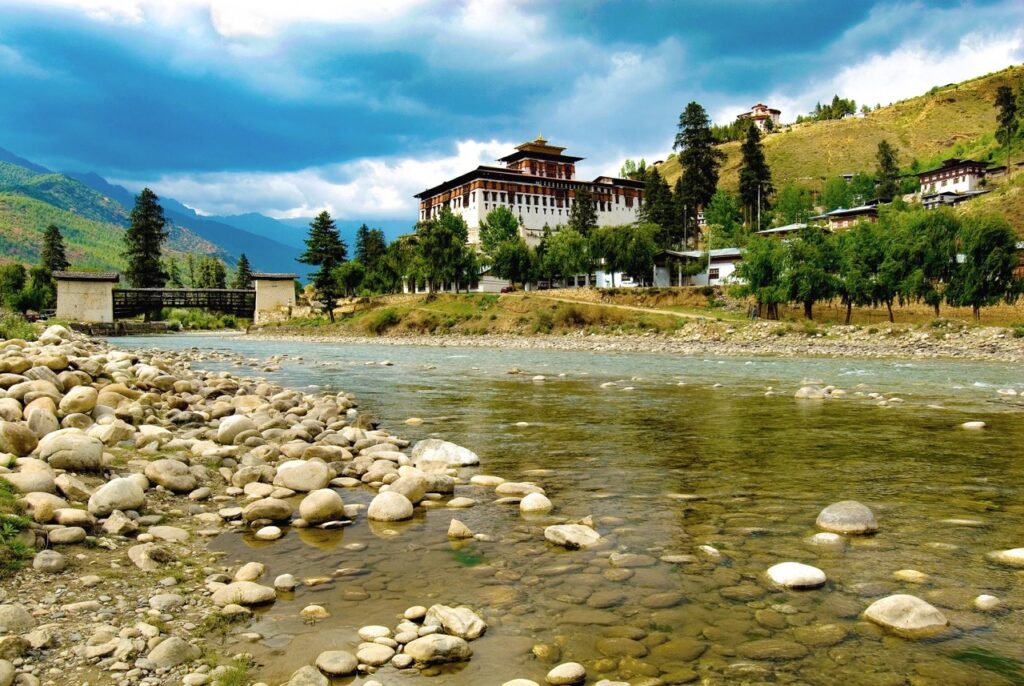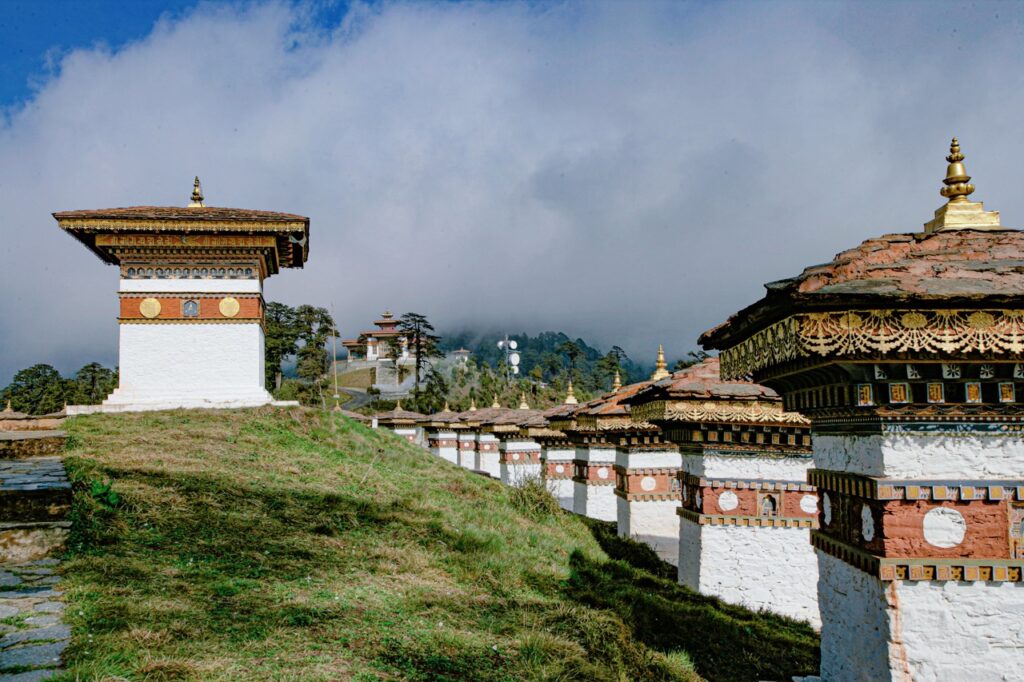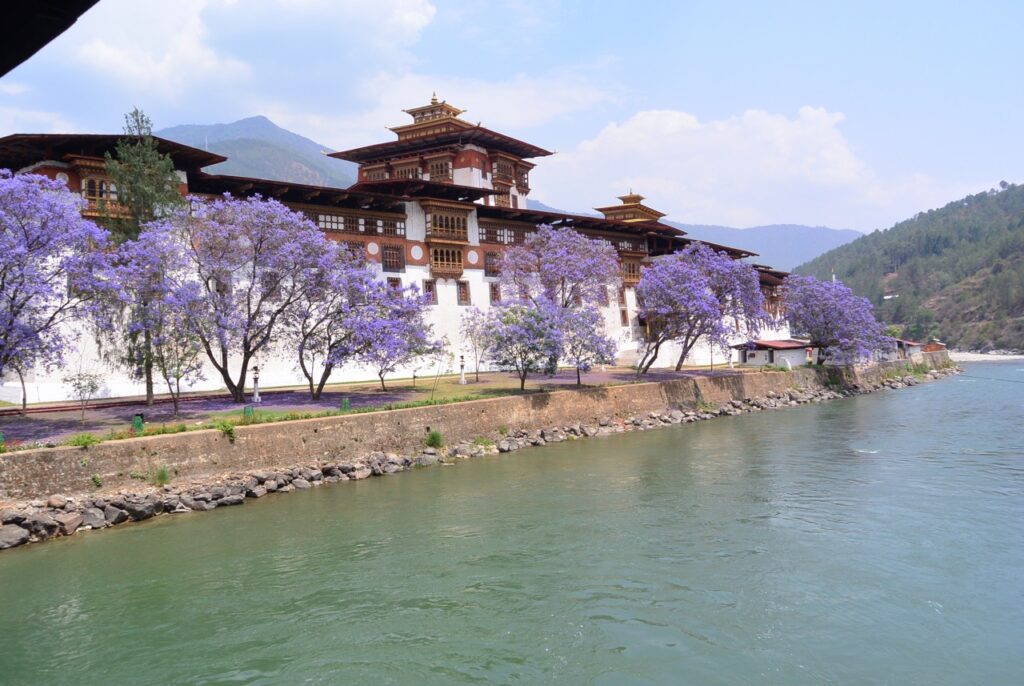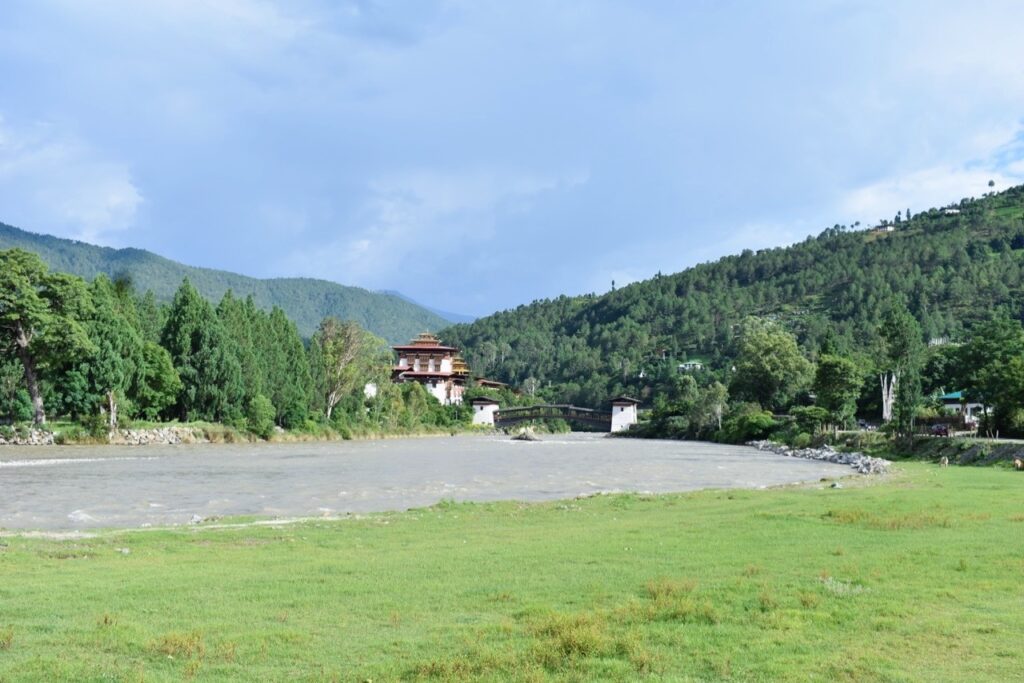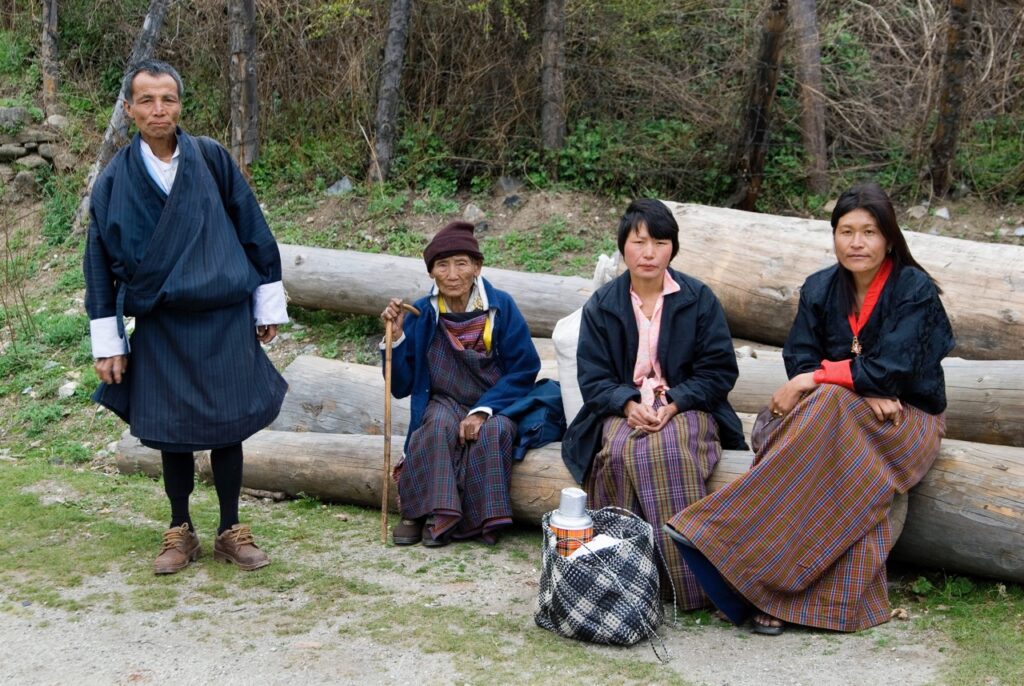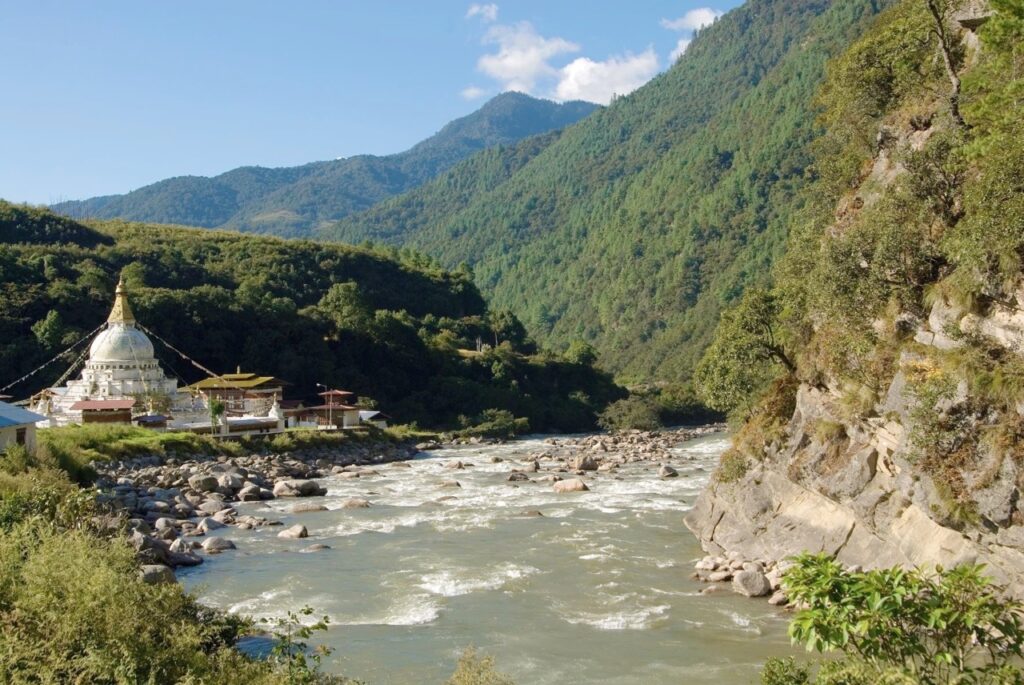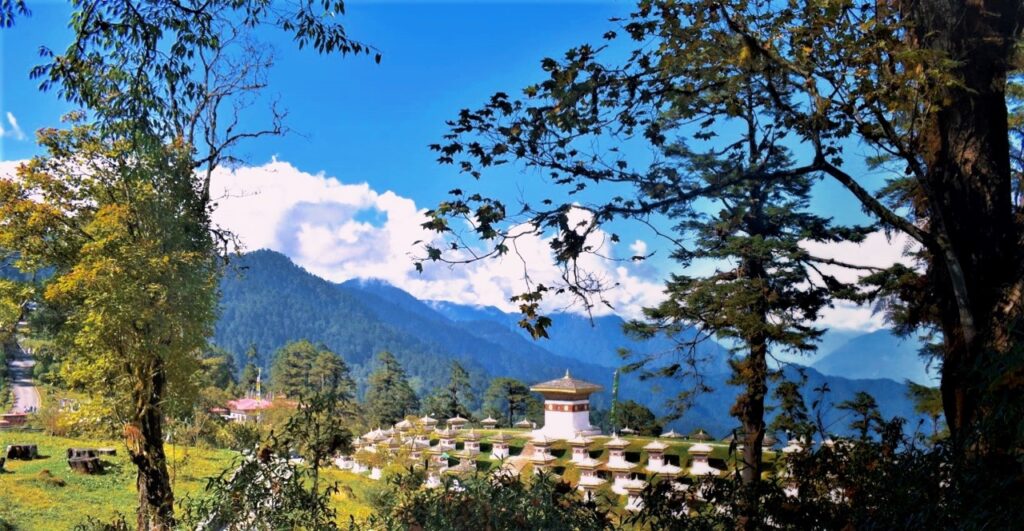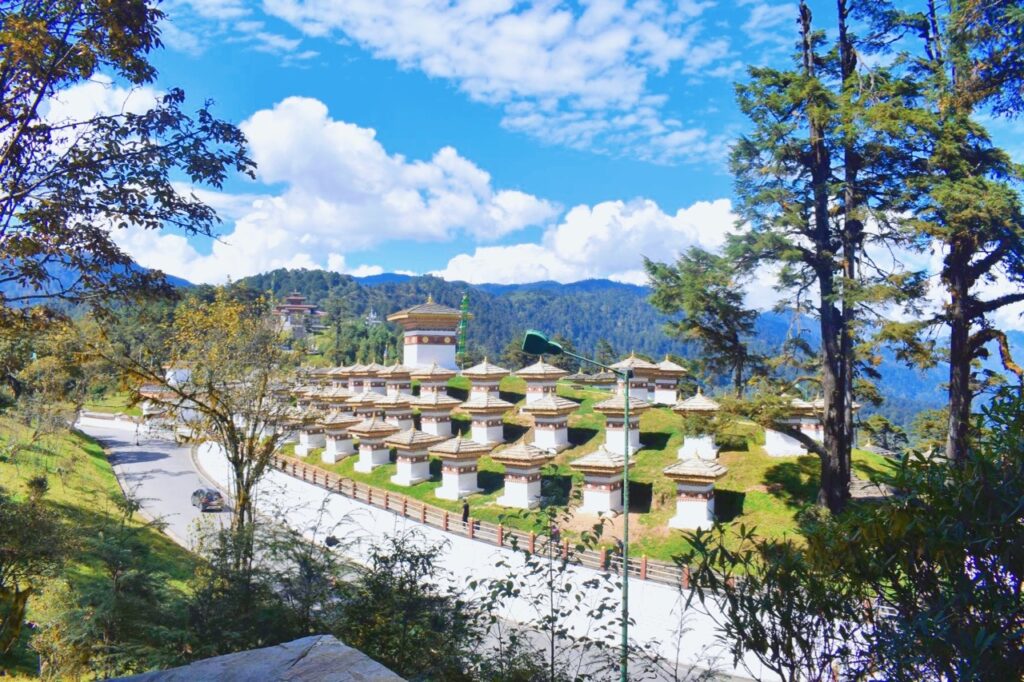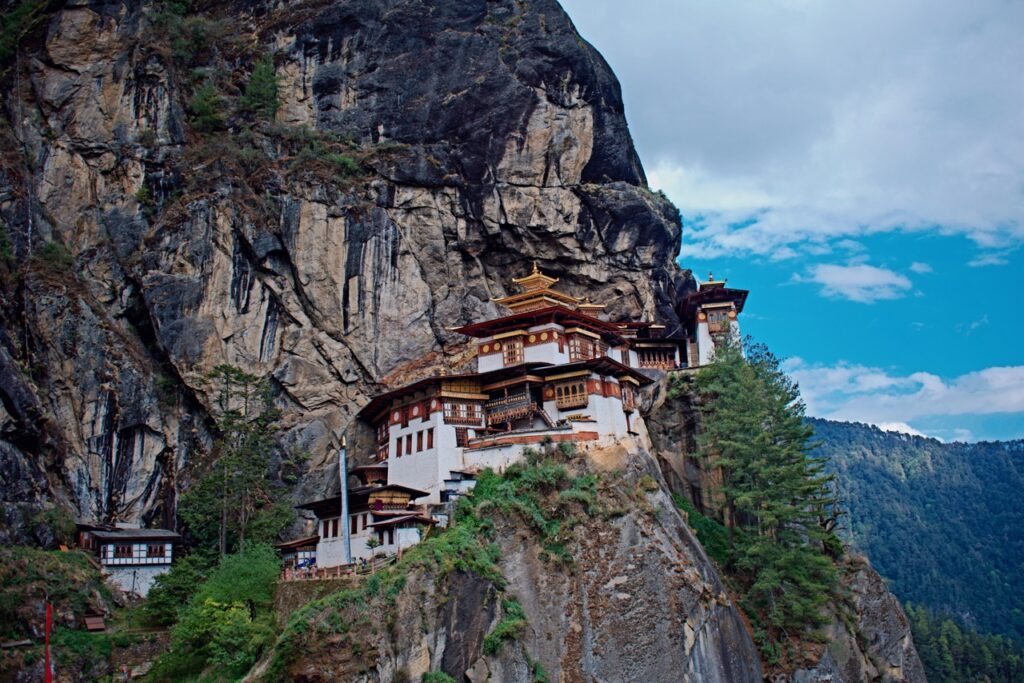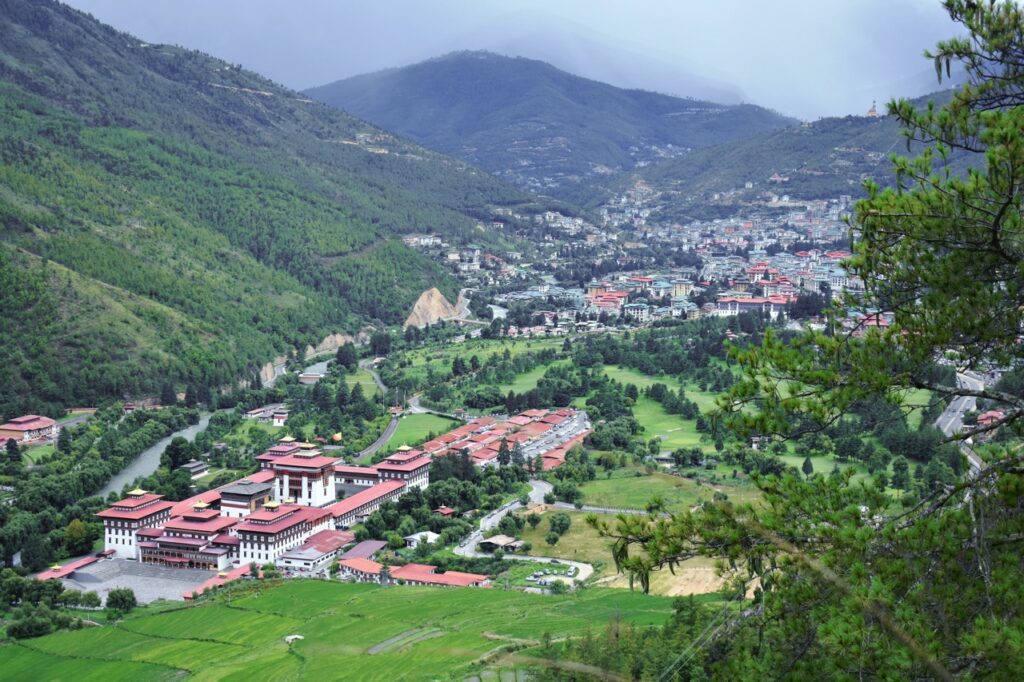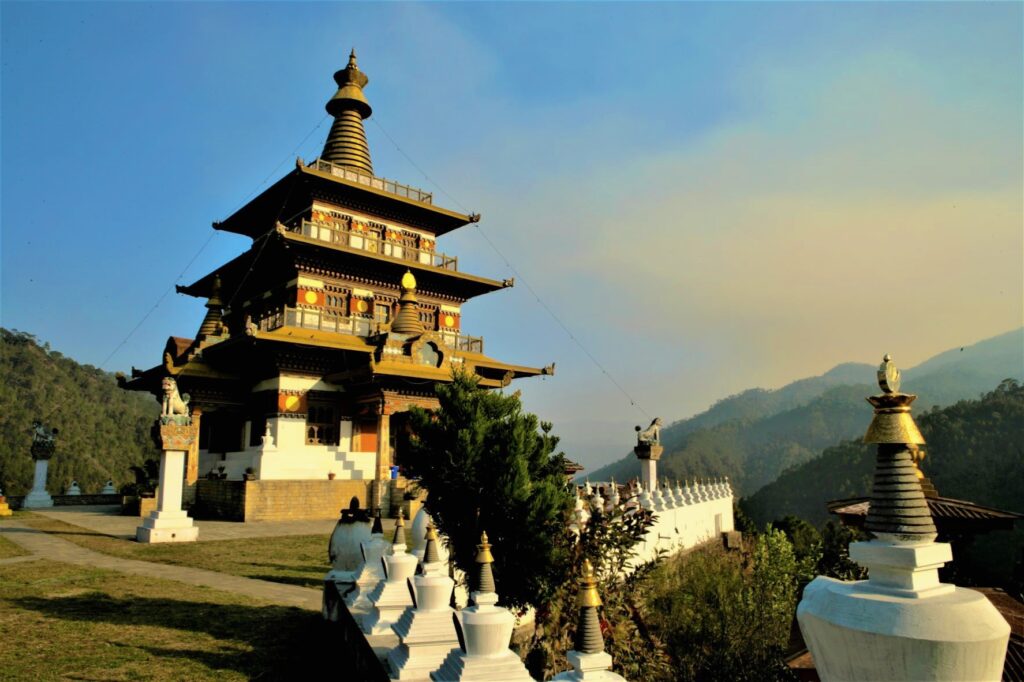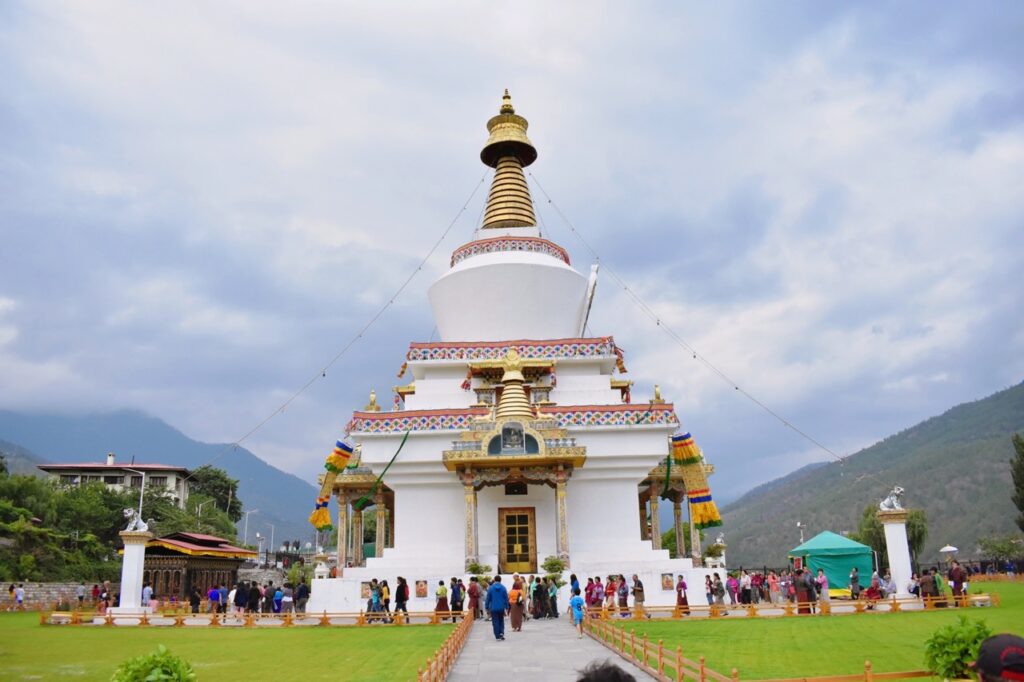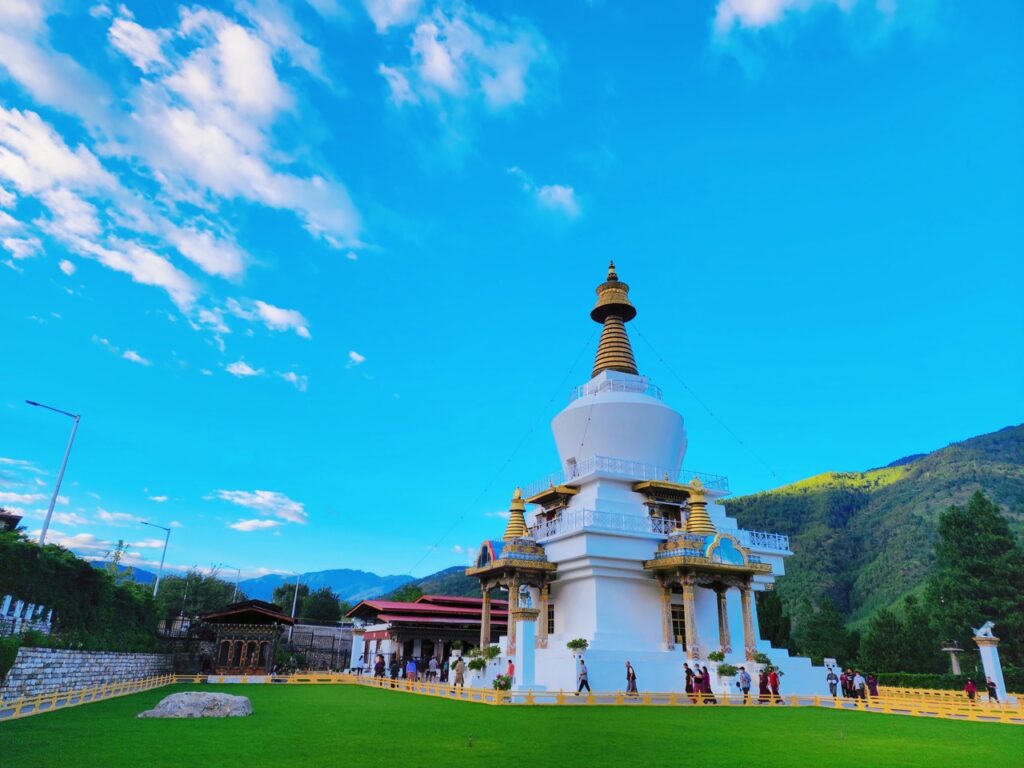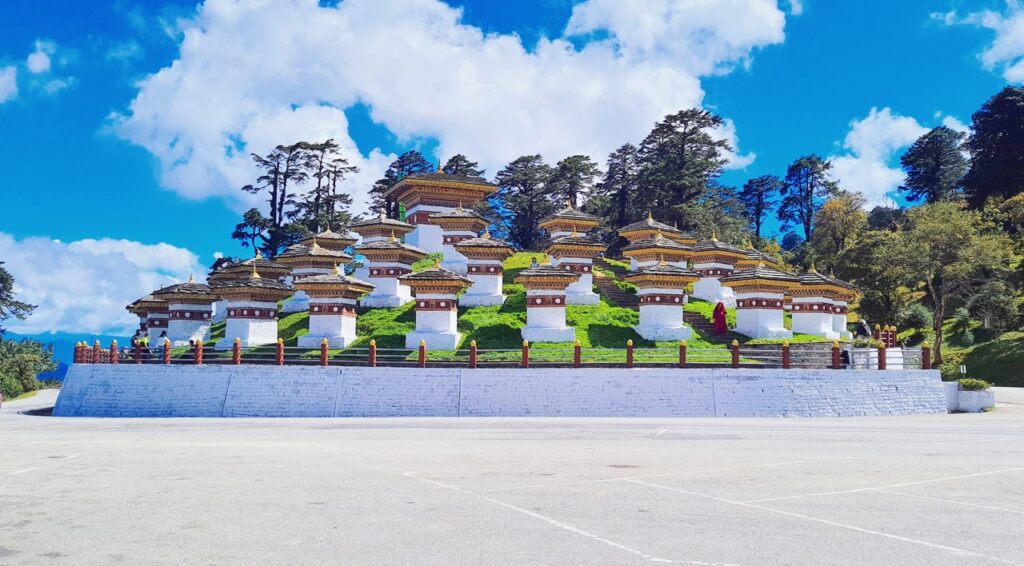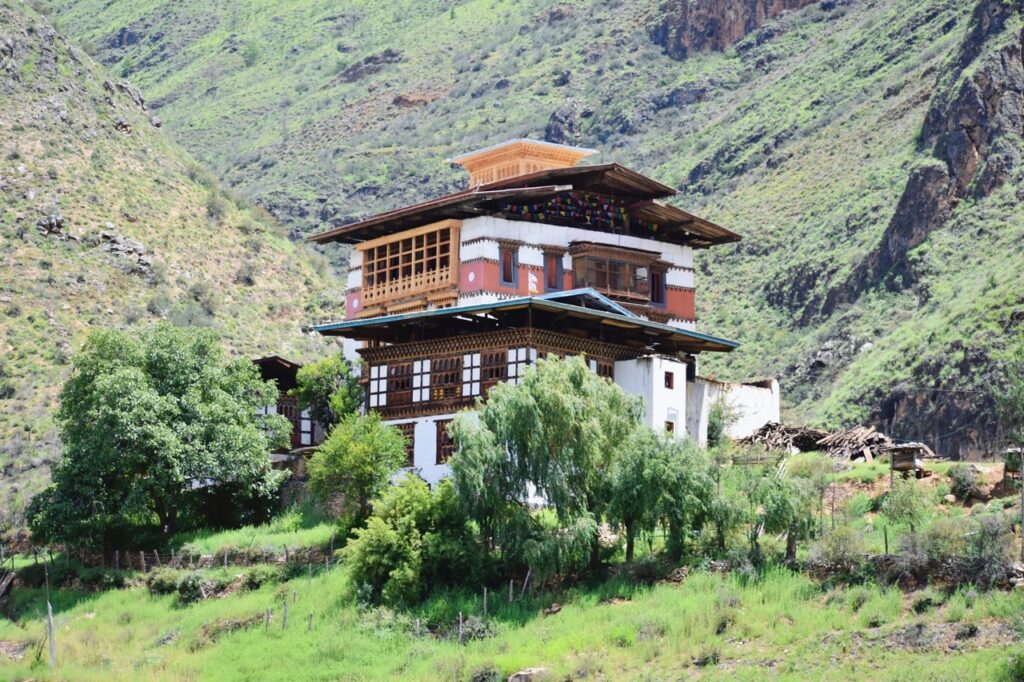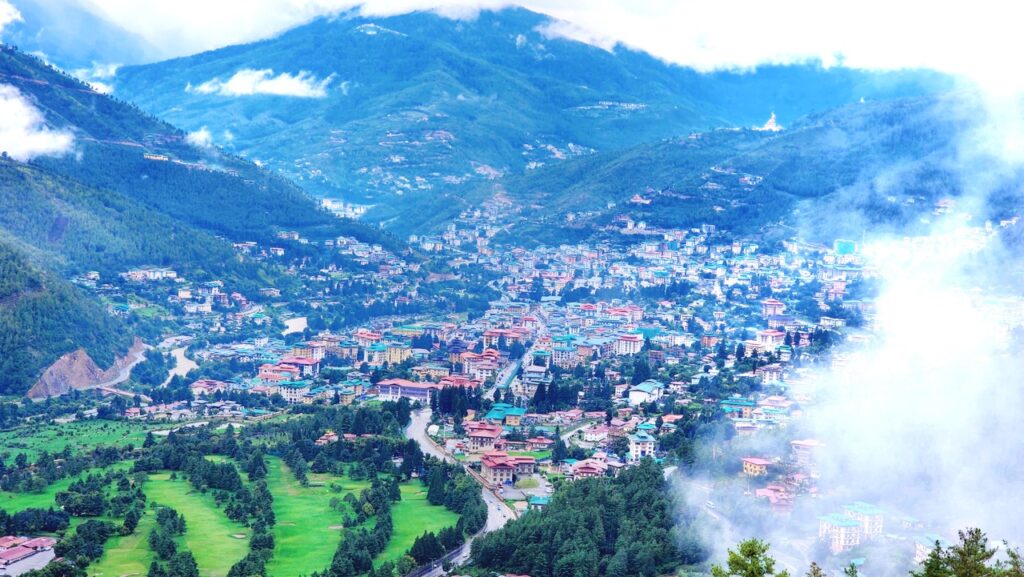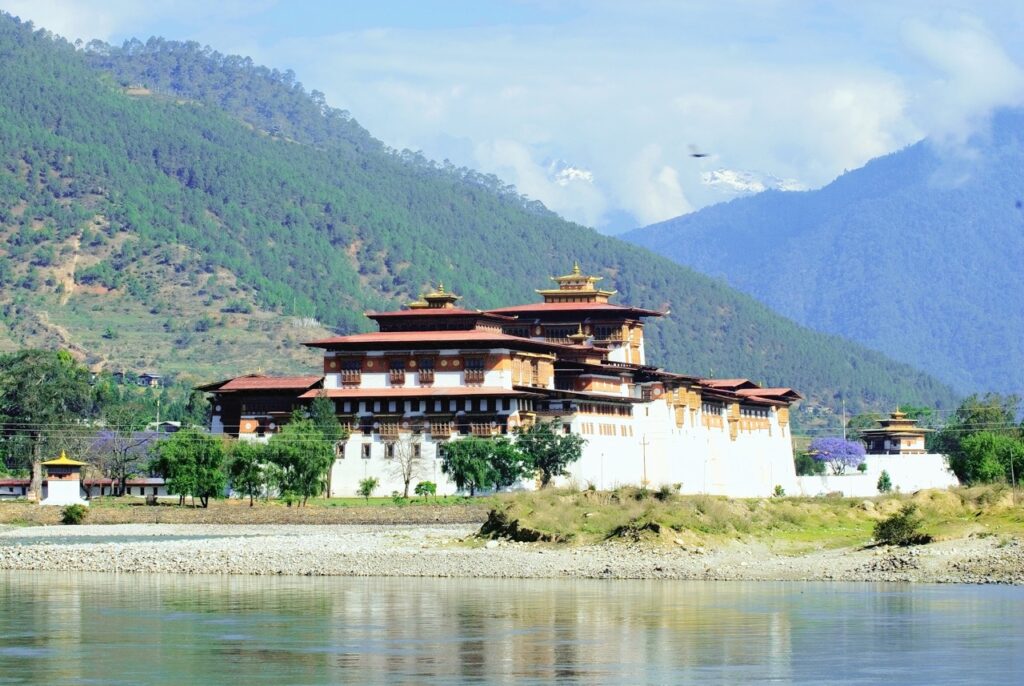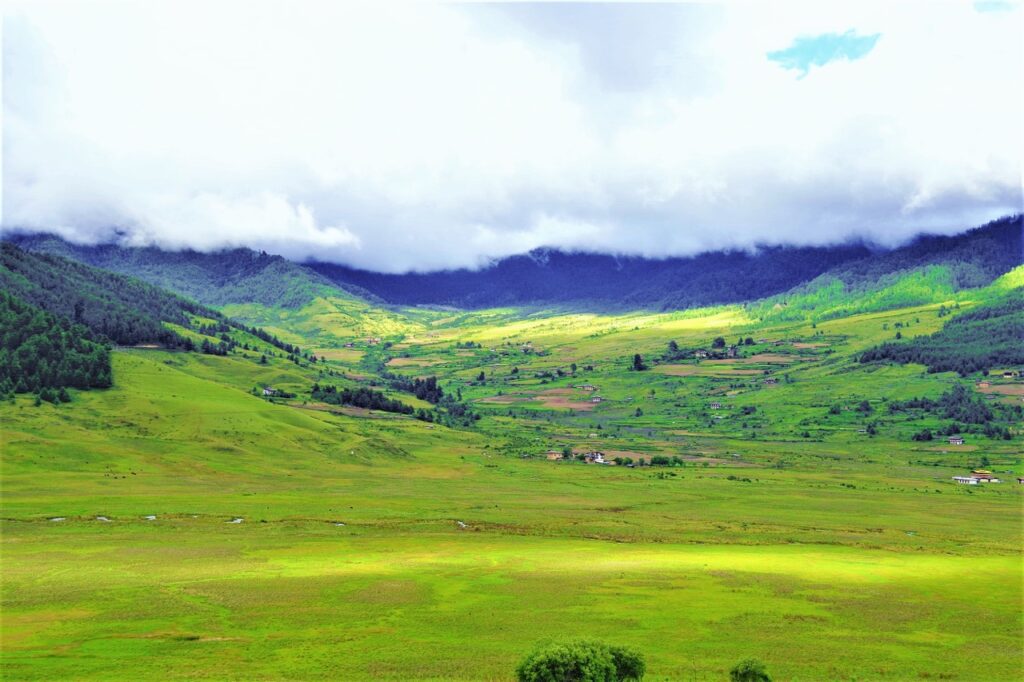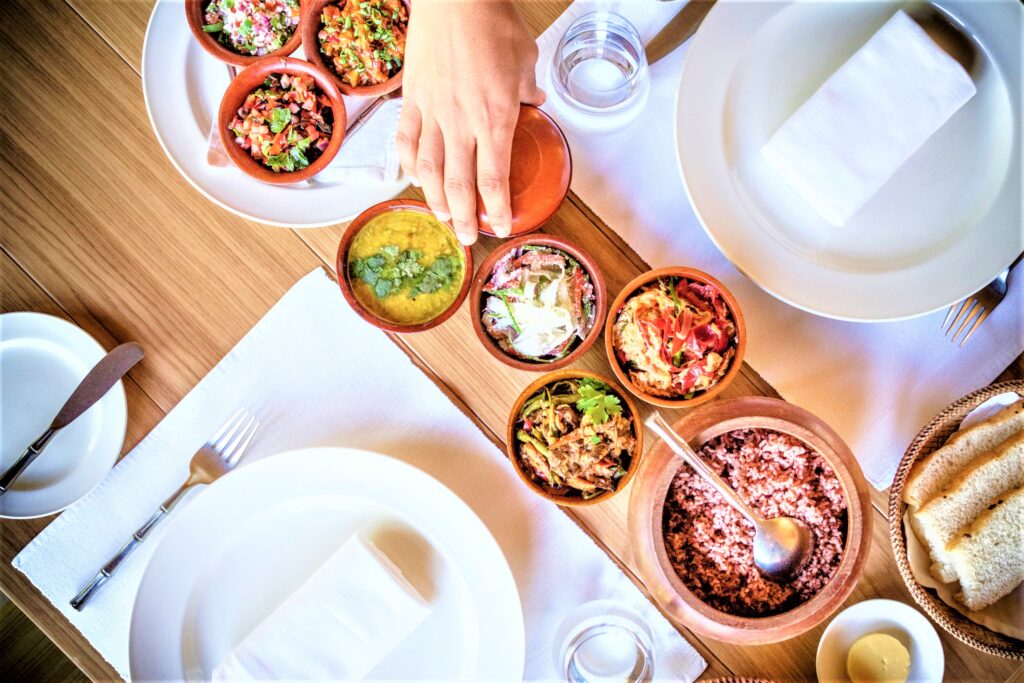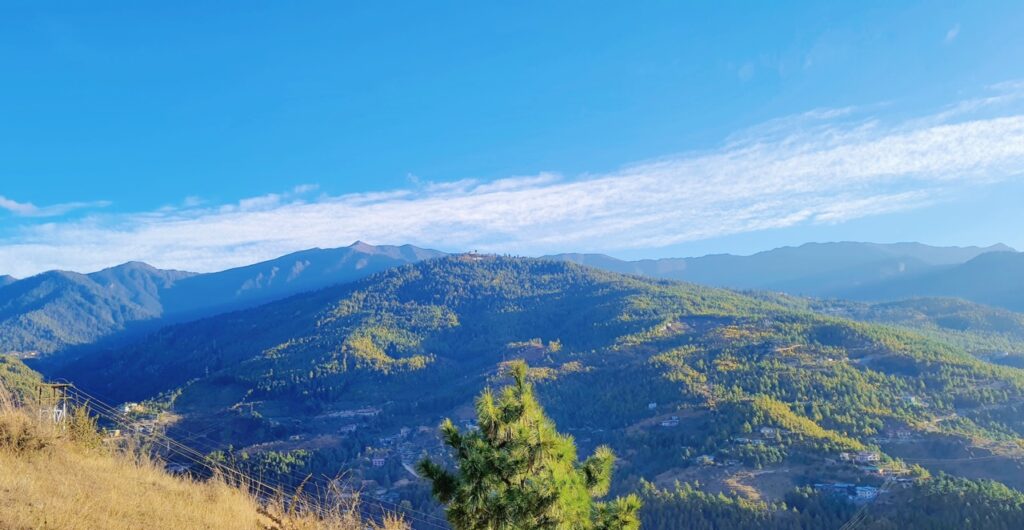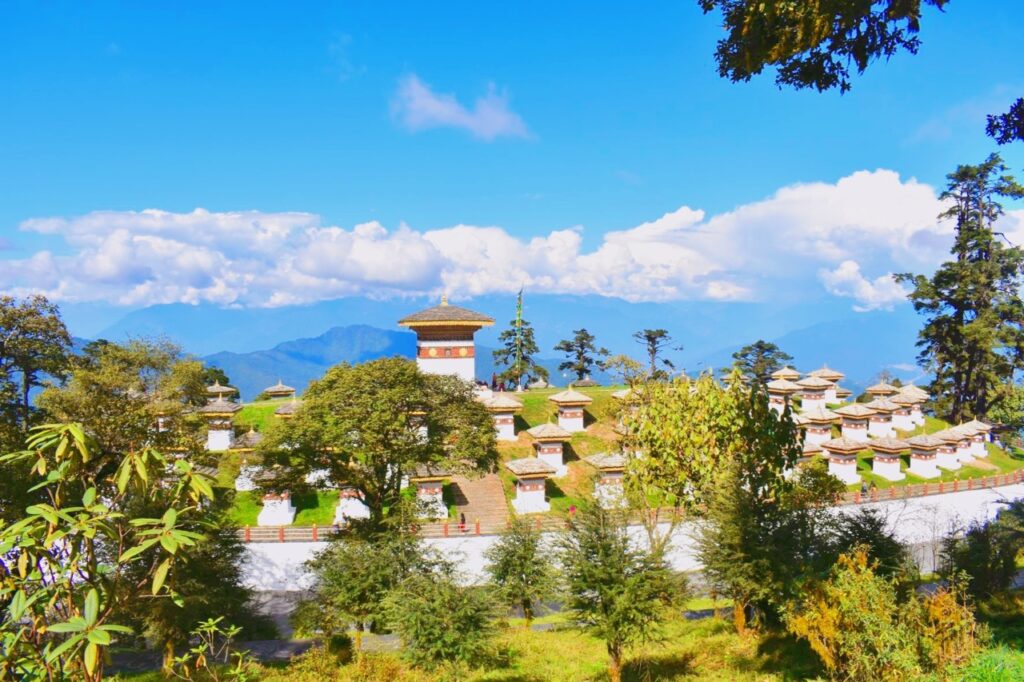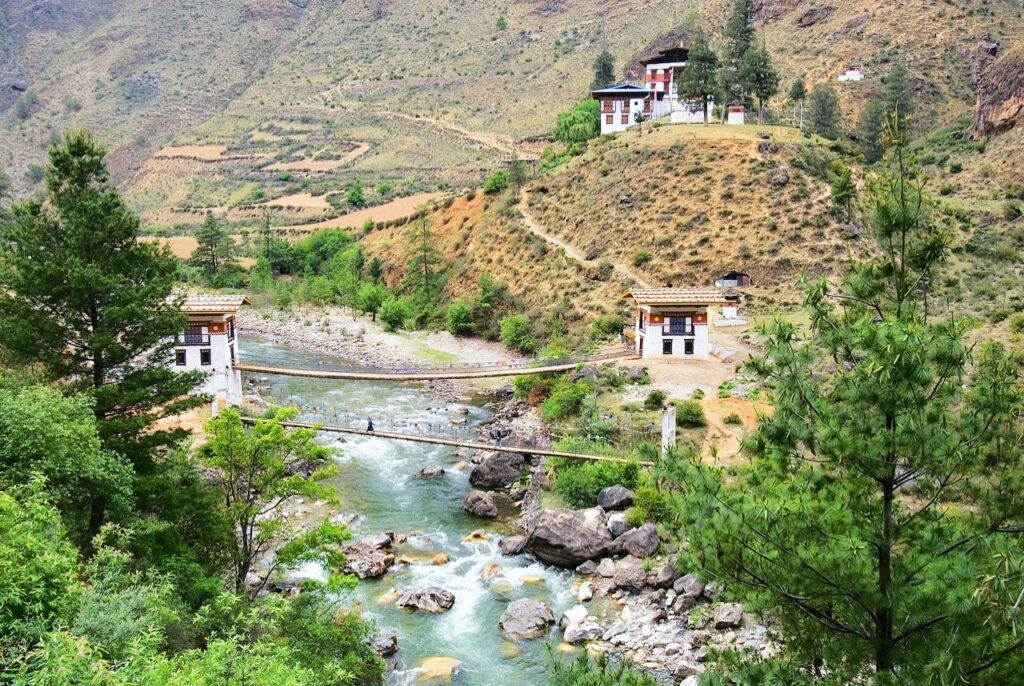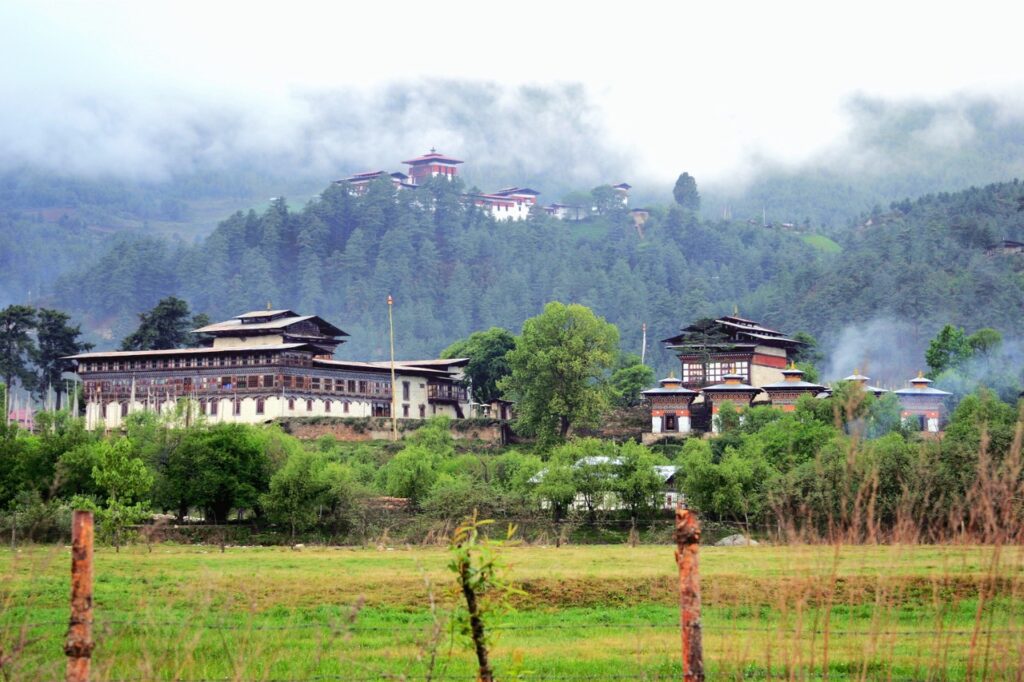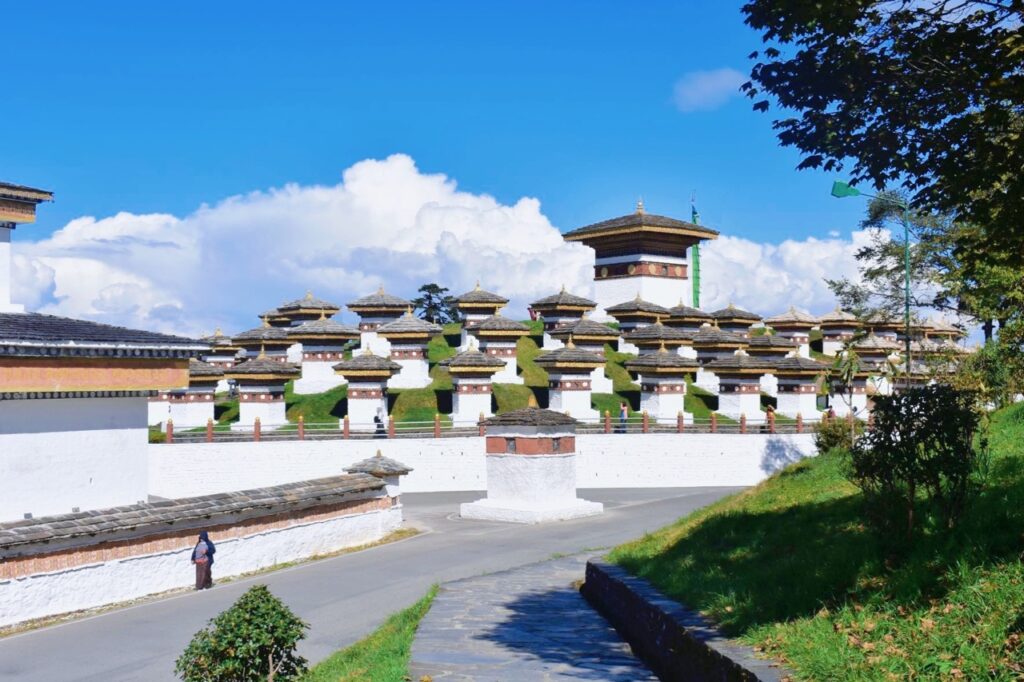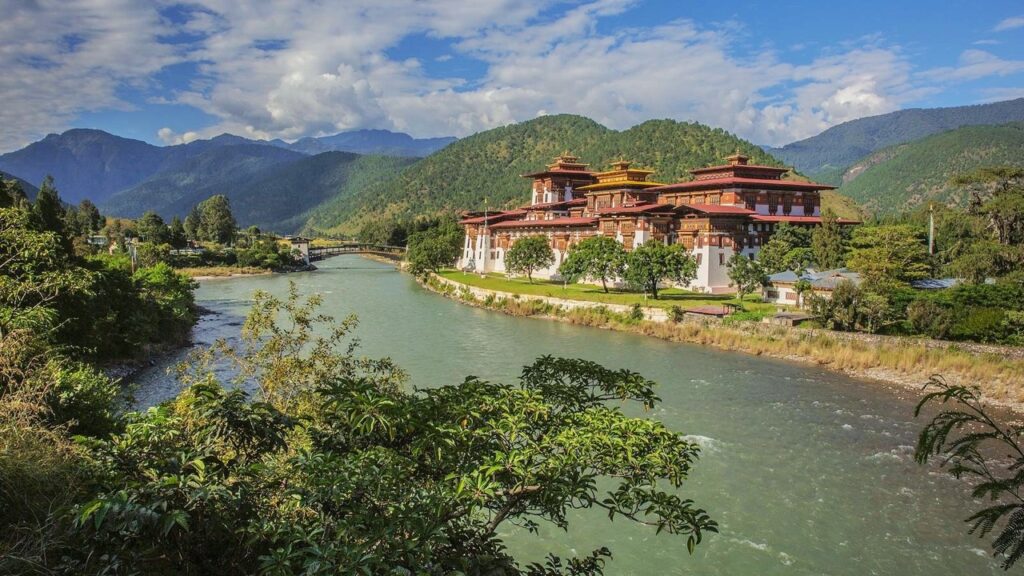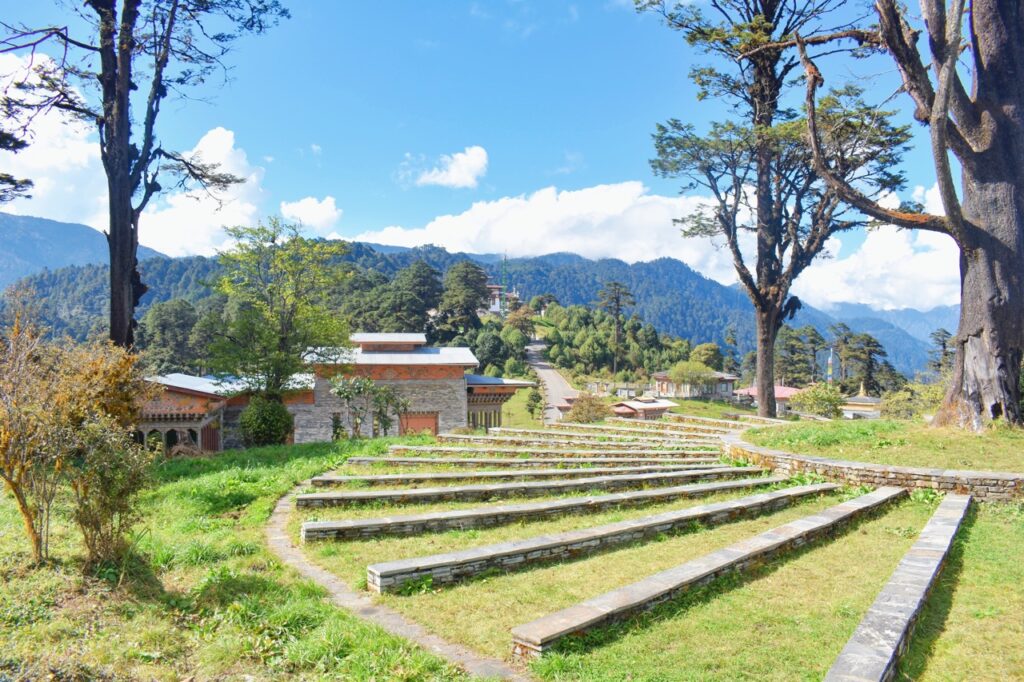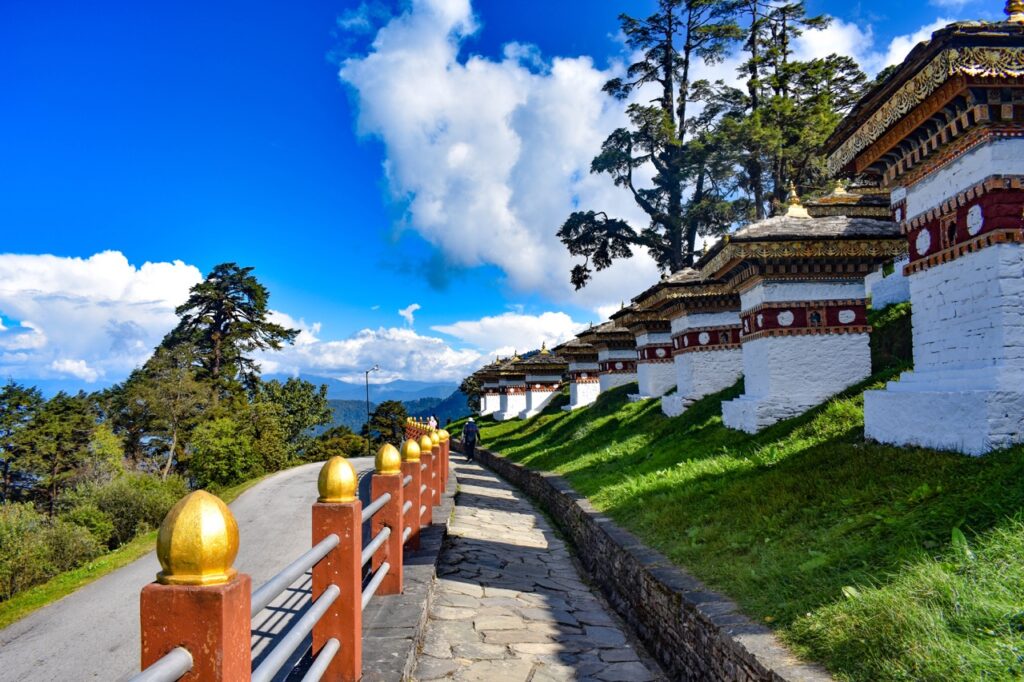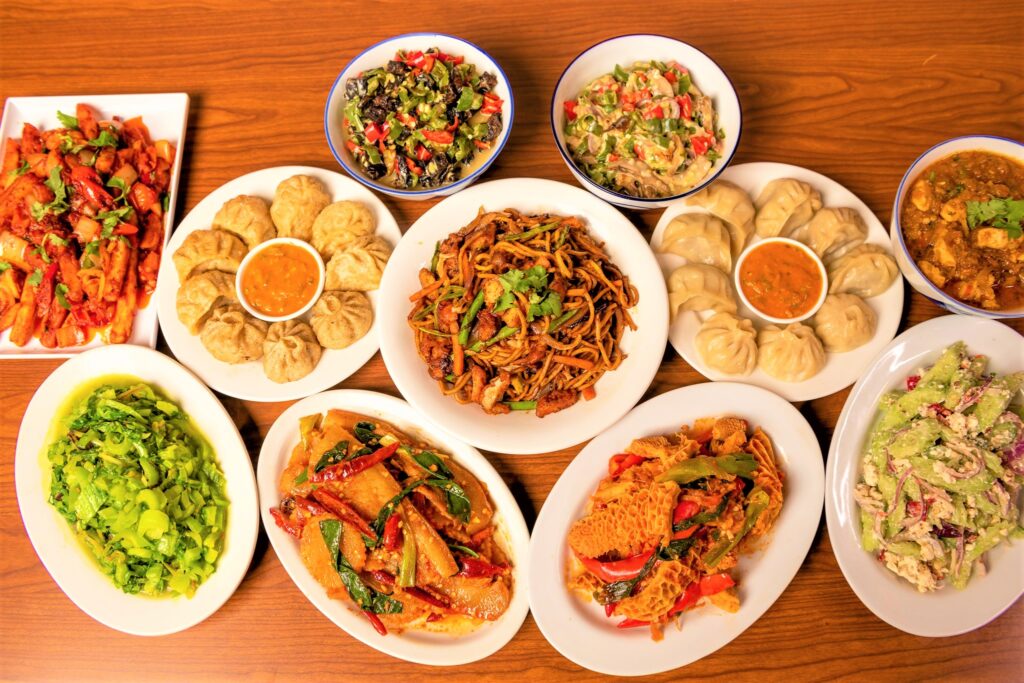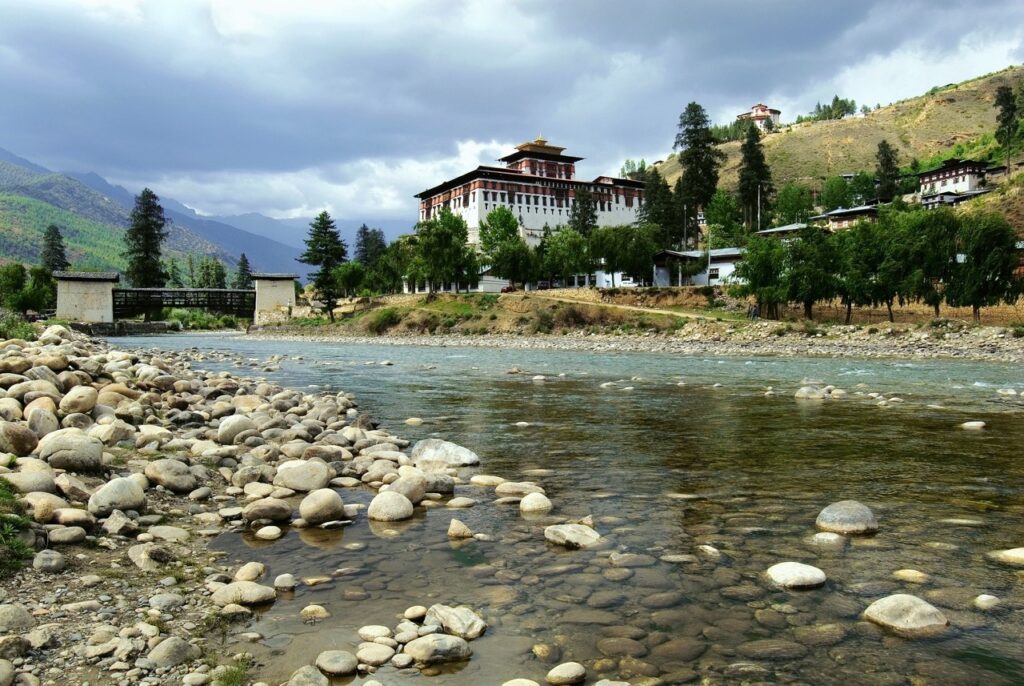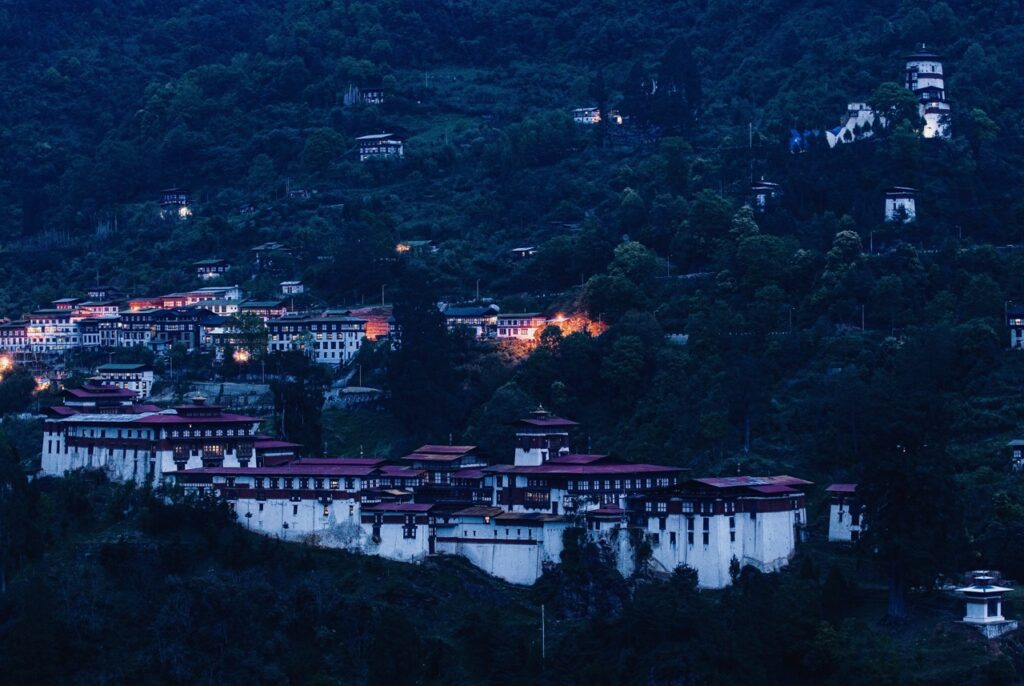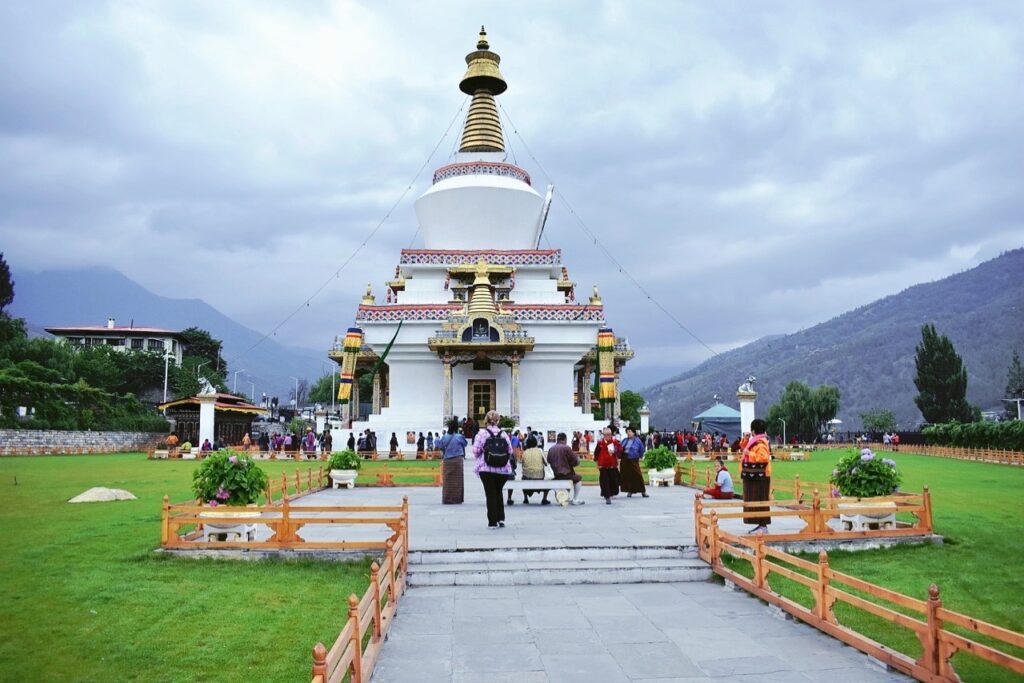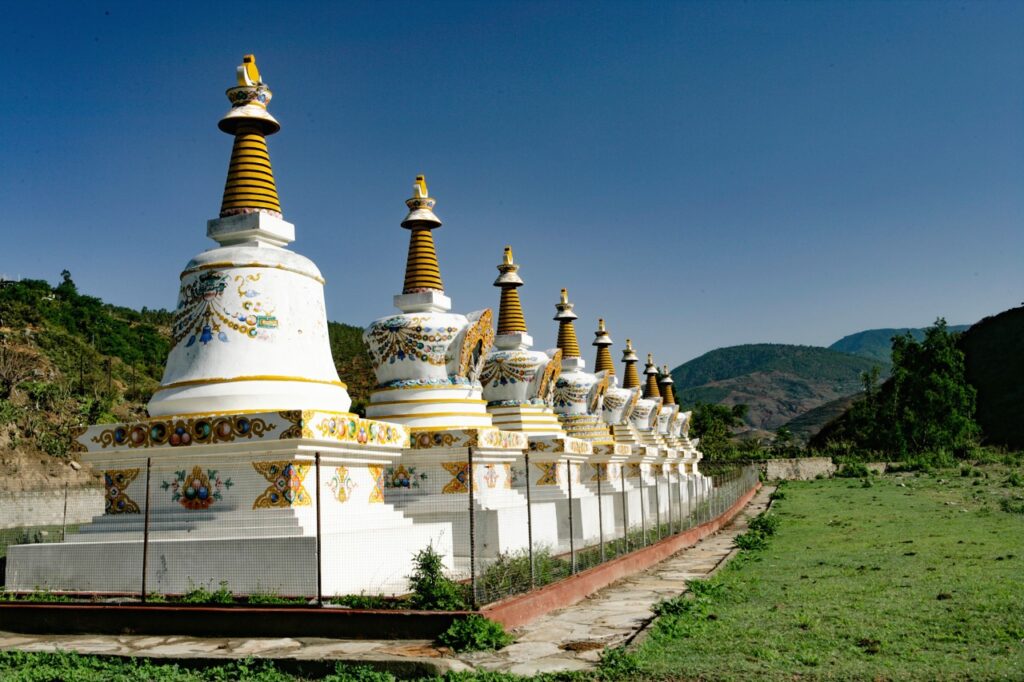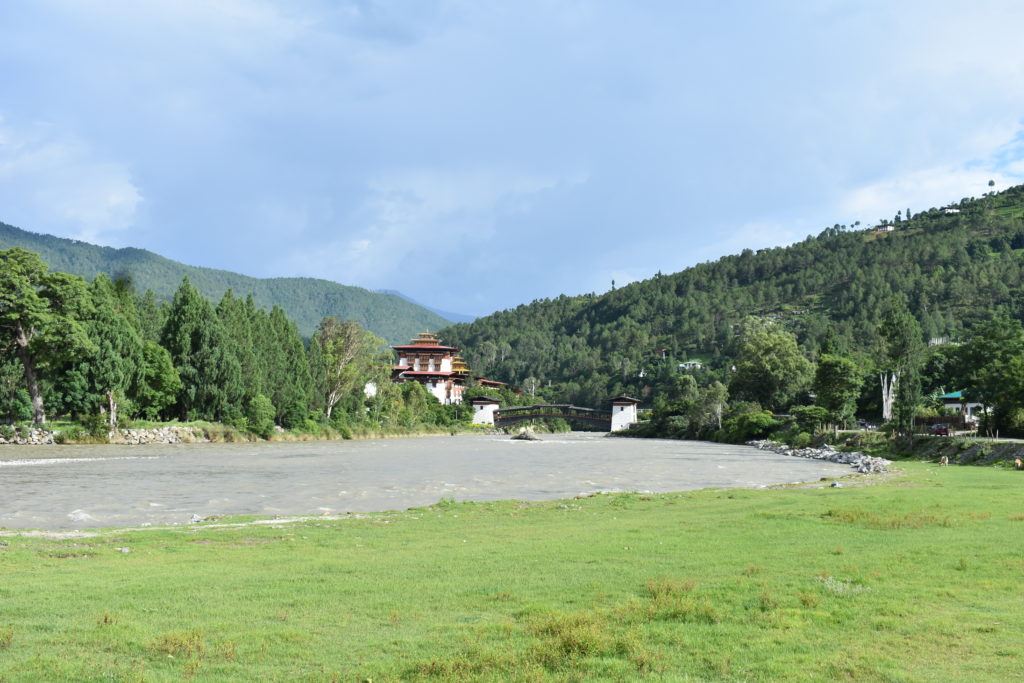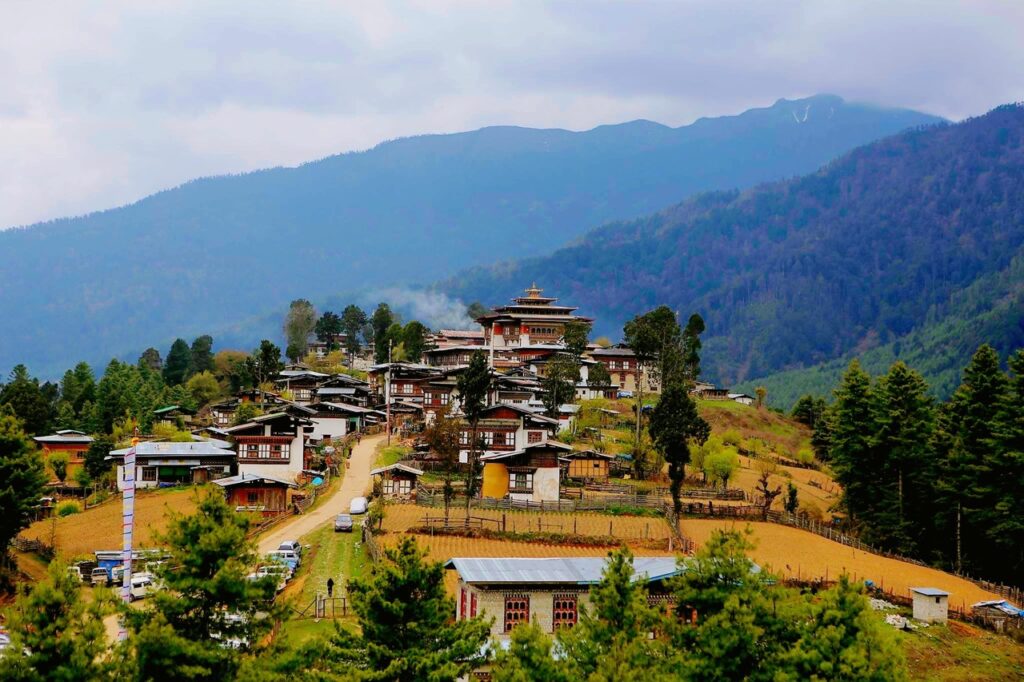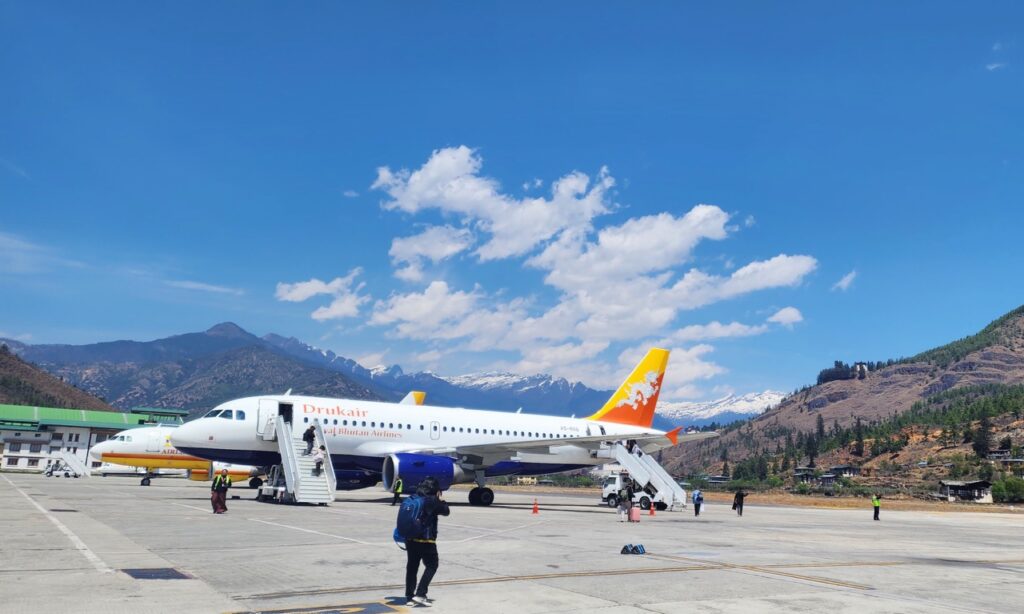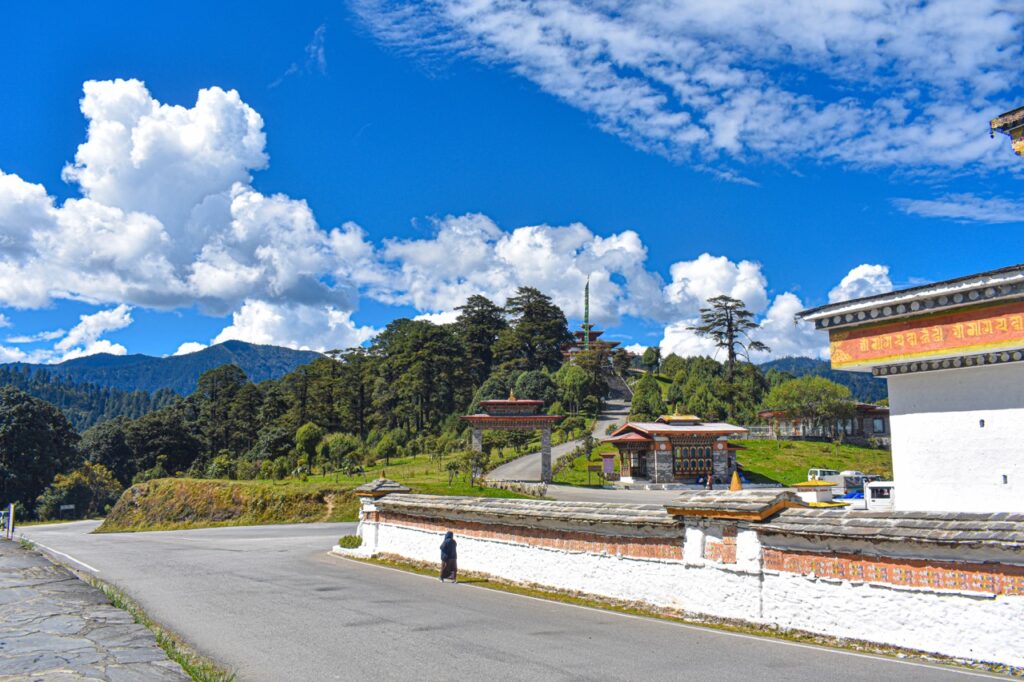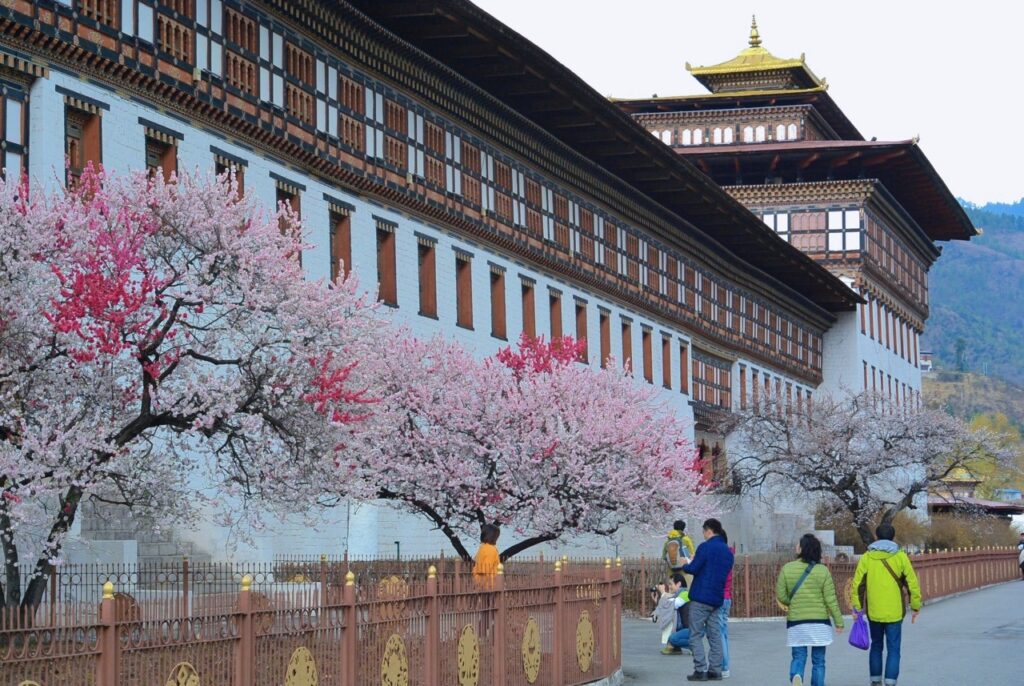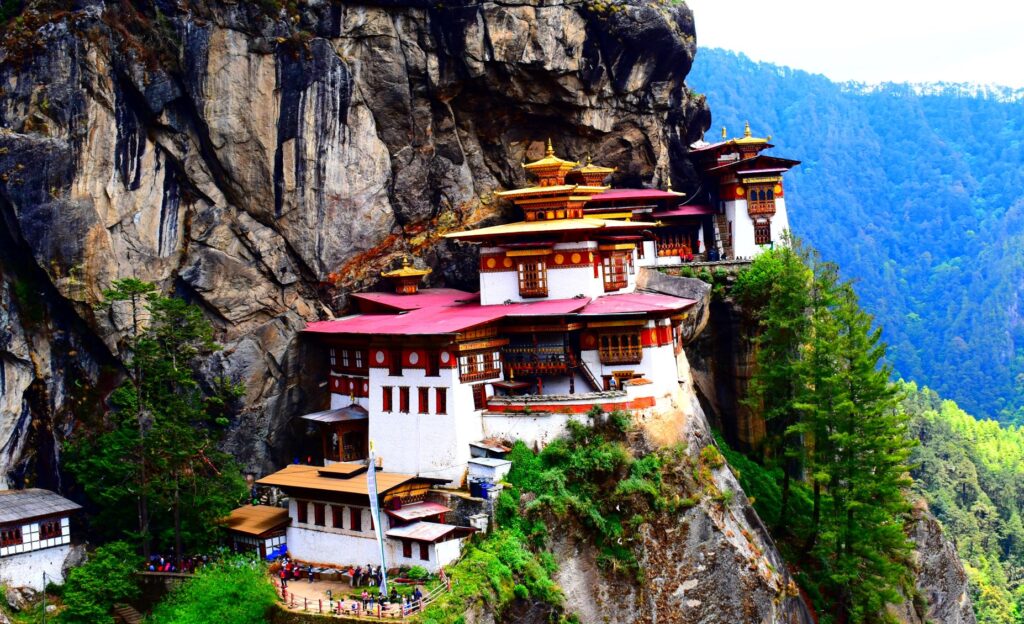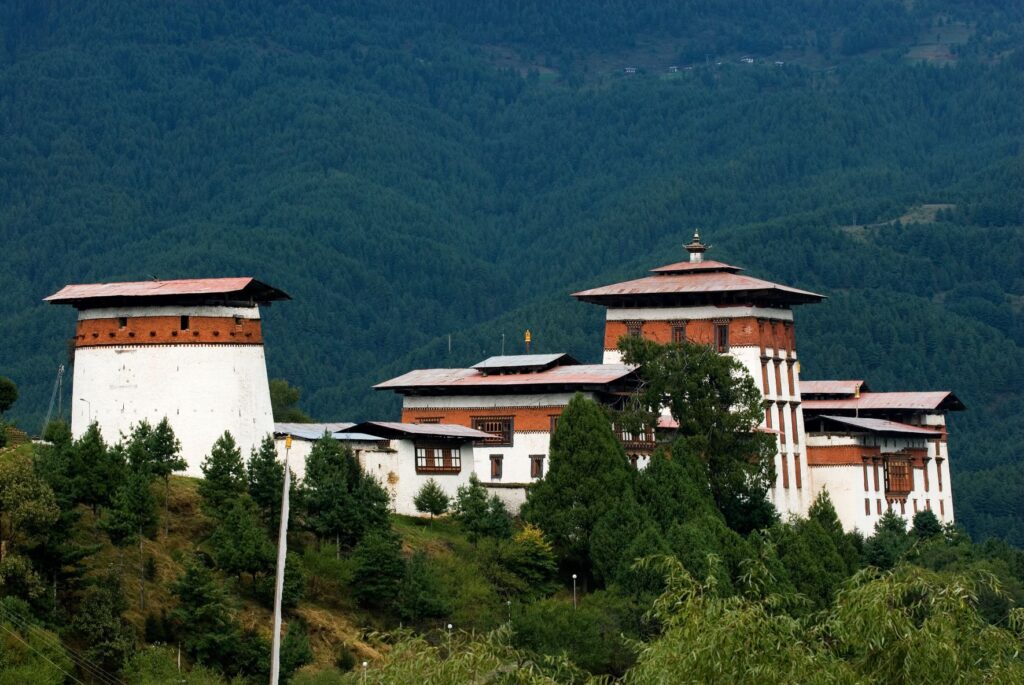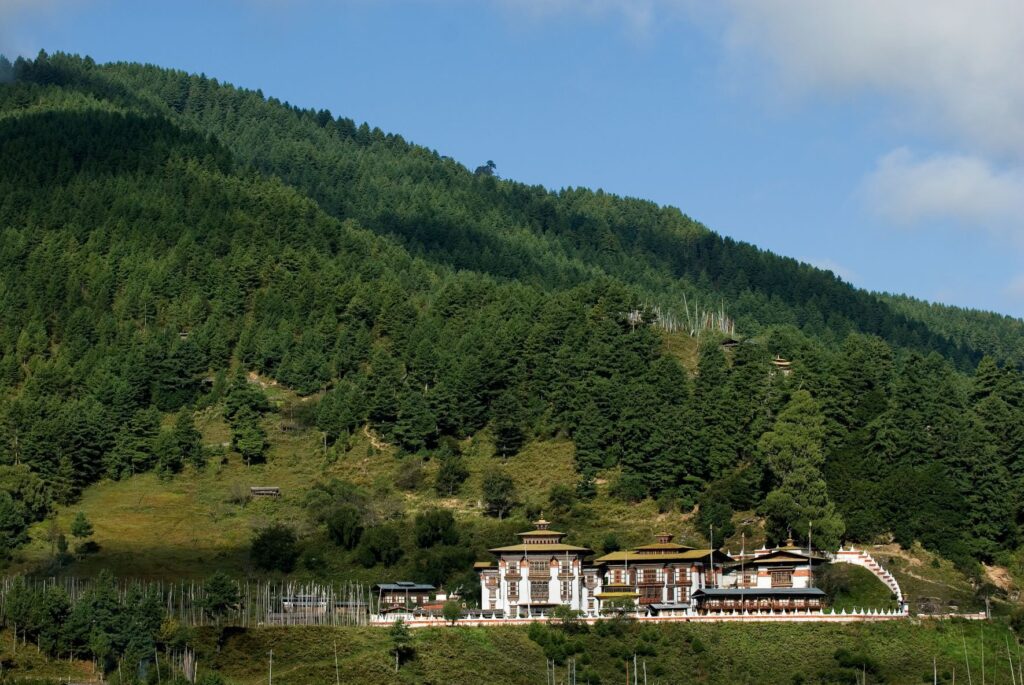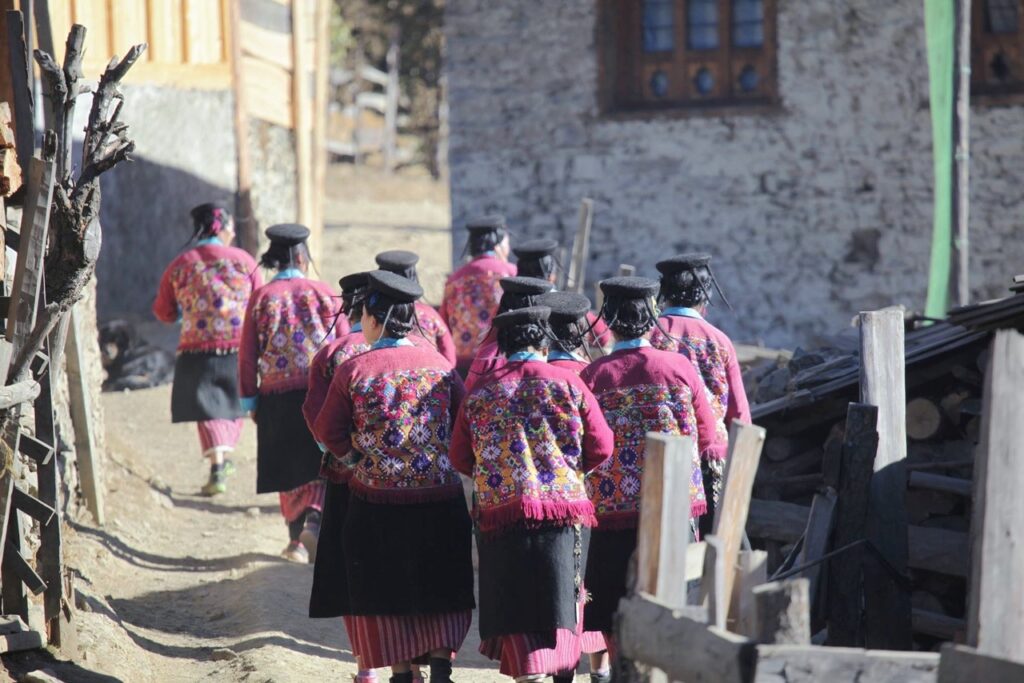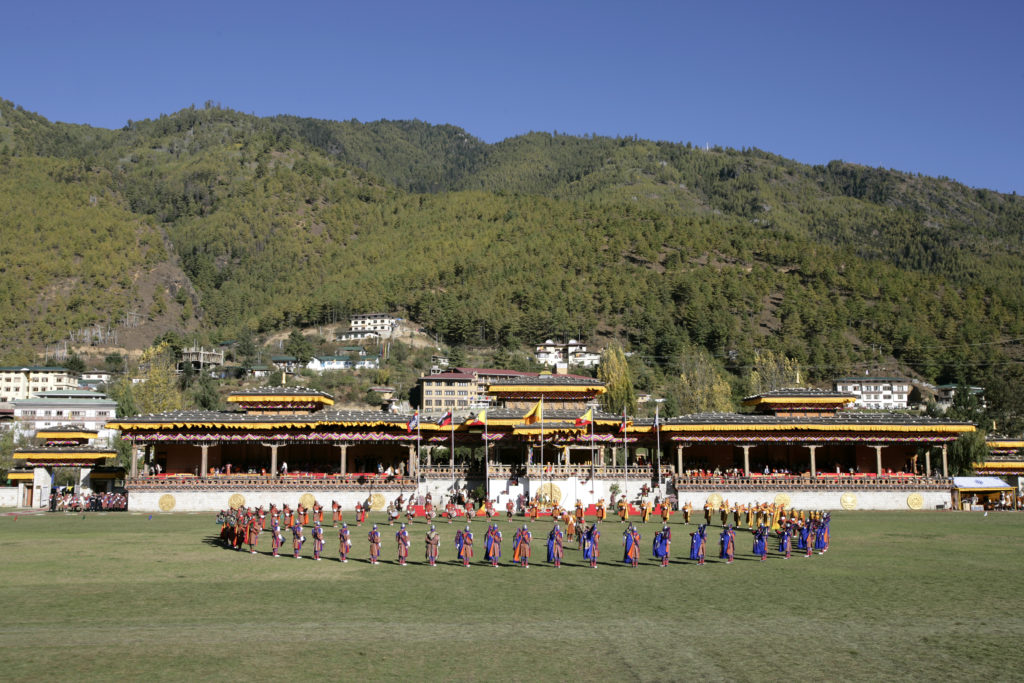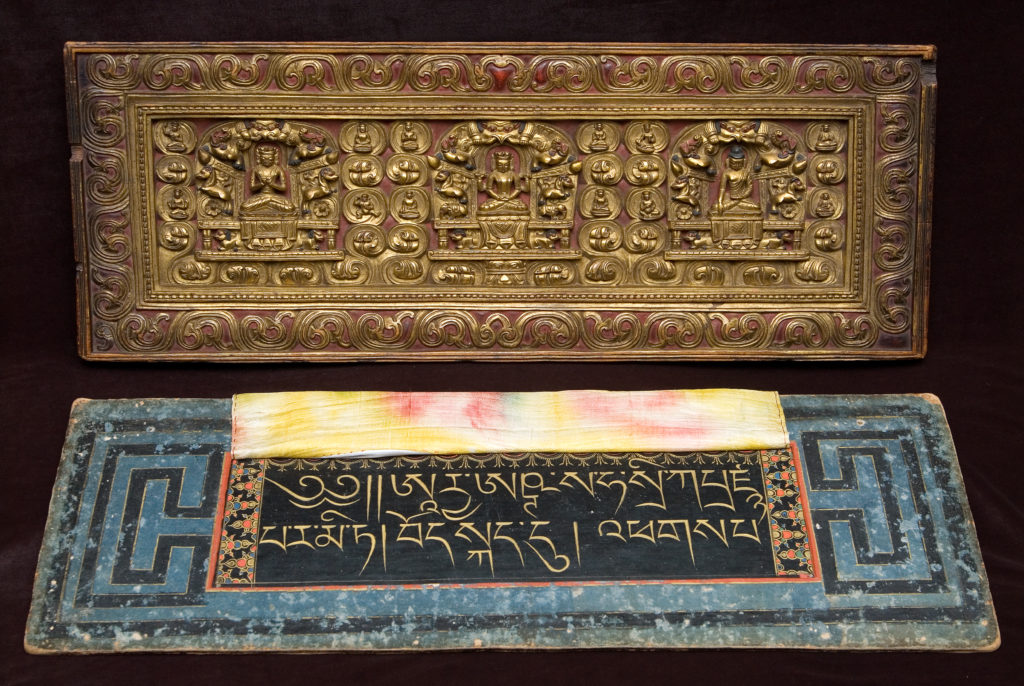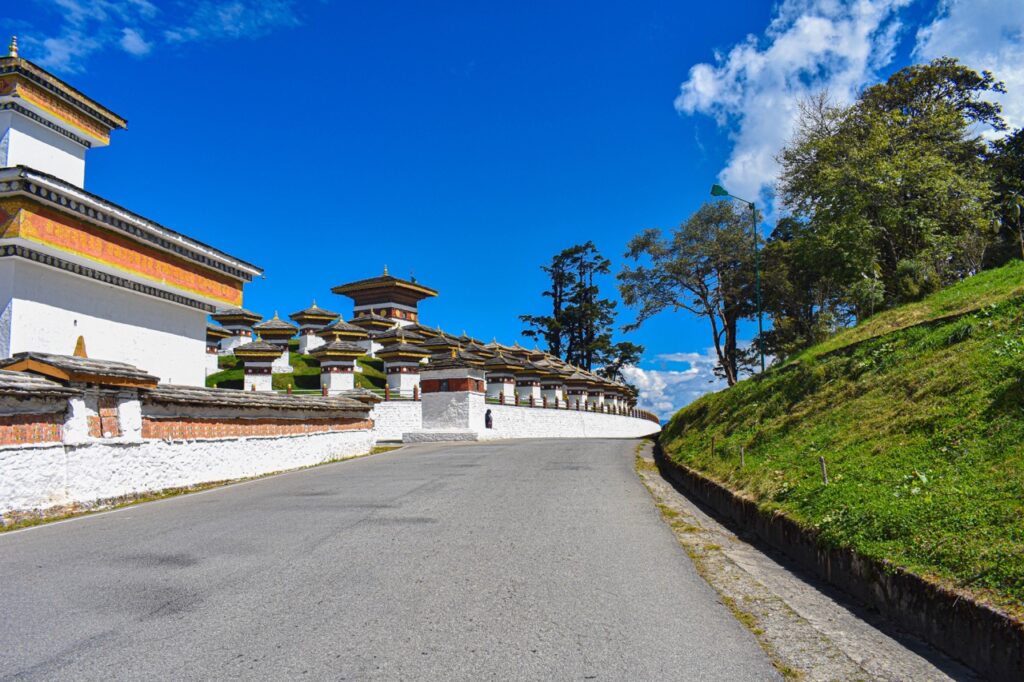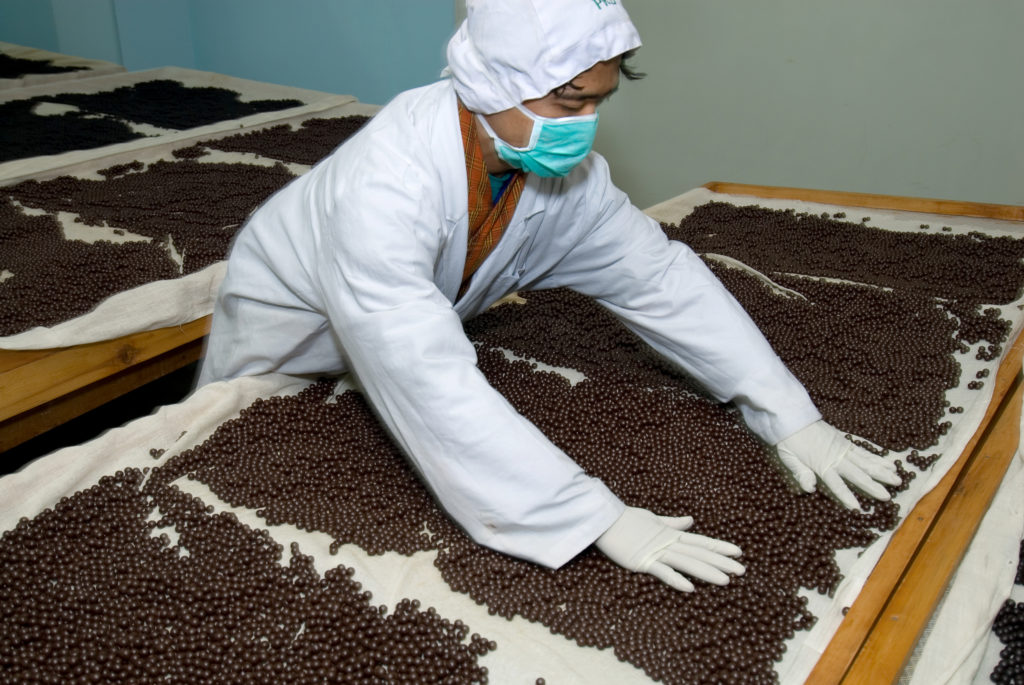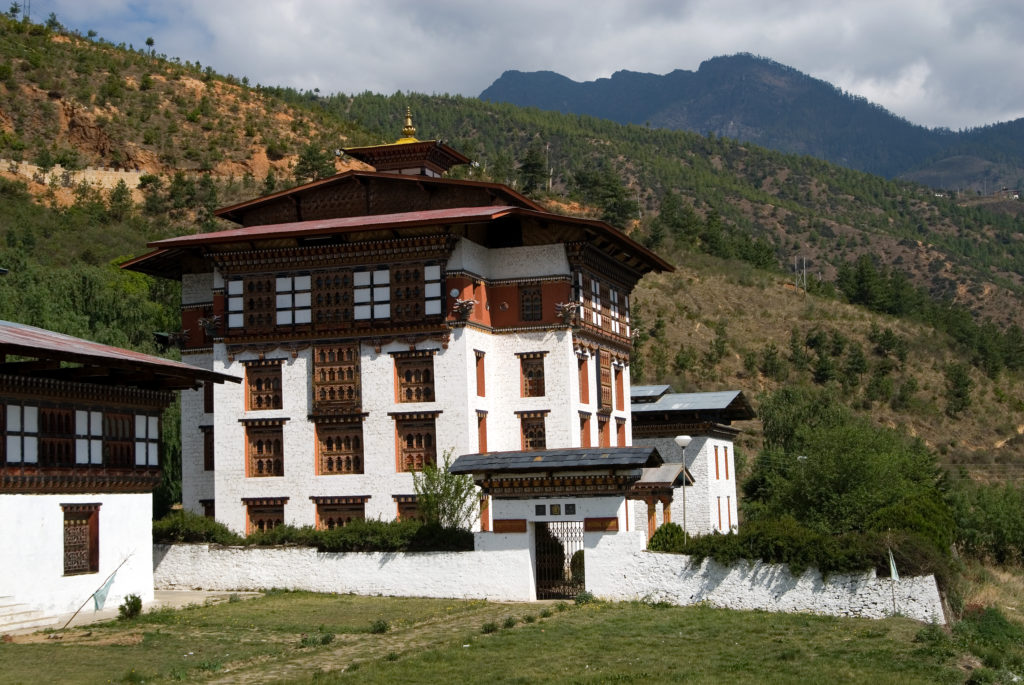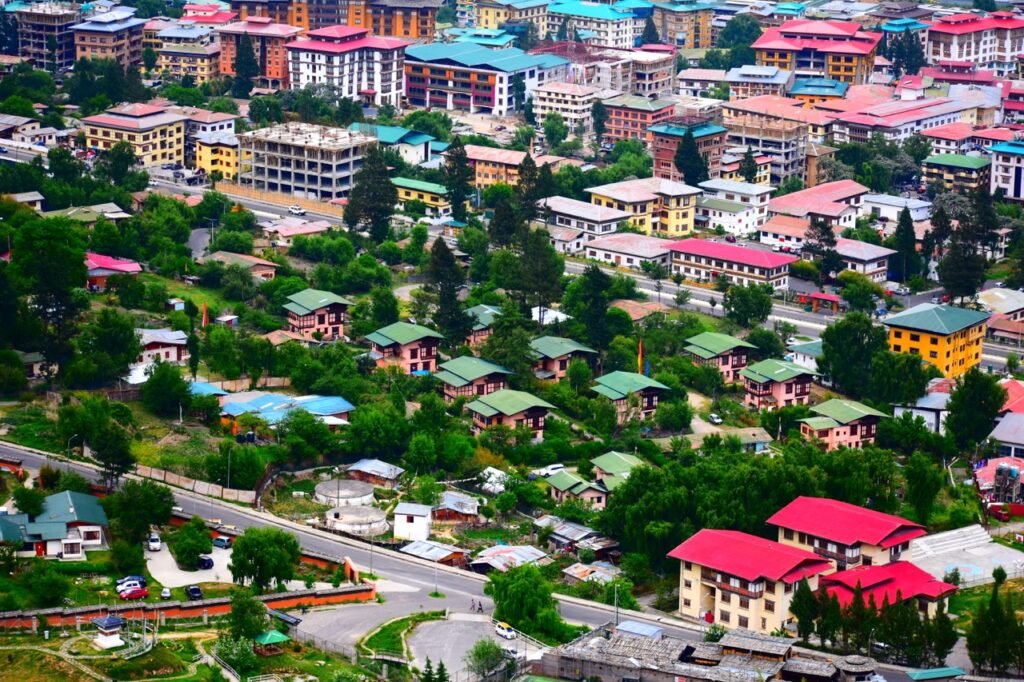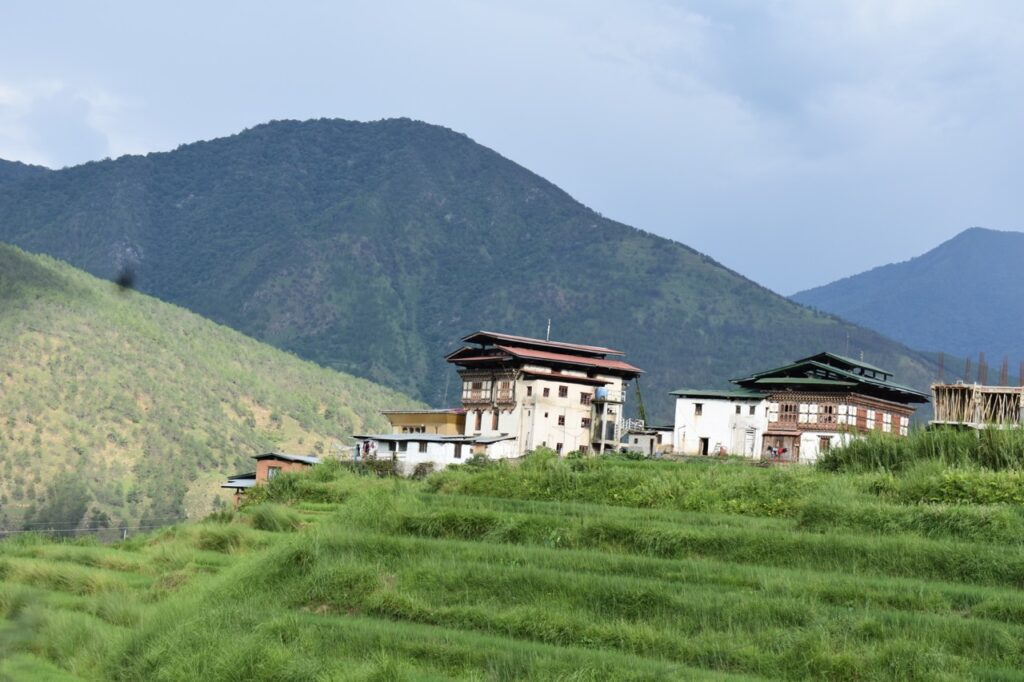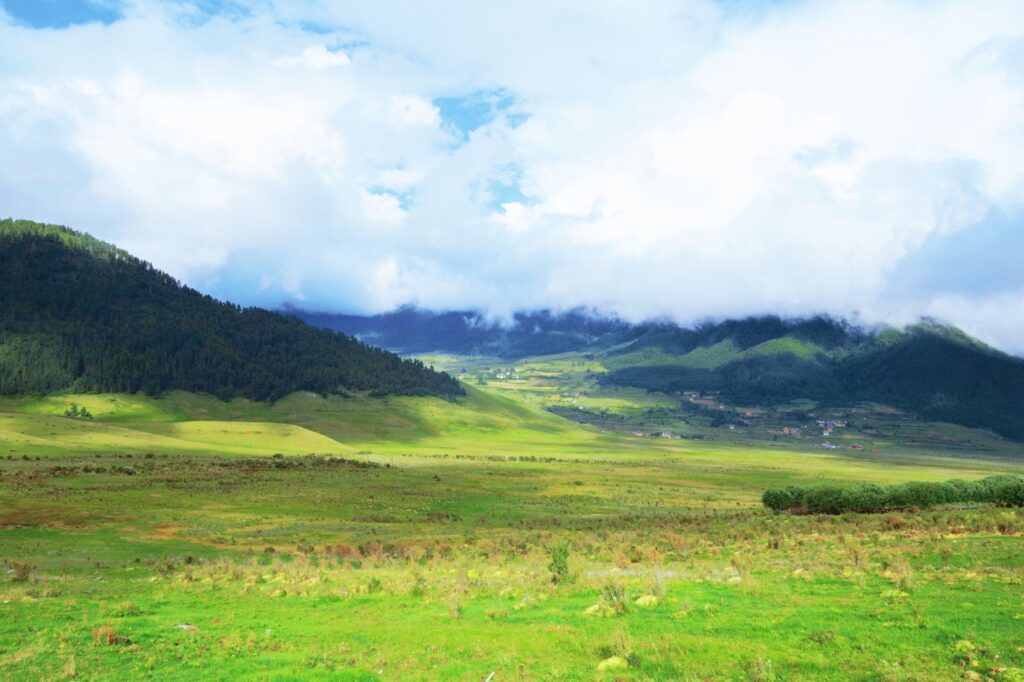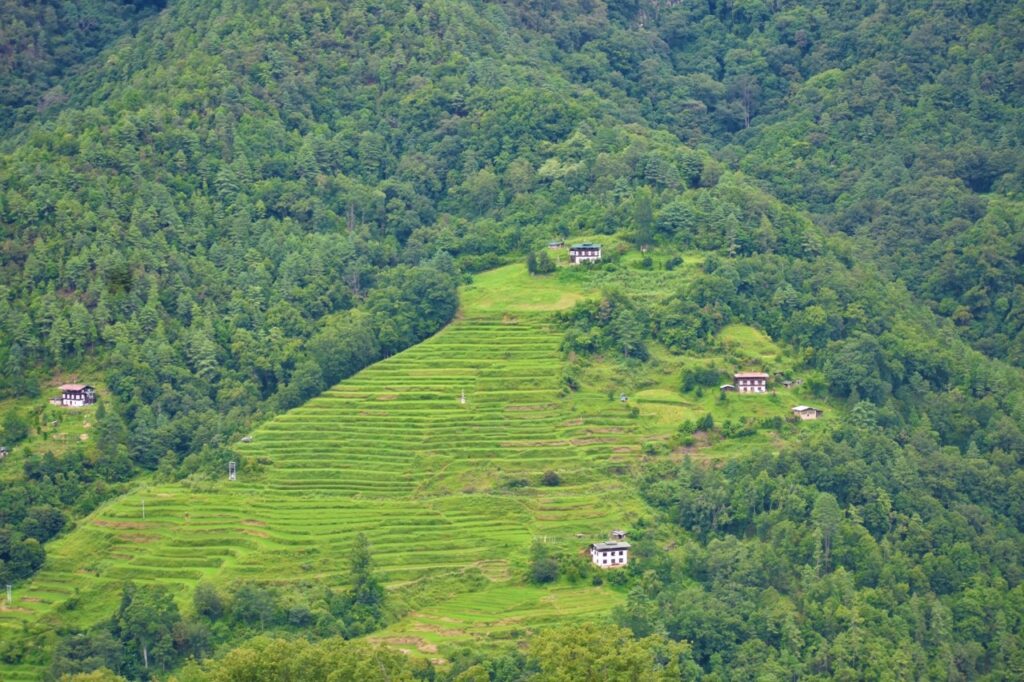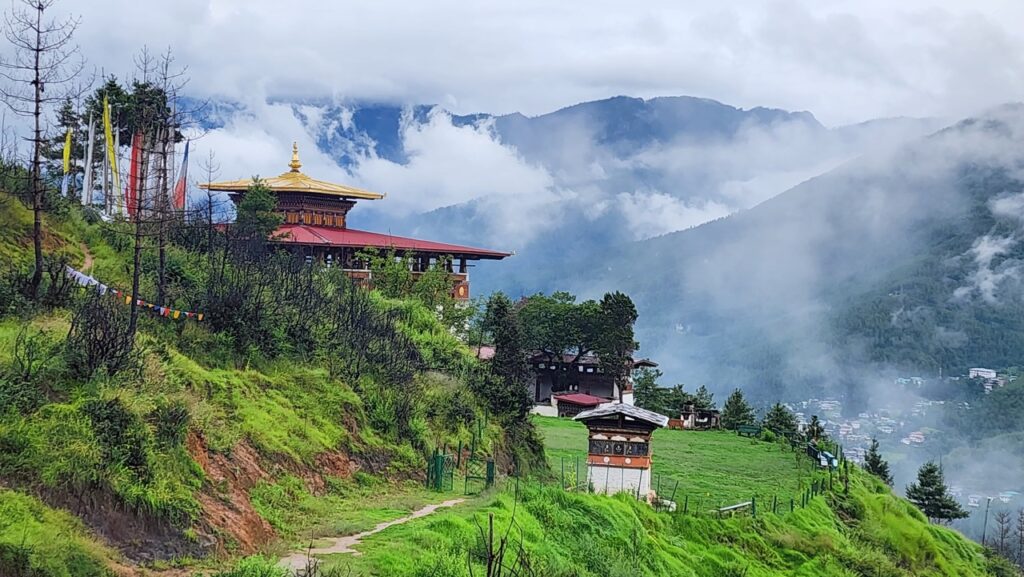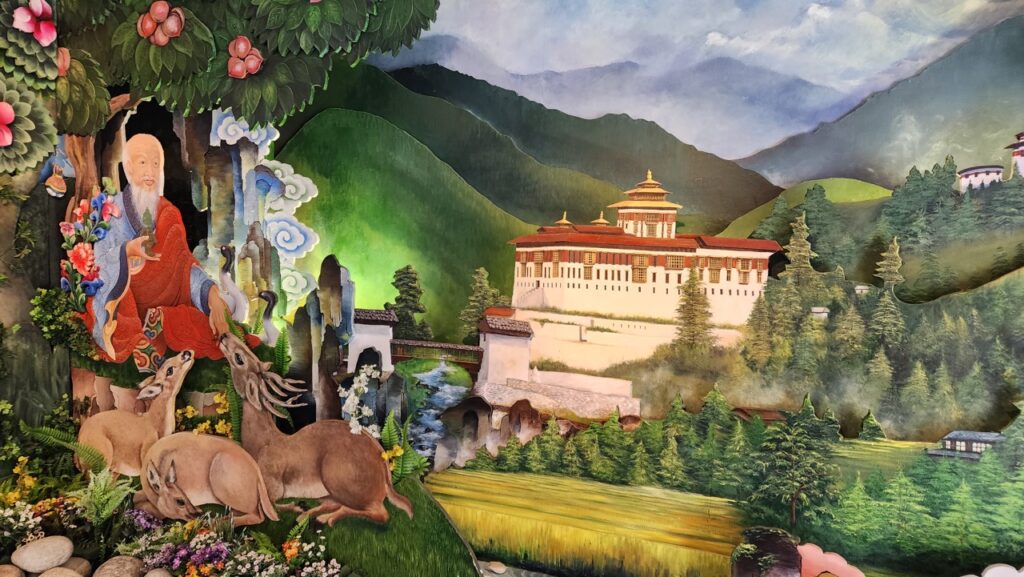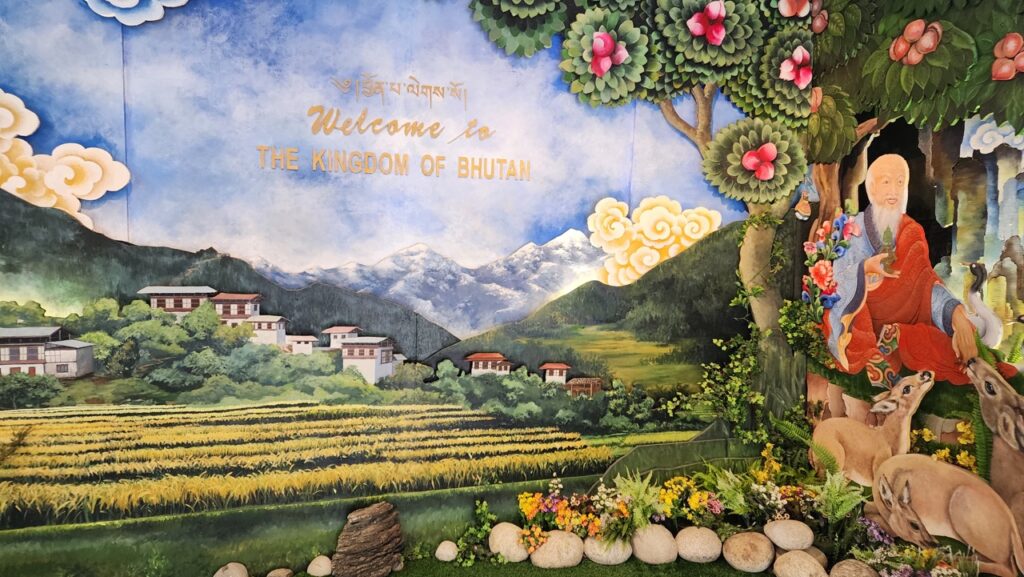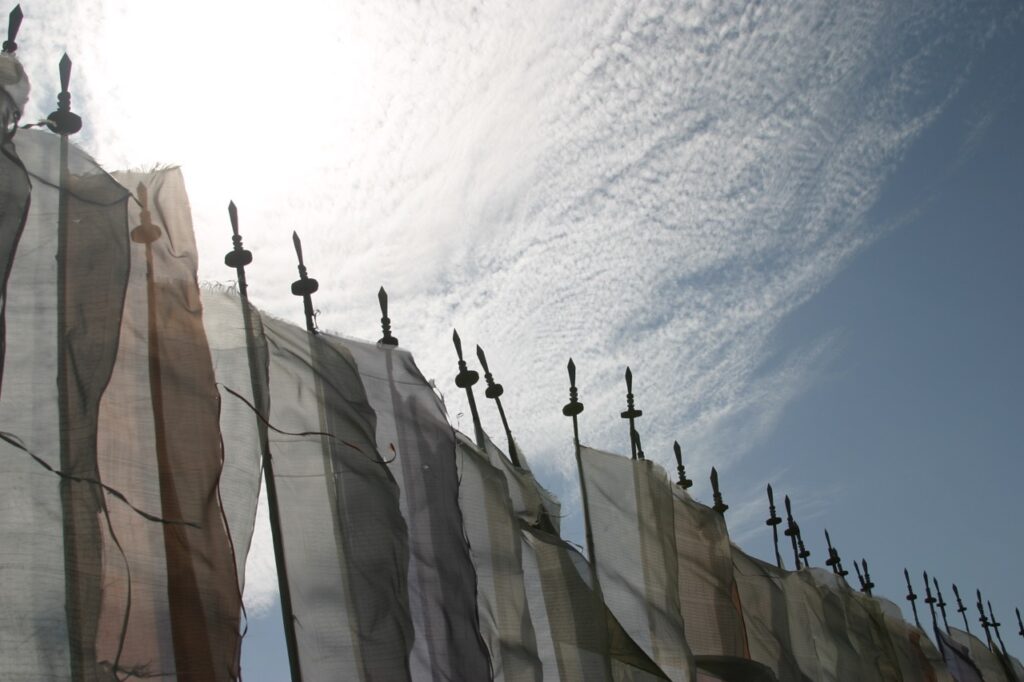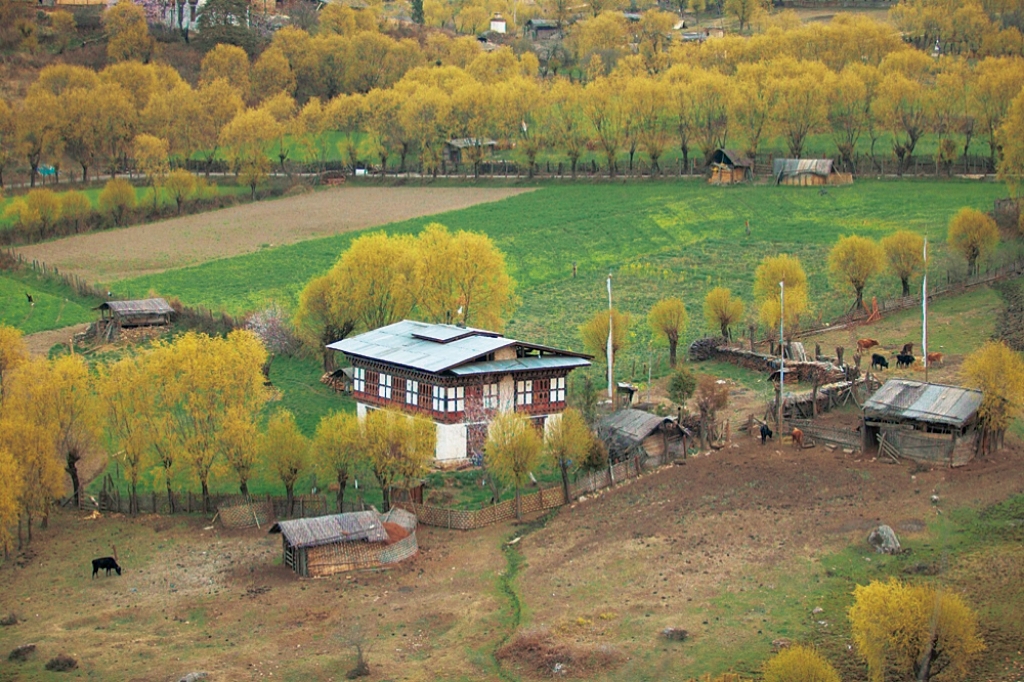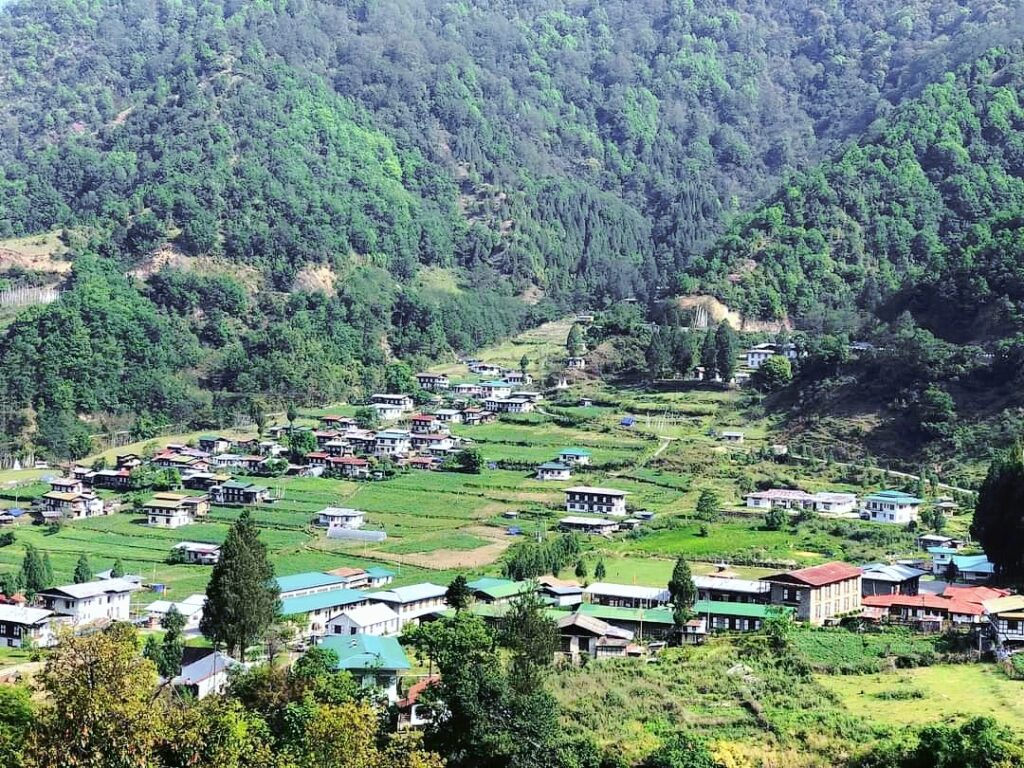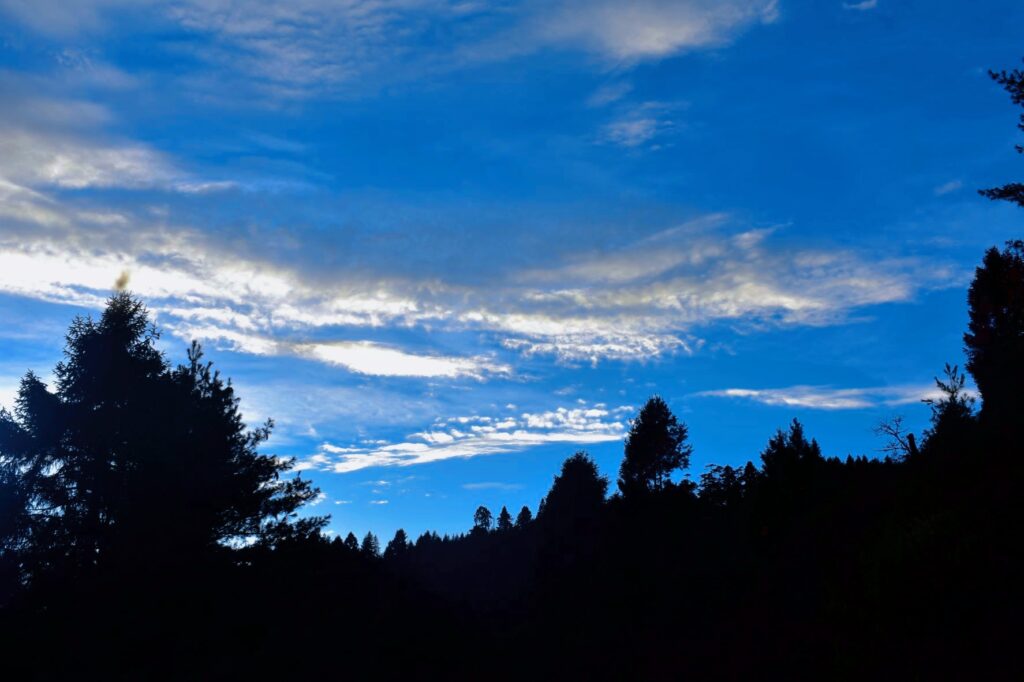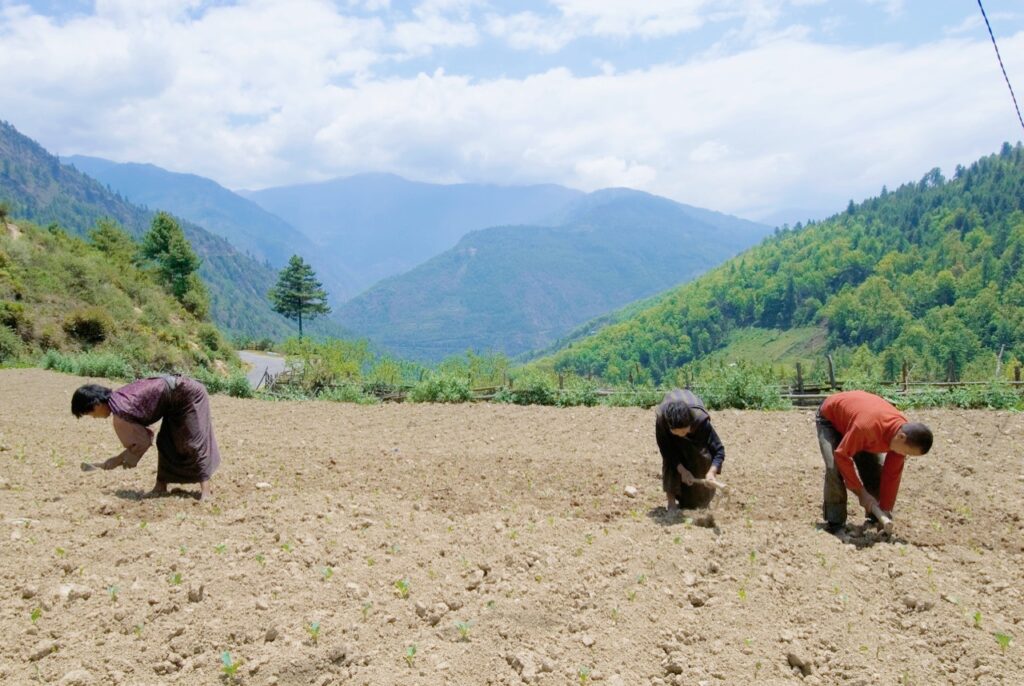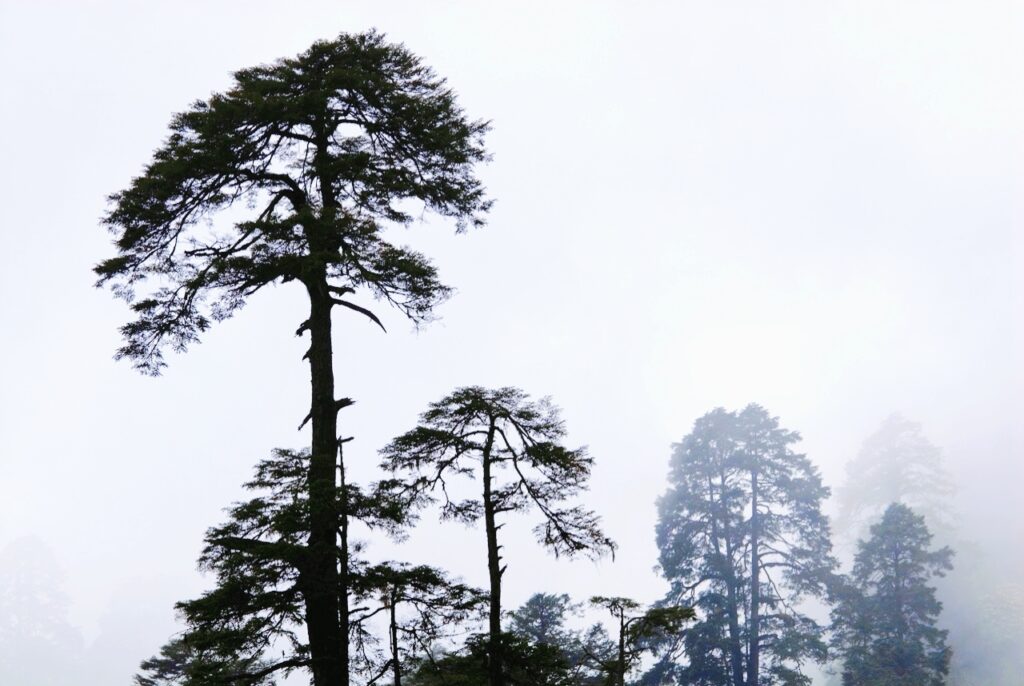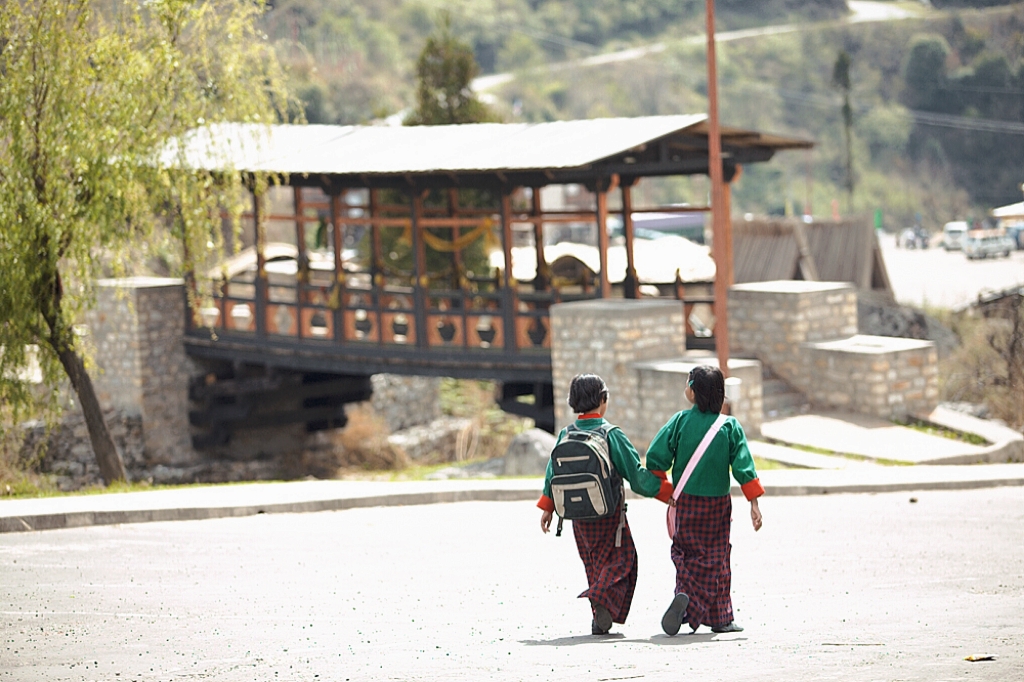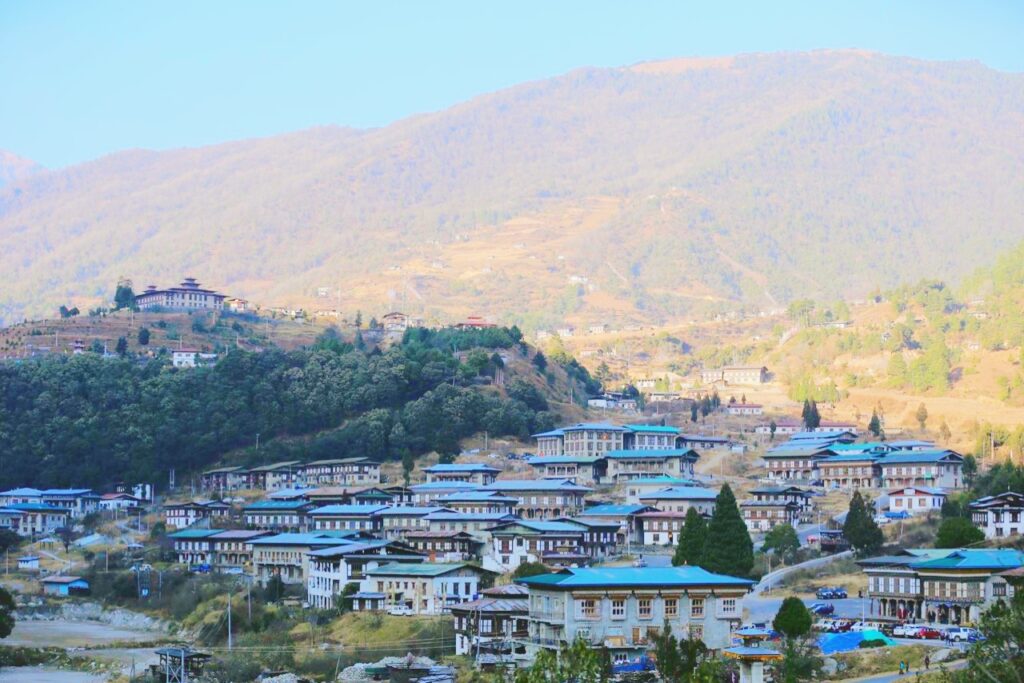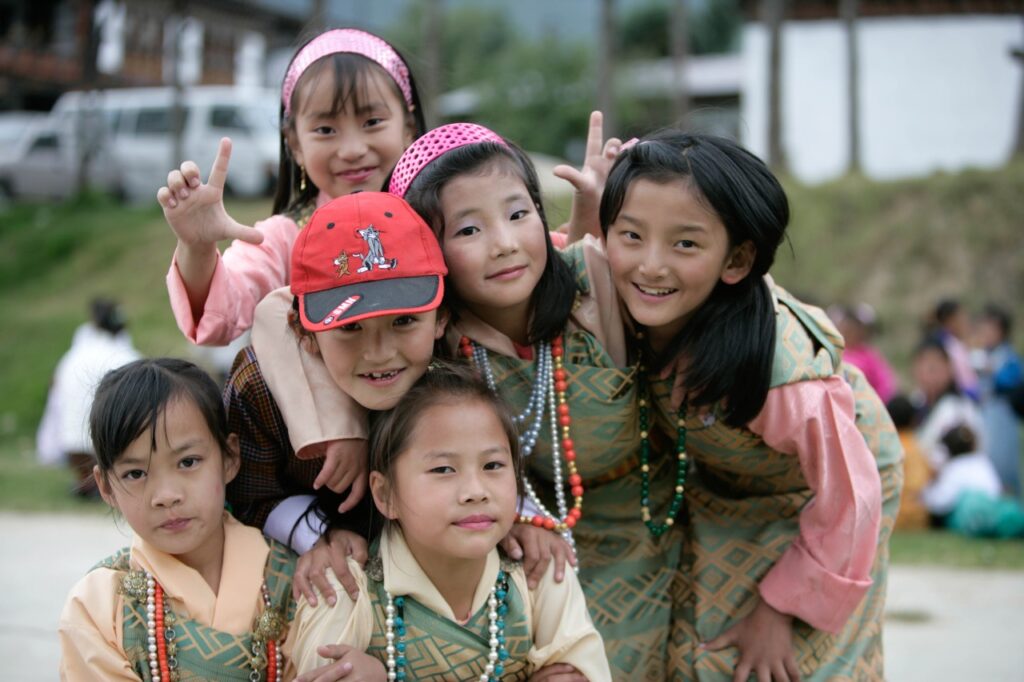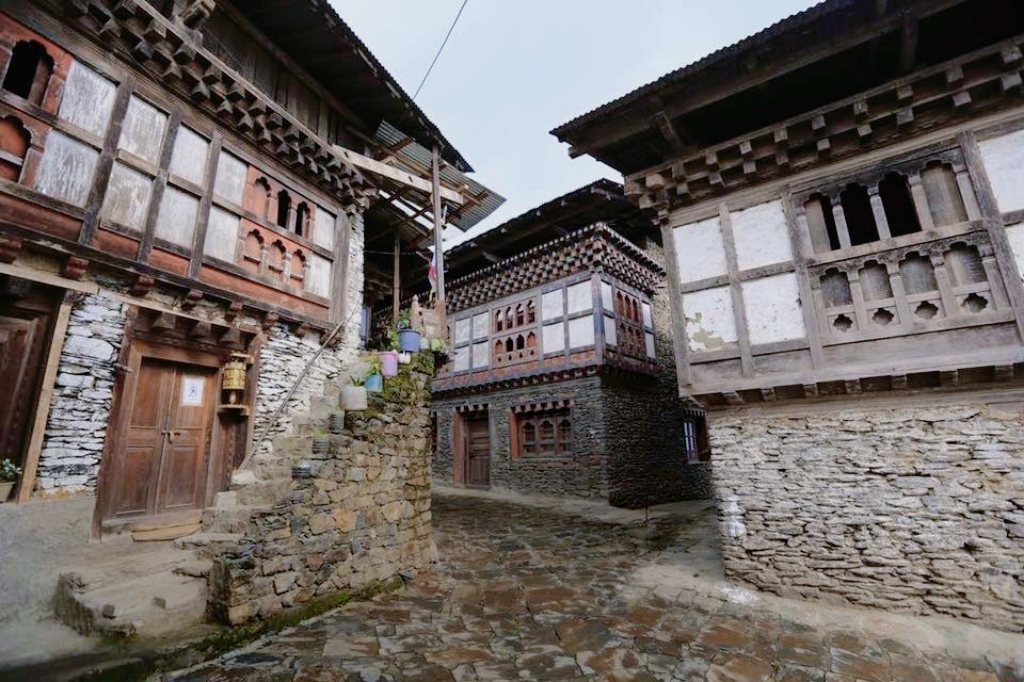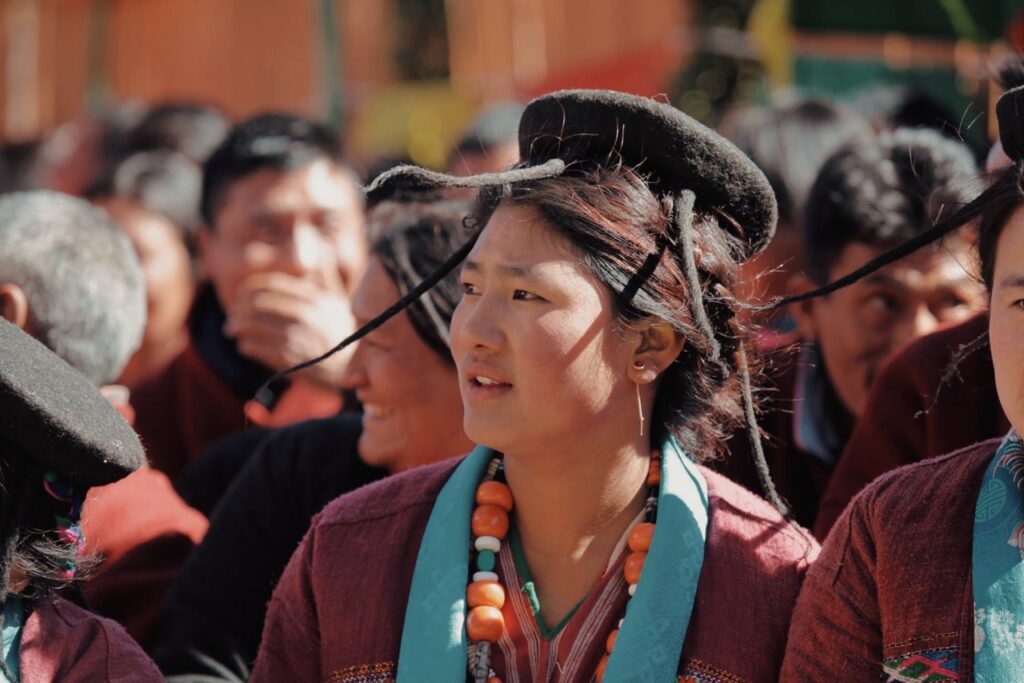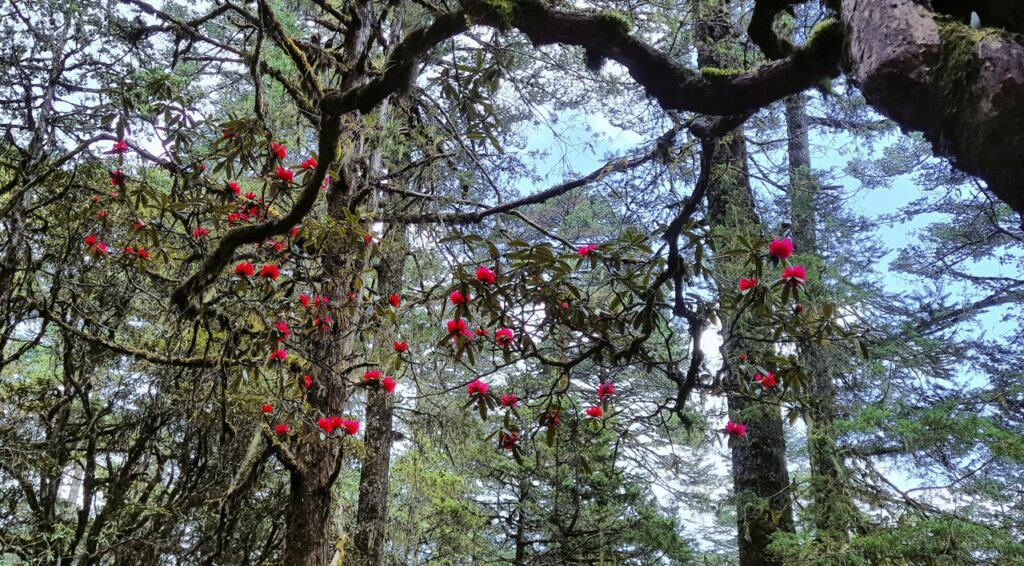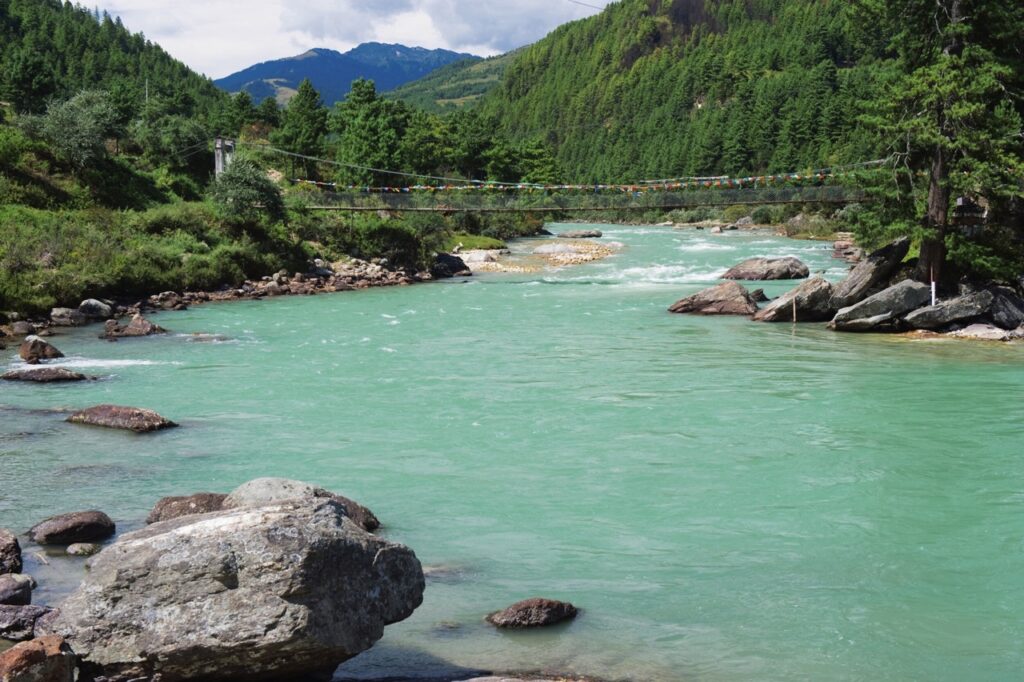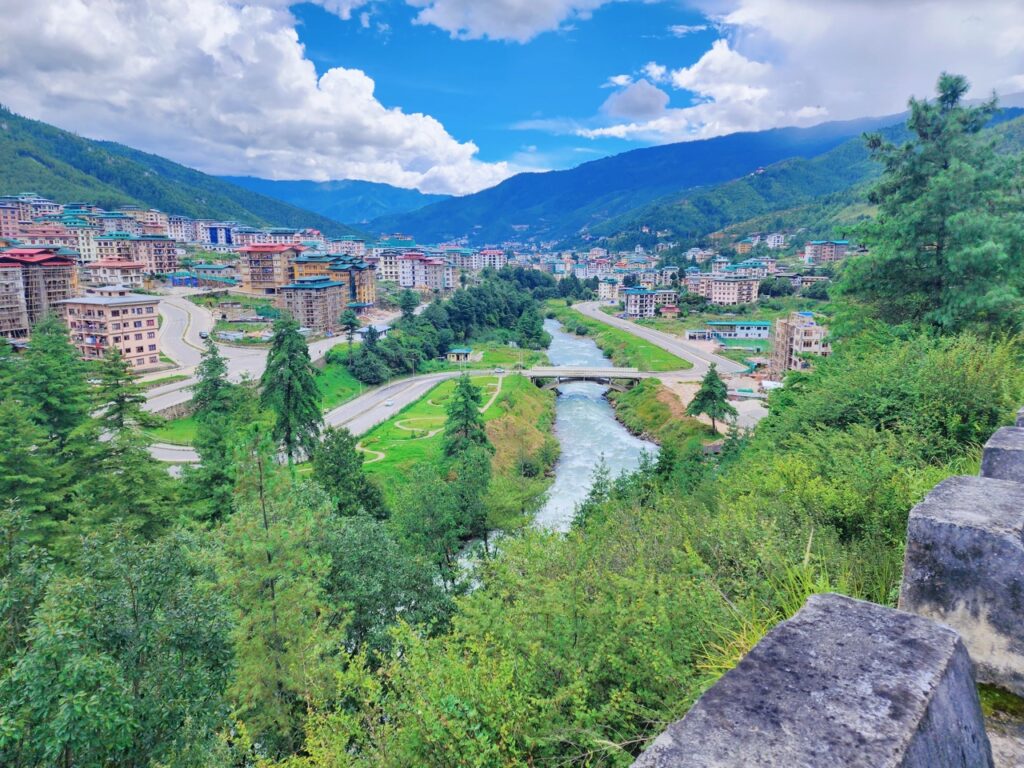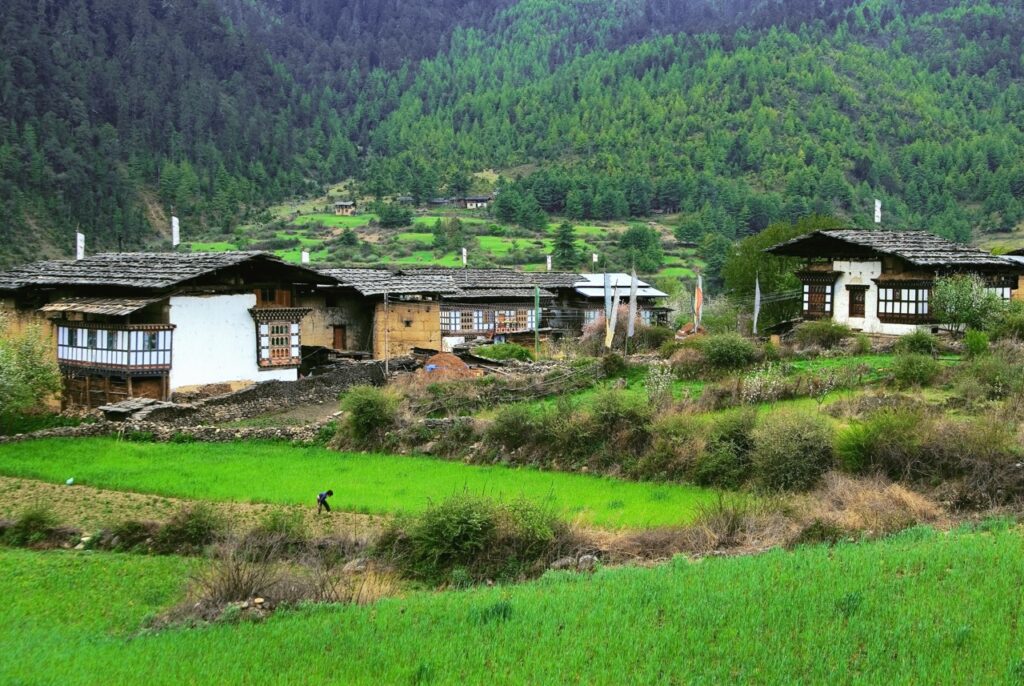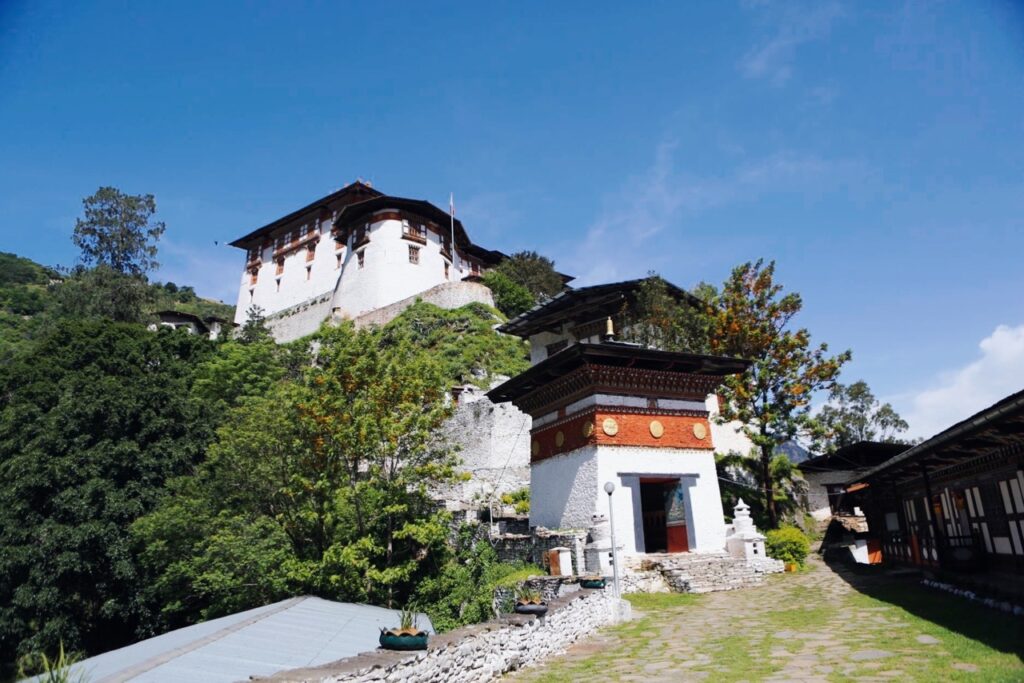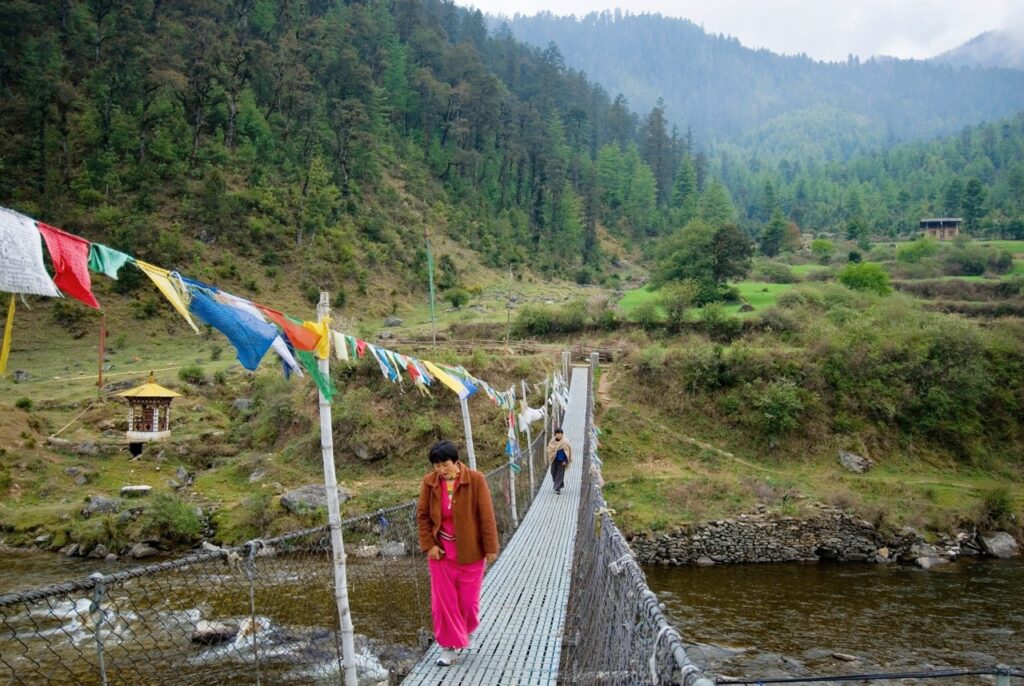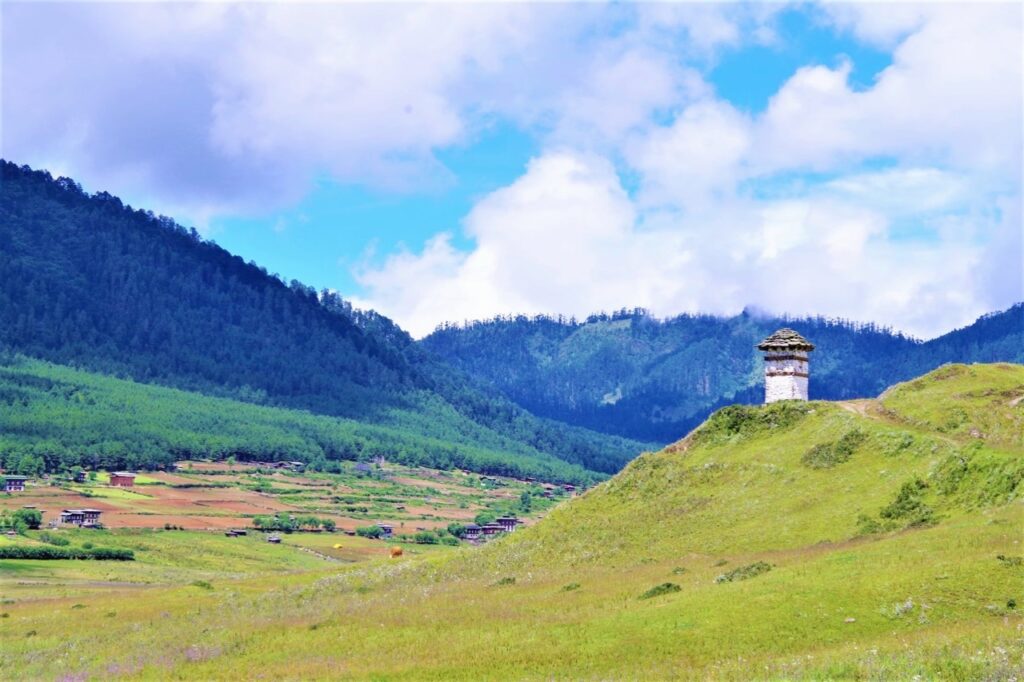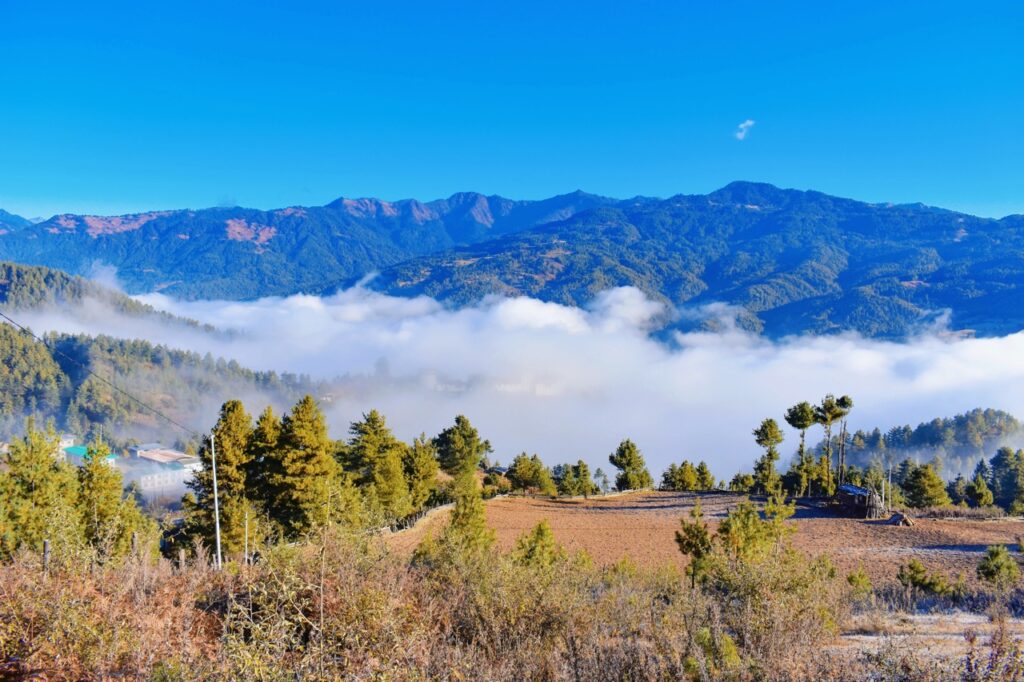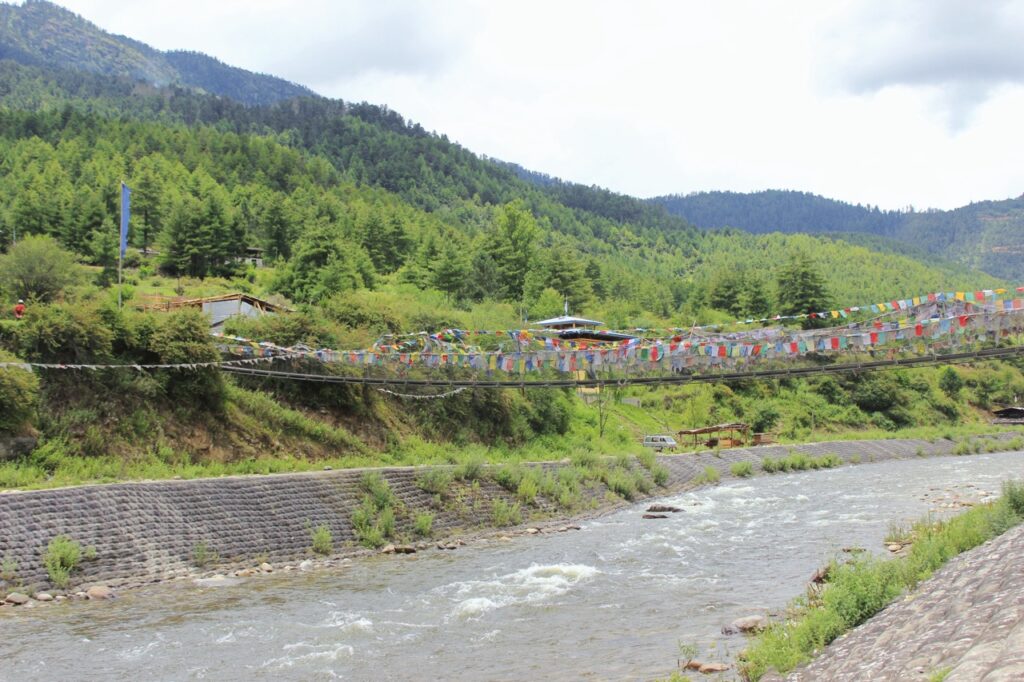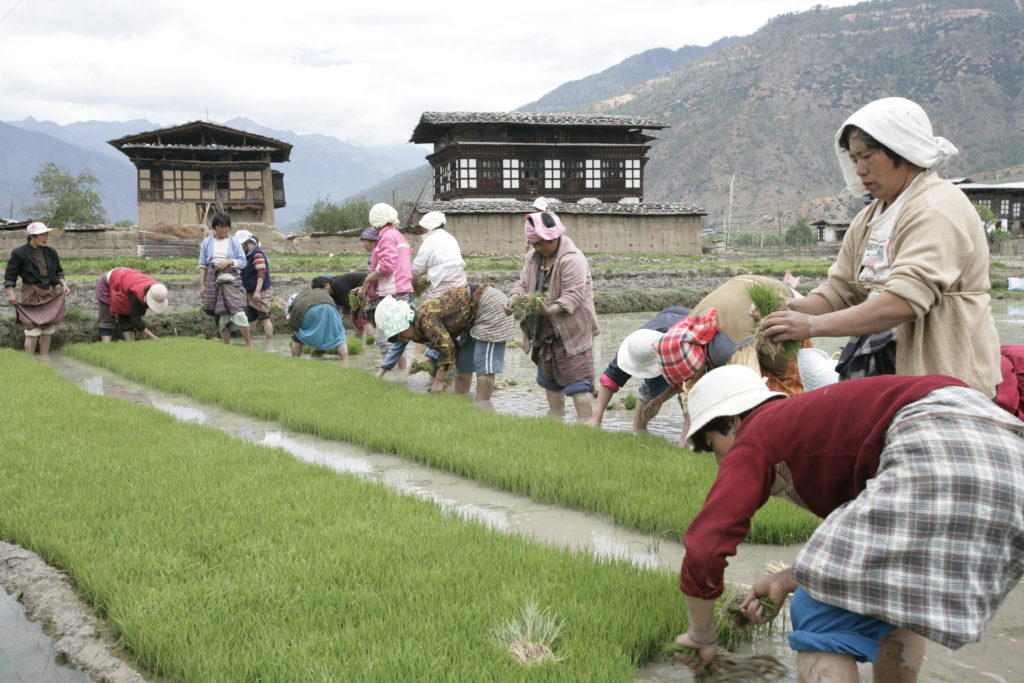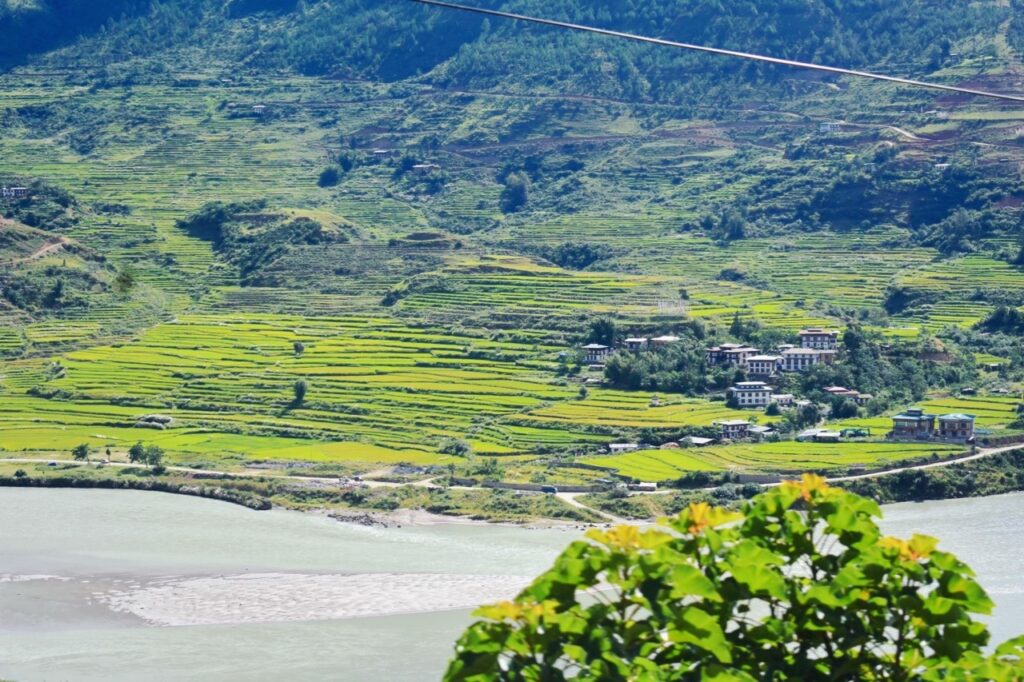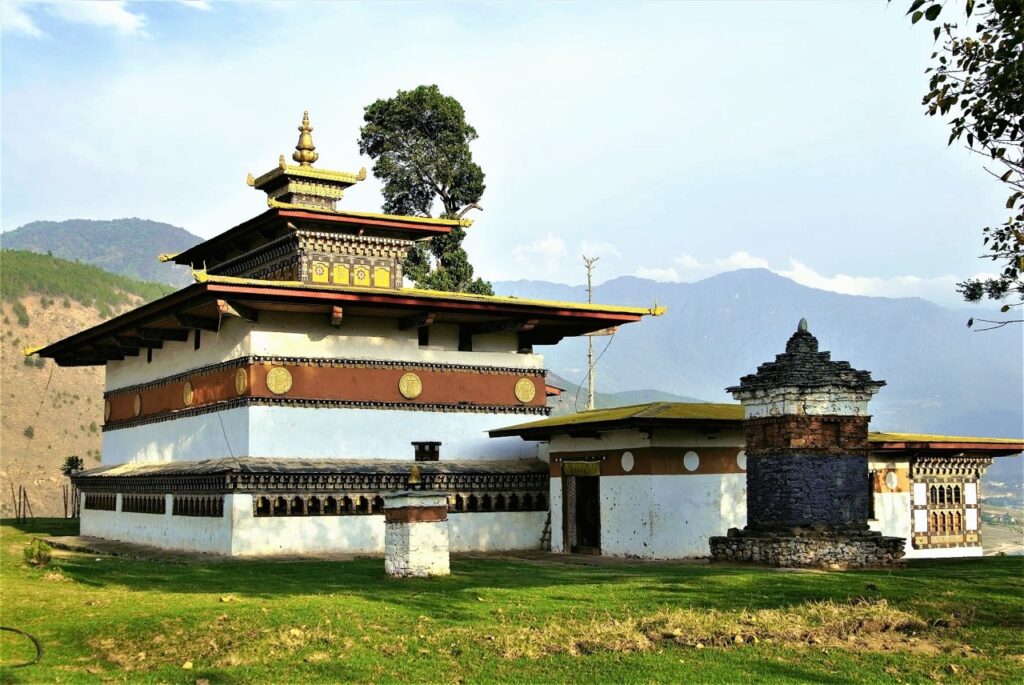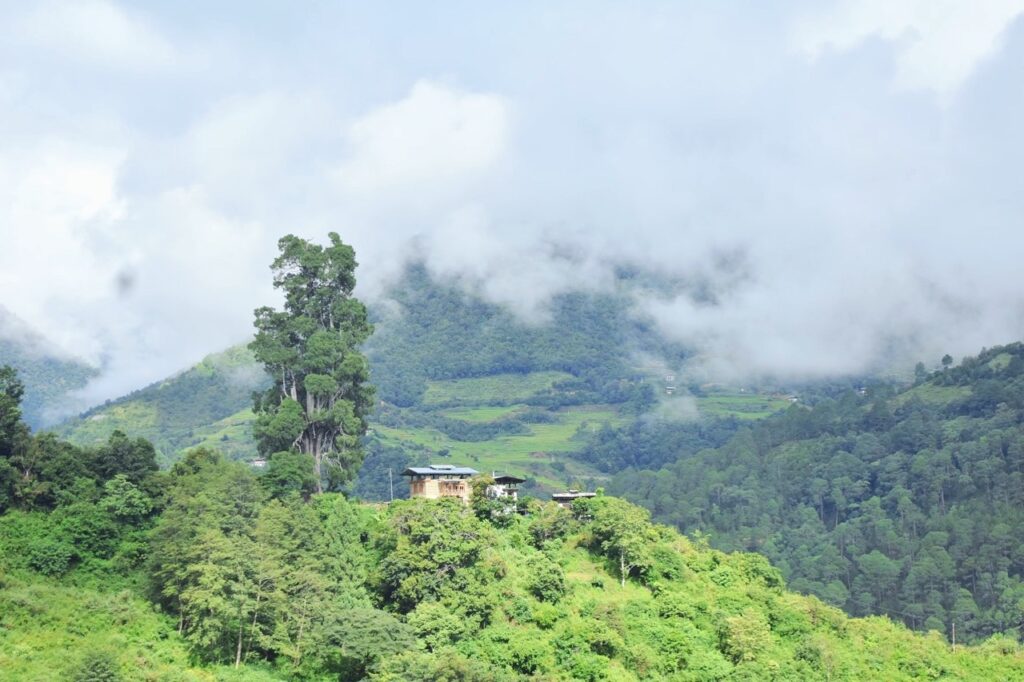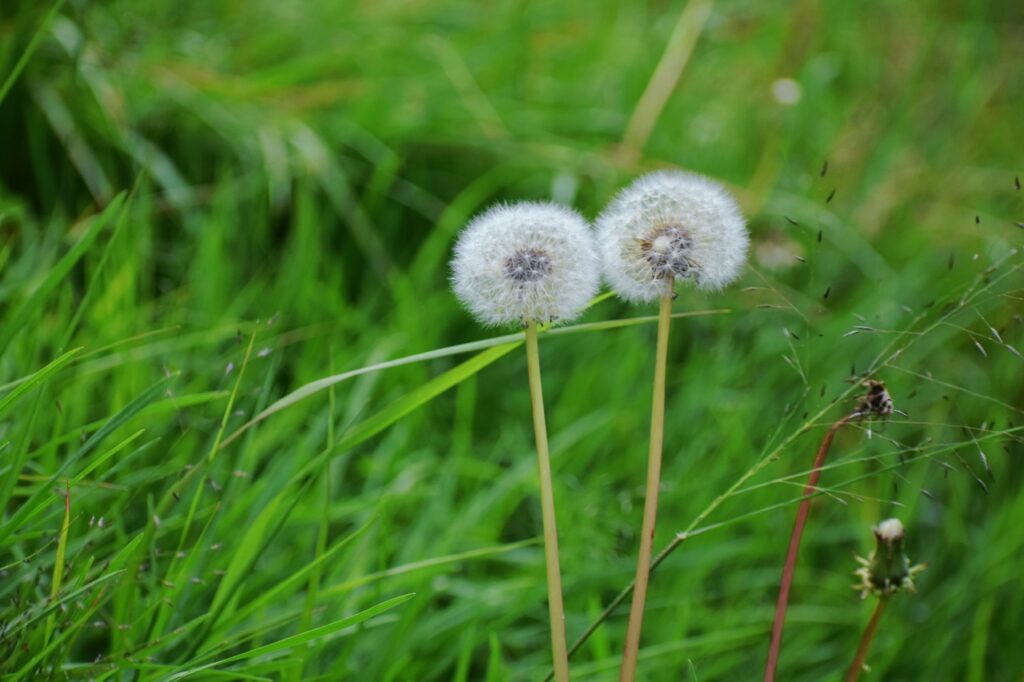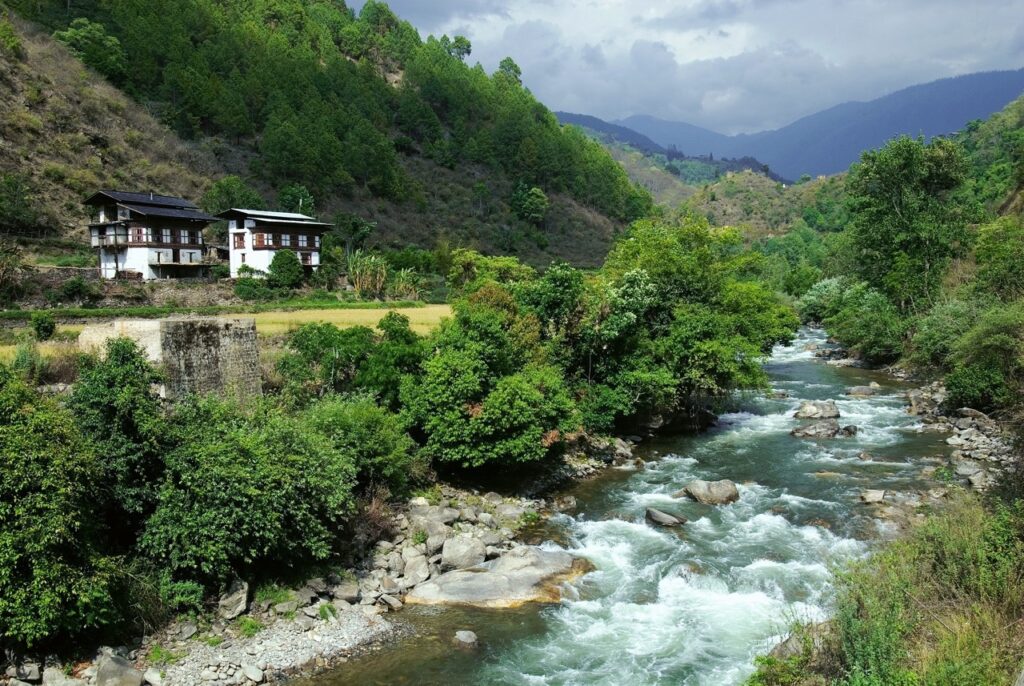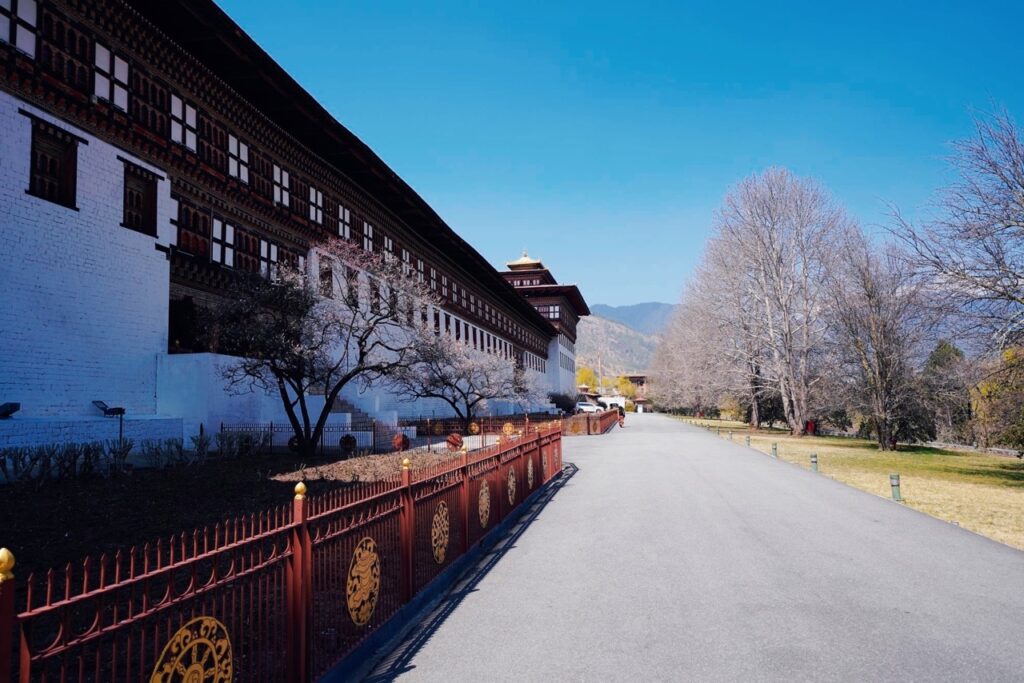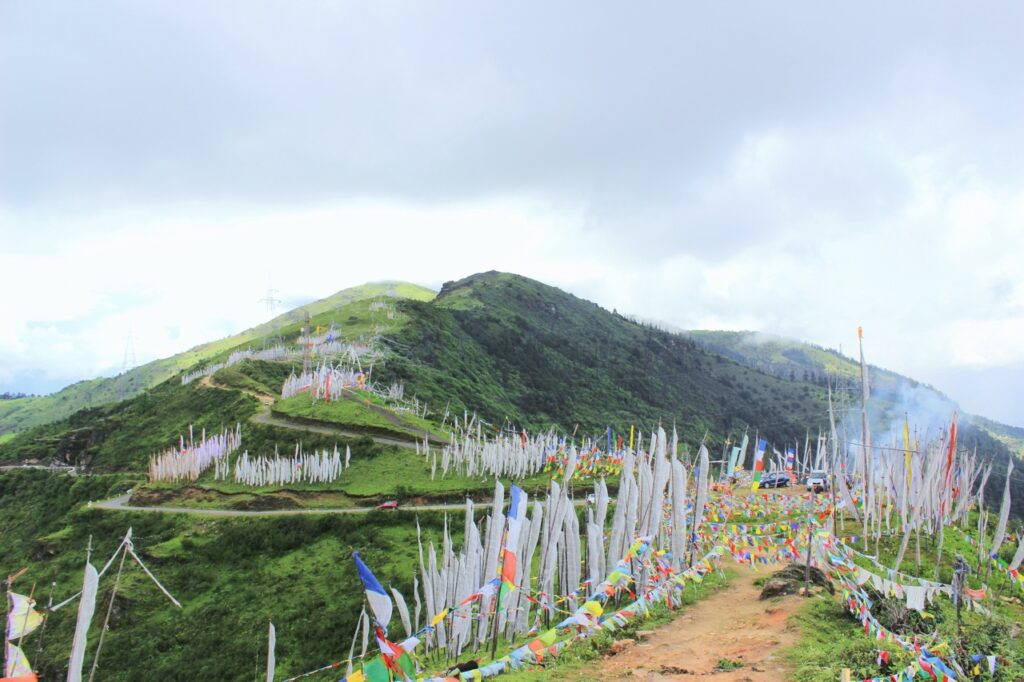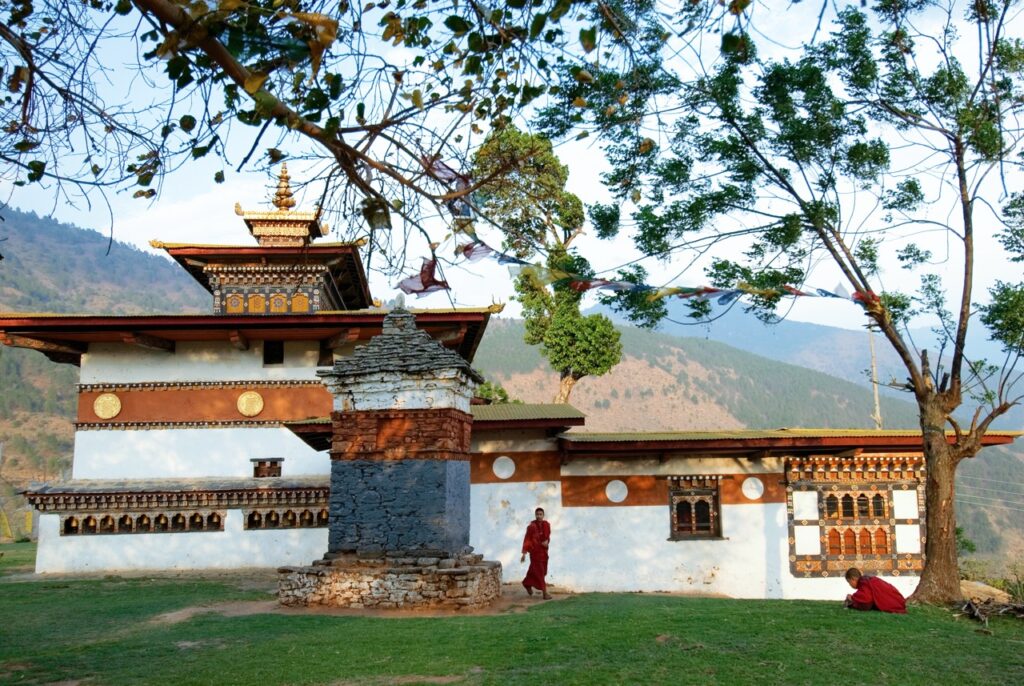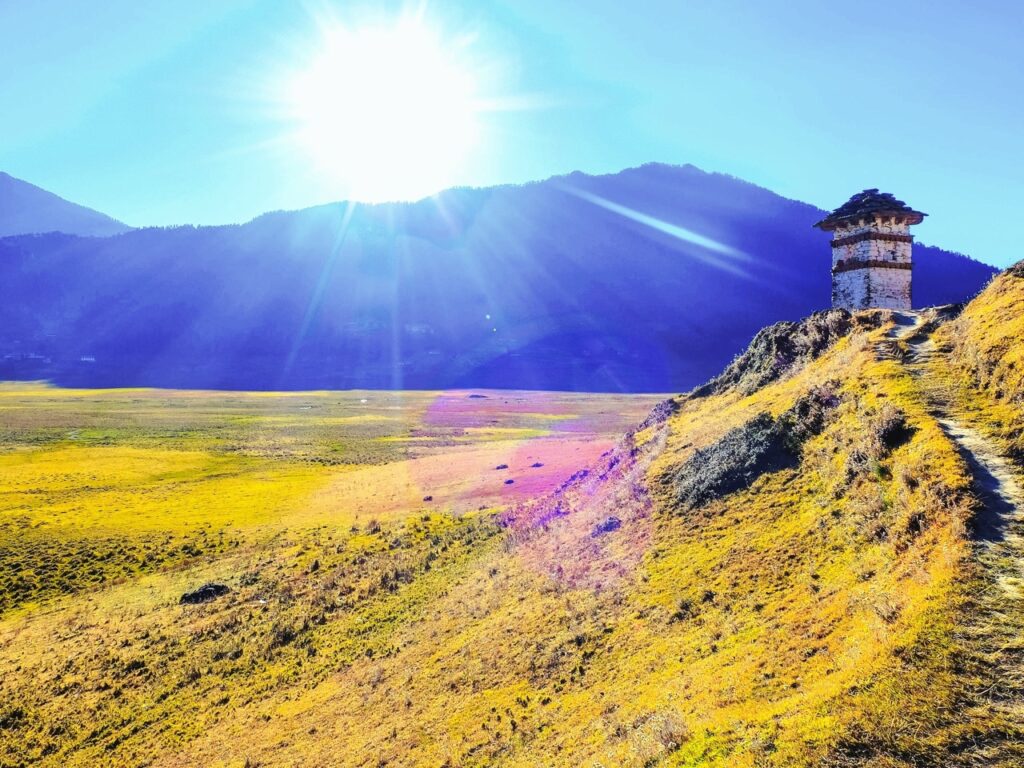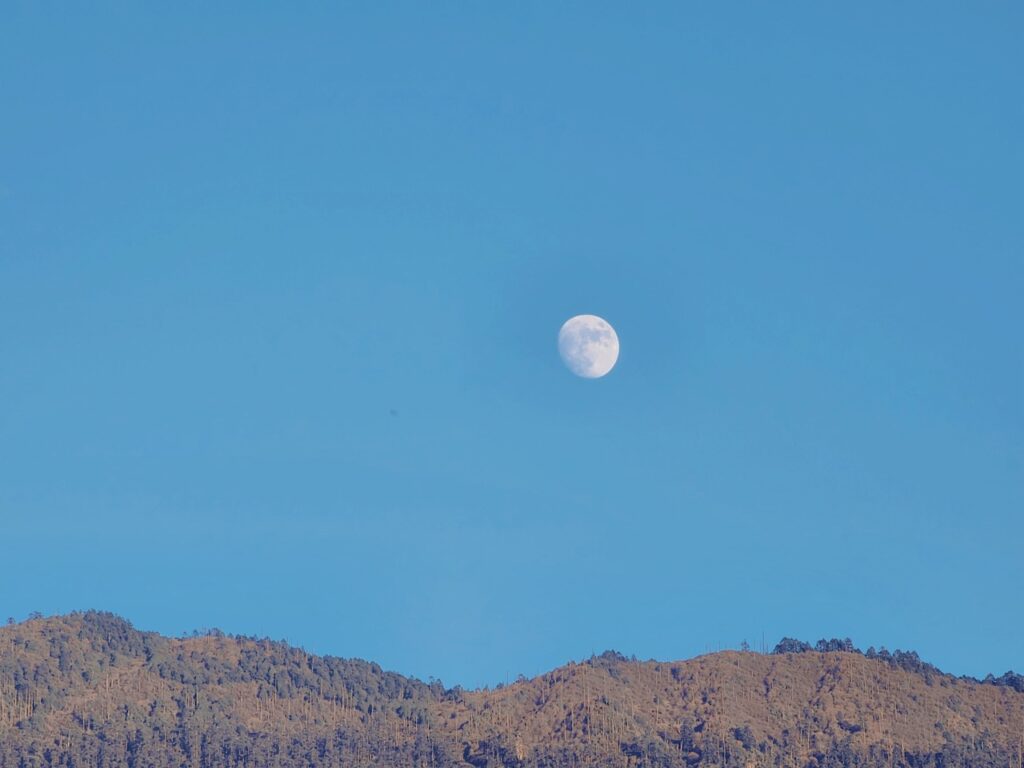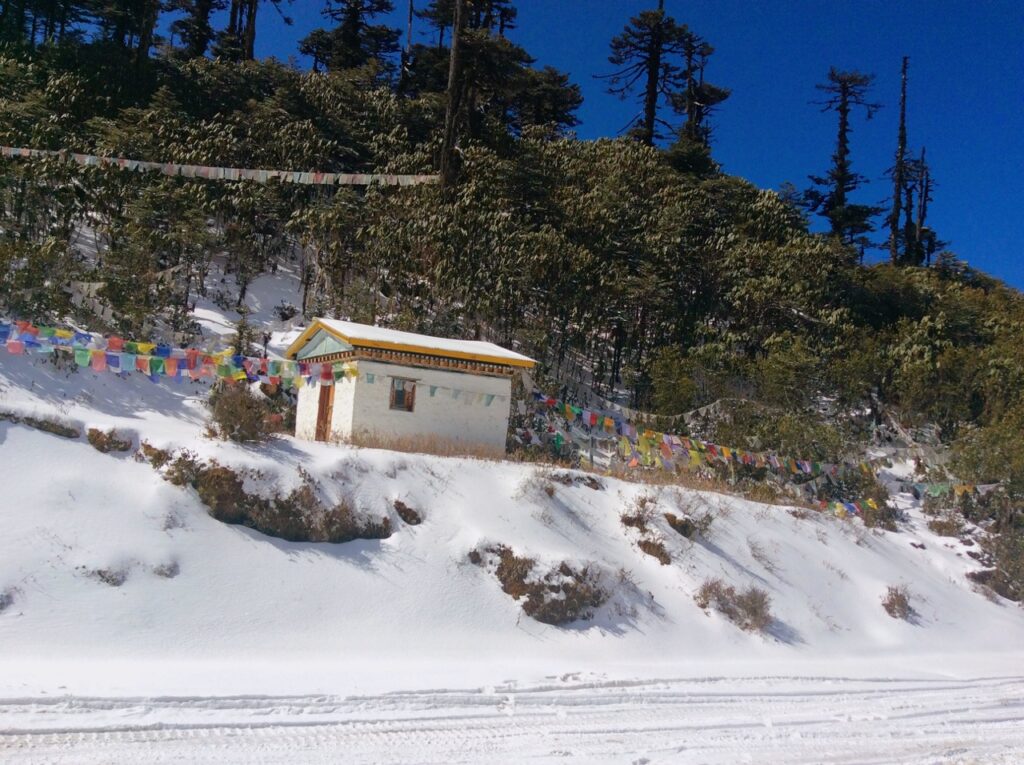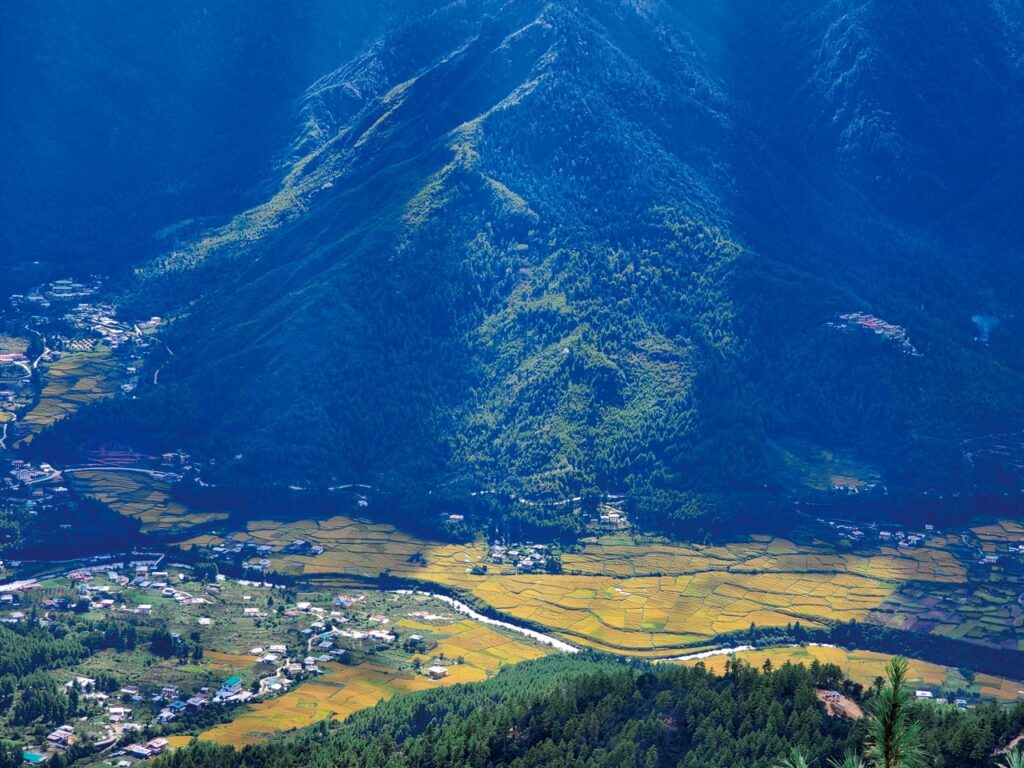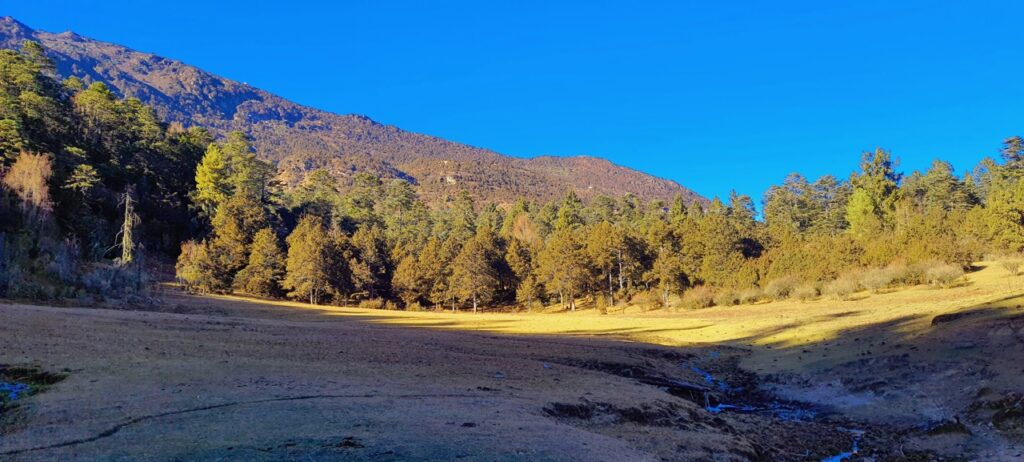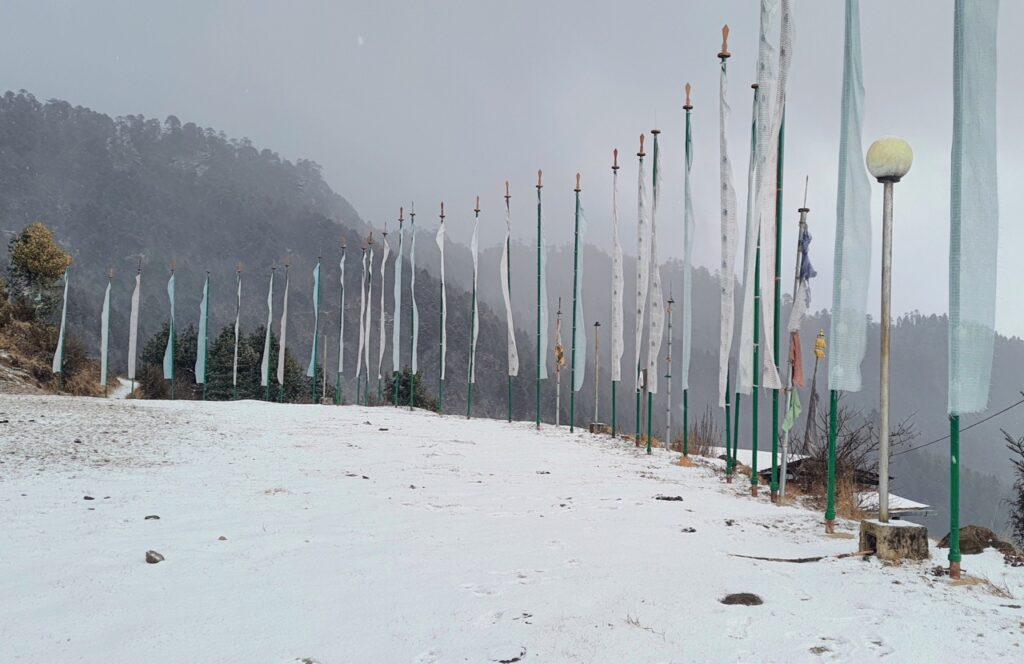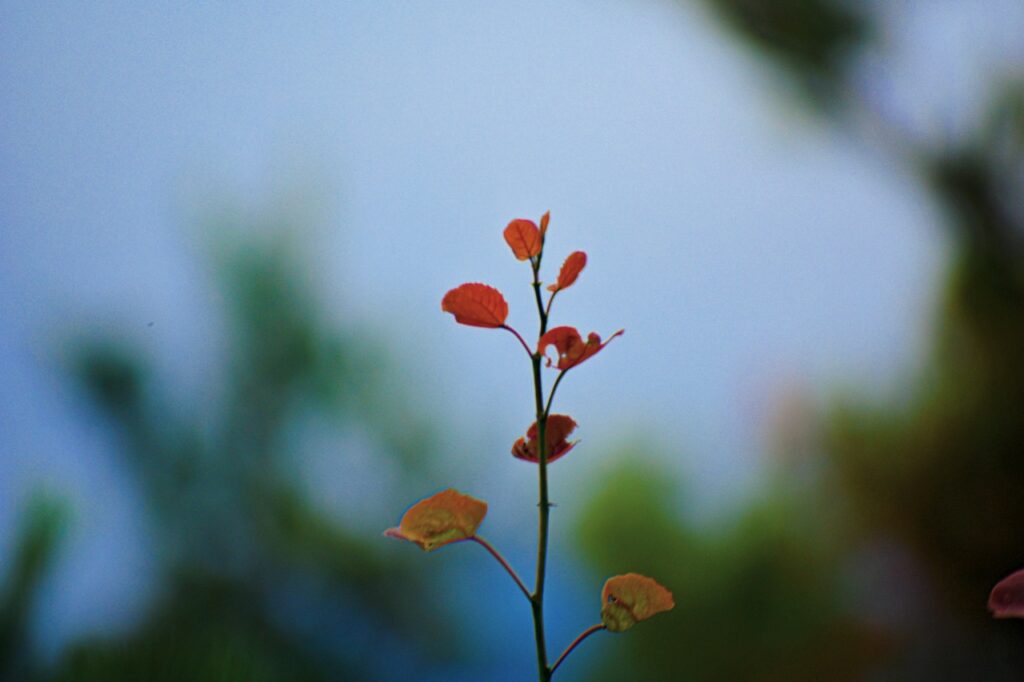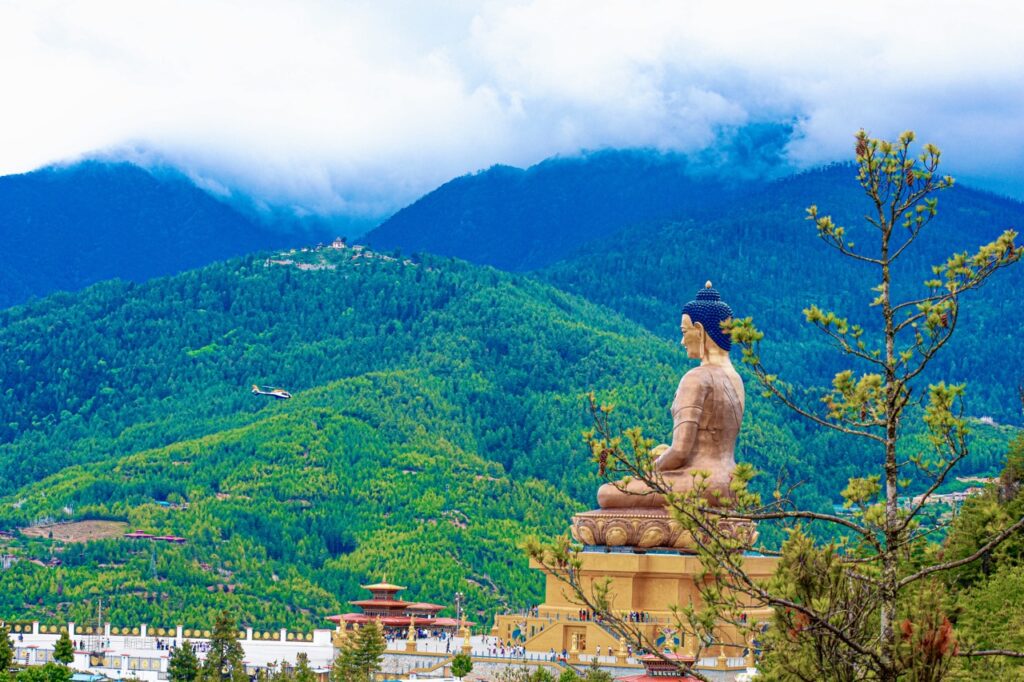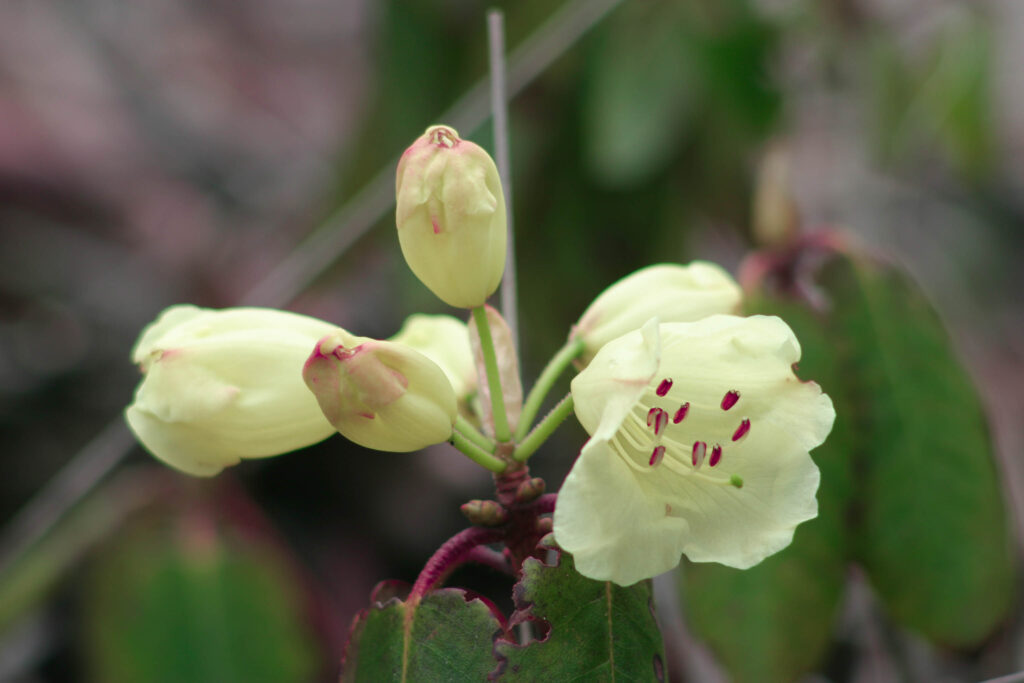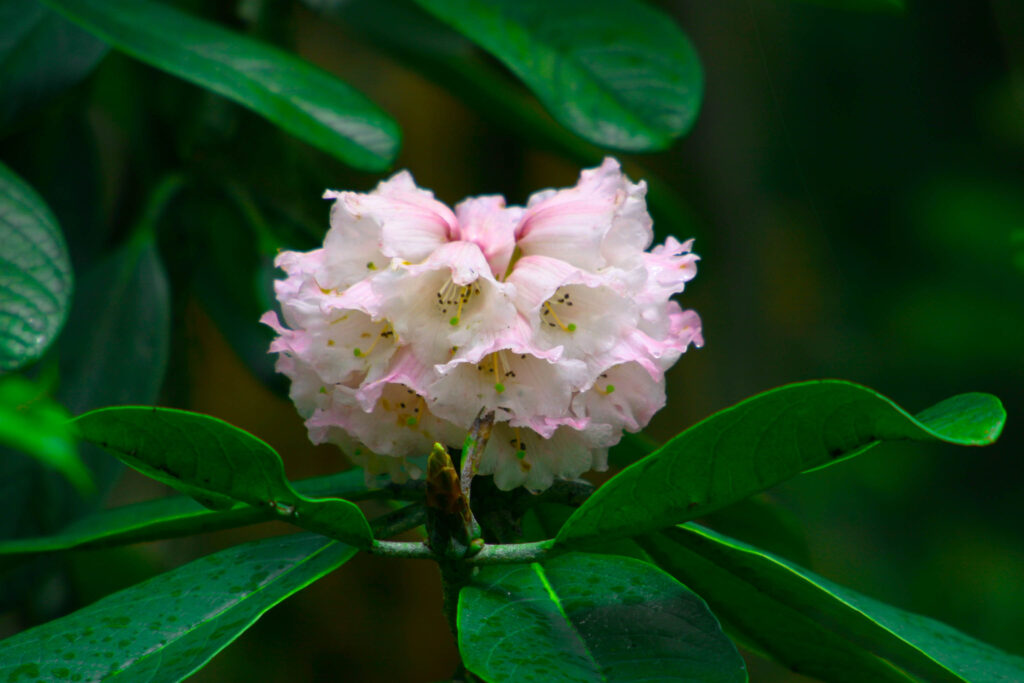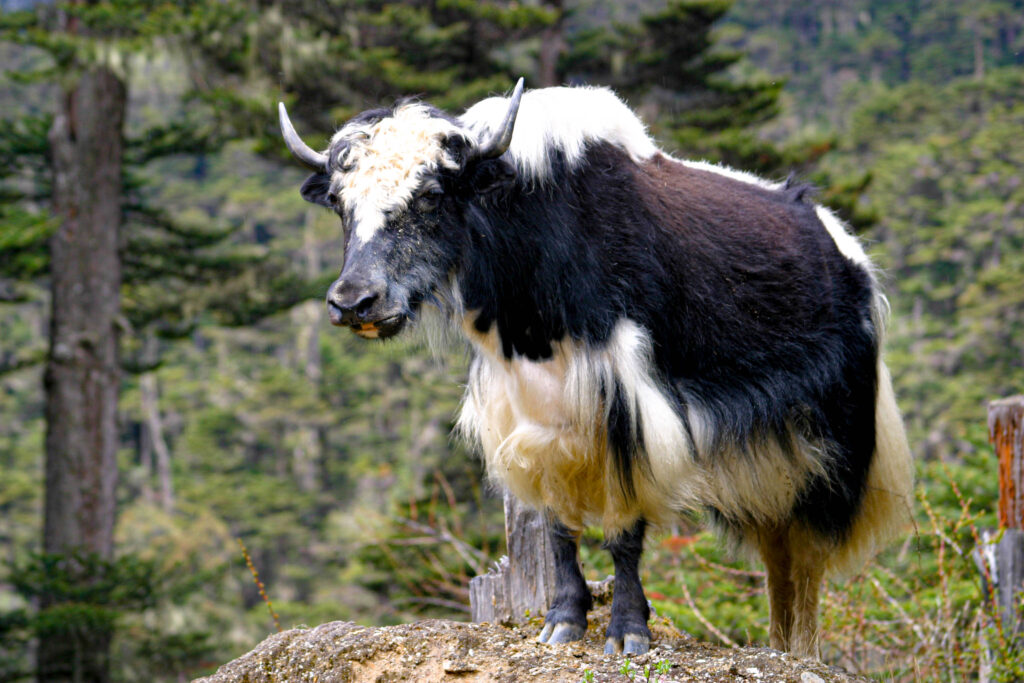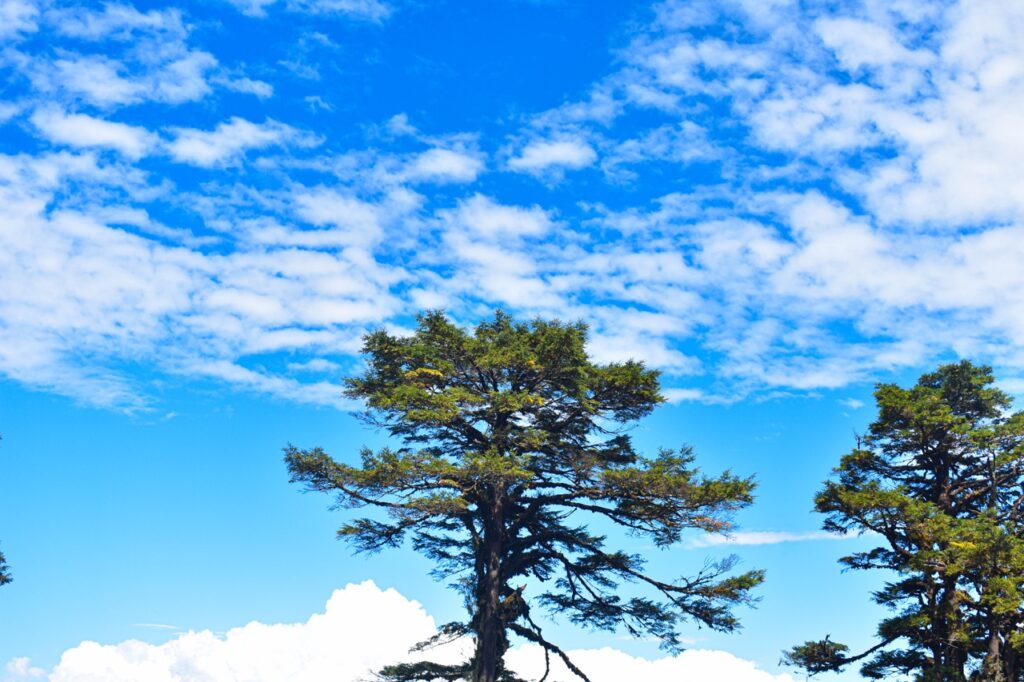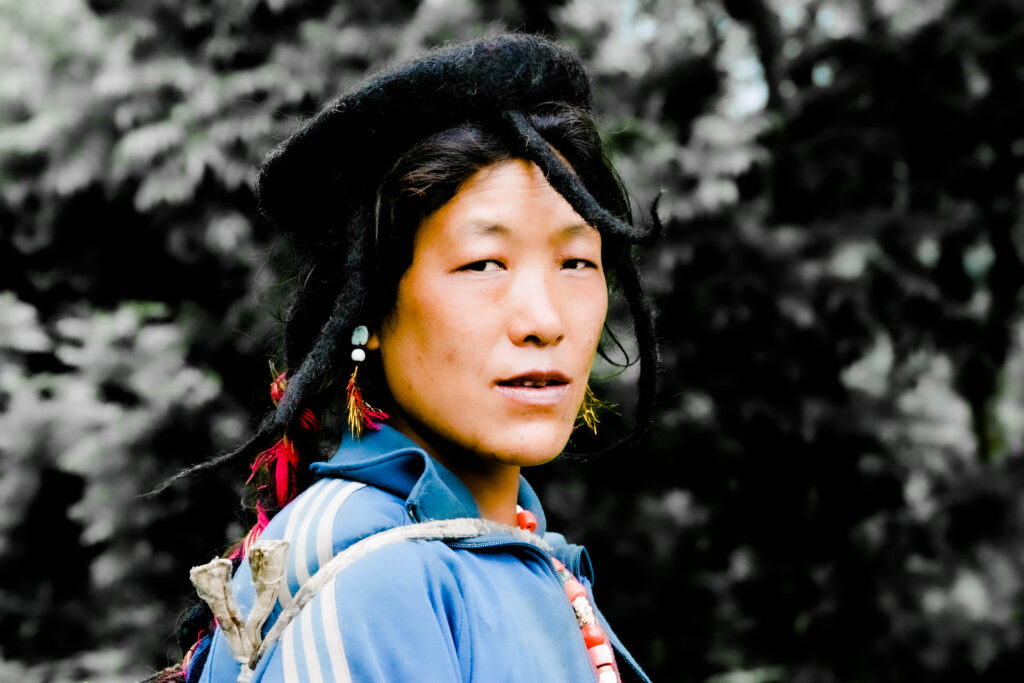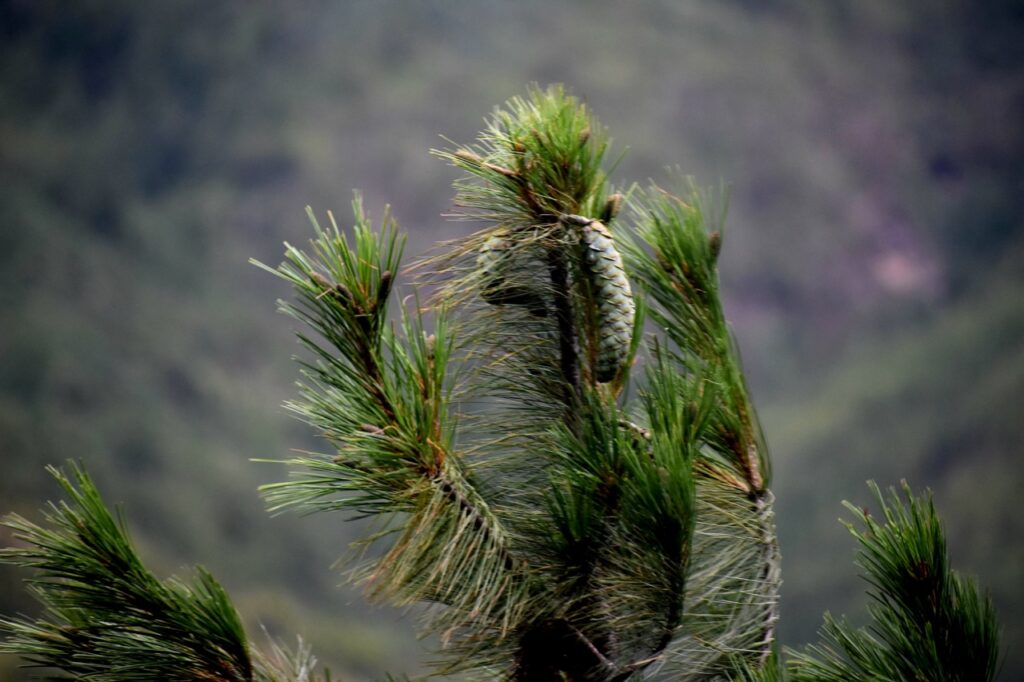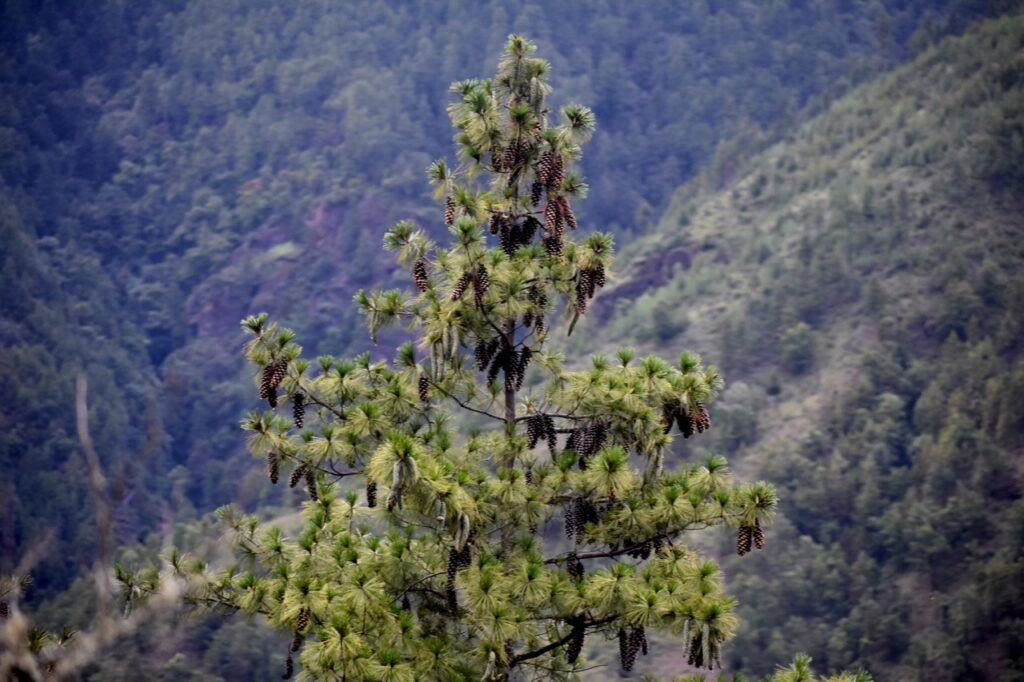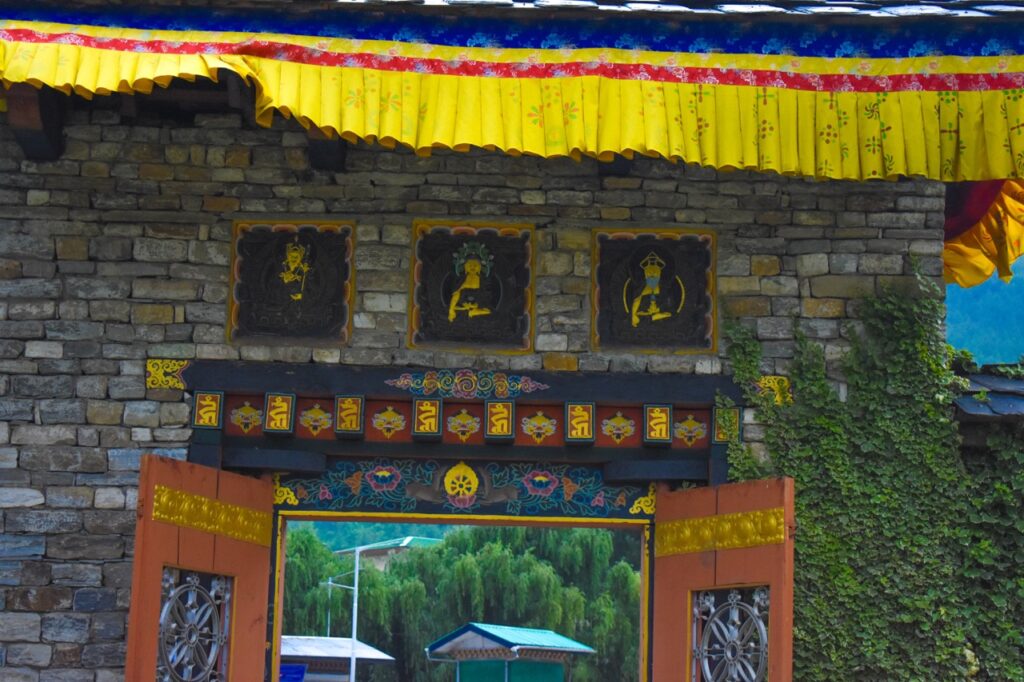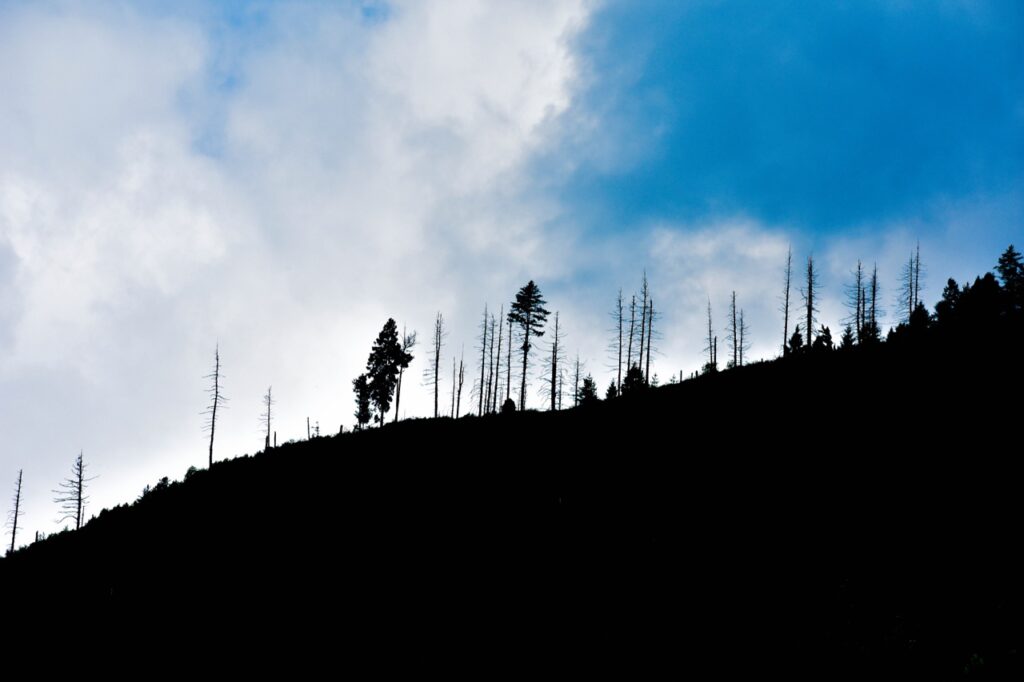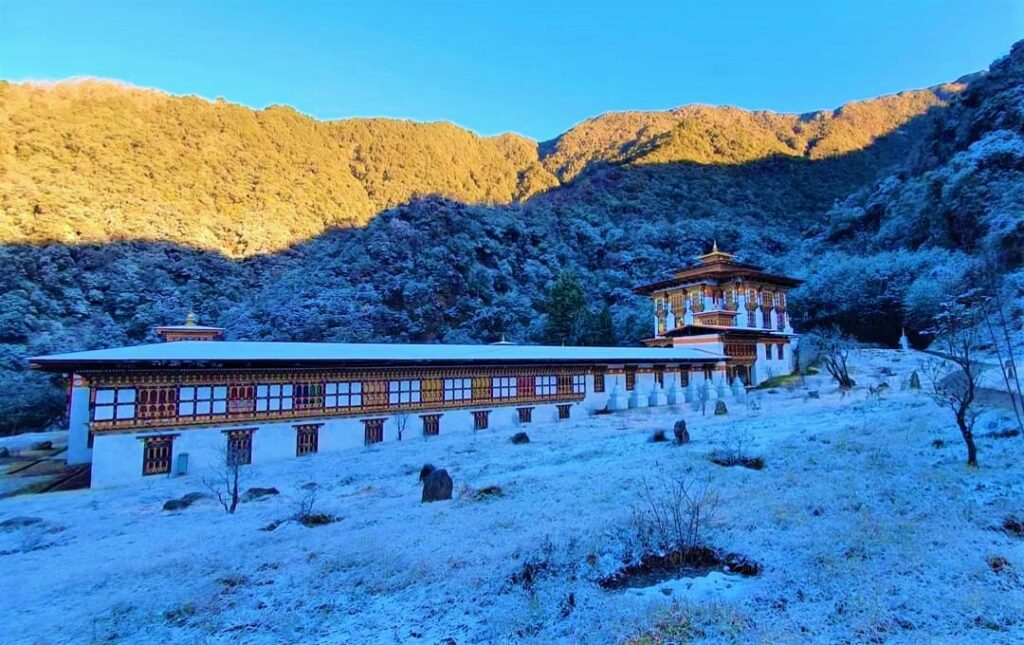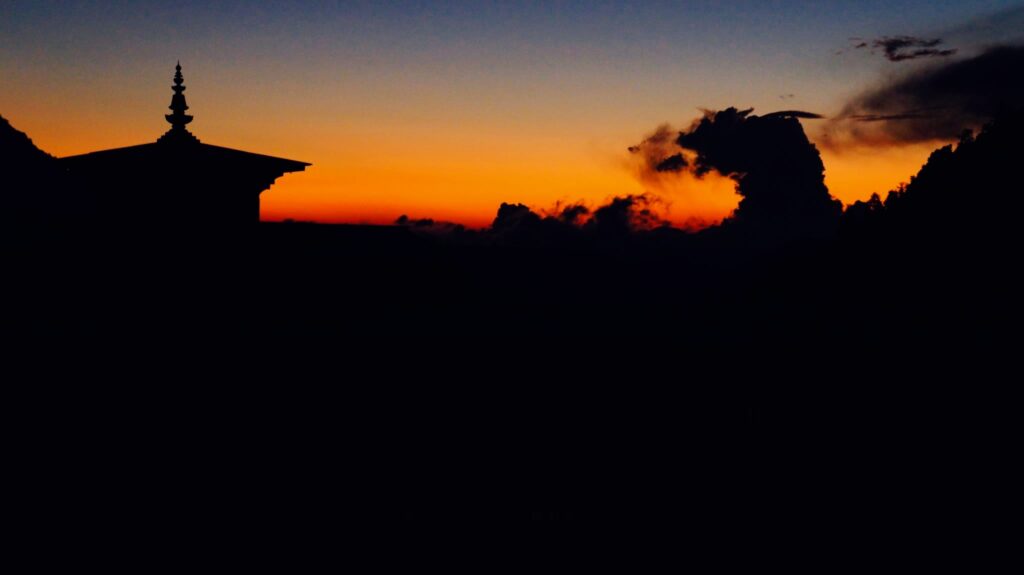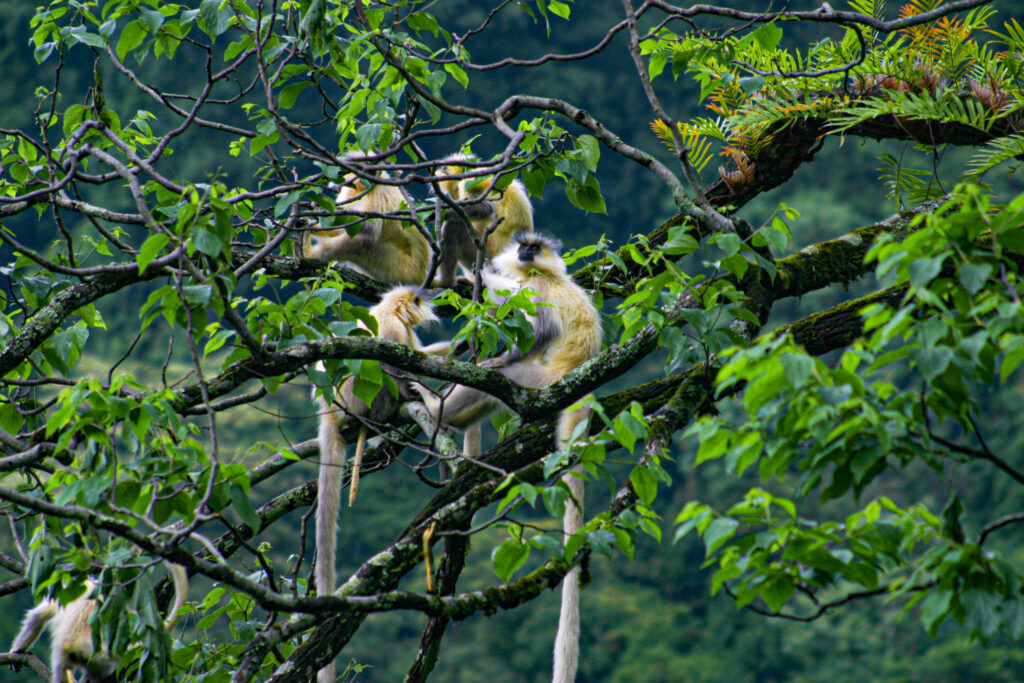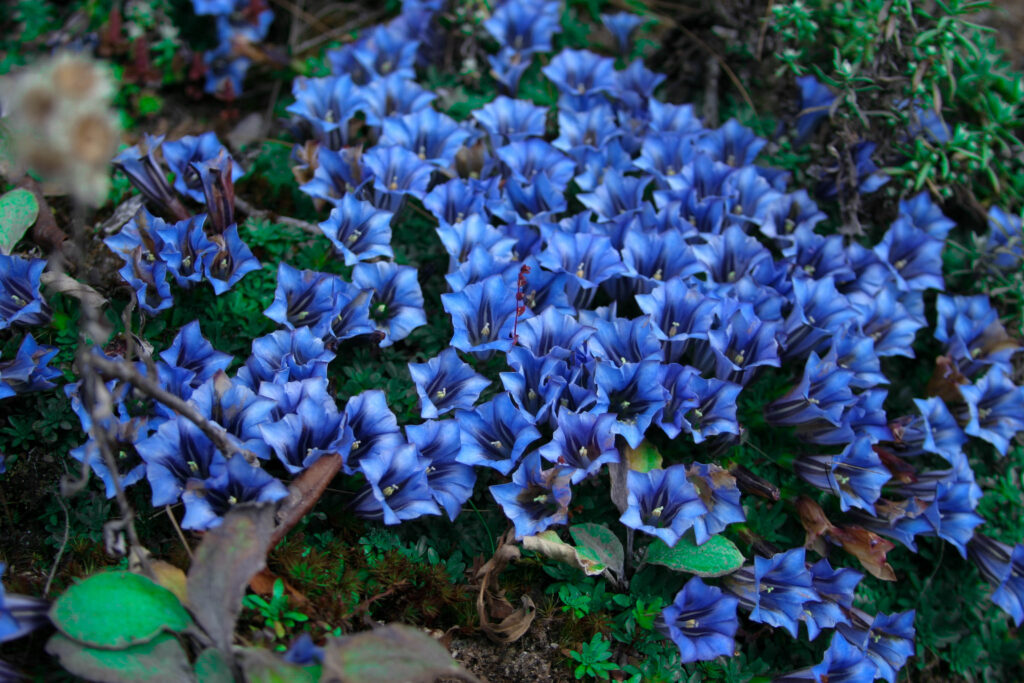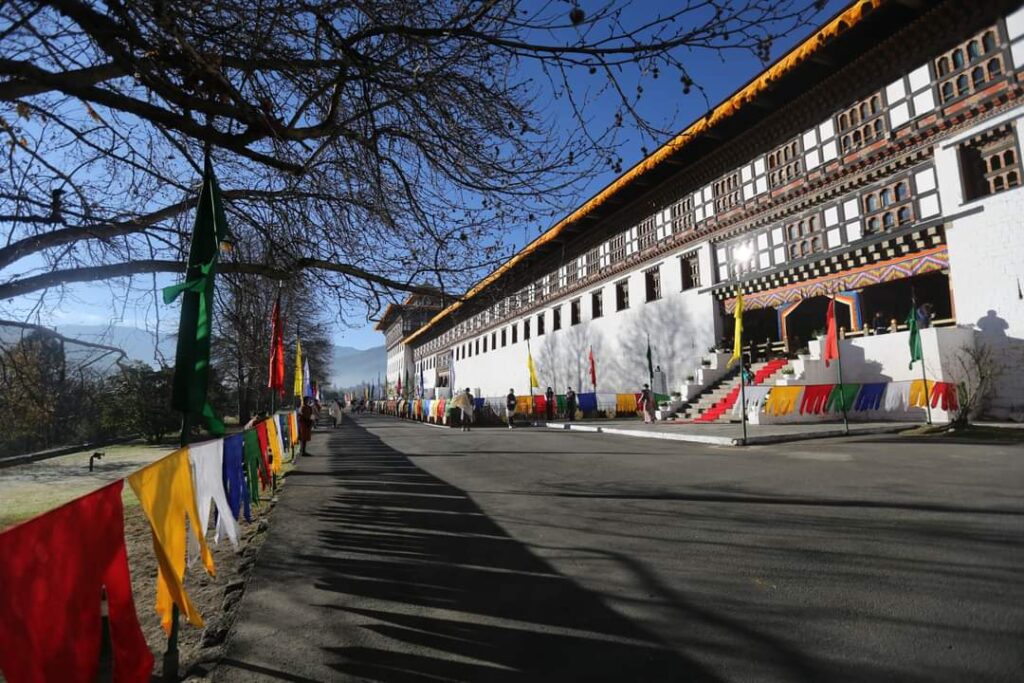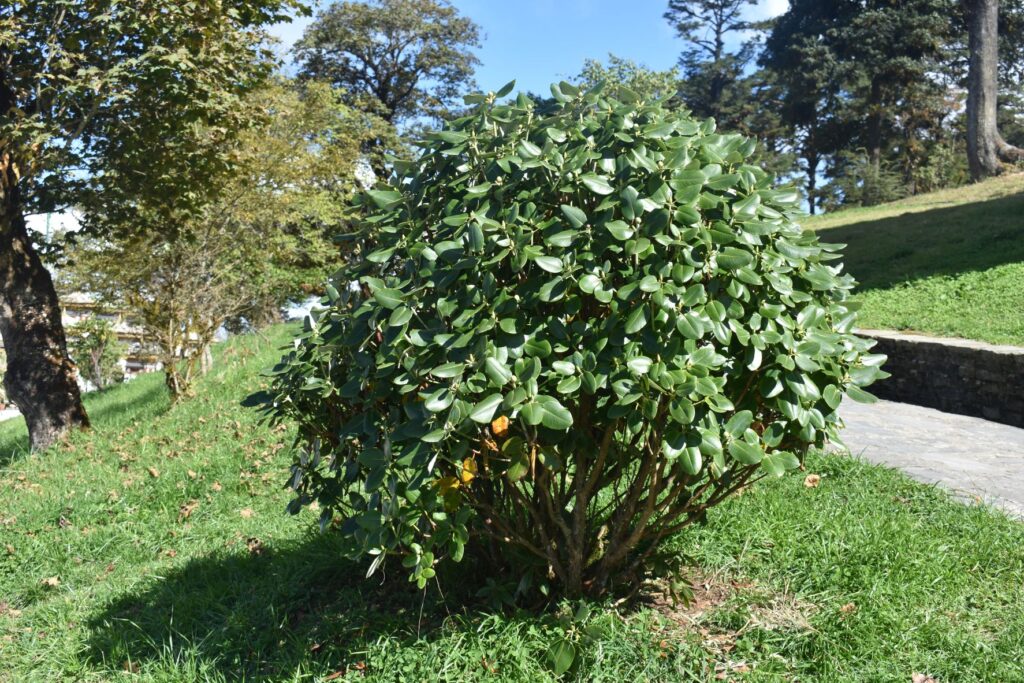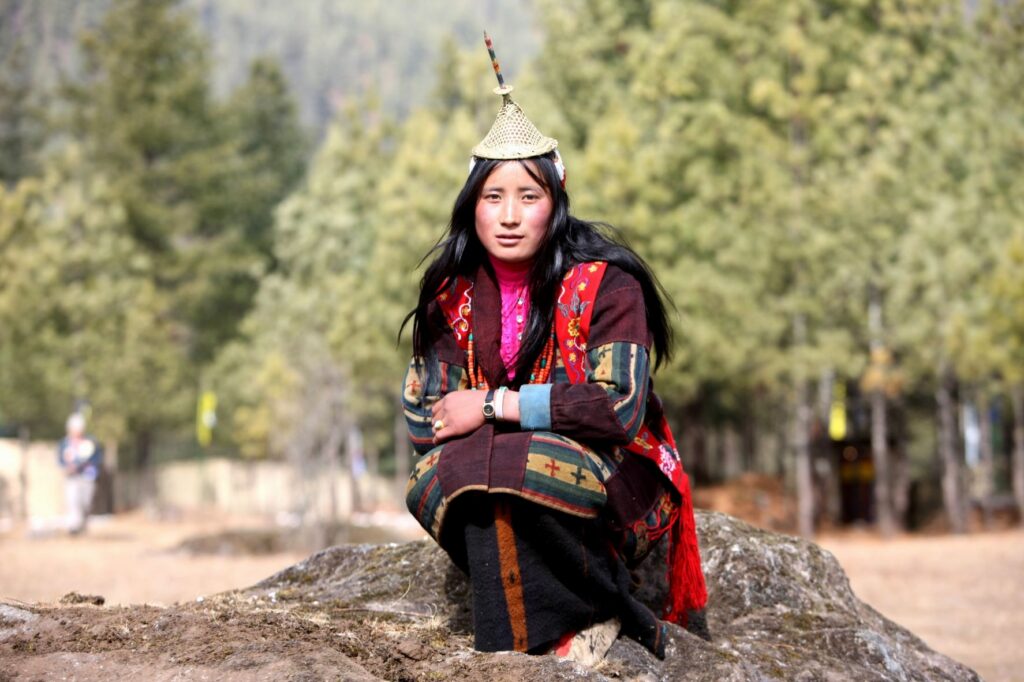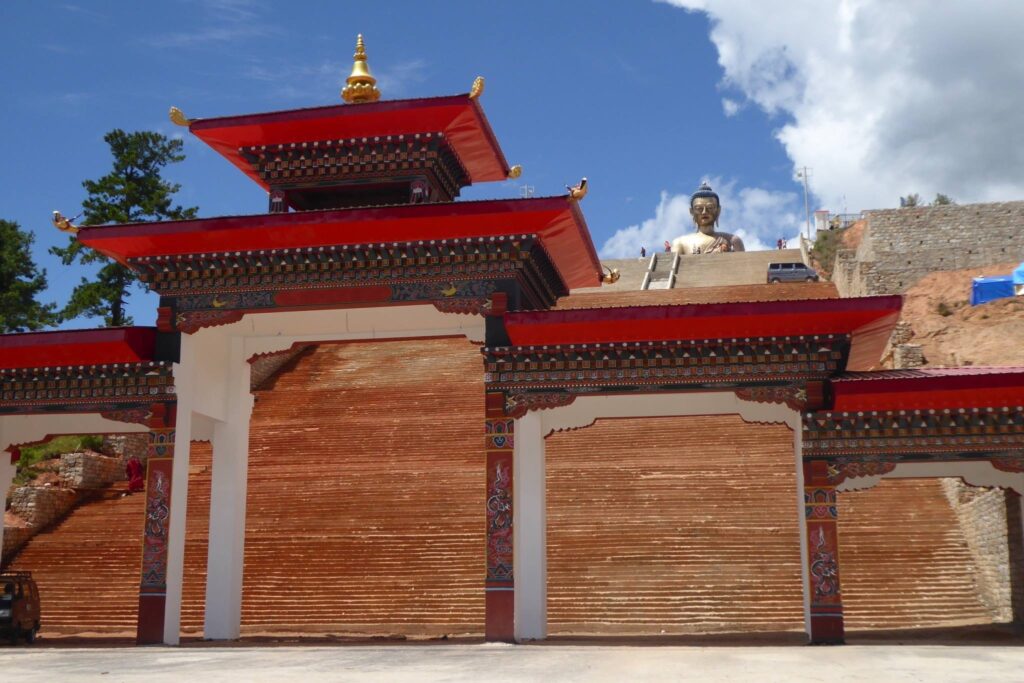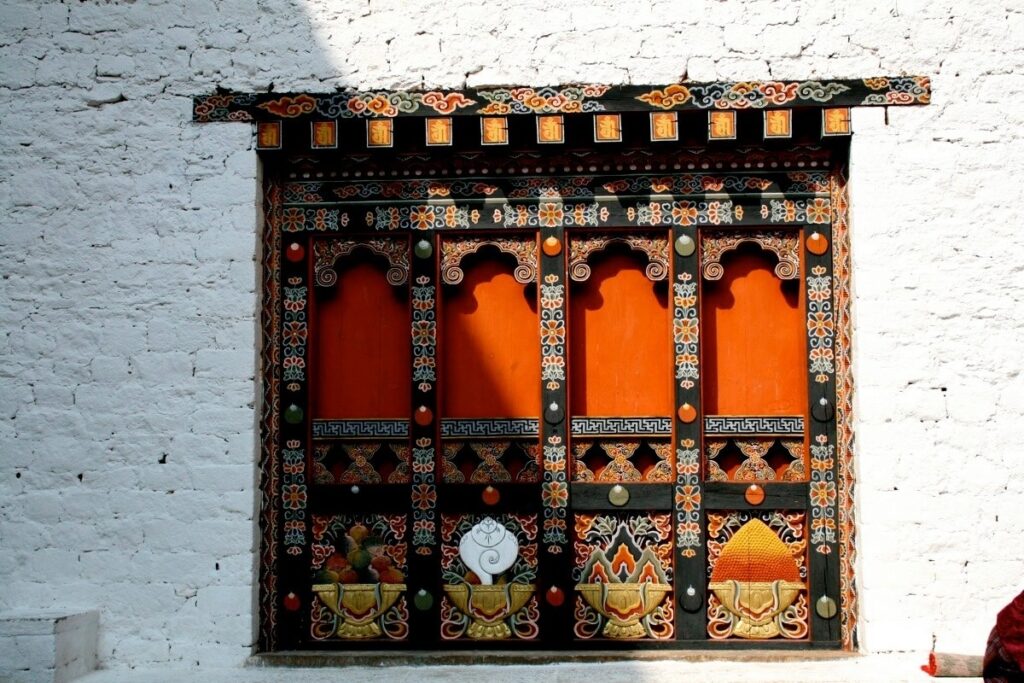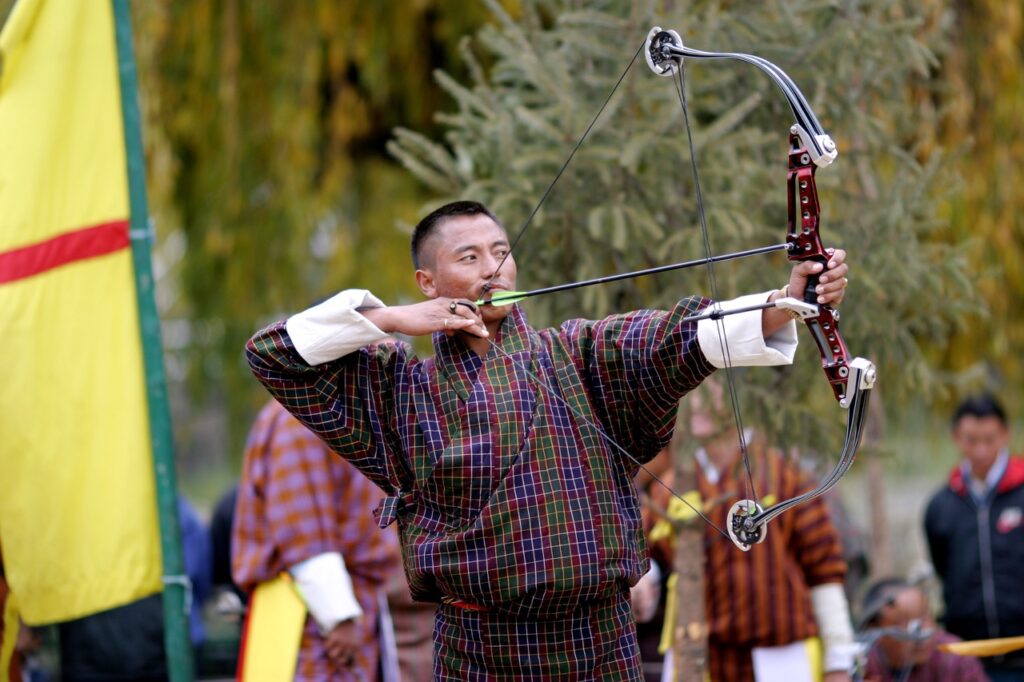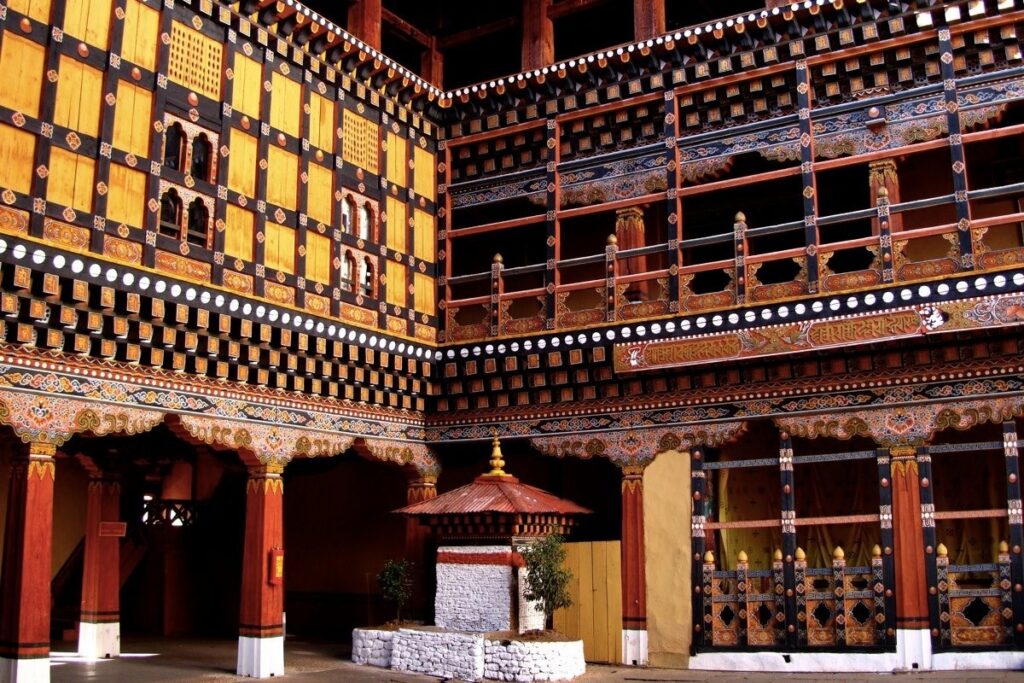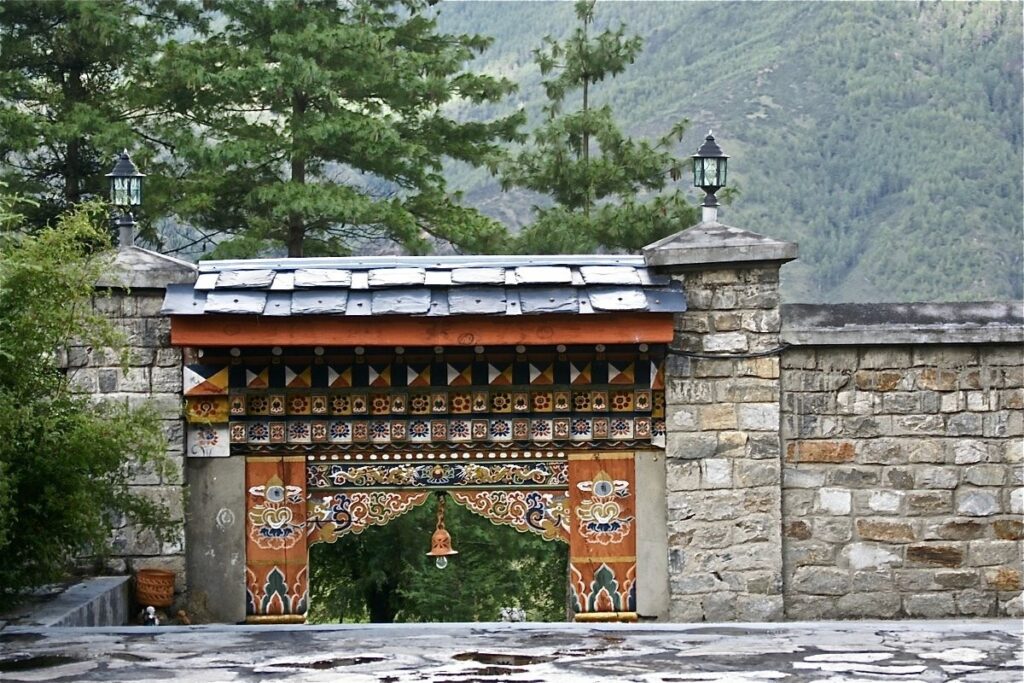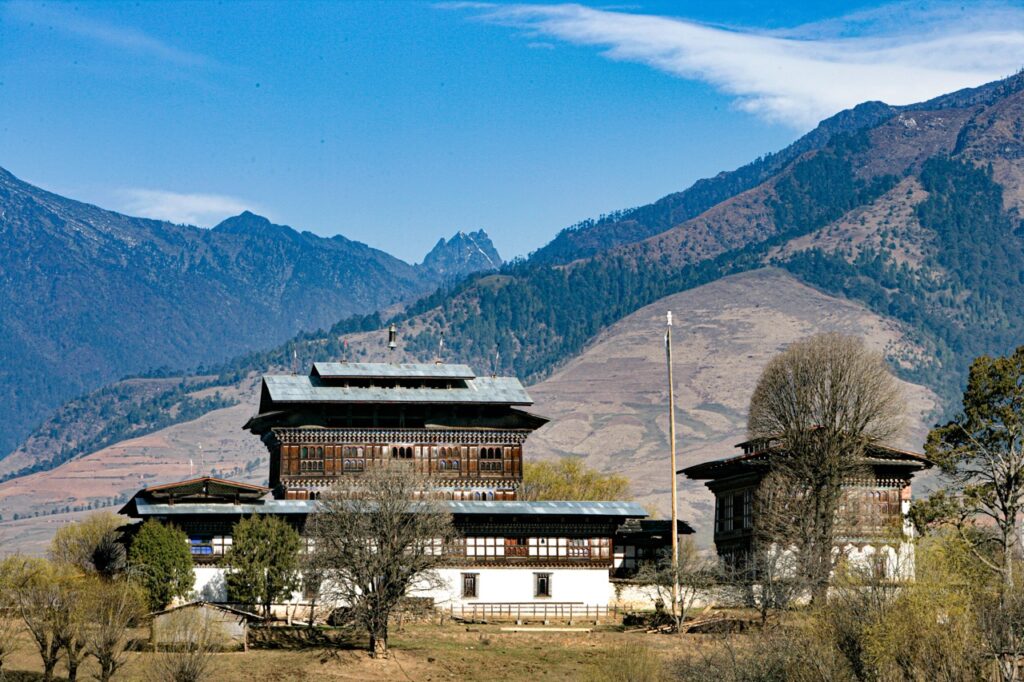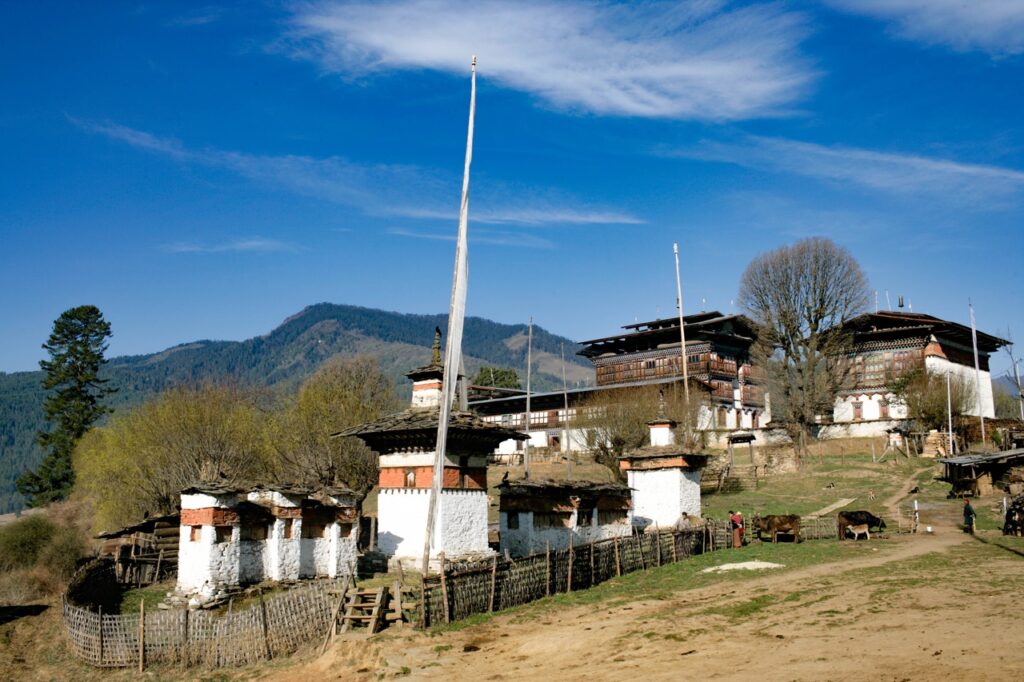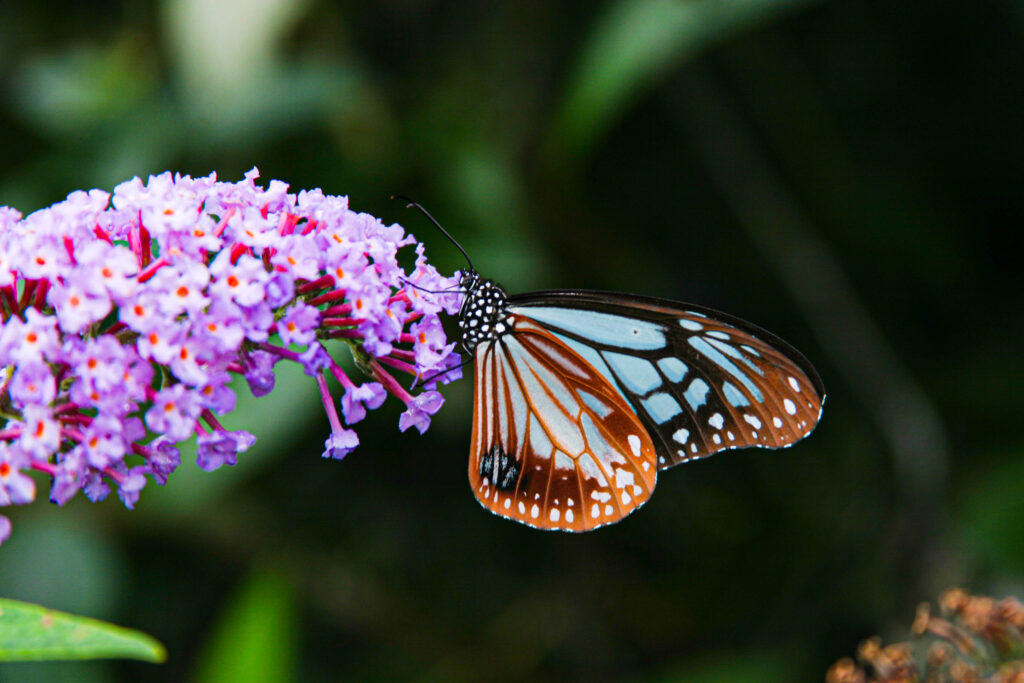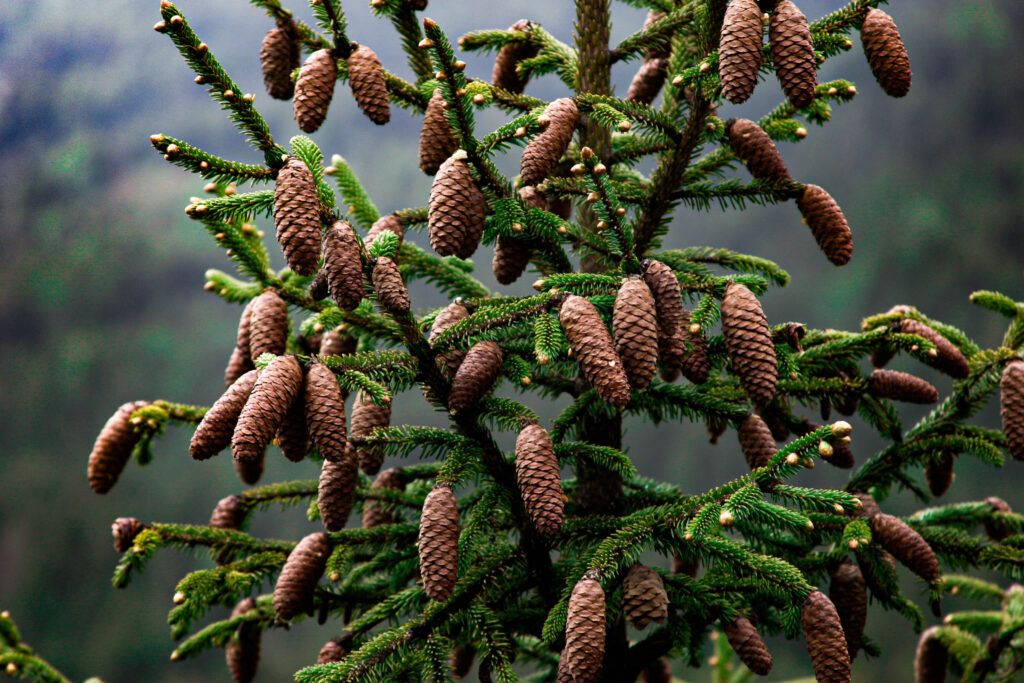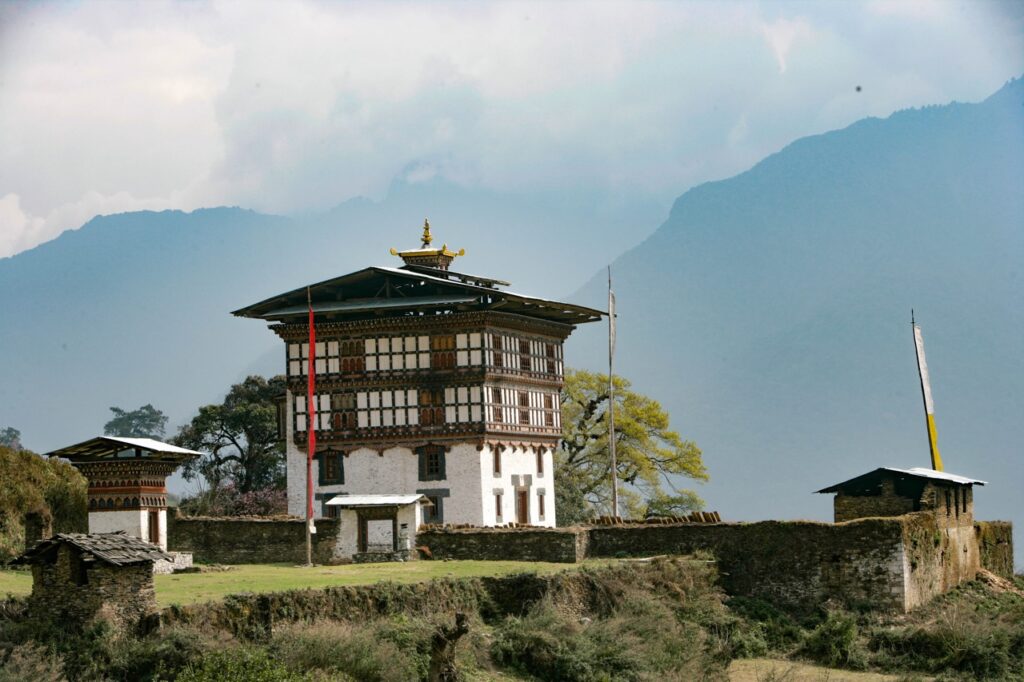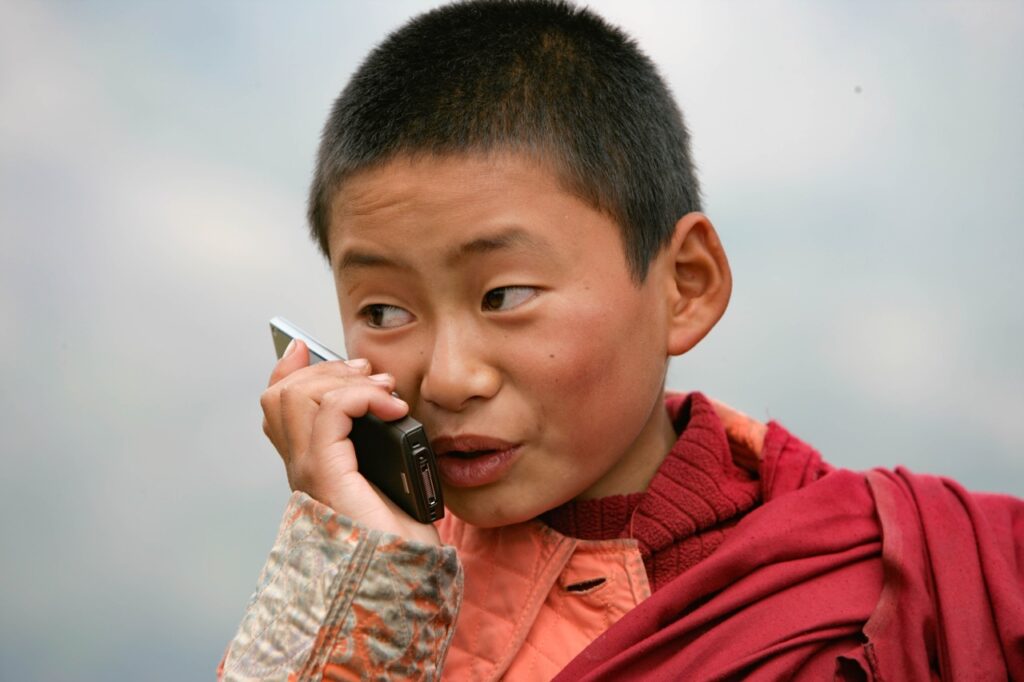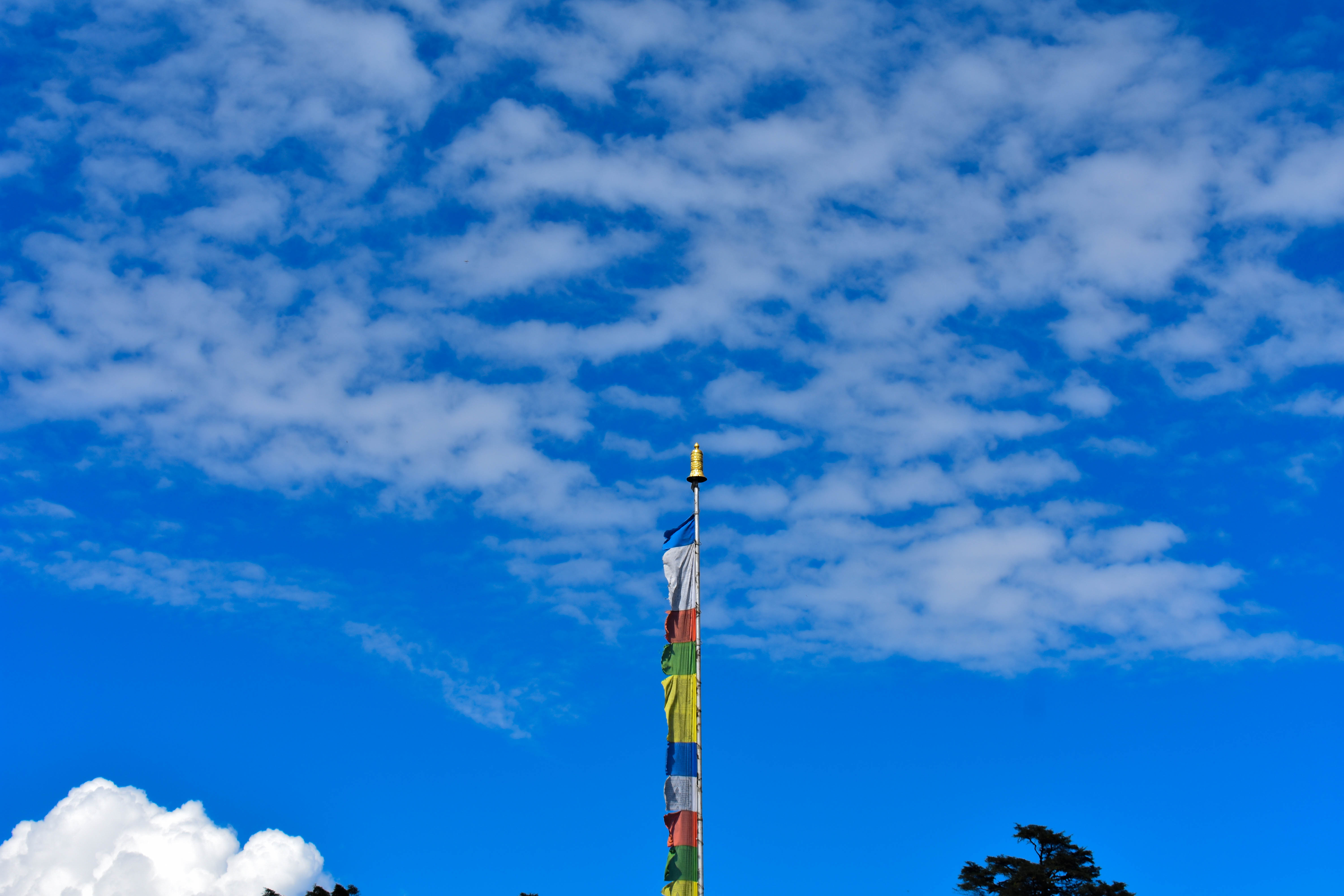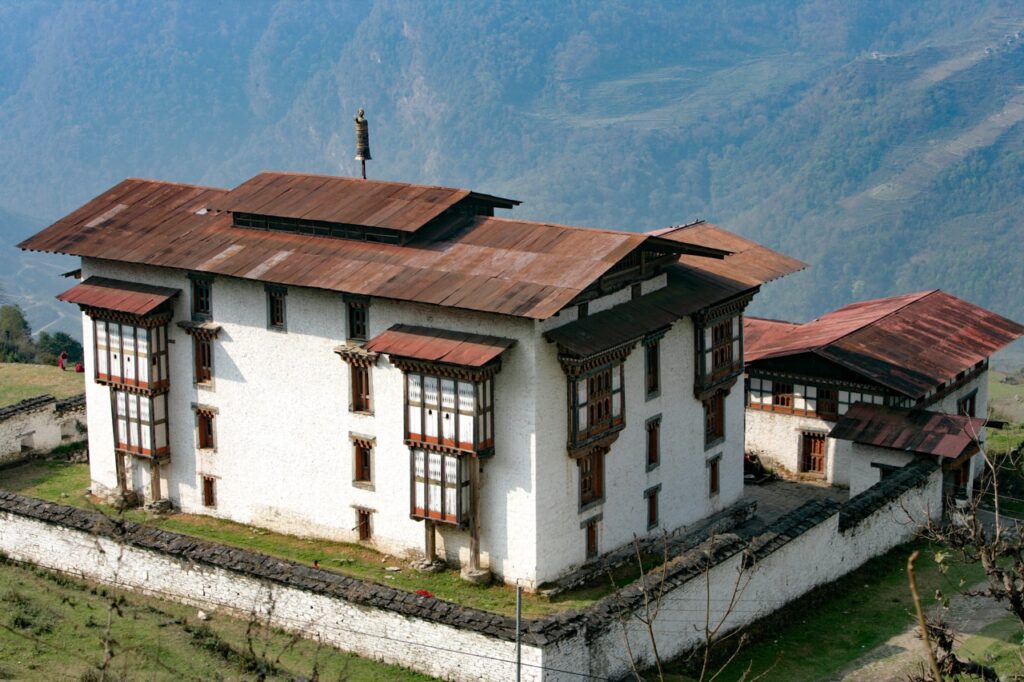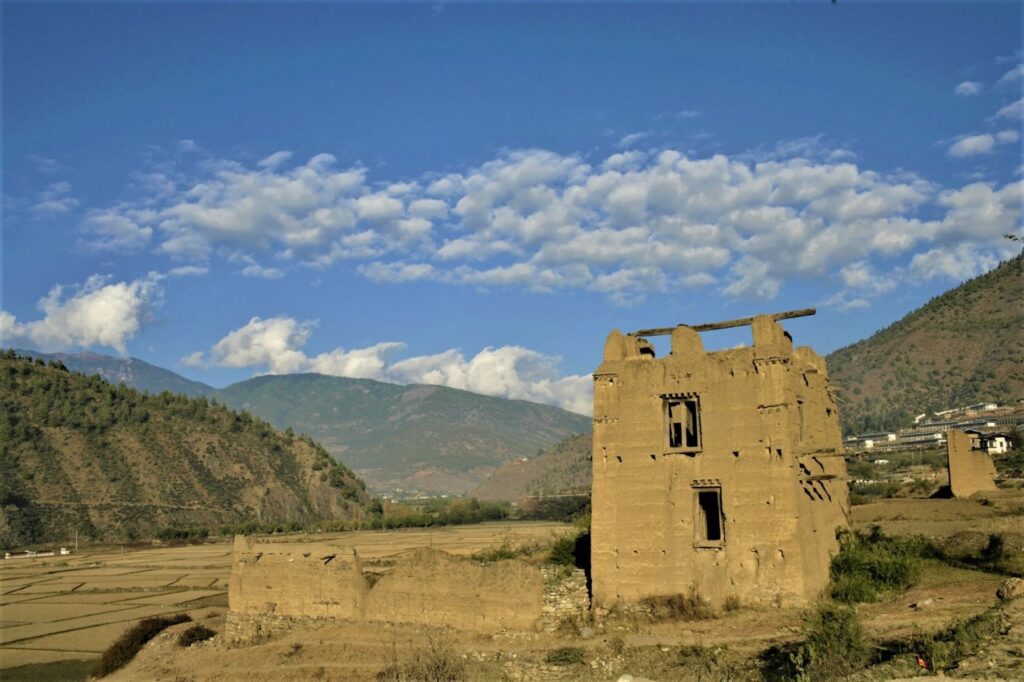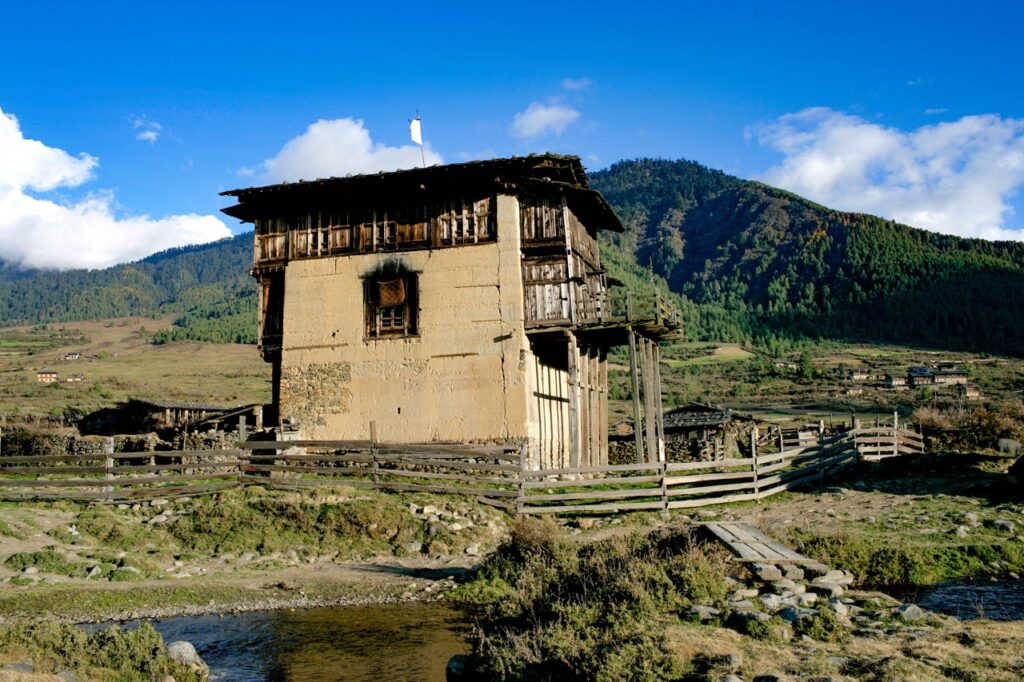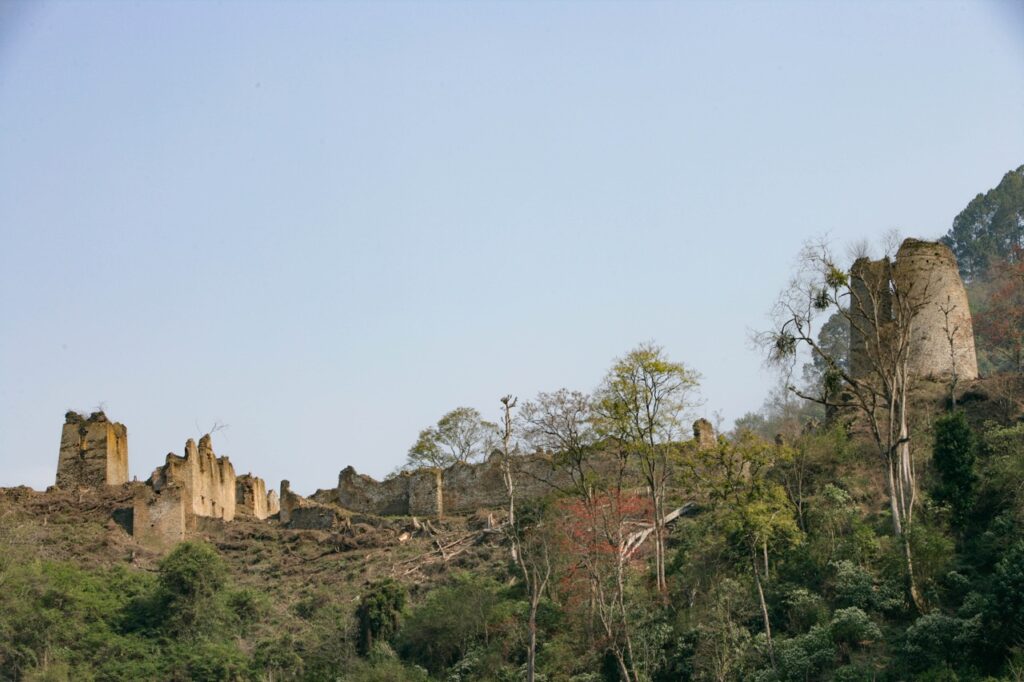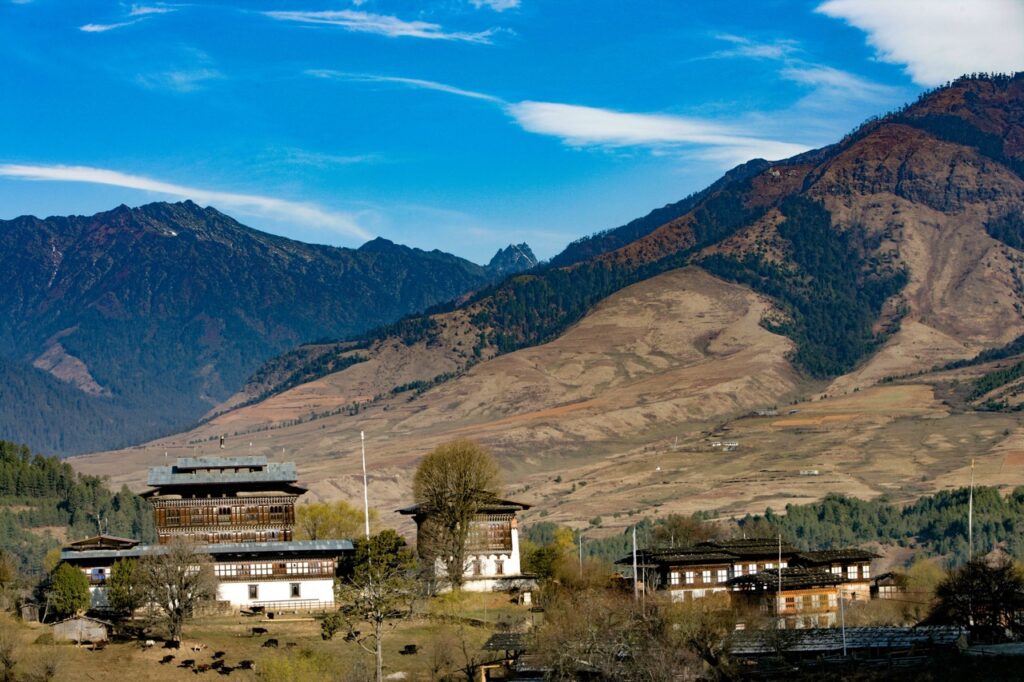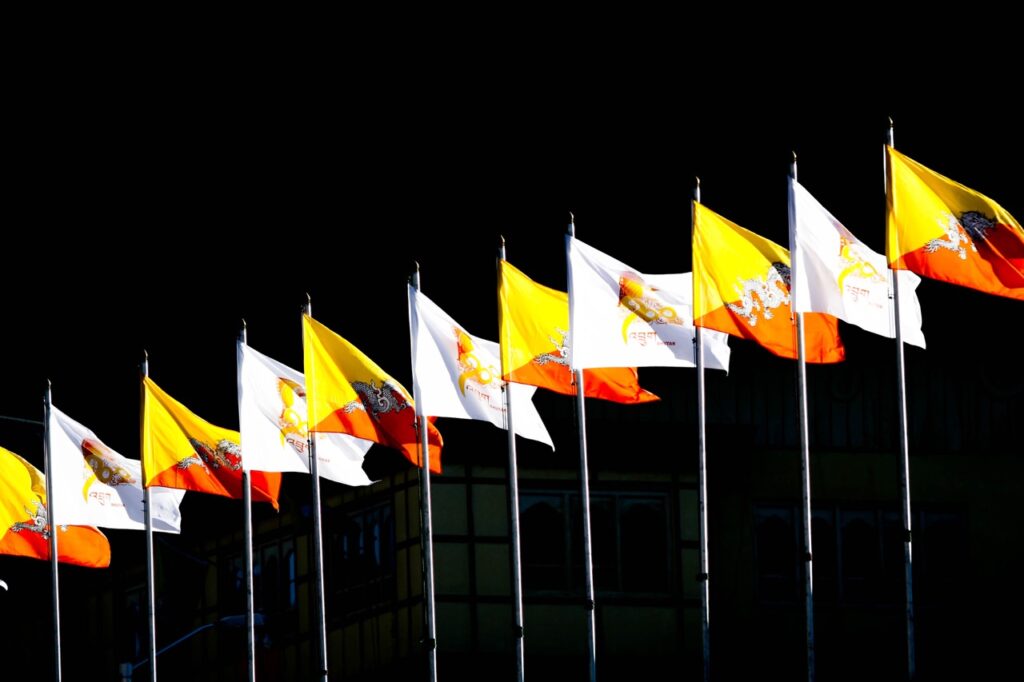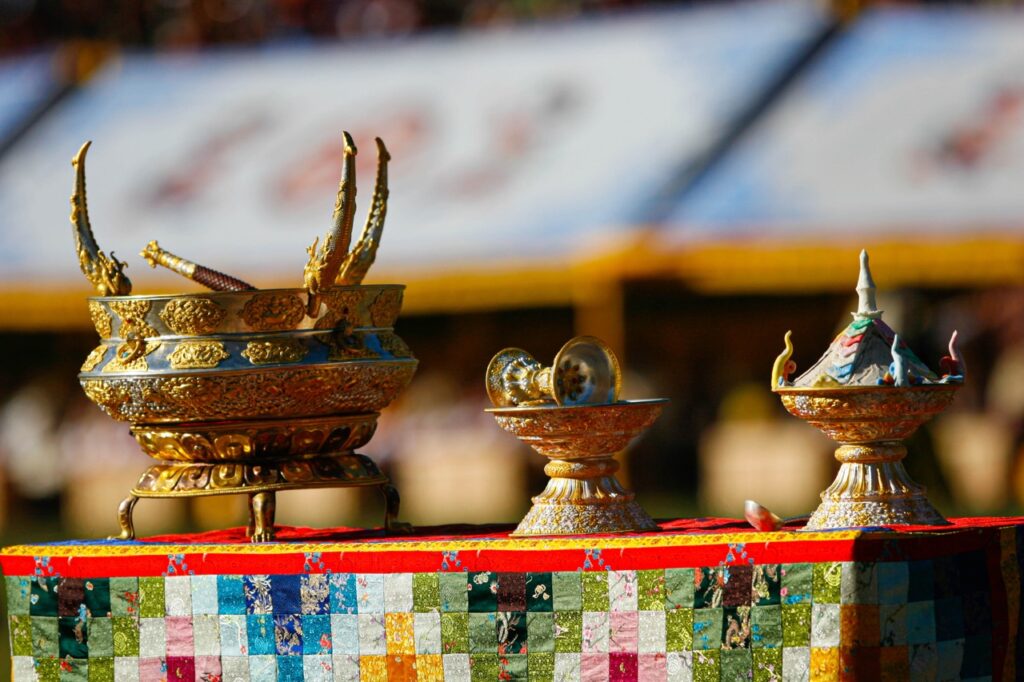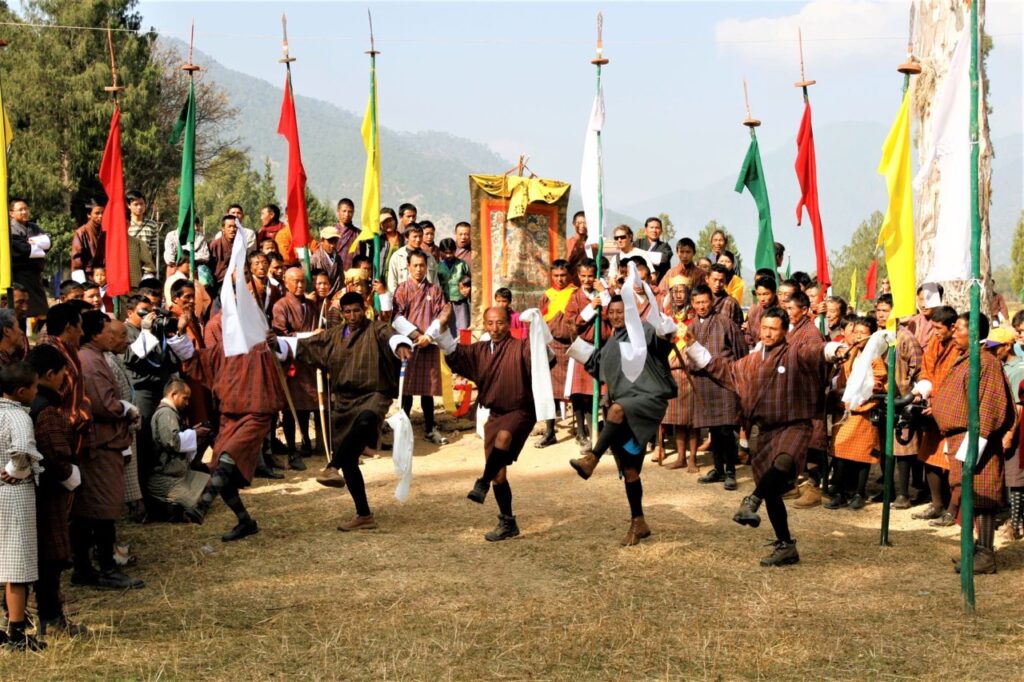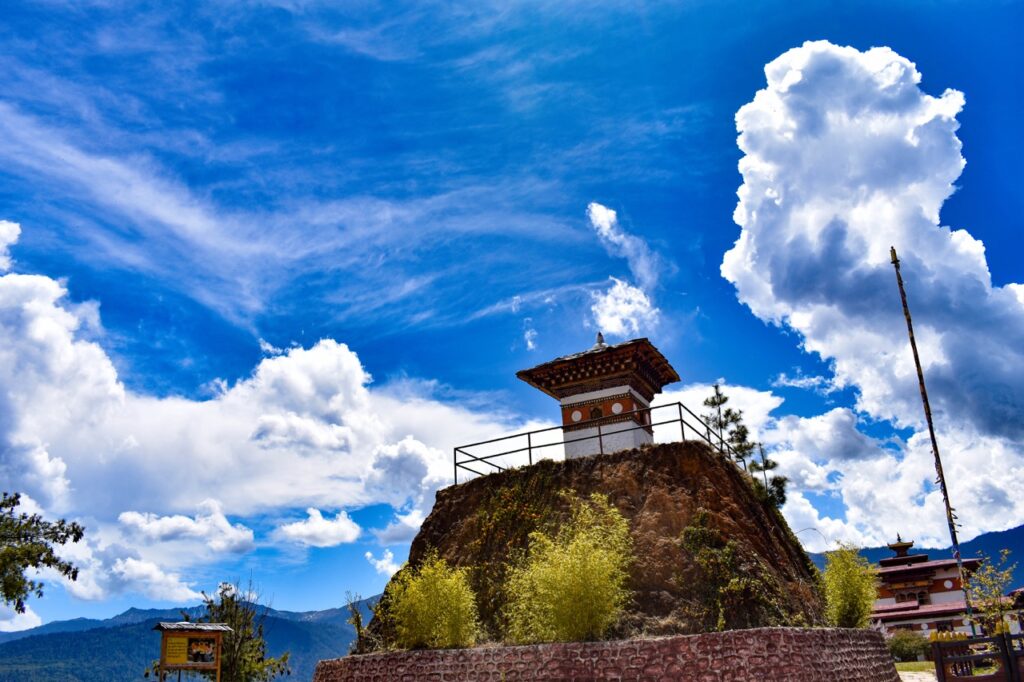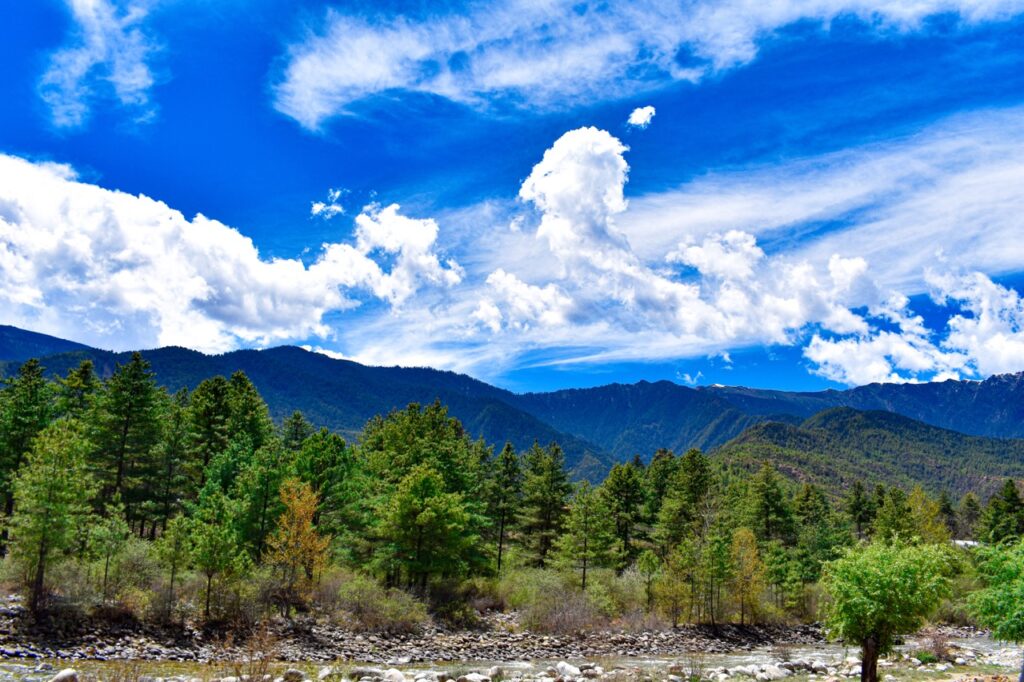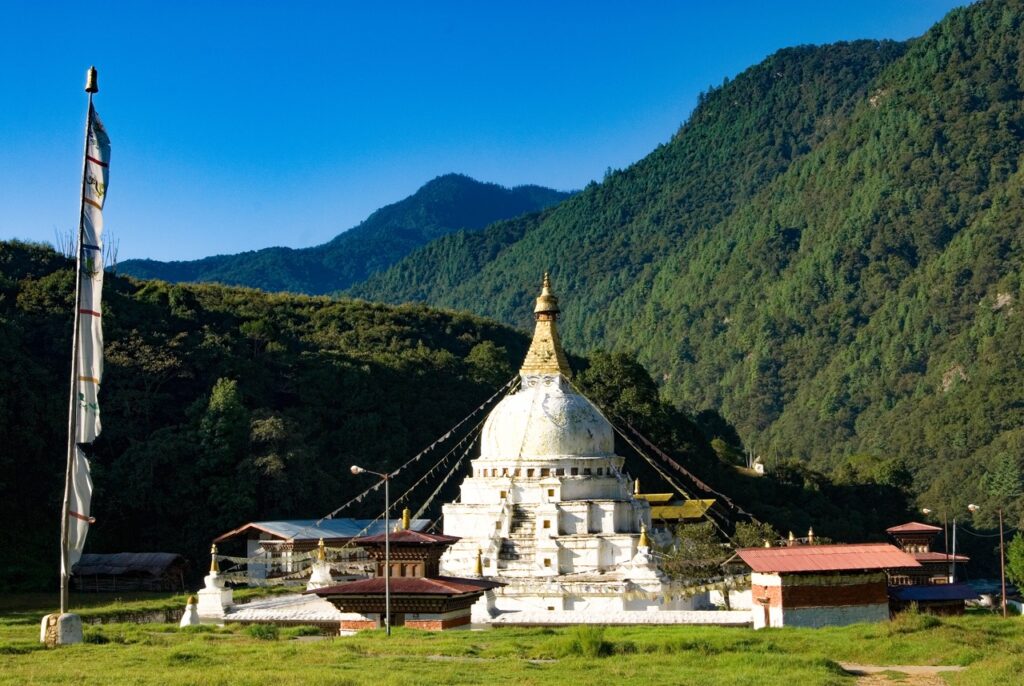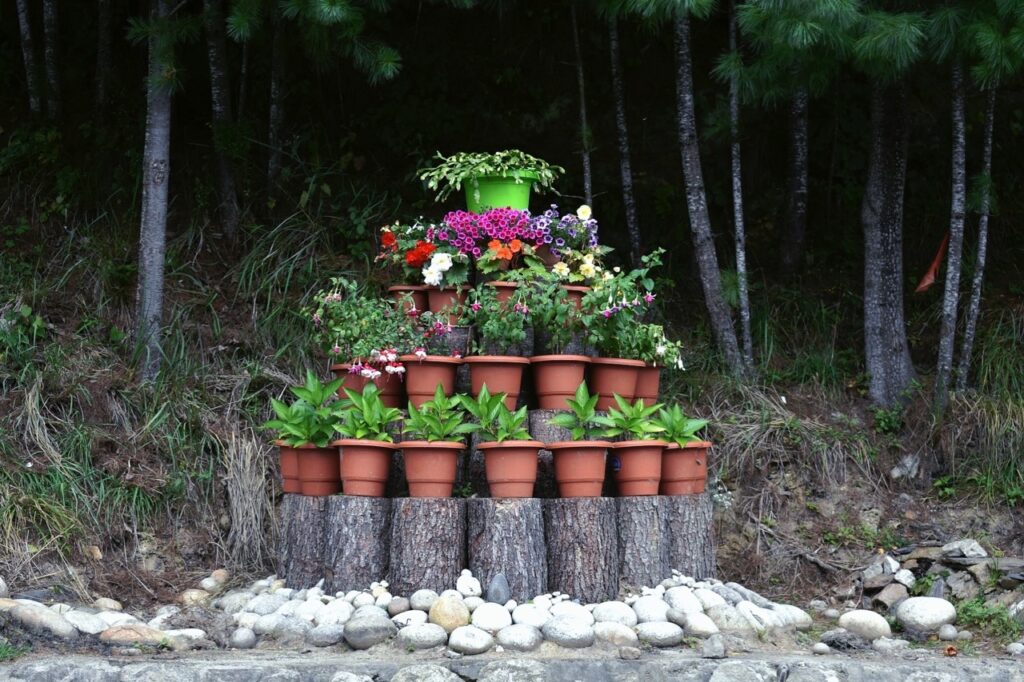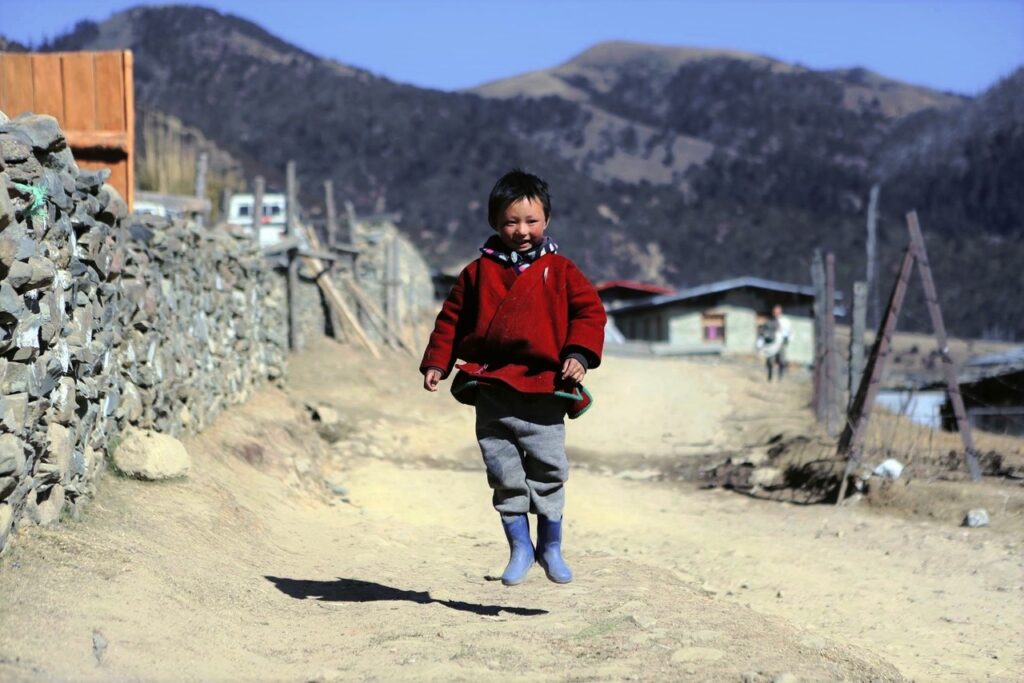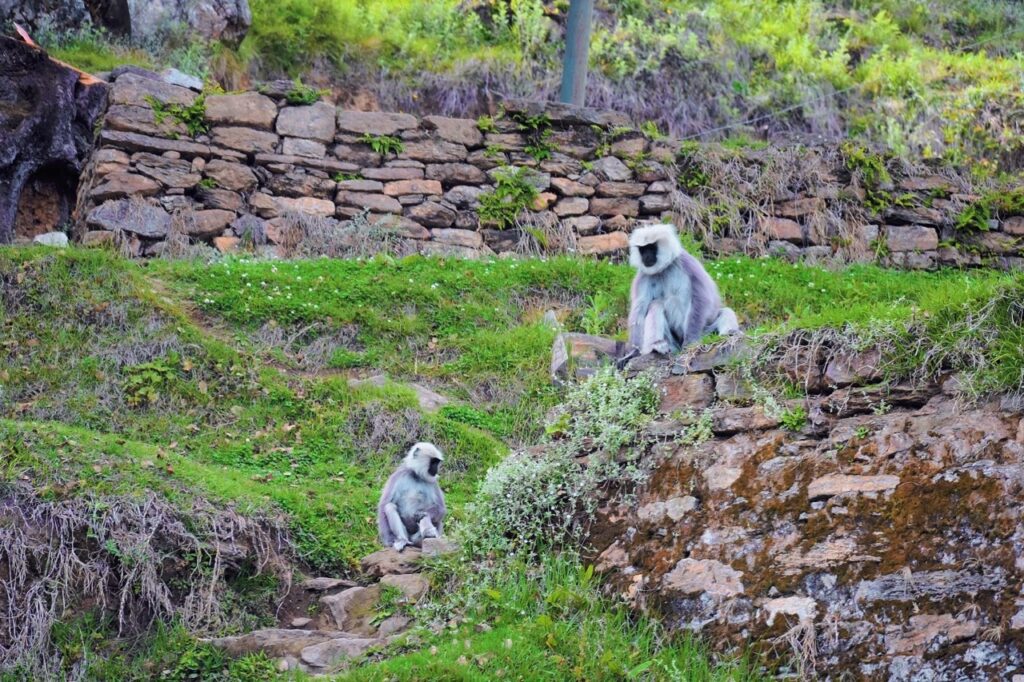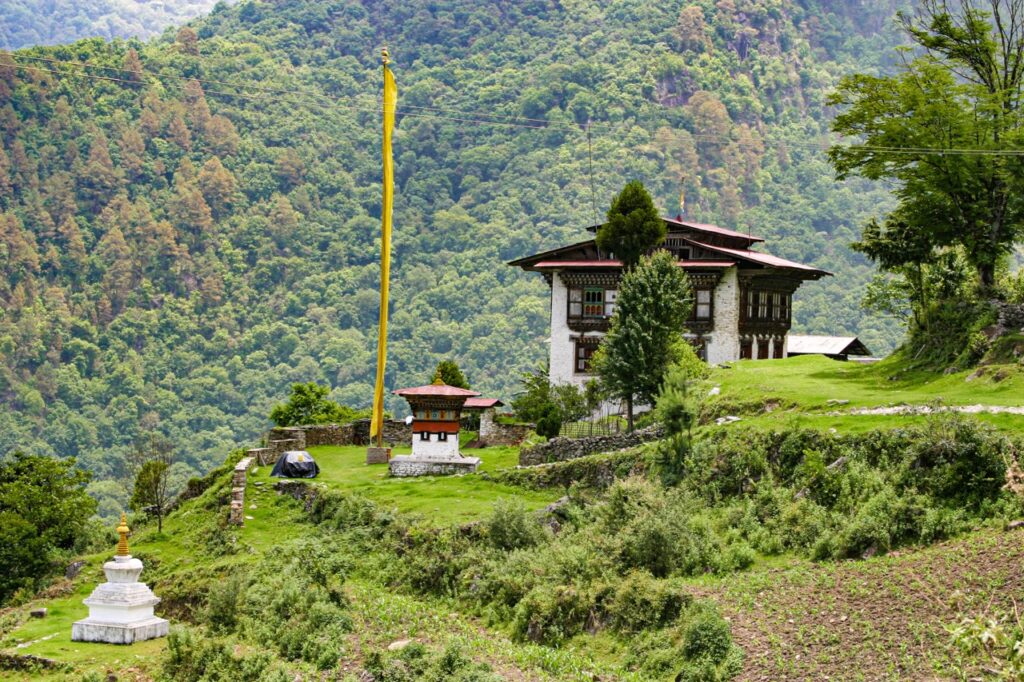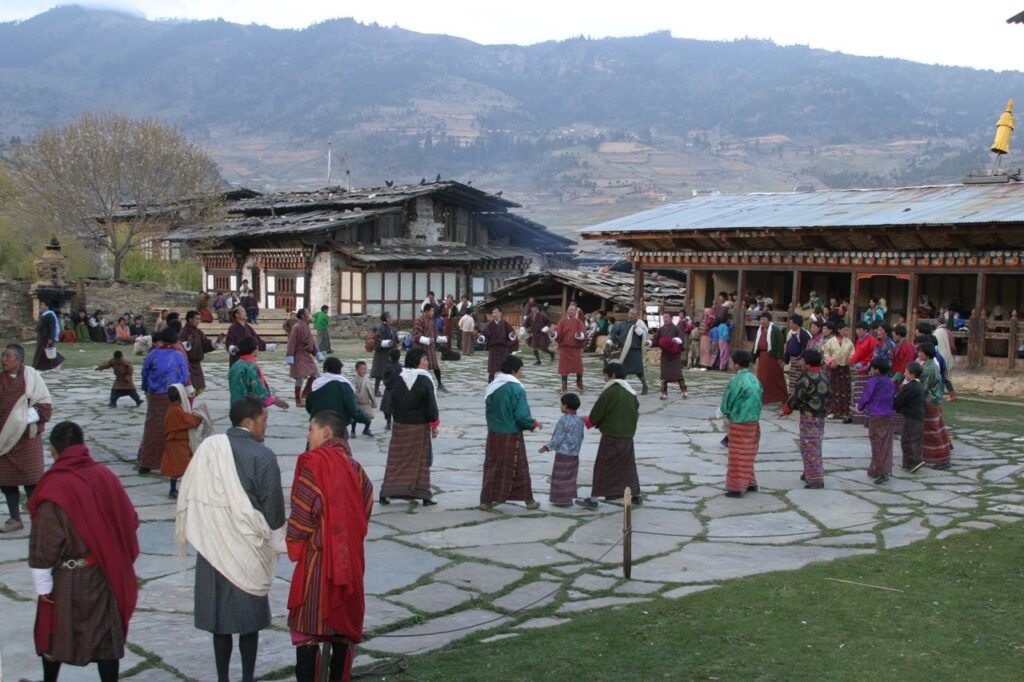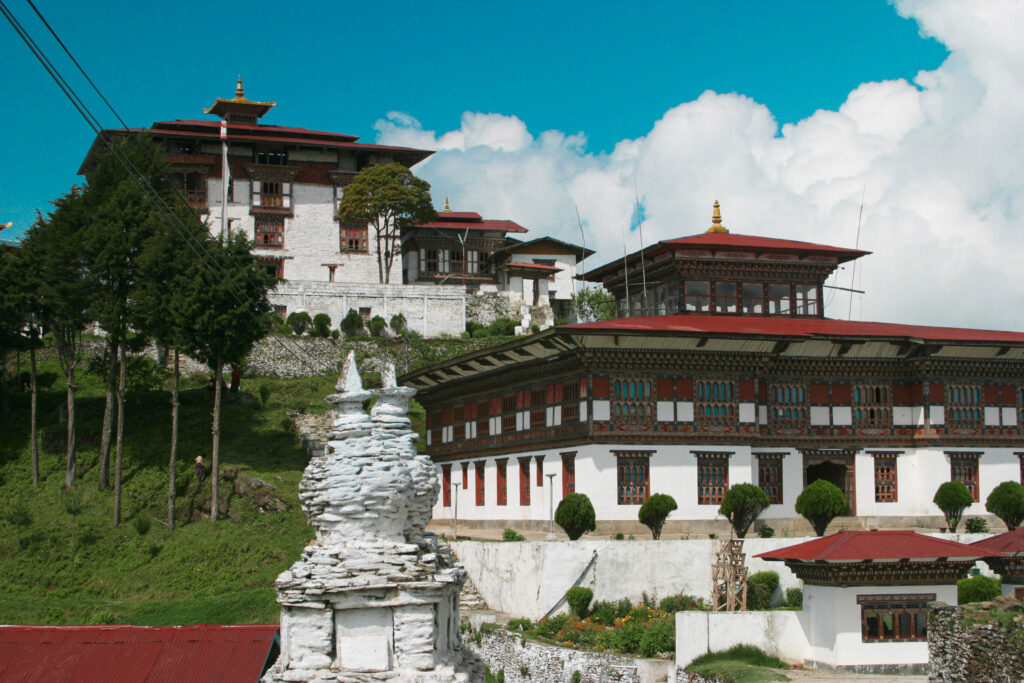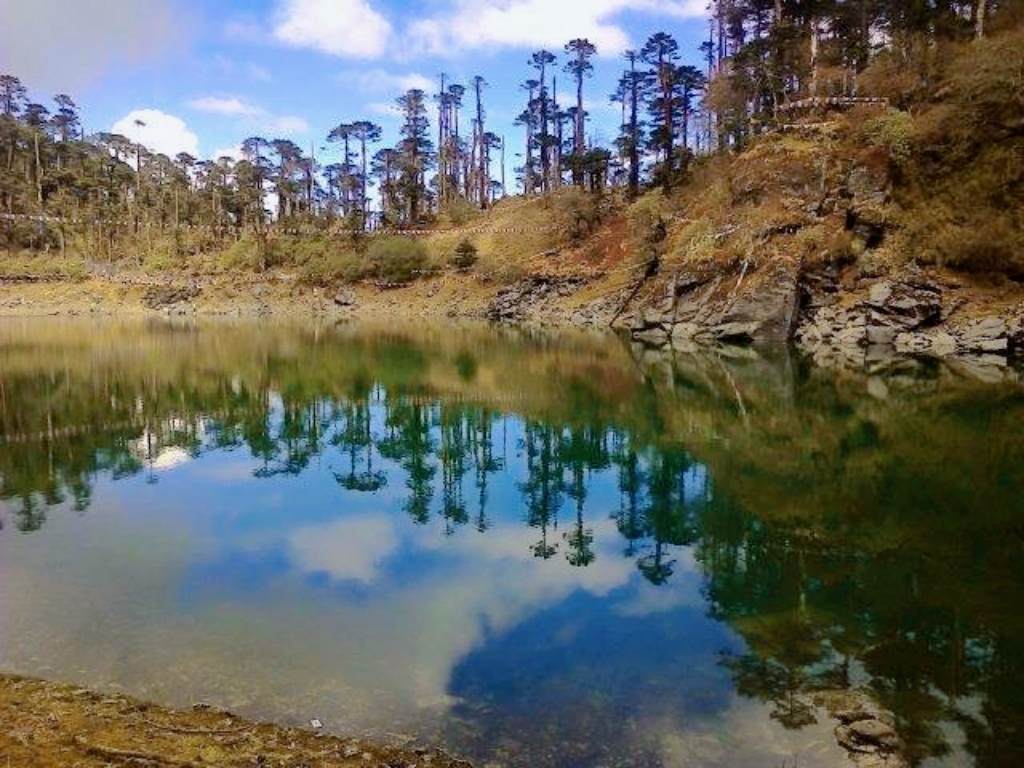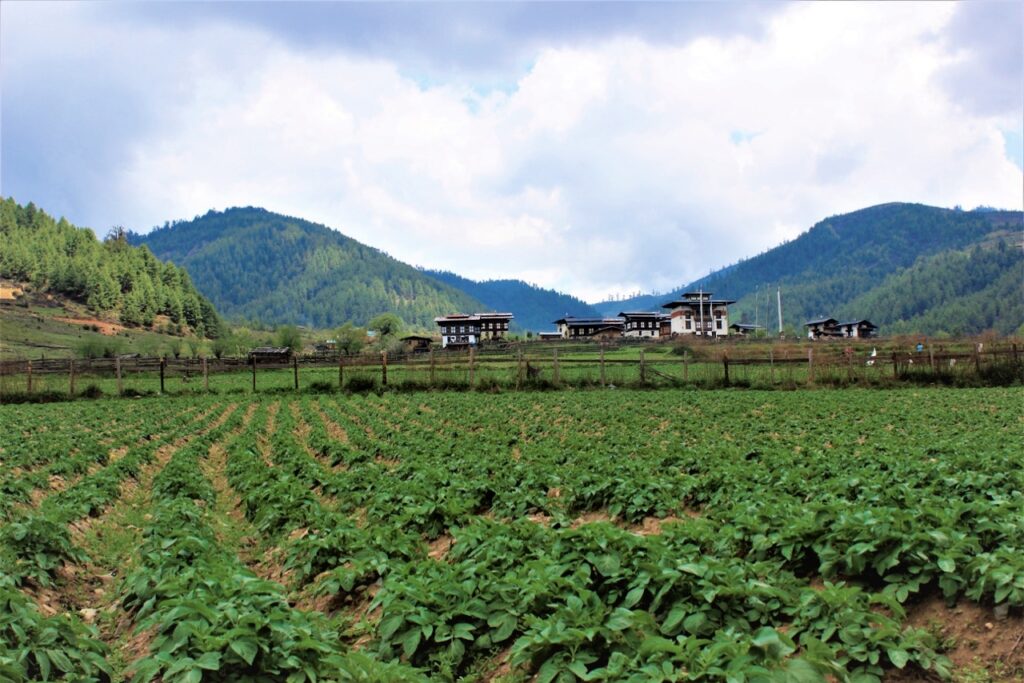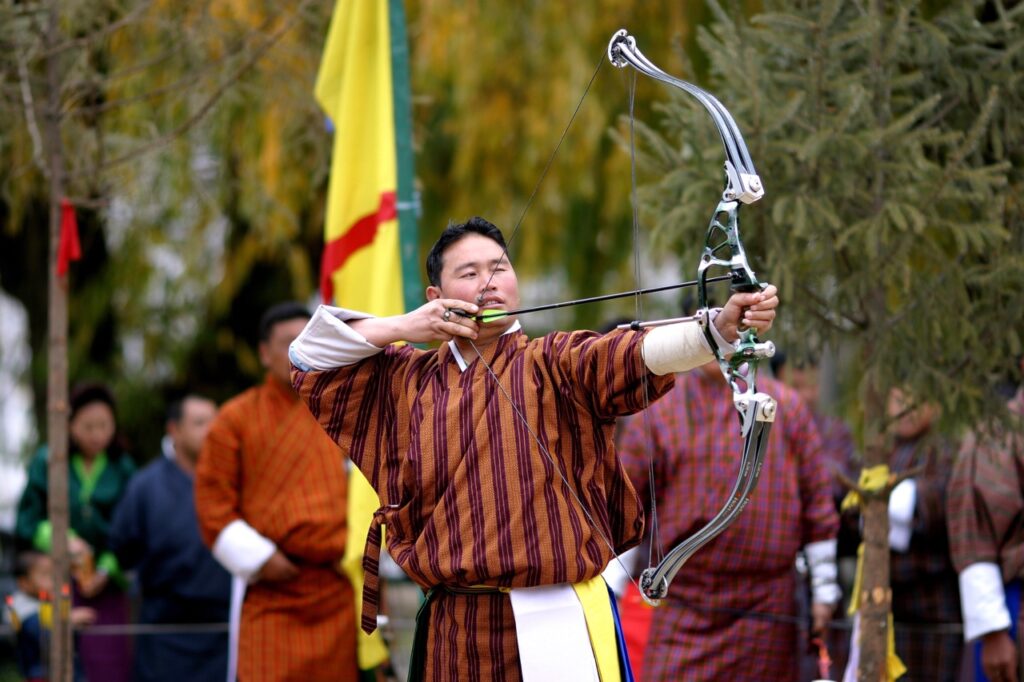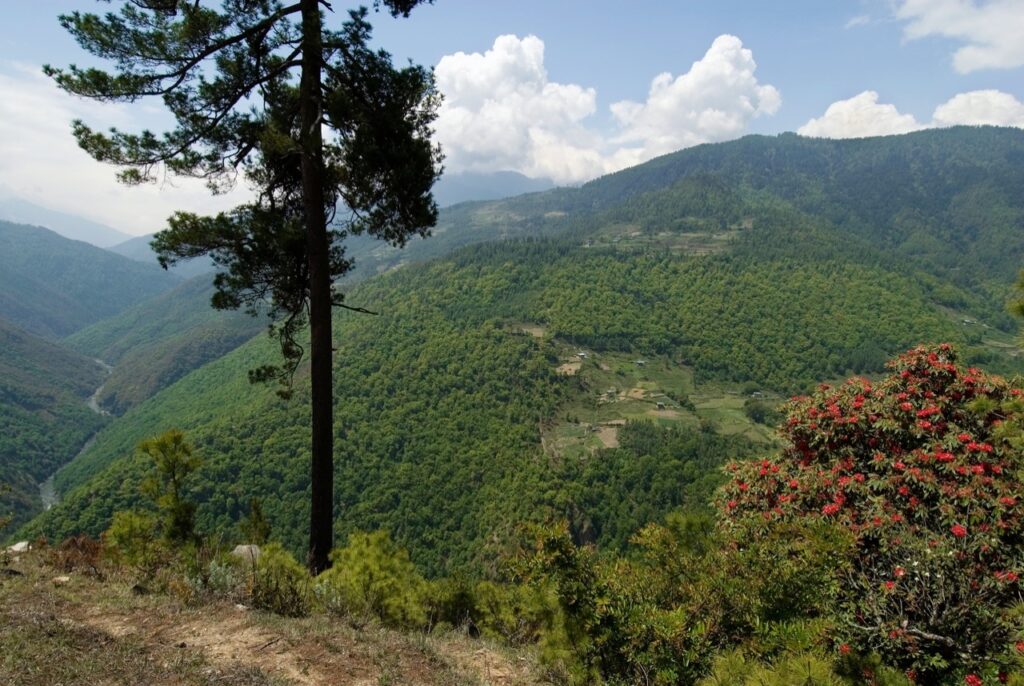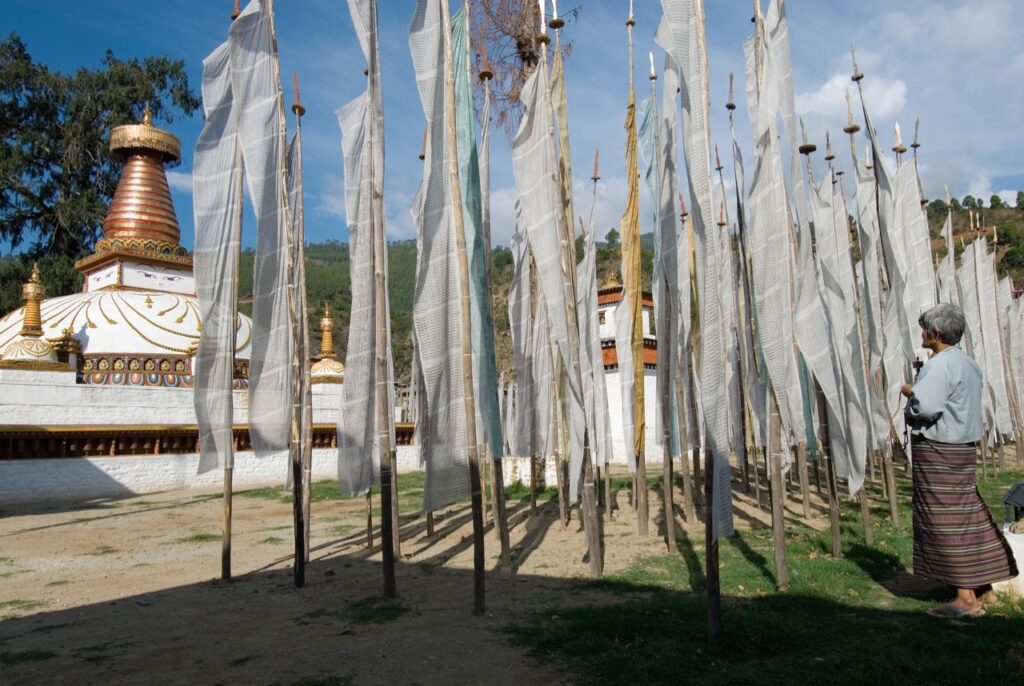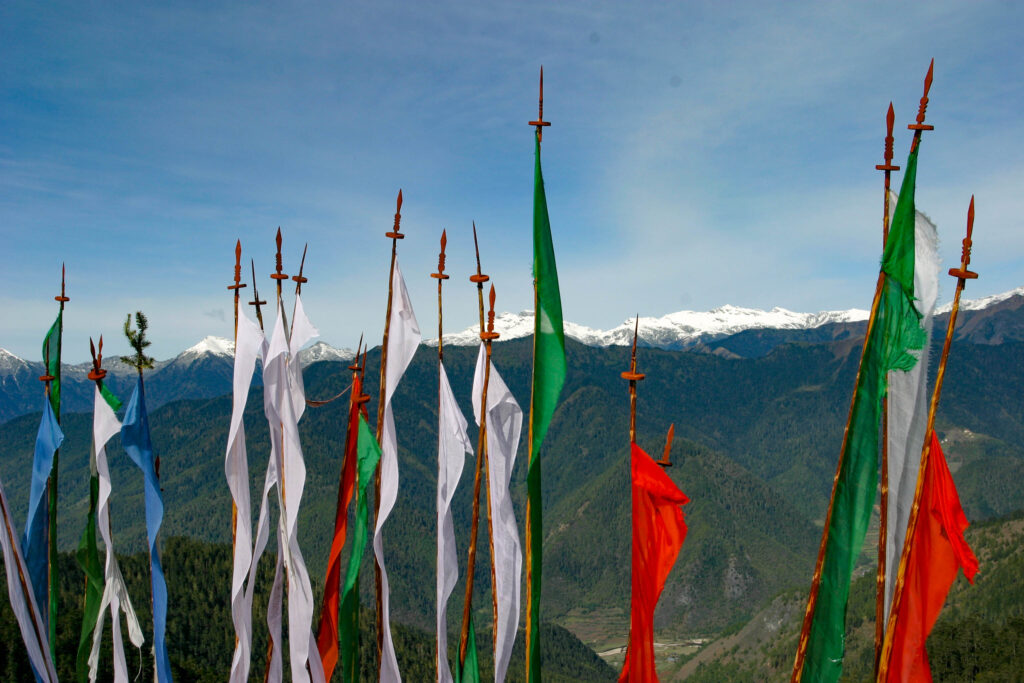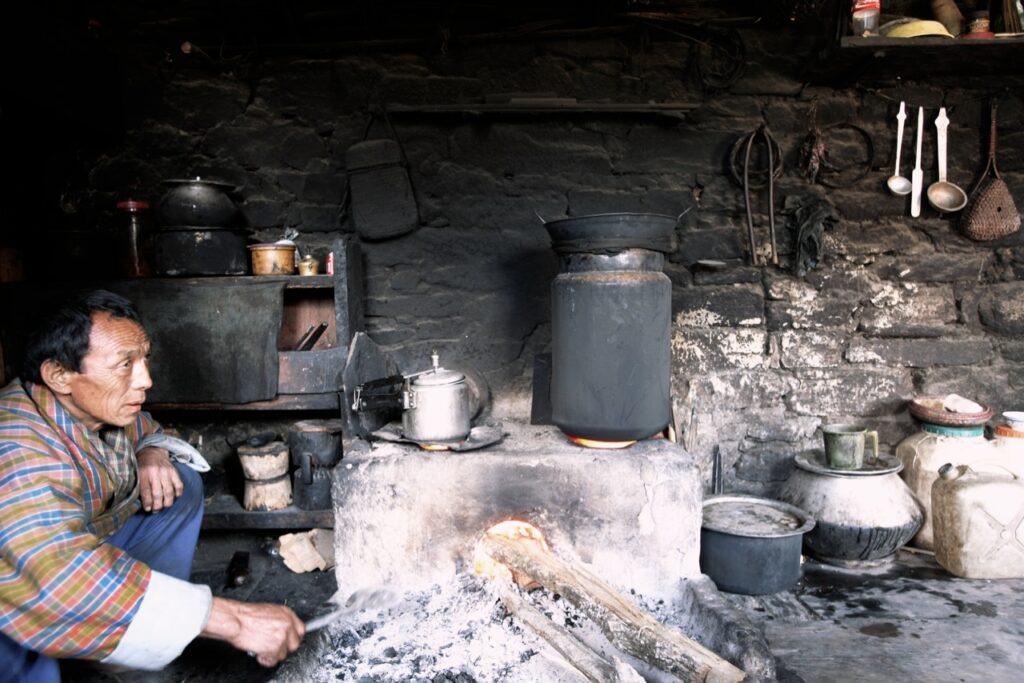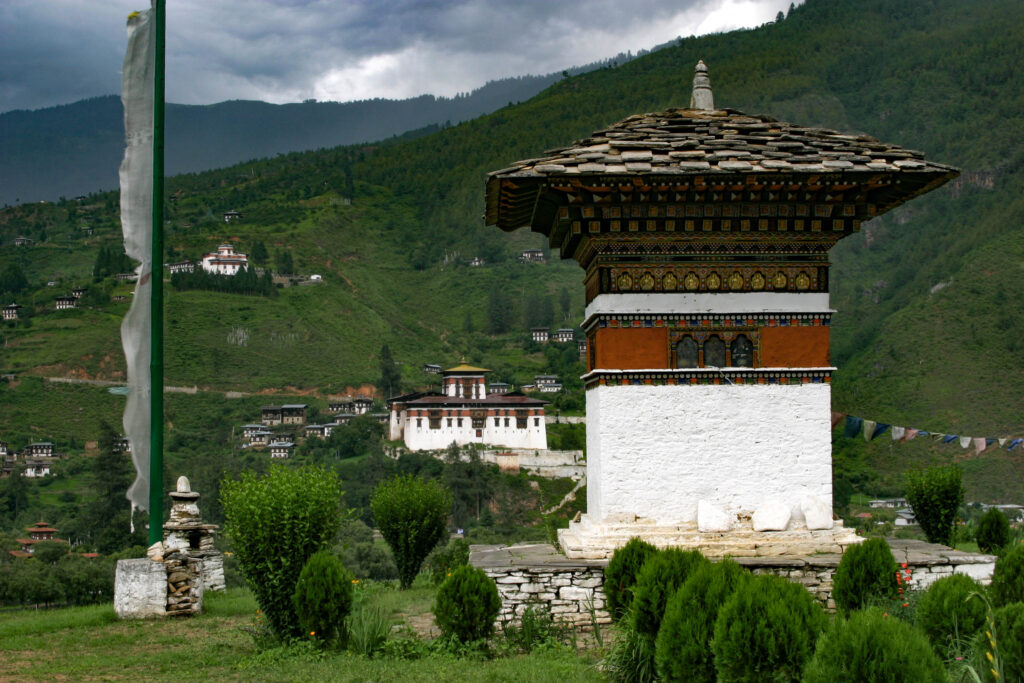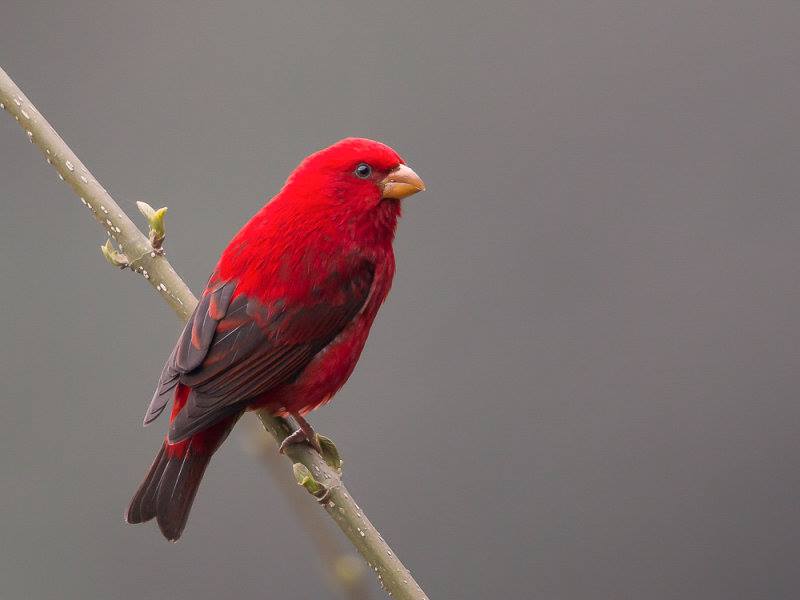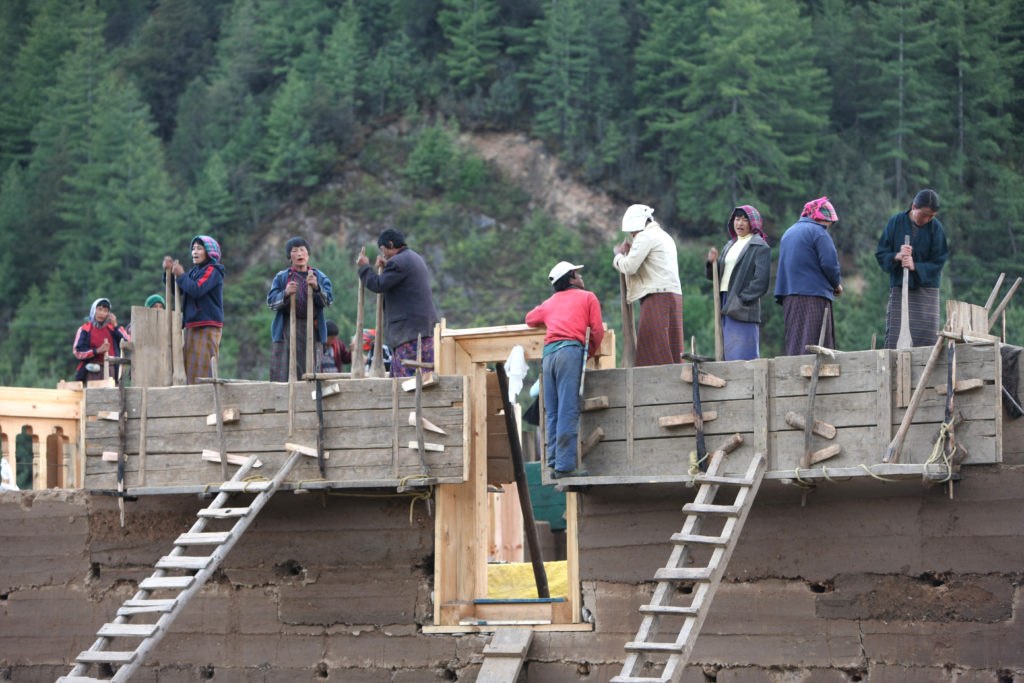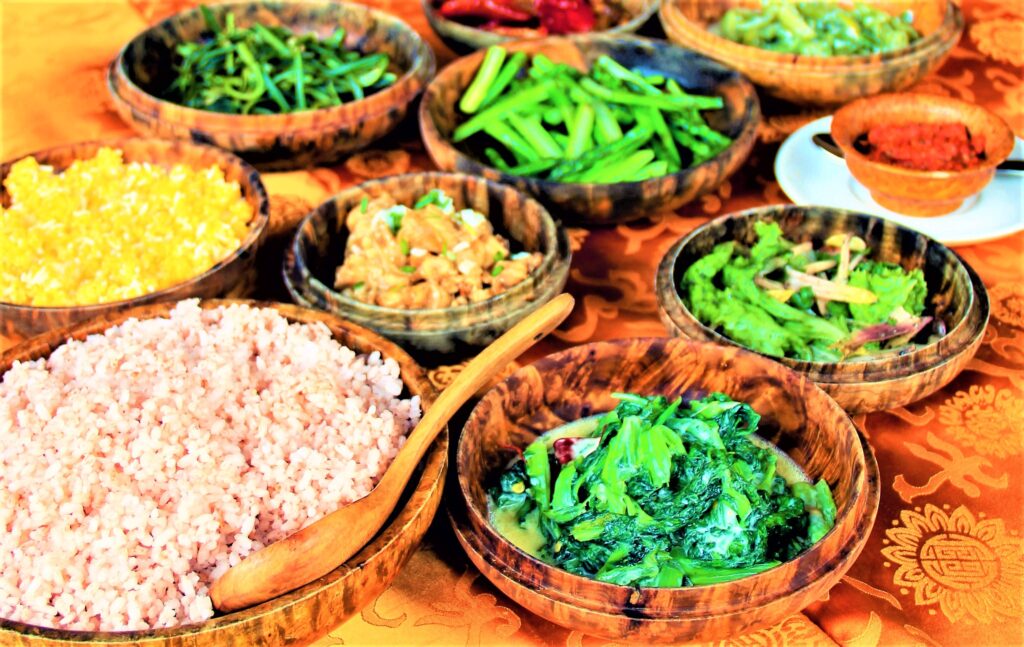10 Day Happiness in Bhutan’s Tranquility Tour
Tour Highlights
Tour fact
Duration:10 days 9 nights
Grade: Moderate
Season:Sep,Oct,Nov.
Places:Paro,Thimphu,Gangtey,
Punakha,Bumthang.
Accommodation
Plan:3 star hotel
Options: 4 or 5 star hotel
Day 1 Paro
Welcome to Bhutan! On arrival at Paro International Airport, your guide will greet you upon exiting the arrival hall. Today we follow a gentle schedule as we acclimatize to the altitude.
Paro Valley (2,200 metres) is home to many old monasteries, temples and sacred sites. It is a wide and spacious valley, covered with fertile rice fields, through which flows the Pa Chhu, fed by Mount Jomolhari's glacial waters.
In the afternoon we visit Paro Rinpung Dzong (Fortress of Jewels). Located at the edge of Paro Town, this impressive example of 15th Century Bhutanese architecture now serves as the local government centre of Paro. We then visit nearby Ta Dzong (Watchtower) which was built in 1649 and converted into the National Museum of Bhutan in 1968. Here we can view antiques, art, textiles, weapons and household items offering a glimpse of Bhutan’s fascinating history. In the evening, we have time to relax and enjoy an informal meet-and-greet over dinner.
Day 2 Paro to Punakha
From Paro we head to Punakha, via Dochula Pass (3100m elevation), the site of 108 stupas built to commemorate Bhutan’s victory, in 2003, over Indian militants and in honor of those who died. On a clear day, the views from here are spectacular, over the forested valley below to the snow-capped Himalayan Mountains. We descend to the expansive river valley of Punakha, at 1200m elevation, where we visit the majestic and beautiful Punakha Dzong. Strategically located at the confluence of the rivers Pho Chhu and Mo Chhu, this stunning example of ancient Bhutanese architecture is the second oldest and second largest of Bhutan’s Dzongs. Completed in 1637, it served as the country’s capital from 1637 to 1907 and continues to serve as the winter residence of Bhutan’s Monastic Body and home to some of the country’s most sacred ancient relics.
We then visit Chimi Lhakhang (Fertility Temple), built in 1499 by Lama Ngawang Chogye on a hill blessed by the rogue 15th century Buddhist leader Drukpa Kinley (the Divine Madman), credited with bringing the Kagyu School of Vajrayana Buddhism to Bhutan. He taught Buddhism in an unconventional way using outrageous sexual humor. Reputedly living a truly bacchanal lifestyle full of wine, women and poetry, he introduced the phallus imagery found throughout the country. Known as the Thunderbolt of Wisdom, the phallus symbolizes both fertility and the power to bring enlightenment to those who can learn from its teaching. It is believed to ward off evils and it brings good luck.
Day 3 Punakha to Bumthang
Our journey from Punakha to Bumthang begins with a scenic drive that takes us past the Wangdue Phodrang Dzong, perched majestically on a hill overlooking the confluence of two rivers. As we travel through the diverse landscapes of Bhutan, we are treated to stunning mountain views. Along the way, we will make stops for a tea break, sightseeing, and photo sessions. We will also have lunch on the way before continuing on to Bumthang.
By early evening, we will arrive at Bumthang, which is known as the spiritual heartland of Bhutan. This region is rich in religious relics and history, with some of the country's oldest Buddhist temples and monasteries located here, including Jambay Lhakhang. Bumthang is also home to many Guru Rinpoche sacred sites, which remain undisturbed in pristine natural surroundings.
Buddhism was first introduced to Bhutan in the 8th century by the Indian Tantric master, Padmasambhava (Guru Rinpoche), and many important Tibetan masters and Tertons (treasure-discoverers) lived and practiced in this sacred region. The valleys of Bumthang are broad and gentle, forested with native pines, and shaped by ancient glaciers. Visitors are attracted to the region's scenic beauty and biodiversity, making it an ideal place to practice meditation, learn about the ancient Vajrayana traditions, and relax in a peaceful natural environment.
Day 4 Bumthang via Tharpaling monastery
Tharpaling Monastery, perched at an altitude of 3600m, is a complex of buildings that offer stunning views of the Chumey Valley in Bumthang, Bhutan. The monastery was originally founded by Longchenpa, a celebrated Dzogchen master and philosopher of the Nyingma tradition, and was used for meditation by other revered figures such as Jigme Lingpa, Nyoshul Khen Rinpoche, and Dilgo Khyentse Rinpoche. Above Tharpaling lies Chodrak Monastery, where Guru Rinpoche is believed to have meditated, and further up is Dzambala Lhakhang, a temple that houses the stupa of Nyoshul Khen Rinpoche. At the top is Longchenpa's Seat, a rock platform where Longchenpa wrote parts of the Seven Treasures texts, the highest Dzogchen teachings.
The day's itinerary will commence with a visit to Tharpaling Monastery, where the visitors will receive an introduction to shamatha meditation and be guided through a period of silent practice. Following lunch, the group will embark on a scenic hike to Longchenpa's Seat, featuring spectacular vistas of the valley. Along the hike, the visitors will also have the opportunity to visit Chodrak and Dzambala Monasteries, exploring the sacred sites of Bumthang. This hike is a wonderful way to experience the natural beauty of the region while gaining insight into Bhutanese spirituality and history.
Day 5 Exploring the Enchanting Valley of Bumthang
In the morning we drive north from Bumthang town along the Chamkhar River through native pine forest and via a local village, to the sacred place of Guru Rinpoche's Cave (Shungdra). At this 800 year old site, steeped in a rich history, we have a short prayer and meditation session before stopping along the Kurje road for a picnic lunch on the beautiful river bank.
Then we head to Kurje (body print), considered one of the most sacred sites in Bhutan as Guru Rinpoche meditated here and left a body print on rock. Legend tells that here, in the eighth century, Sendhu Raja, the king of Bumthang, fell ill and asked Guru Rinpoche to cure him. Finding the illness was caused by Shelging Karpo, a powerful local deity hidden inside a cave; Guru Rinpoche meditated for three months inside the cave, subdued the deity and left his body imprint as a significant symbol of the first introduction of Buddhism to Bhutan. Later the monastery was built to preserve this important holy site and behind it is a tall cypress tree, believed to have sprouted from the walking stick of Guru Rinpoche. Today the Kurje site consists of three big temples displaying majestic statues, paintings, antique ornaments and unique architecture.
From here we take an easy walk through fields to Jampal Lhakhang (Temple of Maitreya). Amongst the oldest monasteries in the country, it is one of several built in the seventh century by the Tibetan King Songtsen Gampo to subdue a giant demoness and eradicate evil forces obstructing the spread of Buddhism in Bhutan. The central shrine contains a majestic statue of Maitreya, framed on either side by four bodhisattvas. The walls of the circumambulation path are covered with old paintings of the Buddhas and along the way there is a long row of ornate prayer wheels. We explore this ancient site guided by the abbot of the monastery and take time here for a short session of dedication prayers for individual well being and world peace.
Then we drive to Kharchu Monastery, the largest Nyingmapa School in the country, where we can observe the ancient tradition of philosophical debates performed daily by the monks on various topics. The monastery will serve us tea and we will have the opportunity to meet and talk with the Kharchu monks.
In the evening there is time to explore Bumthang town before meeting for dinner and sharing an informal question and answer session on the visits of the day.
Day 6 Bumthang to Gangtey
On the way from Bumthang to Gangtey, we will make a stop to visit the impressive Trongsa Dzong. This massive, five-story structure was built in 1543 and sits on a spur dipping into the Mangde River below the township. It was the ancient seat of power over Central and Eastern Bhutan, from where both the first and second kings ruled. Even today, Bhutan's kings must first become the Trongsa Penlop (Governor) before ascending to the throne. The Dzong contains 25 temples dedicated to tantric deities, a watchtower dating back to 1652, a printing shop that still produces religious texts according to ancient tradition, and a museum honoring the Wangchuck Dynasty. The Dzong was a major administrative and religious center, and it still houses around 200 monks during the winter months.
Our next stop is Gangtey, which is famous as the winter home of the endangered Black-Necked Crane (Grus Nigricollis) and is located in the Phobjikha Valley, one of Bhutan's most beautiful wilderness areas with many nature trails to enjoy. In Gangtey Village, we will visit Gangtey Goempa (monastery), which was founded by Gyalse Rinzin Pema Thinley (first Gangtey Tulku) in 1613. It is one of the most important sites of the Nyingmapa School and the main seat of the Pema Lingpa tradition.
After visiting the Gangtey Goempa and learning about the significance of the Nyingmapa Lineage, we will take a leisurely walk on the Gangtey Nature Trail, which offers breathtaking views of the picturesque Phobjikha Valley. During the walk, we will have the opportunity to explore the stunning valley and meet the friendly and hospitable local villagers. To experience the authentic Bhutanese village lifestyle and cuisine, we will spend the night in a warm and cozy homestay.
Day 7 Gangtey to Thimphu
As we make our way back to Thimphu, we stop for a pleasant lunch in Punakha before heading up to Dochula Pass, where we will visit the nearby Druk Wangyel Lhakhang. Surrounded by fresh air and natural beauty, we will take a peaceful walk along a nature trail and sit in silent meditation.
As we approach Thimphu, we take a break to explore the historically significant Simtokha Dzong, which was built in 1629 by Zhabdrung Rinpoche. Today, the Dzong serves as Bhutan's School of Buddhist Language Studies and features impressive examples of ancient Buddhist art and statues.
In the evening, we will have ample time to explore the charming city of Thimphu.
Day 8 Thimphu to Paro
We start our day by visiting Buddha Dordenma (also known as Buddha Point), a beautiful and sacred site in Kuenselphodrang Nature Park that offers a stunning view of Thimphu City. The focal point of this site is one of the largest statues of Buddha Shakyamuni in the world, completed in 2015 with the intention to radiate peace and happiness to the entire world. We join the local worshippers in circumambulating and socializing at the National Memorial Chorten, a Thimphu landmark and sacred site built in 1974 in honor of Bhutan's Third King, Jigme Dorje Wangchuck.
We then visit the Textile Museum in Thimphu, where we can see ancient and modern examples of this traditional craft. Afterwards, we can browse the Handicraft market, which offers many interesting and reasonably-priced Bhutanese souvenirs. We continue with a visit to the Folk Heritage Museum, which exhibits traditional village life in Bhutan (closed on Sunday, alternatively we can visit the Simply Bhutan museum). We also visit a hand paper factory, where we can see the production process and purchase original products. Nearby, there is a traditional Thangkha painting gallery that is also worth a visit. We end our morning at the Farmer market, where we can see organic products of Bhutan.
After lunch, we proceed to Paro and take a 10-minute walk to Tachog Lhakhang, a temple that can be reached by crossing Paro Chhu river on one of the few remaining ancient iron chain bridges. These bridges were built around 1420 by the Tibetan master Tangtong Gyelpo, also known as the Bridge Builder. In the evening, we can relax and stroll around the town, visit cafes, eateries, and art and craft shops. After dinner, there will be a brief talk about the significant and important sacred sites and history of Tiger Nest.
Day 9 Paro – Hike to Taktsang
The Tiger’s Nest (Taktsang), the most iconic landmark and holy site in the Kingdom, clings impossibly to a sheer cliff face 900 meters above the Paro Valley. It was first built in 1692 at a cave where Guru Rinpoche meditated in the seventh century. Legend says that Guru Rinpoche flew there on a tigress and meditated in the cave for three years in order to subdue evil demons residing within it. The cave has been considered a sacred site ever since and many famous saints have made pilgrimage there. Located approximately 10 km north of Paro town at 3,100 meters altitude, Taktsang is reached after an approximately two and a half hour hike through beautiful, shady pine forests.
We end the day with a visit to Kyichu Lhakhang, a beautiful seventh-century Buddhist temple, one of the oldest in Bhutan. According to legend, a giant demoness laid her body across the Himalayas to prevent the spread of Buddhism. Tibetan King Songtsen Gampo built 108 temples throughout the region and around her body to pin her down, with Kyichu Lhakhang built to hold down her left foot.
In the evening there is time for shopping in Paro and we gather for our farewell dinner.
Day 10 Departure
Boarding a morning flight from Paro International Airport, we bid a fond farewell to this beautiful Himalayan country, taking with us cherished memories of Bhutan! We wish you a safe and happy journey and look forward to meeting again in Druk Yul – a land of endless Enchantments! Tashi Delek!
Bhutan Gallery
Make Enquiry Now
Feel free to ask us any questions; we are delighted to assist you promptly. Share your ideas, and expect a swift response.
PRICE INCLUDES:
PRICE EXCLUDES:
Join With Us
Discover, plan and book your perfect trip with expert advice, travel guides, destination information and inspiration from Longchenpa Tours & Treks.
